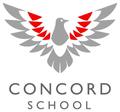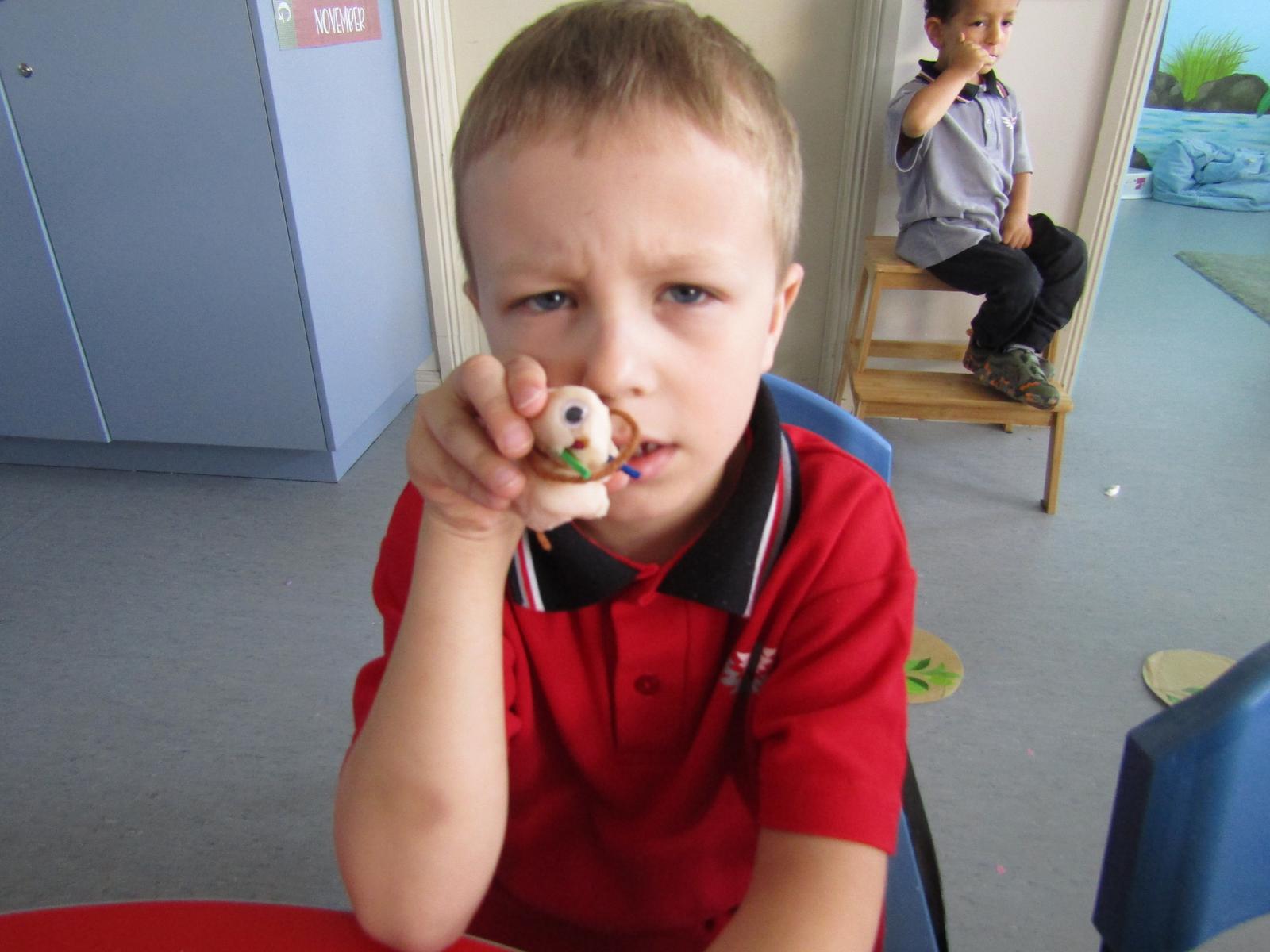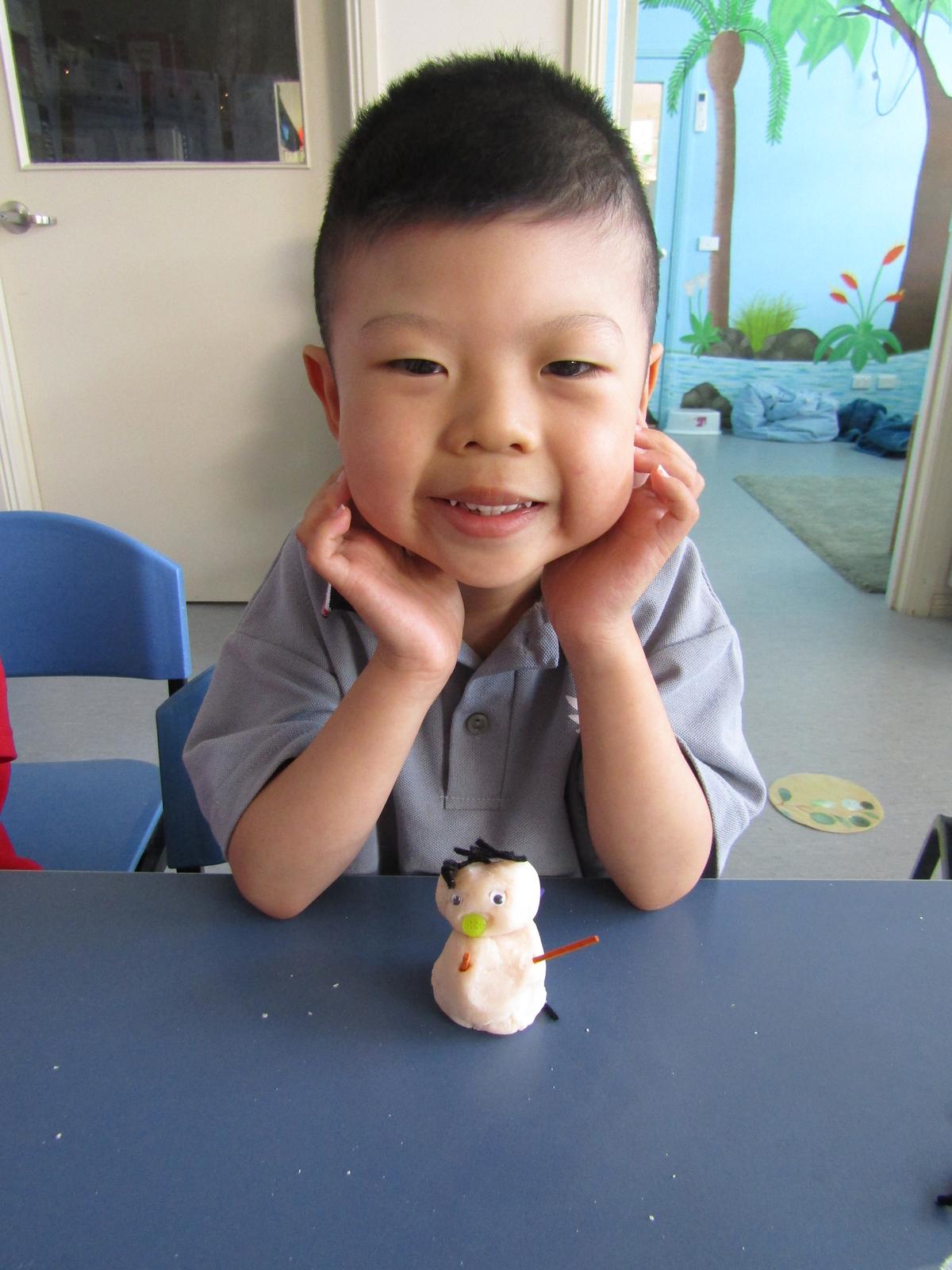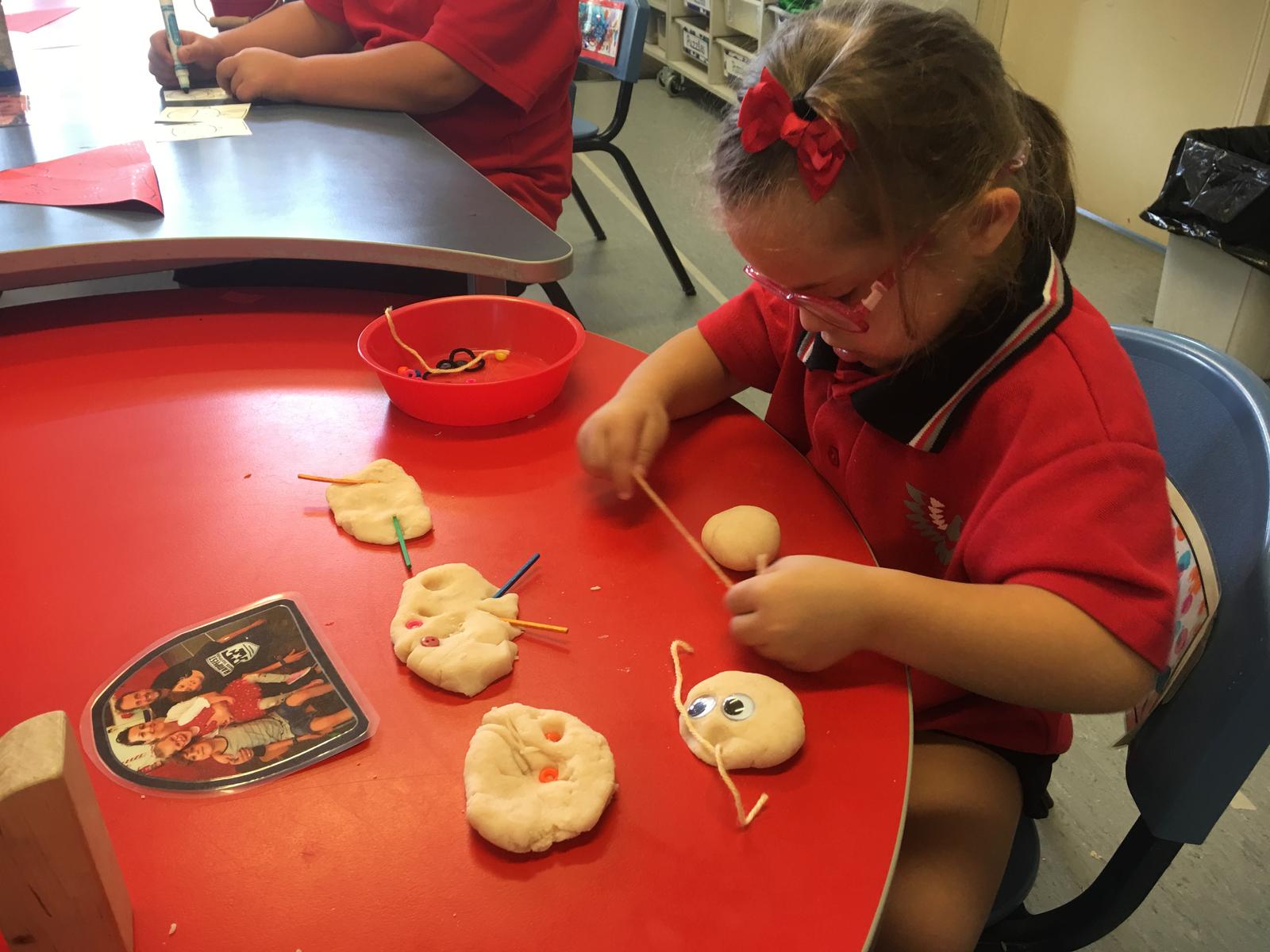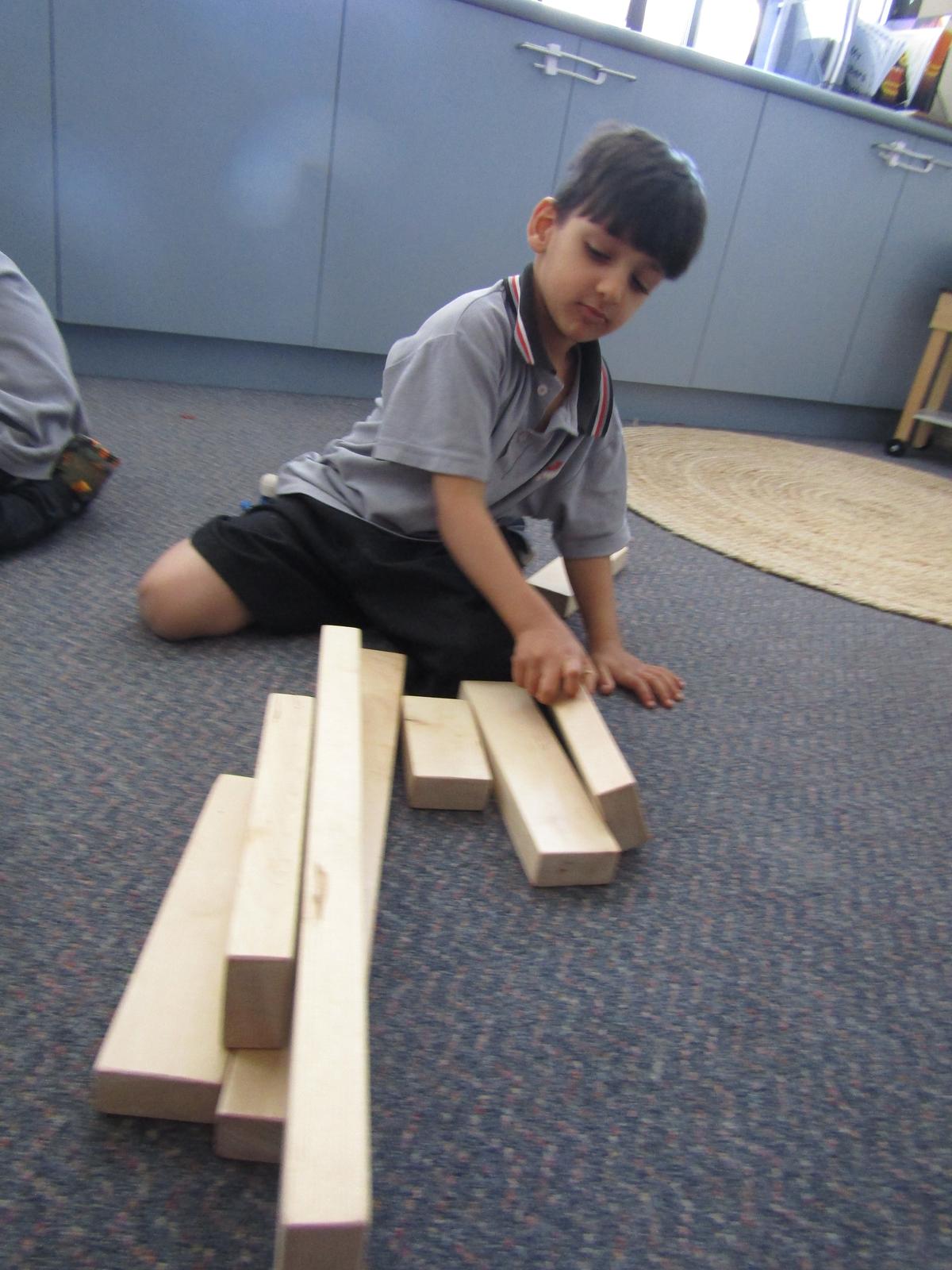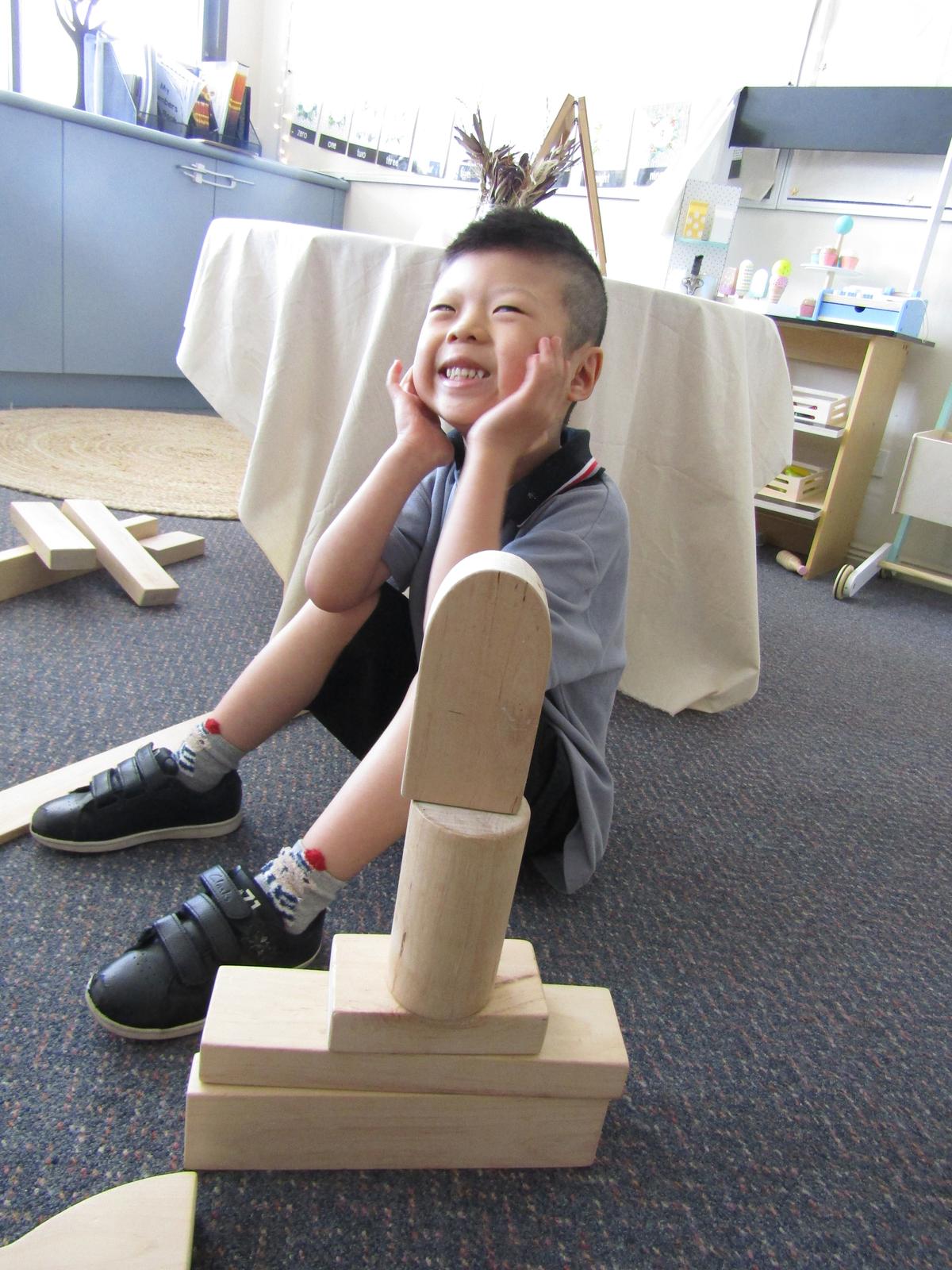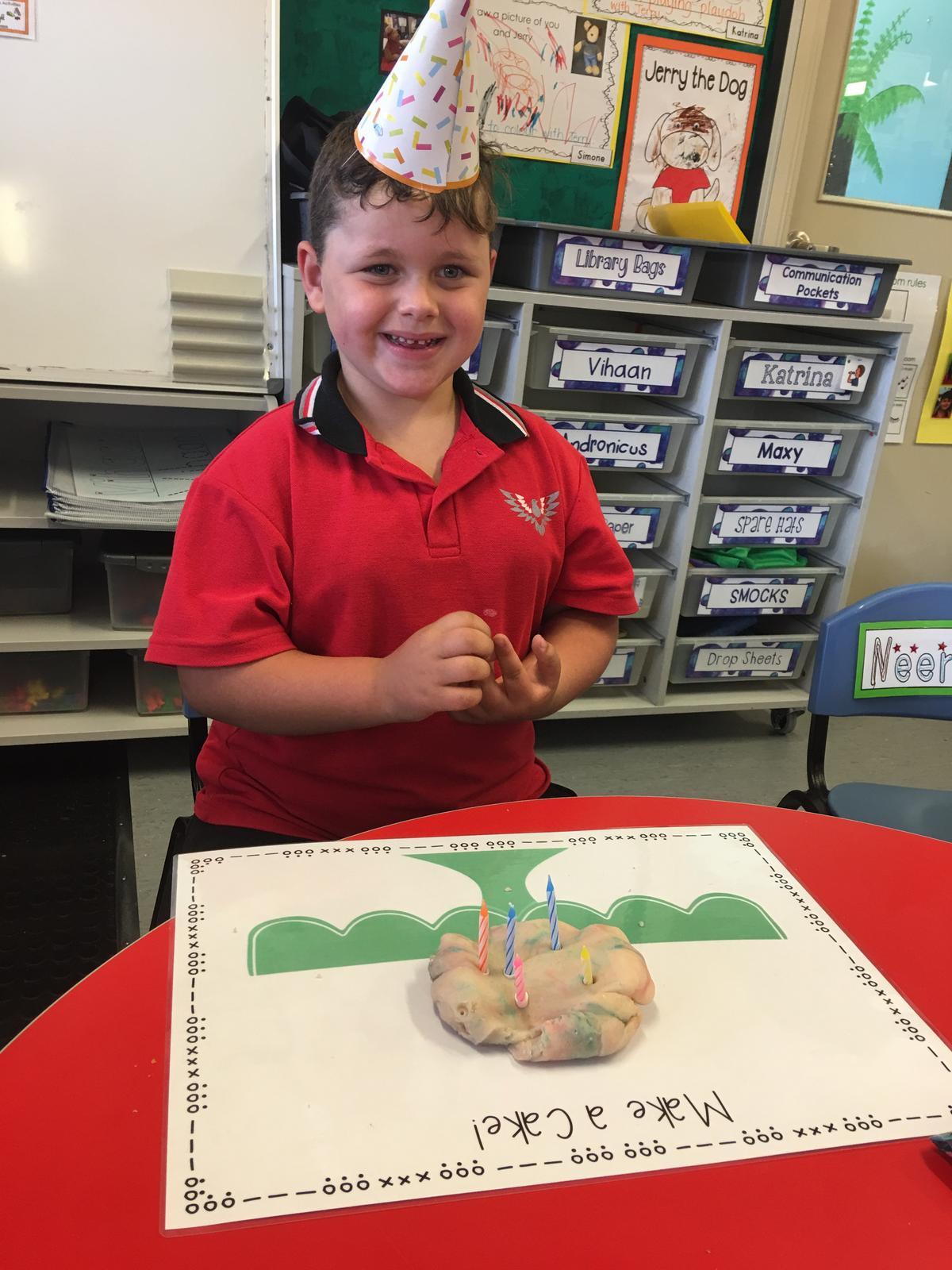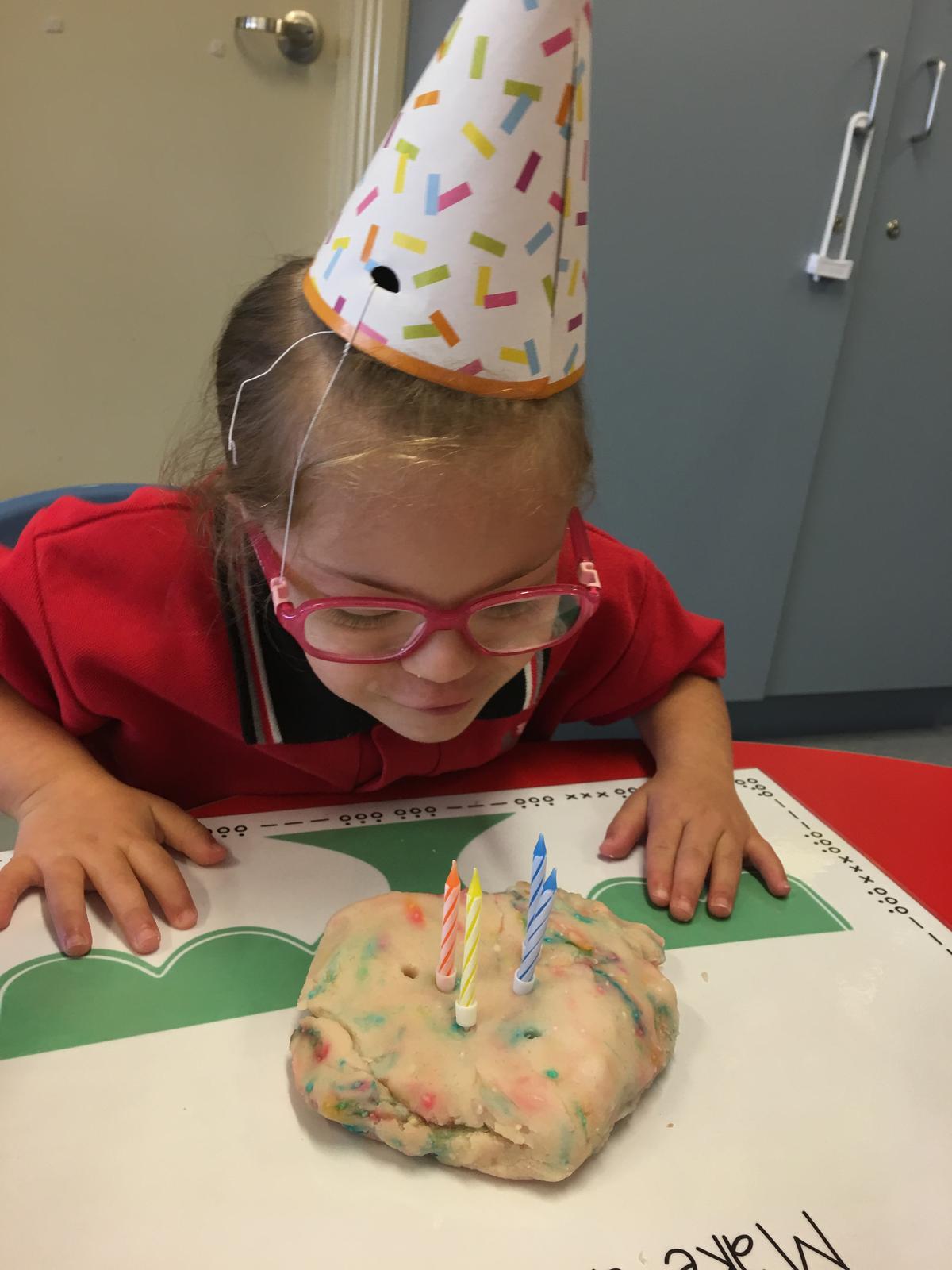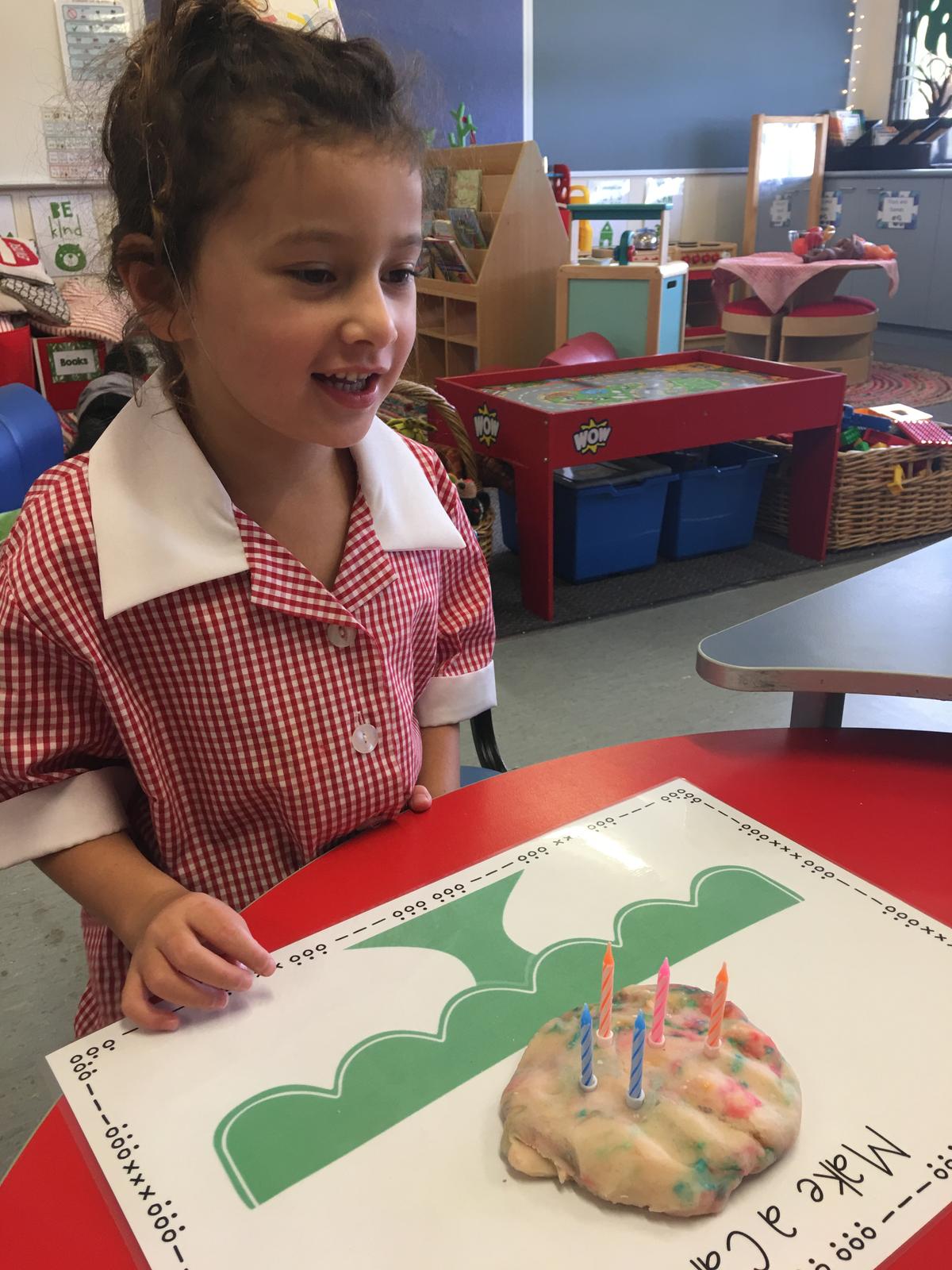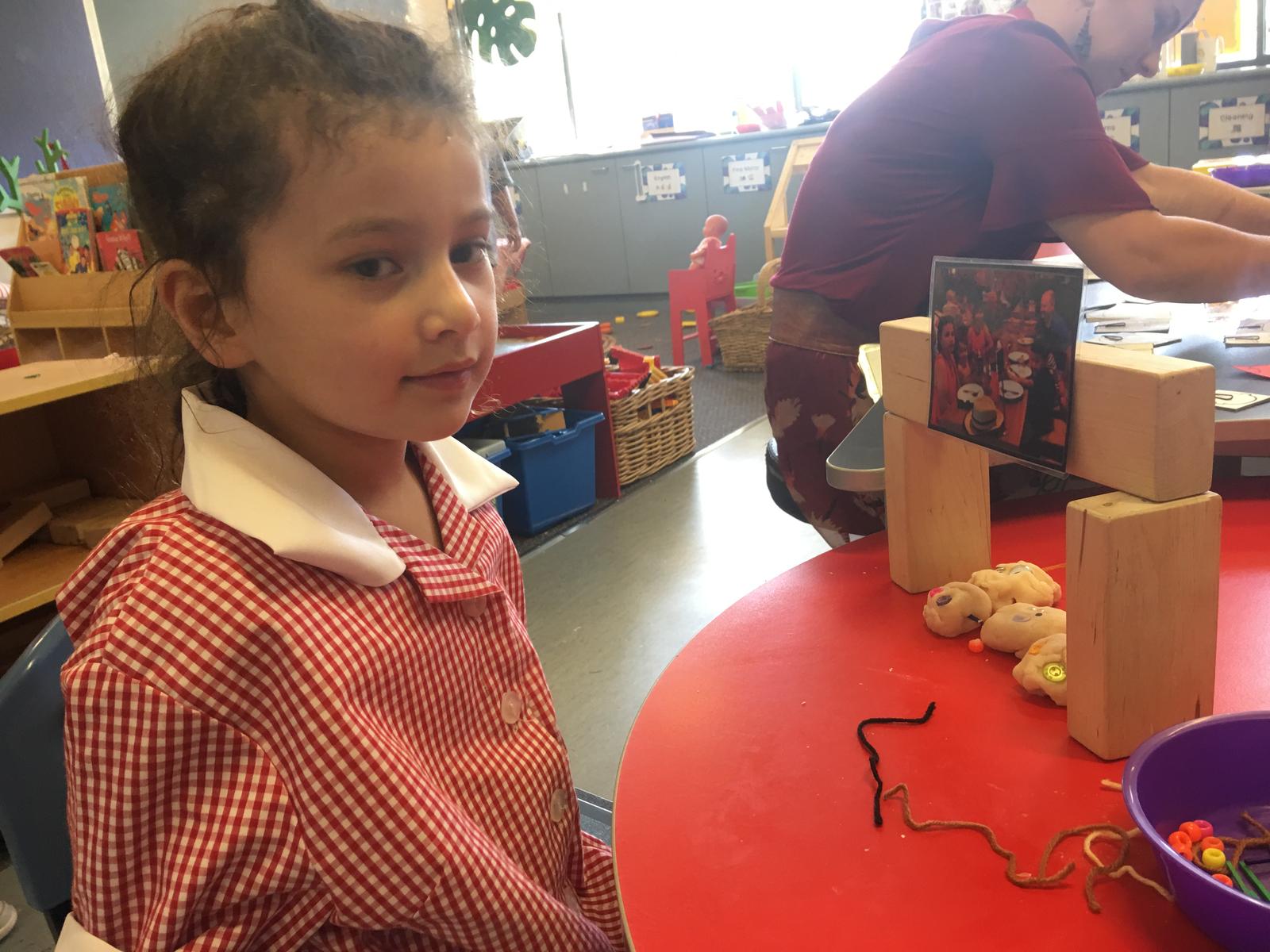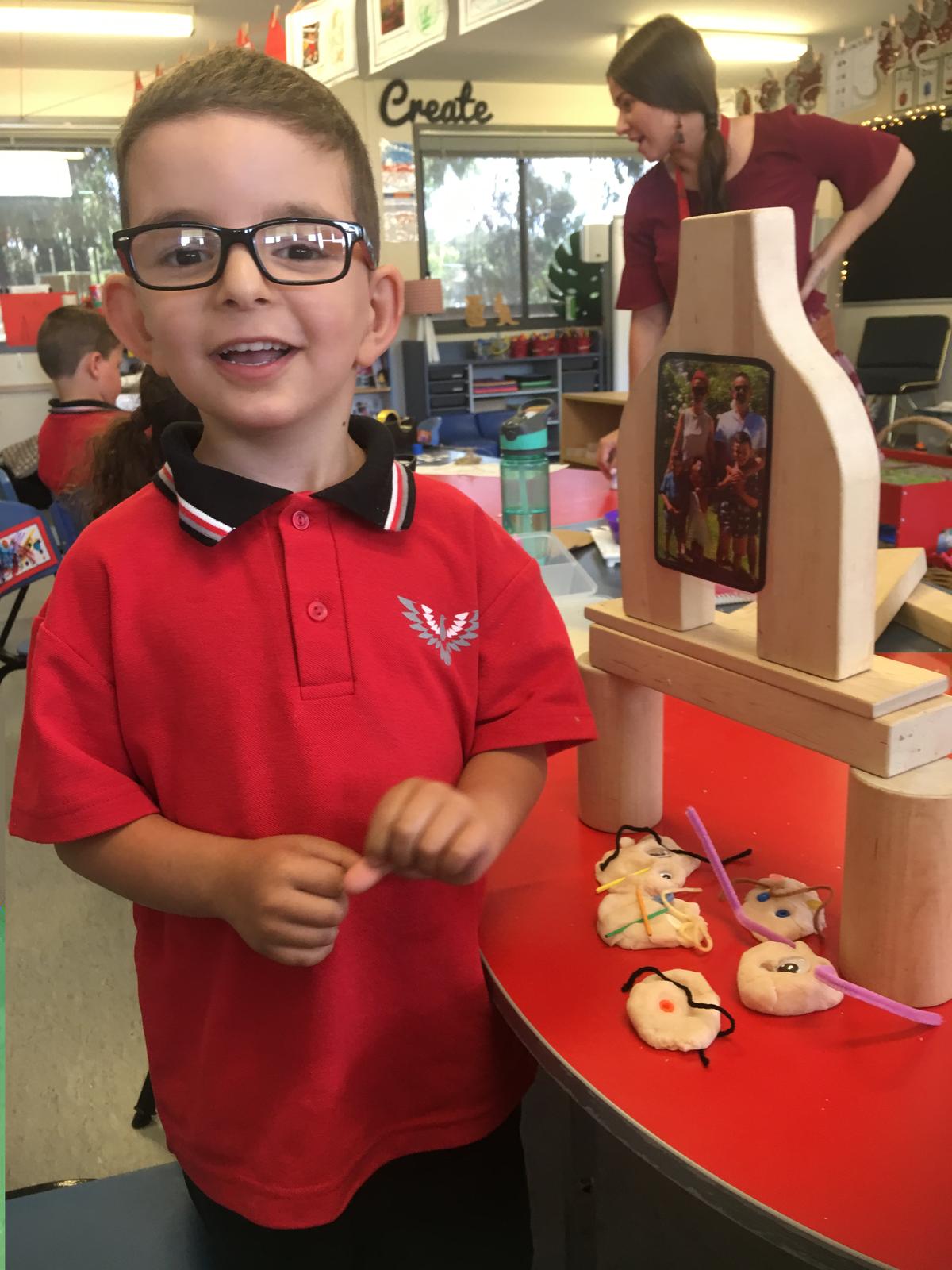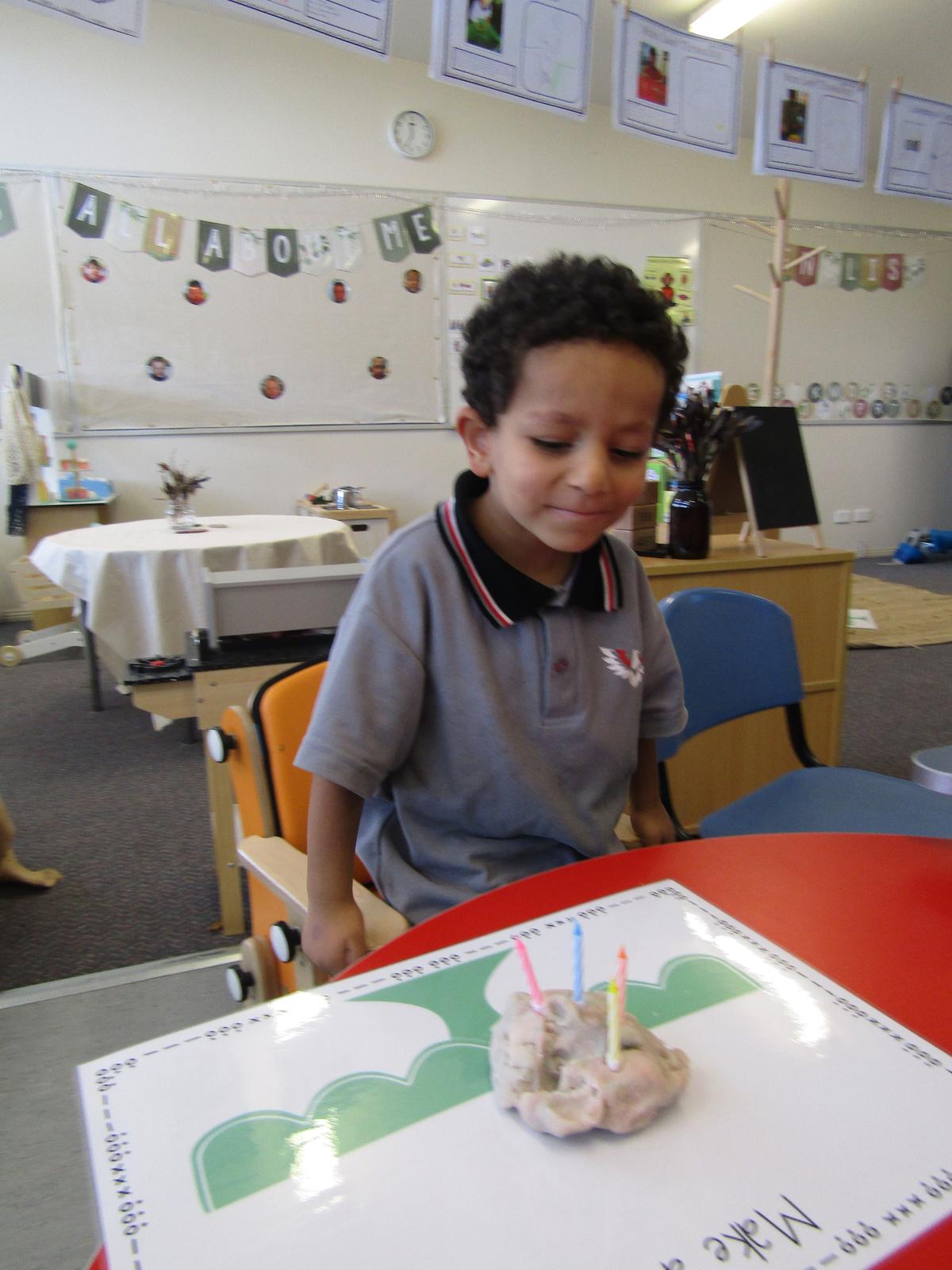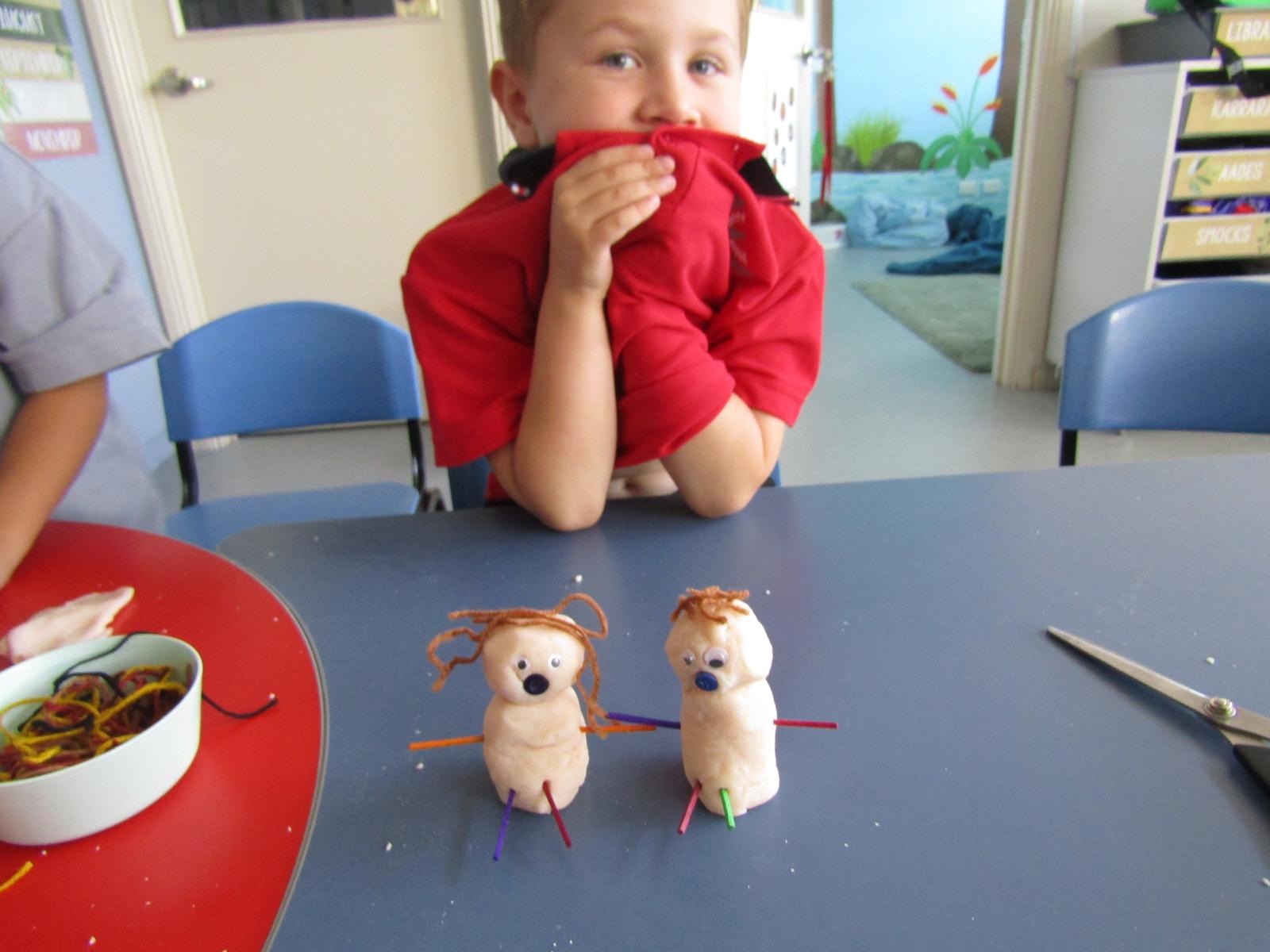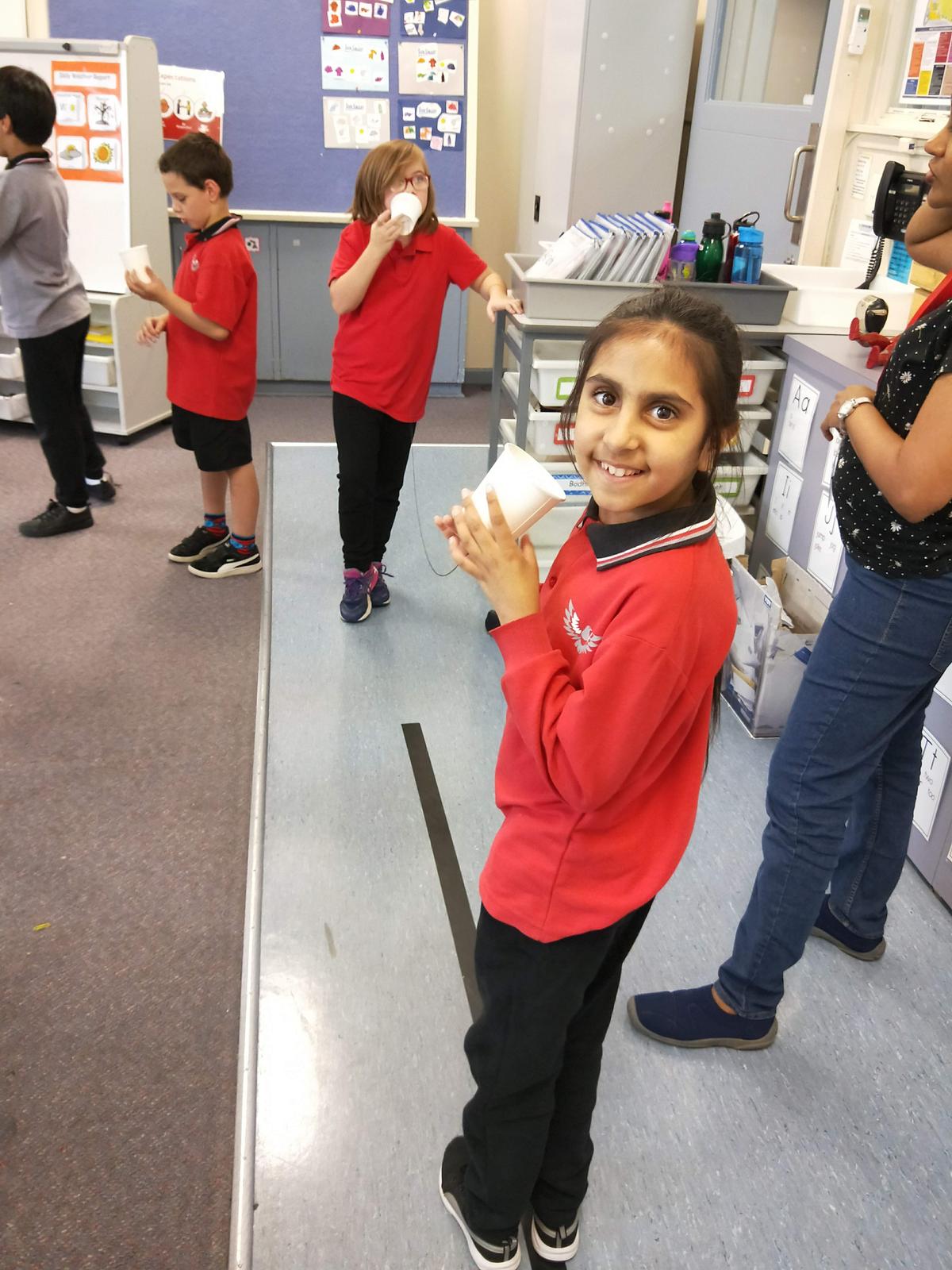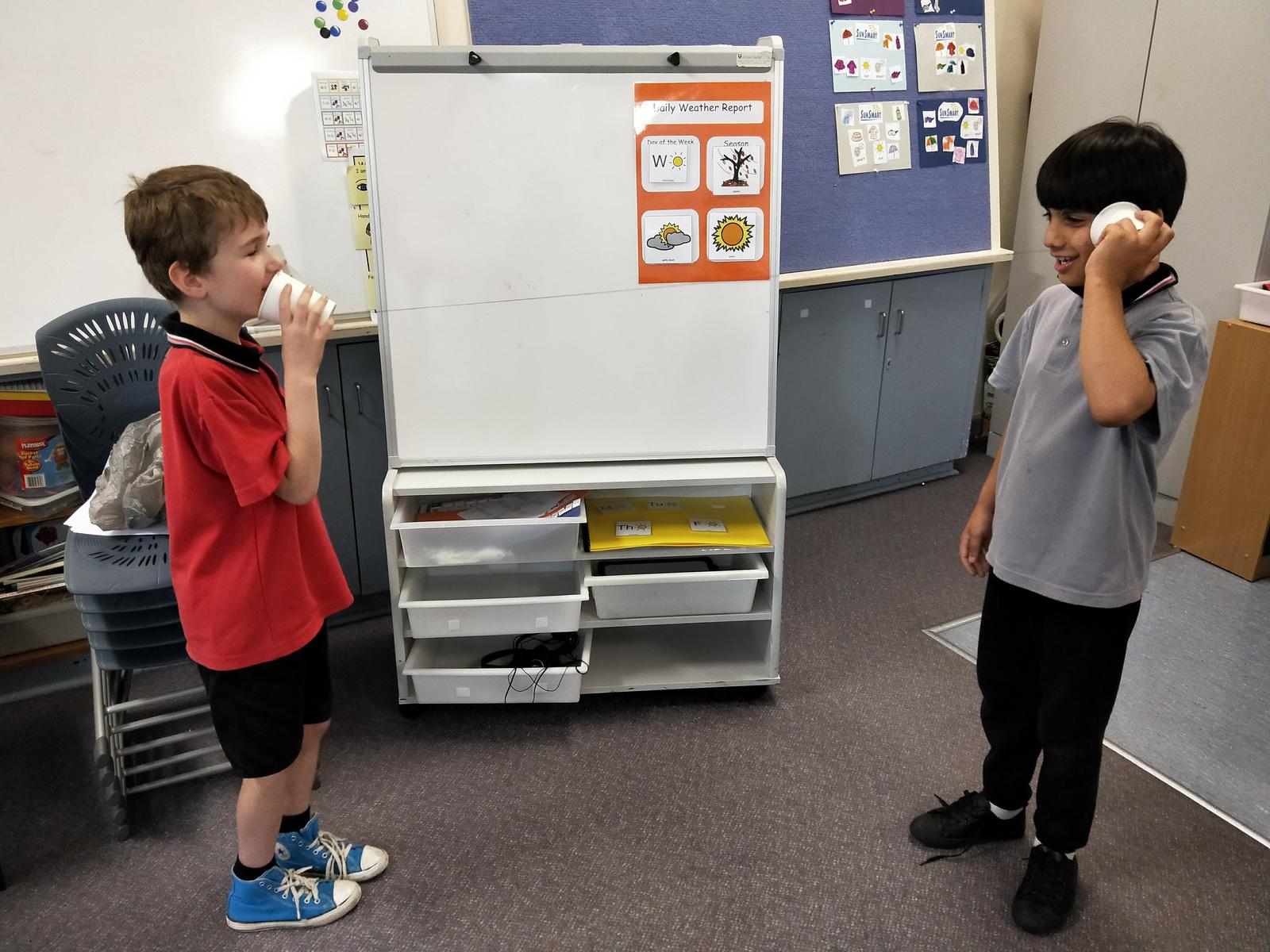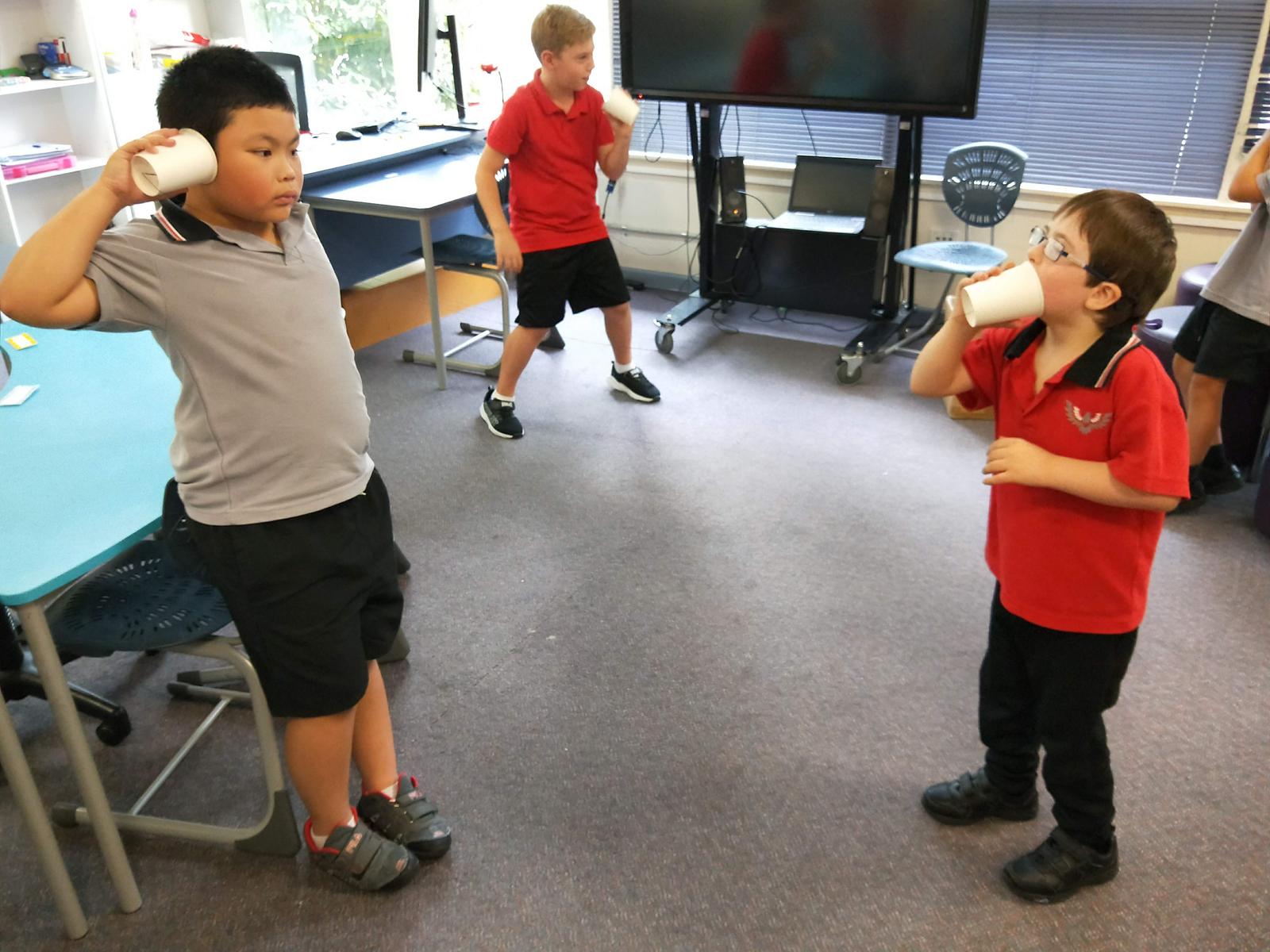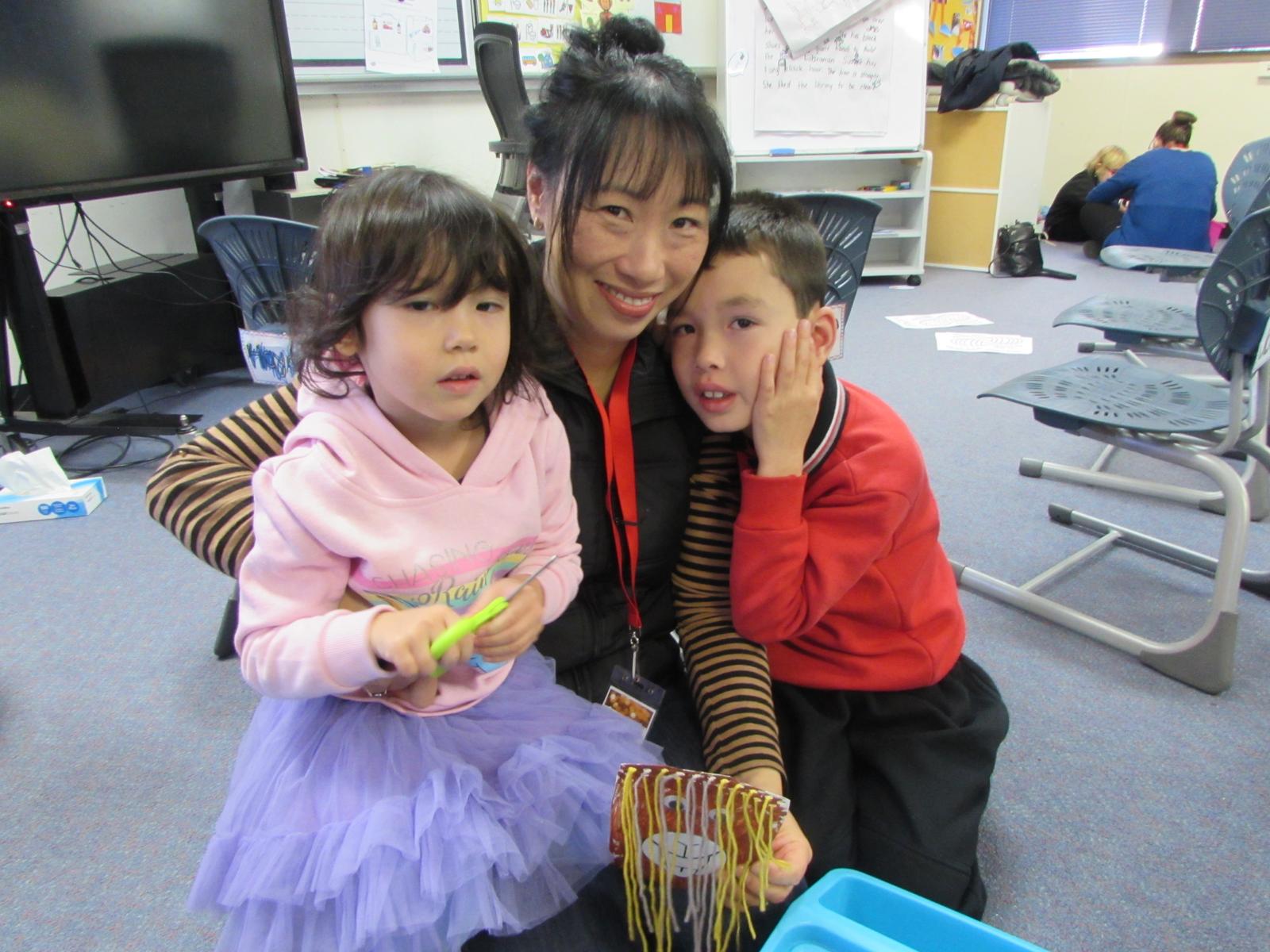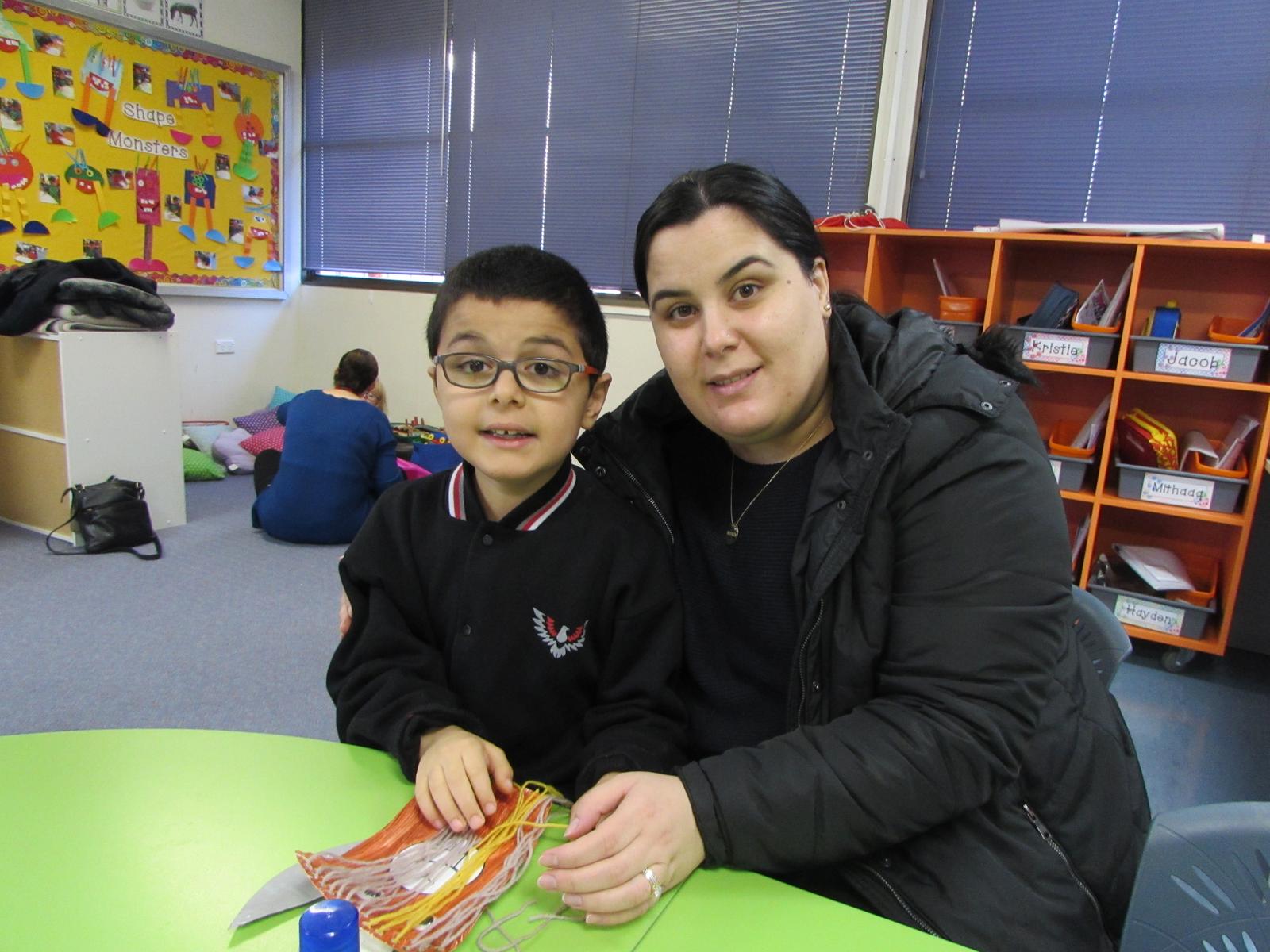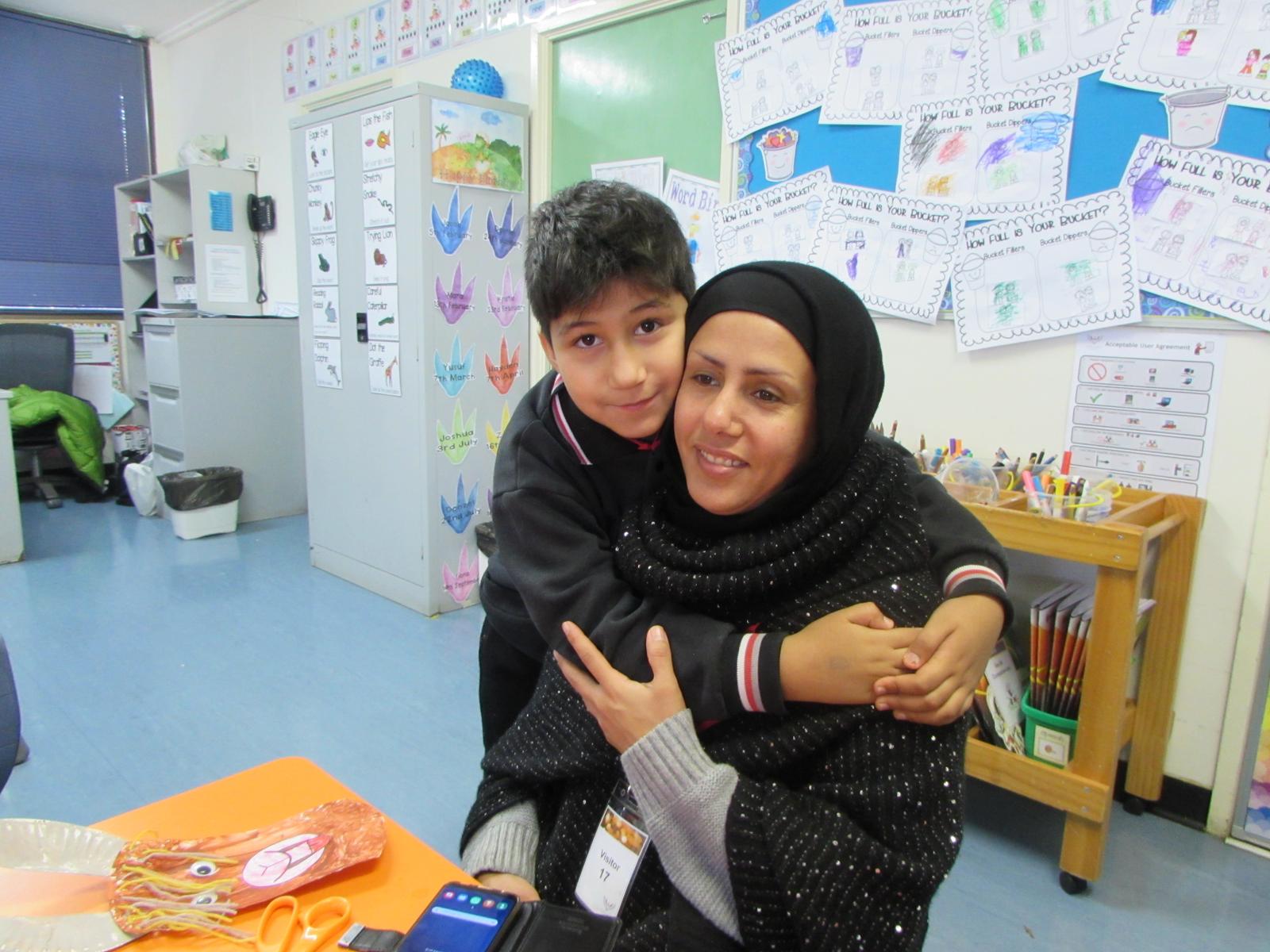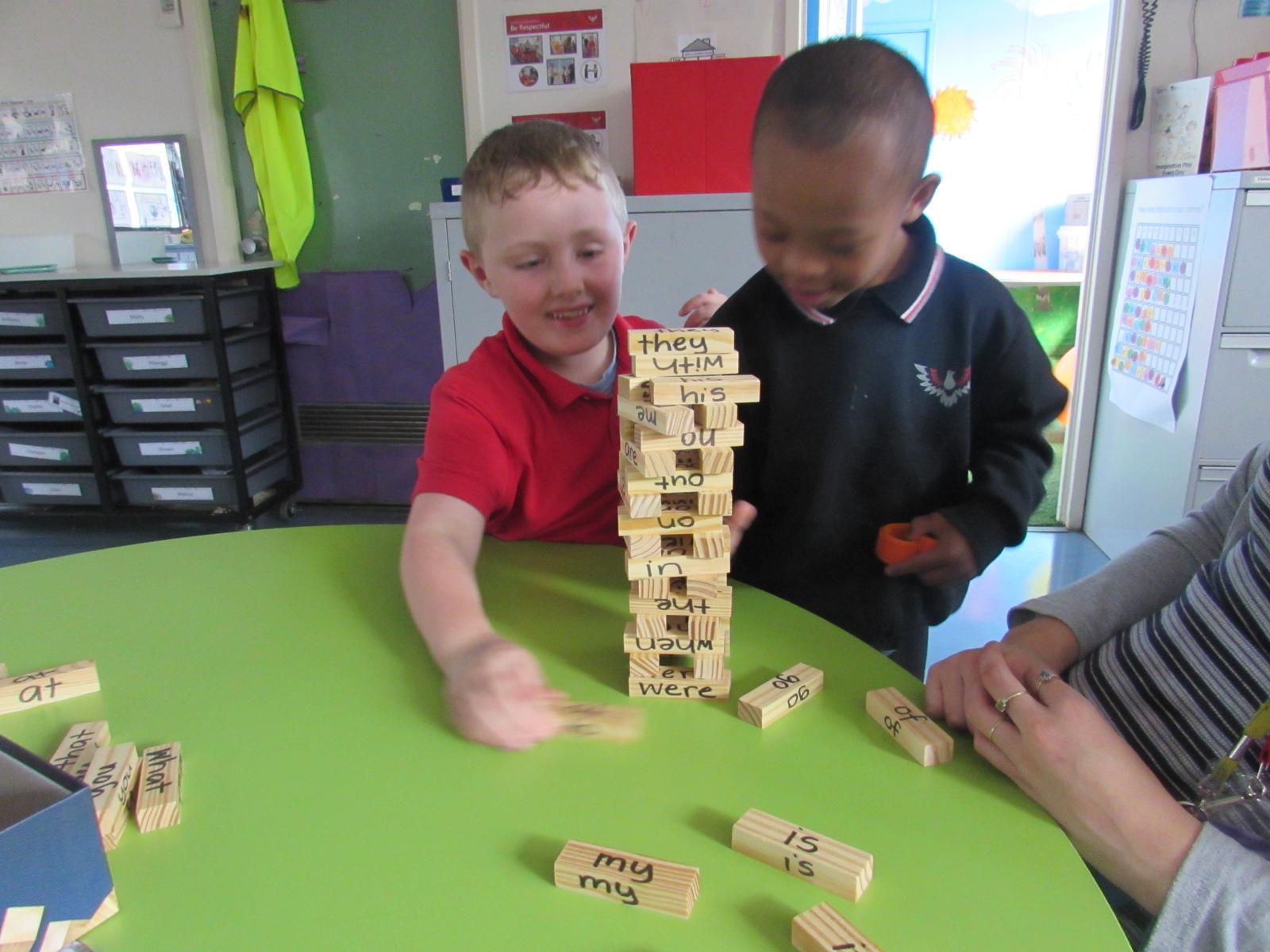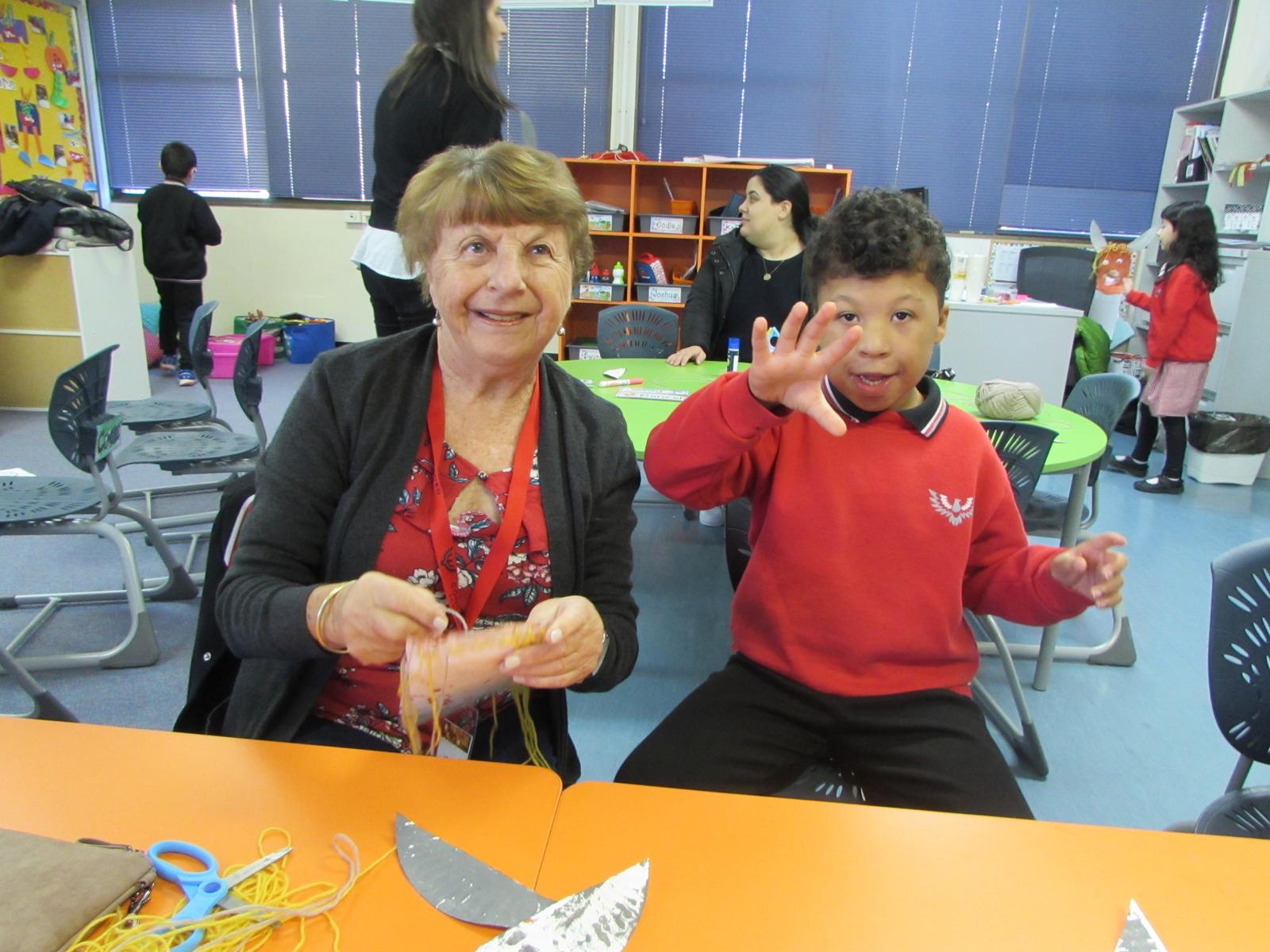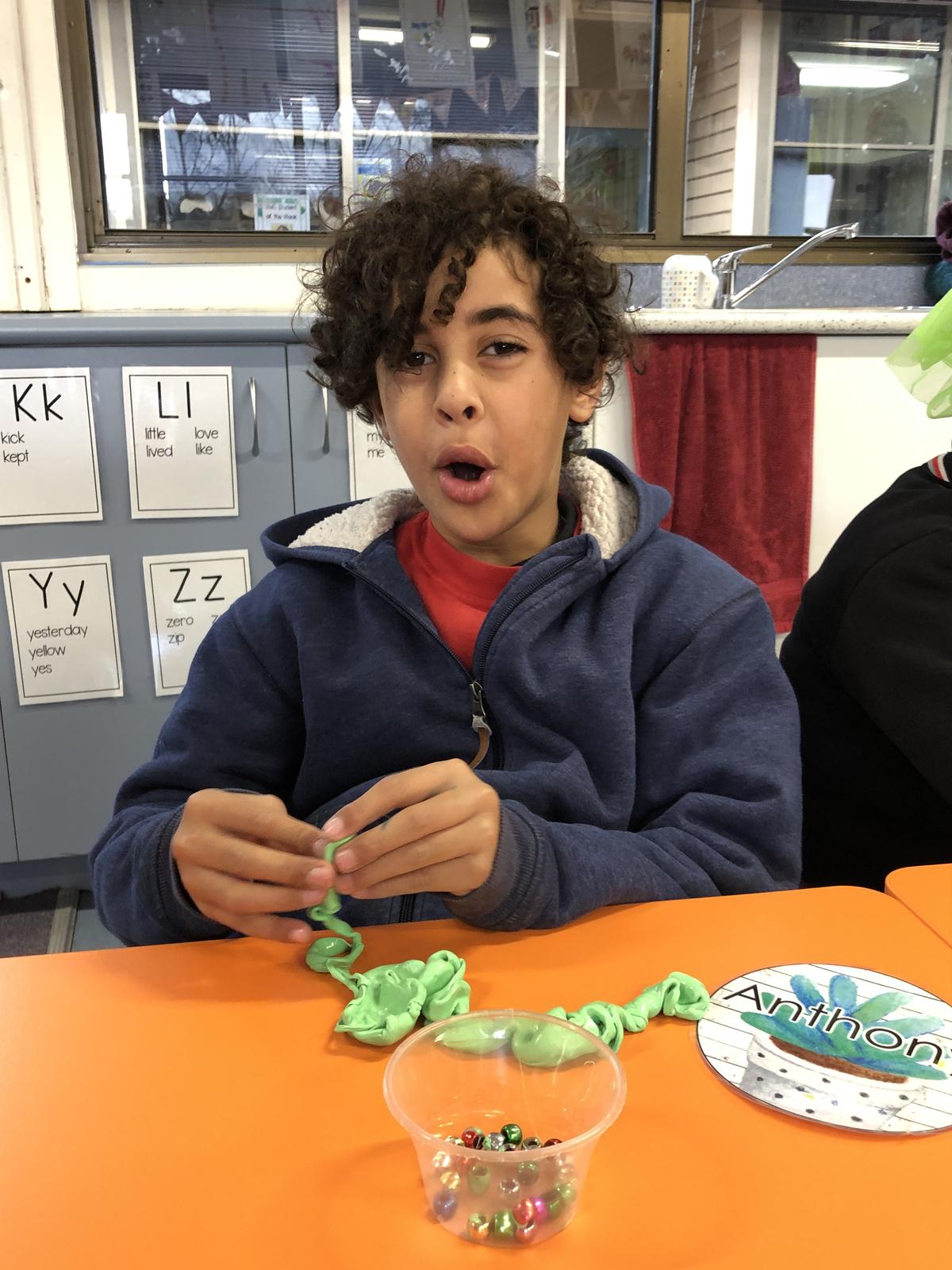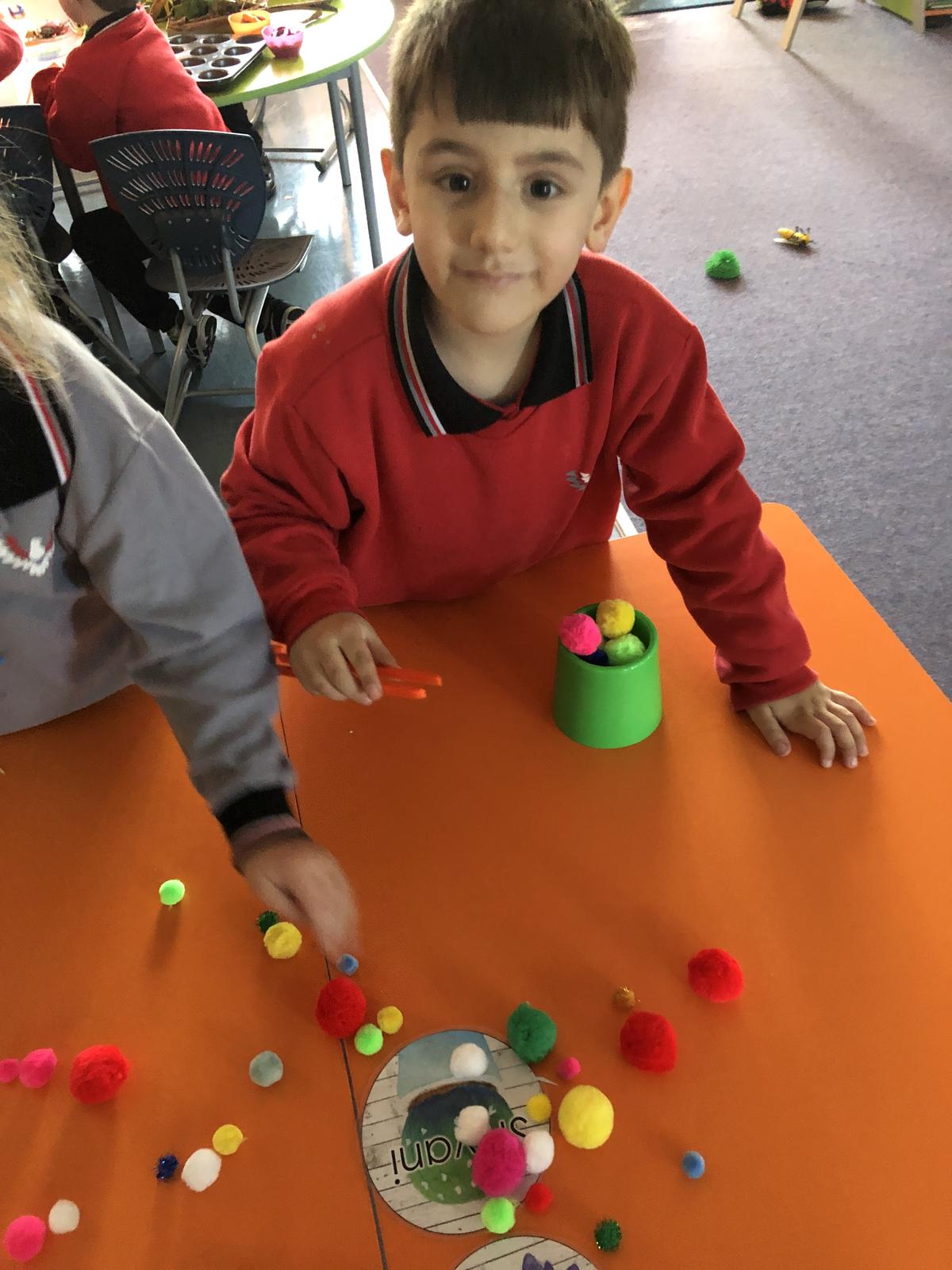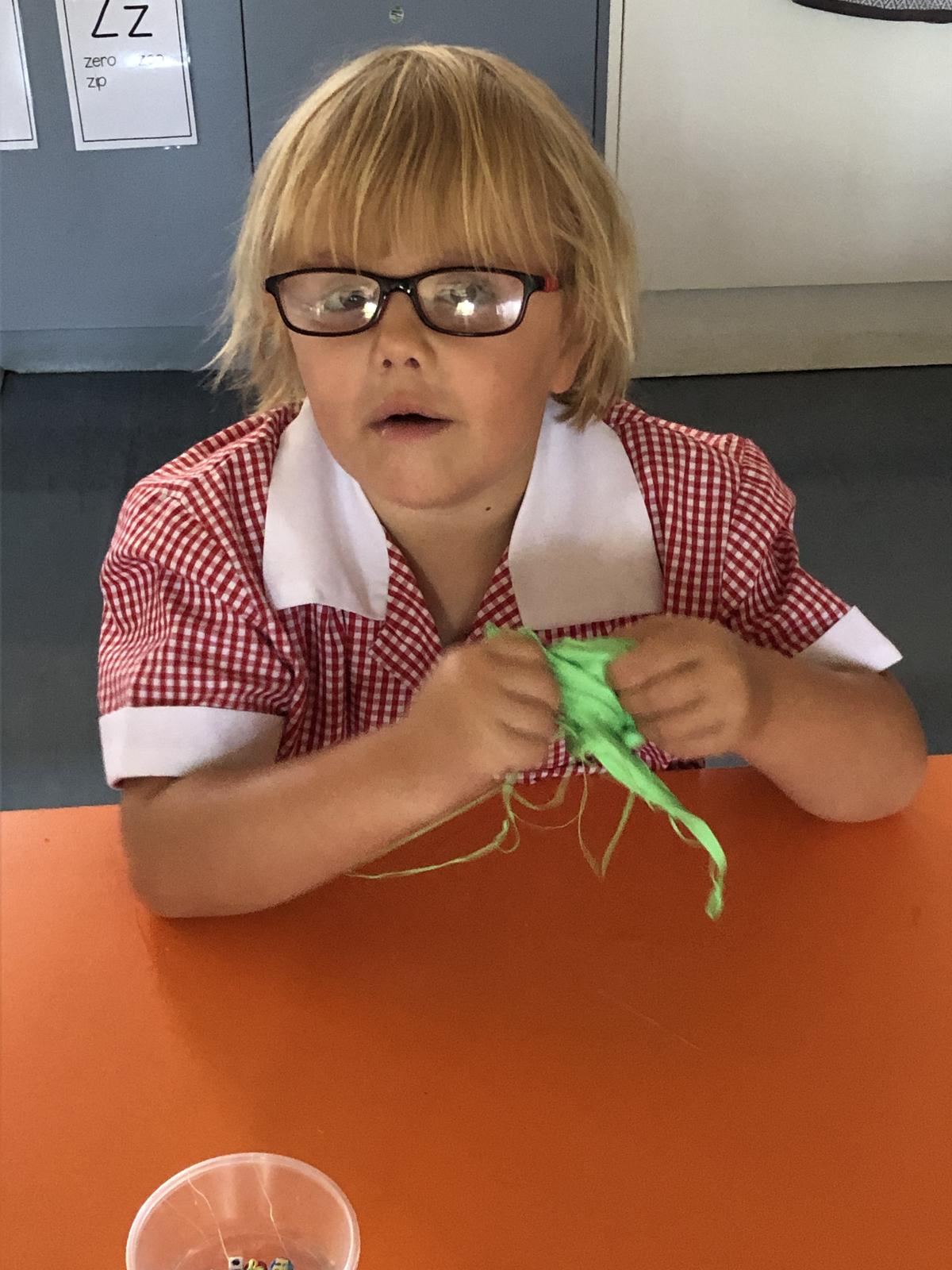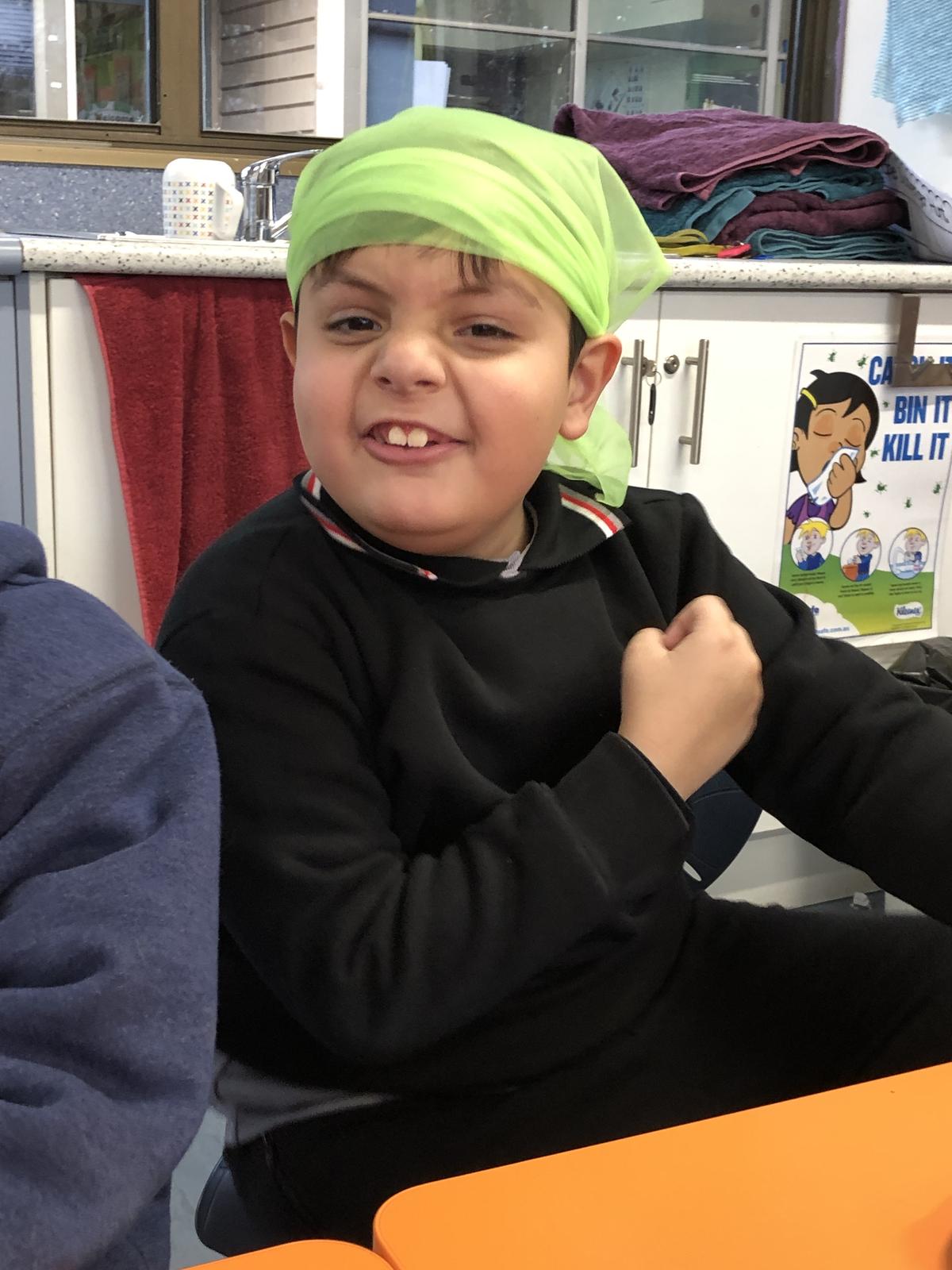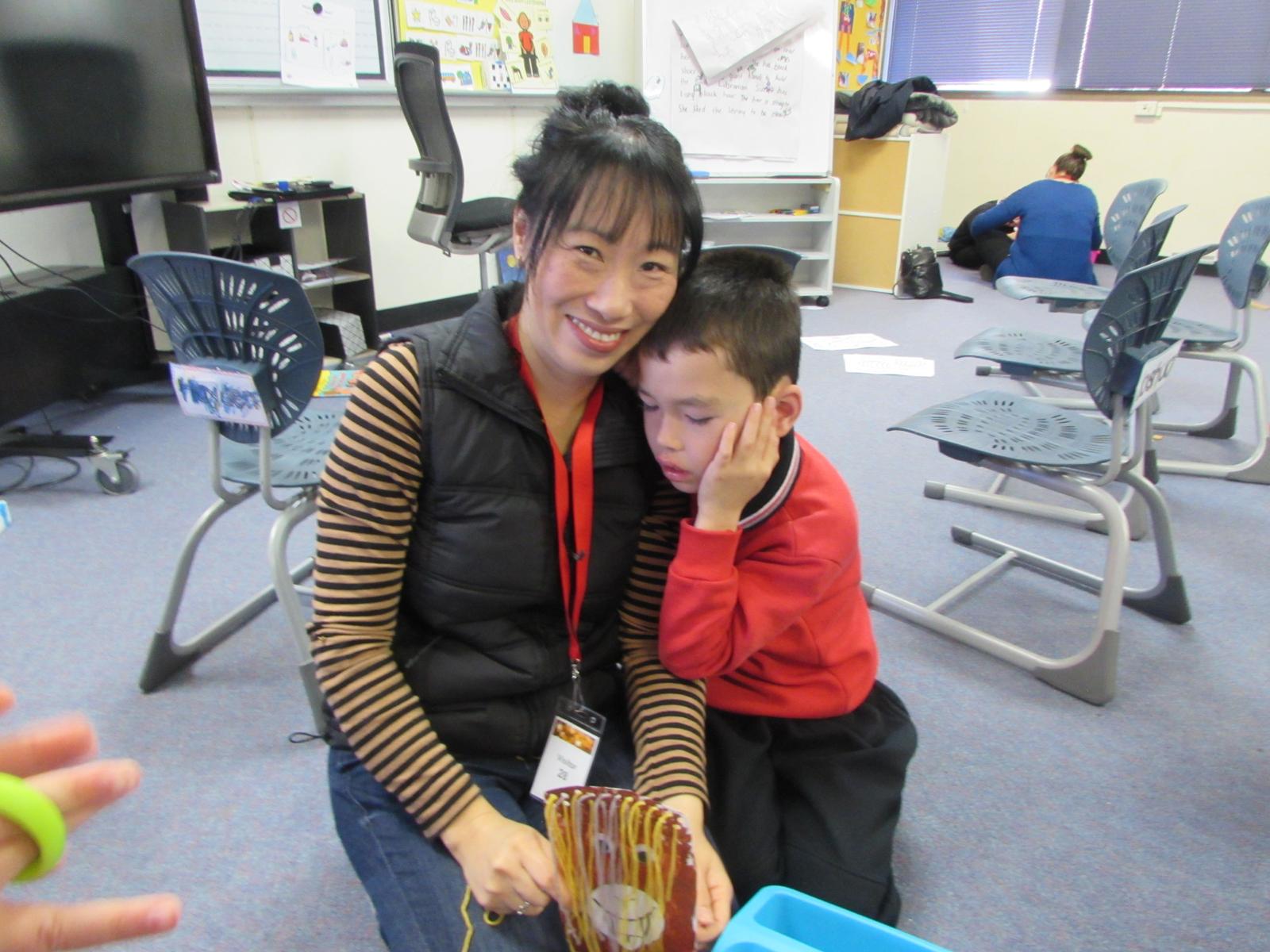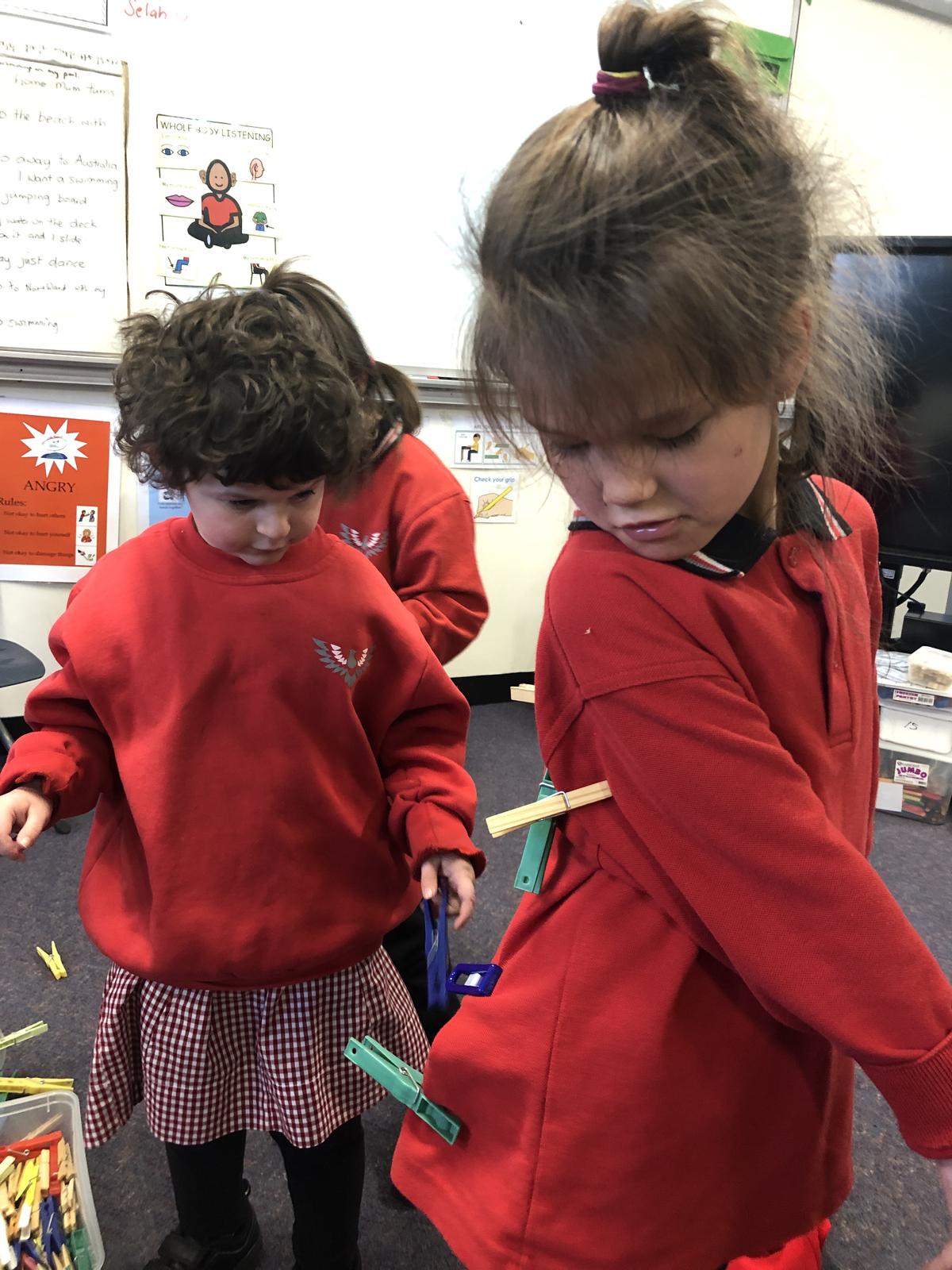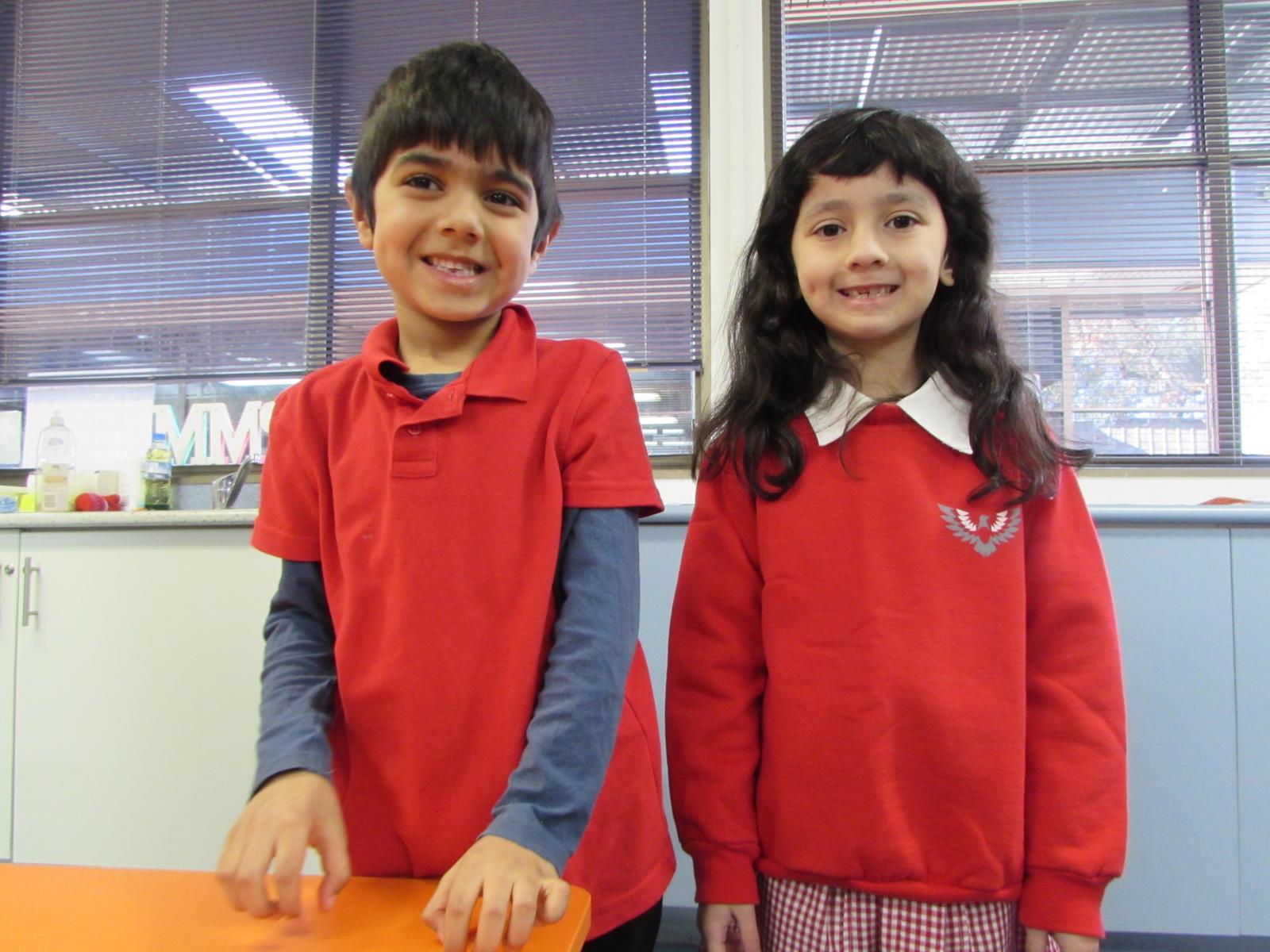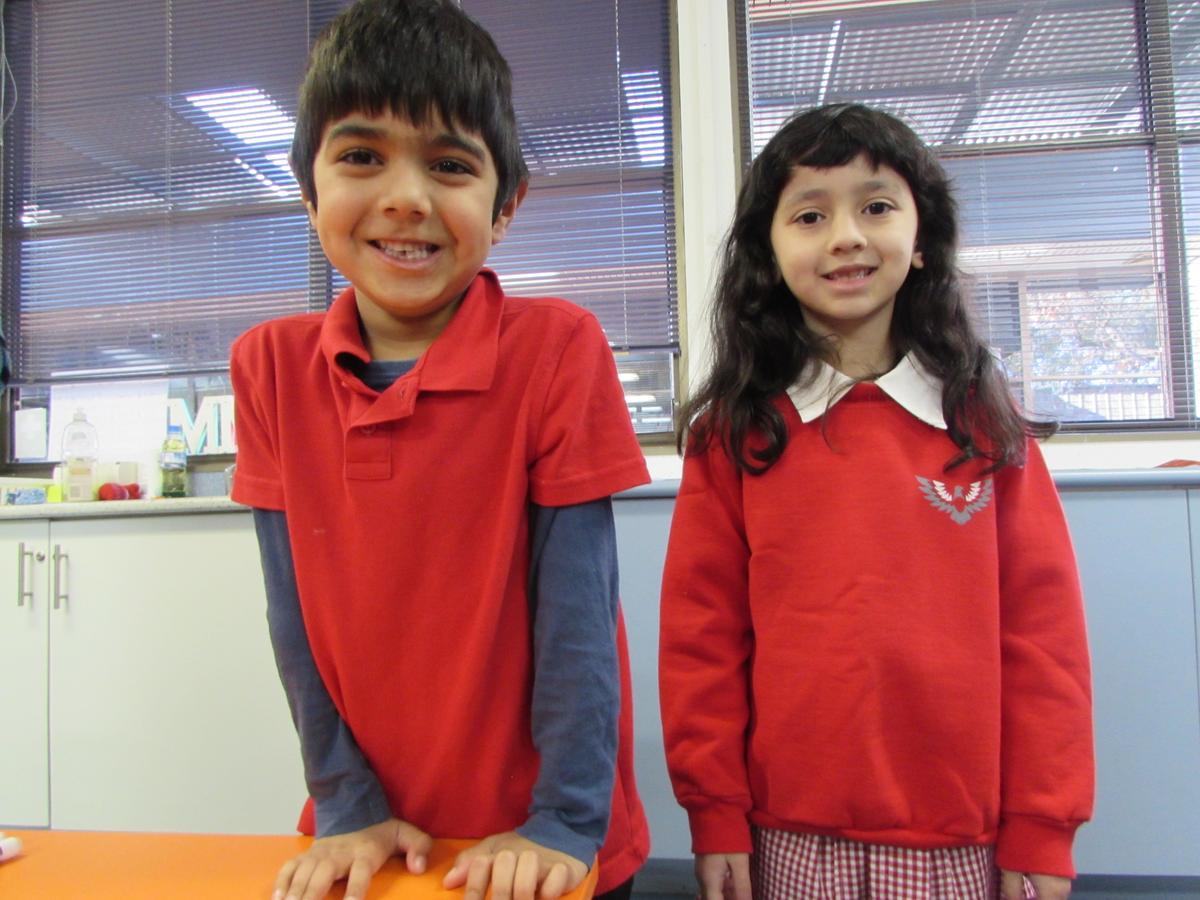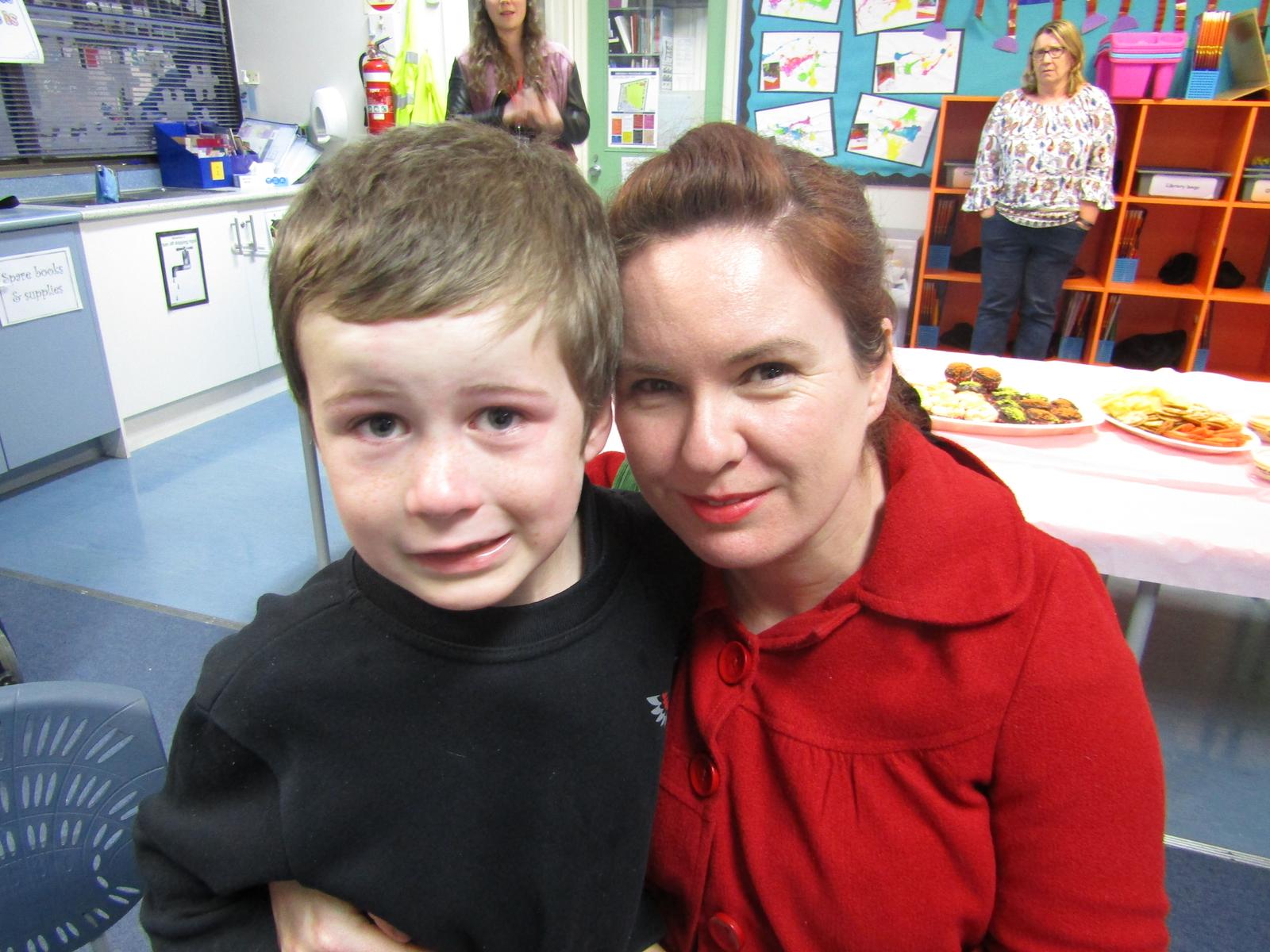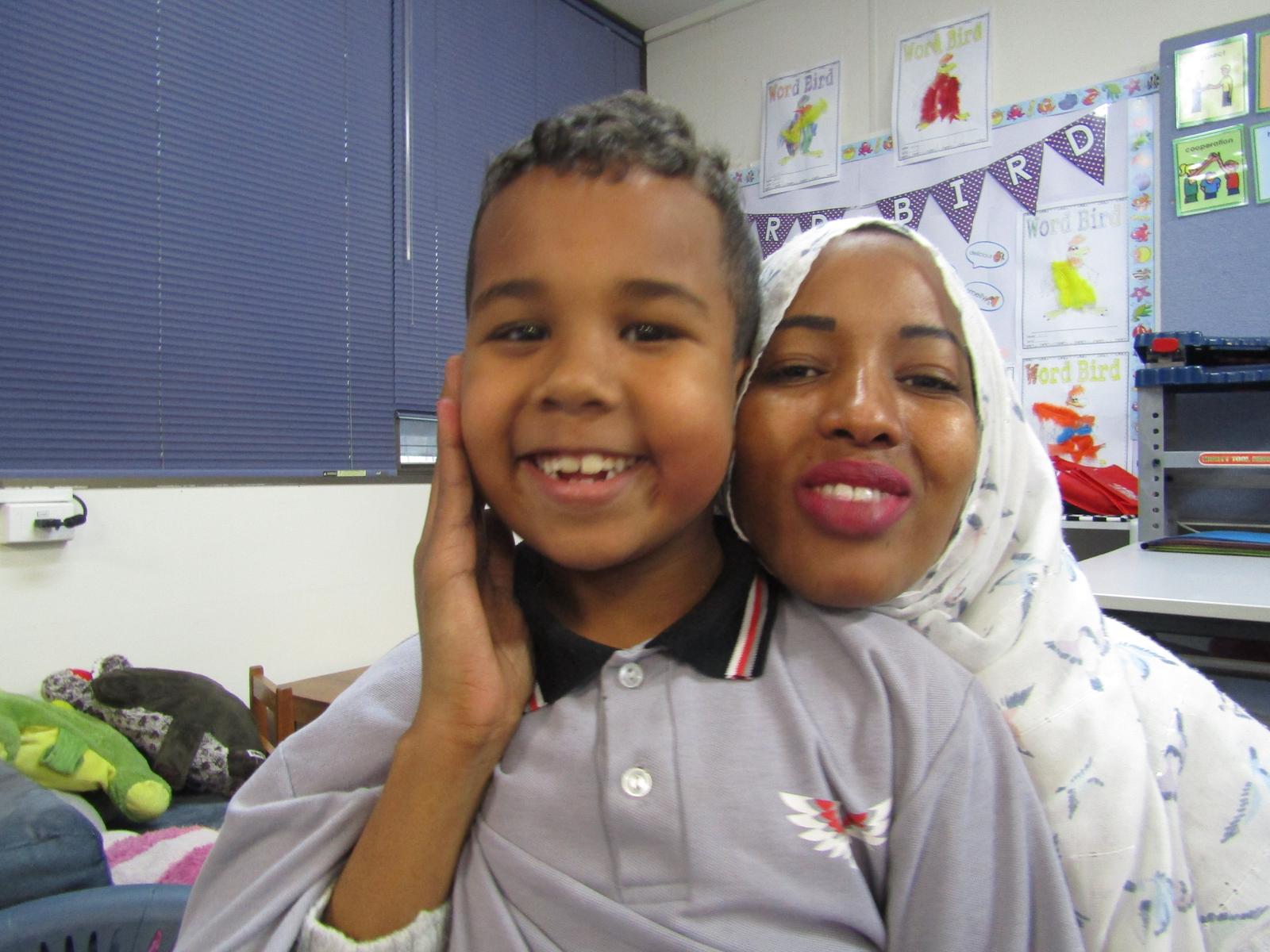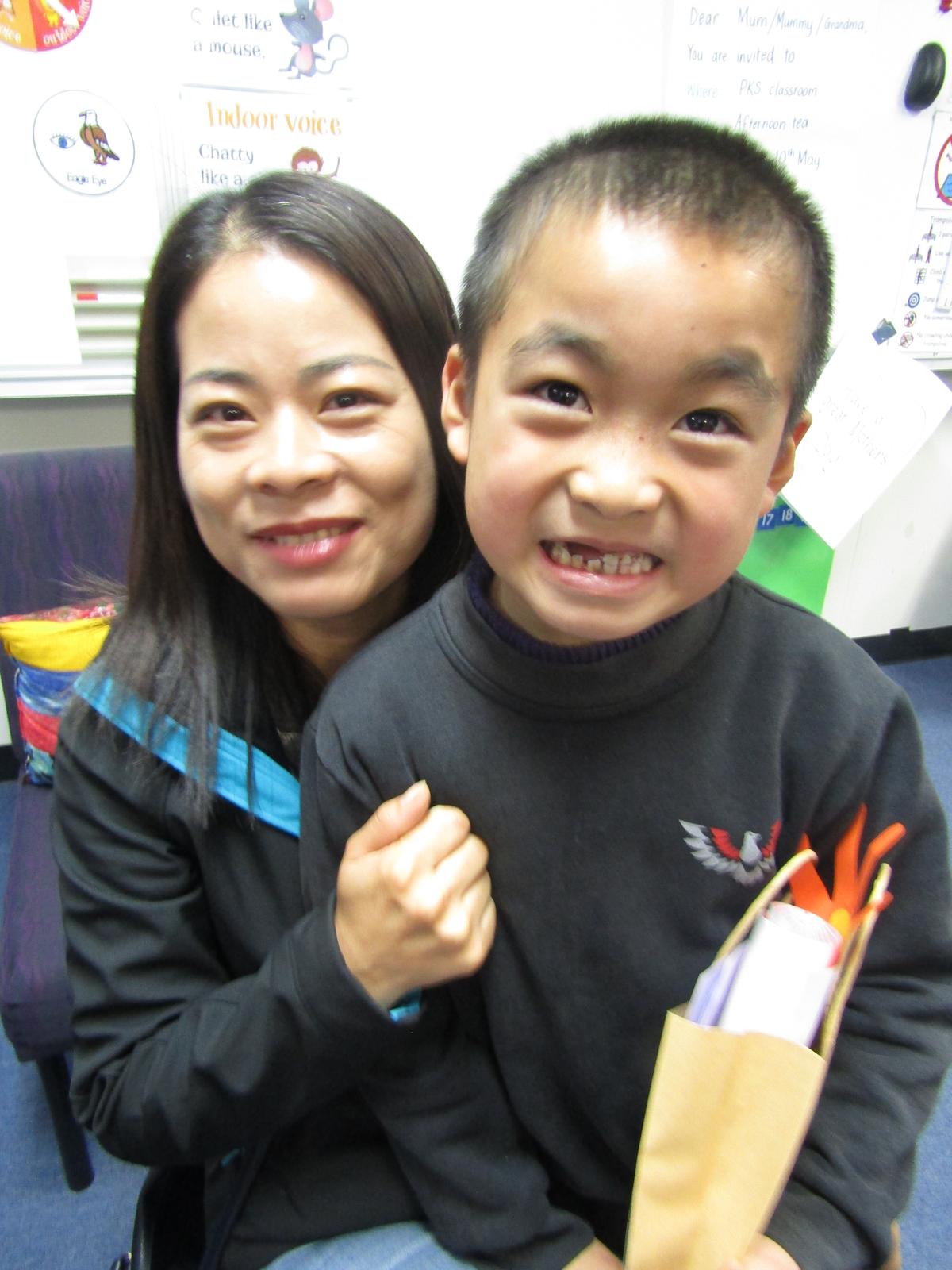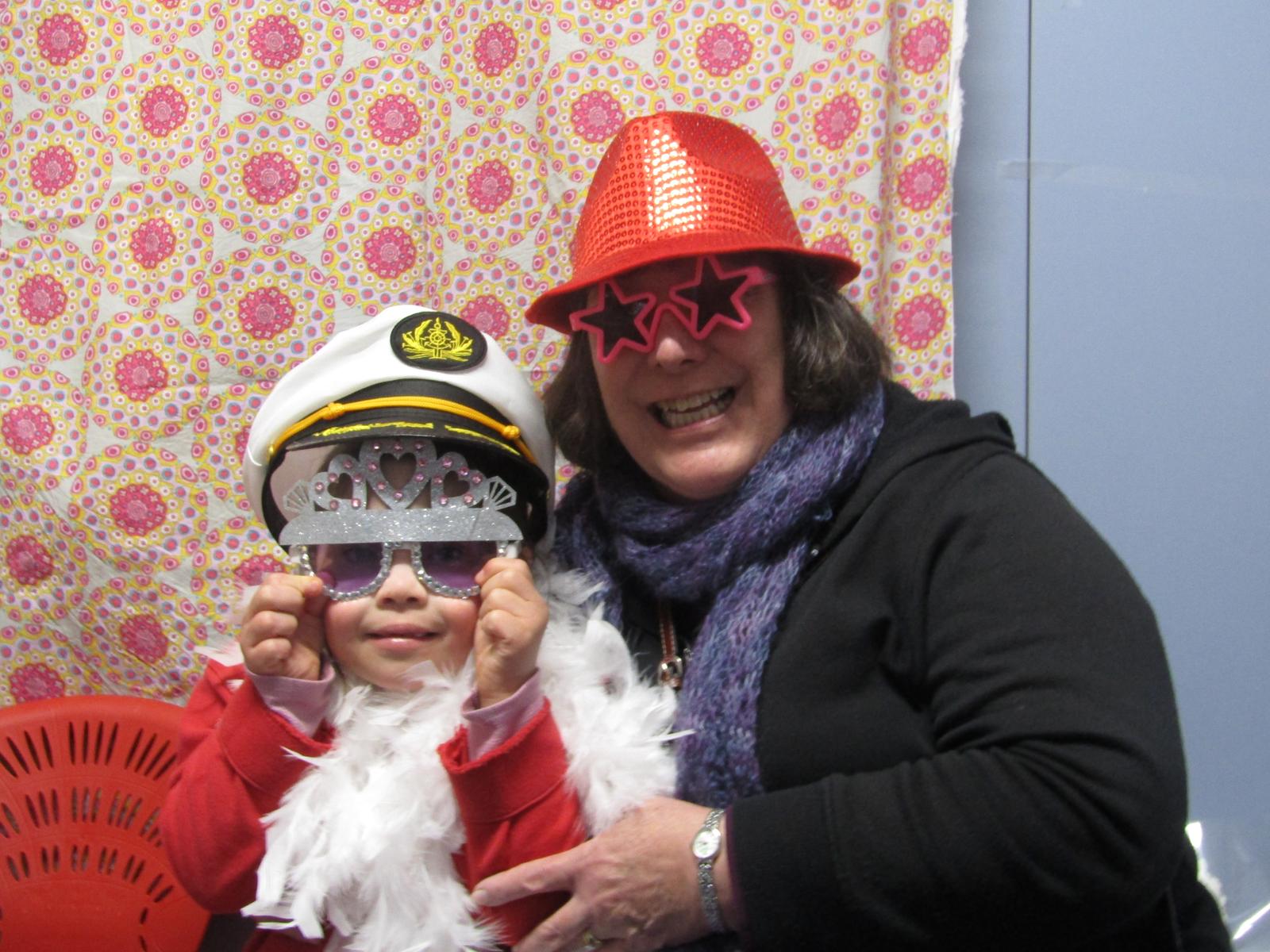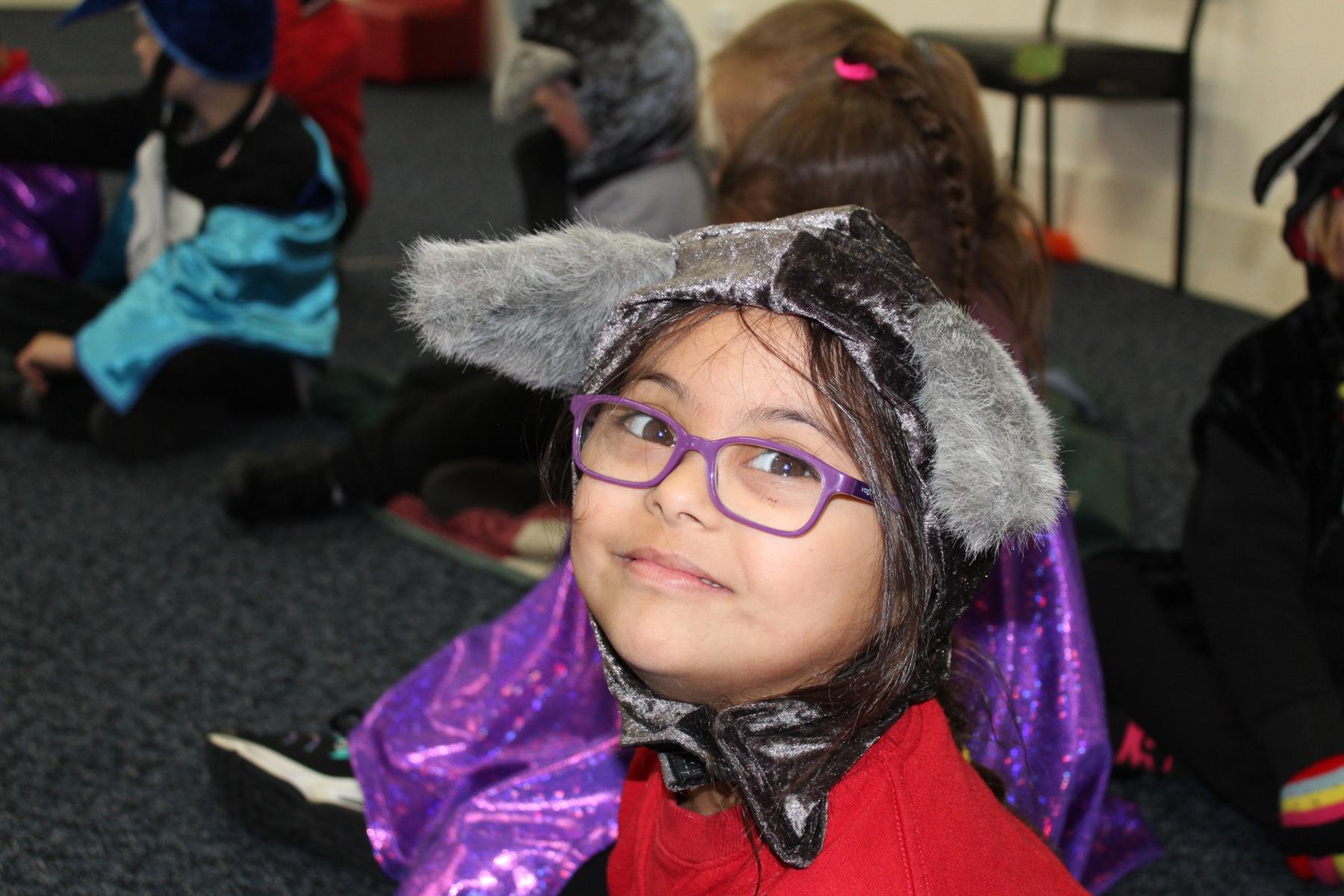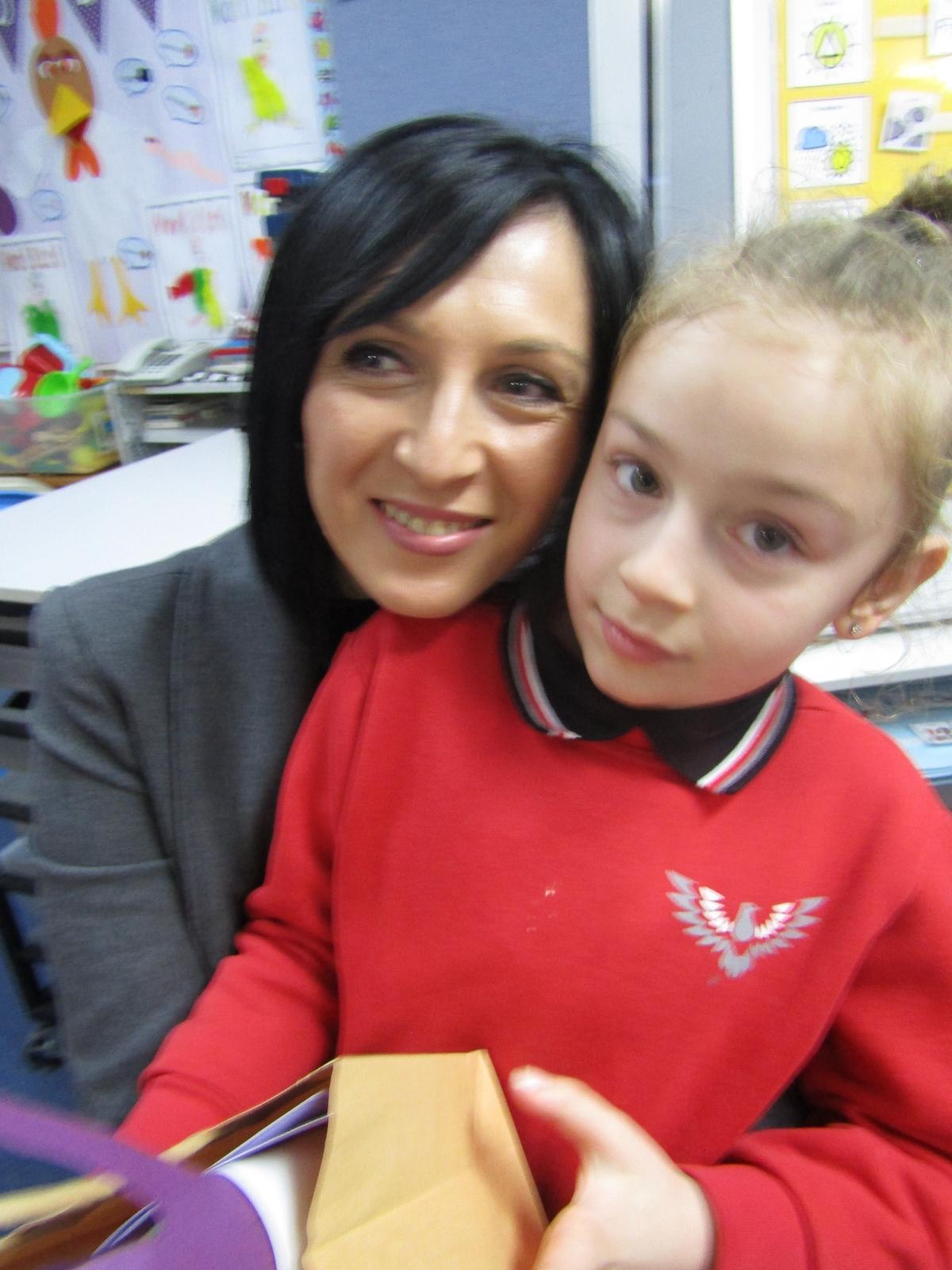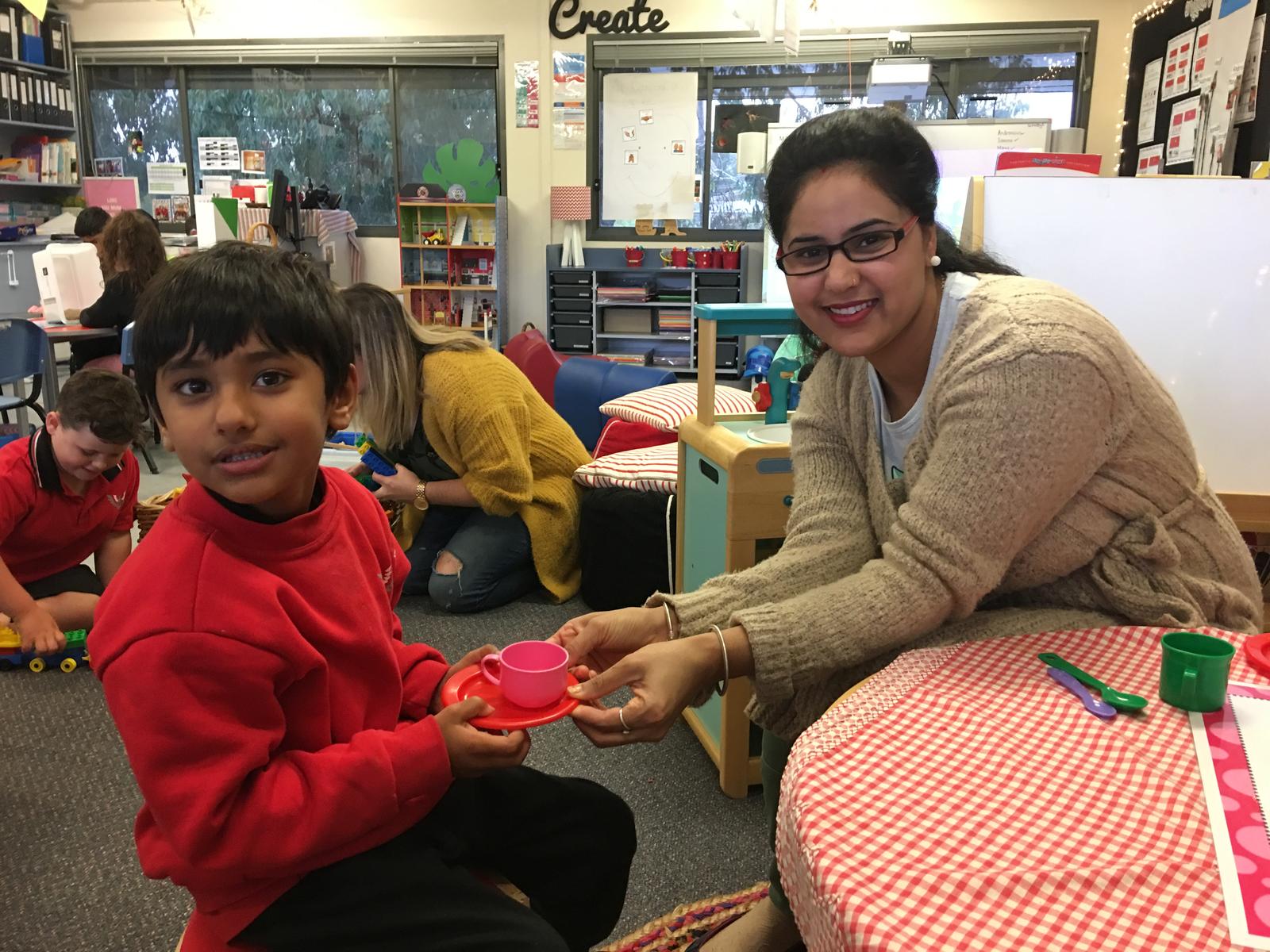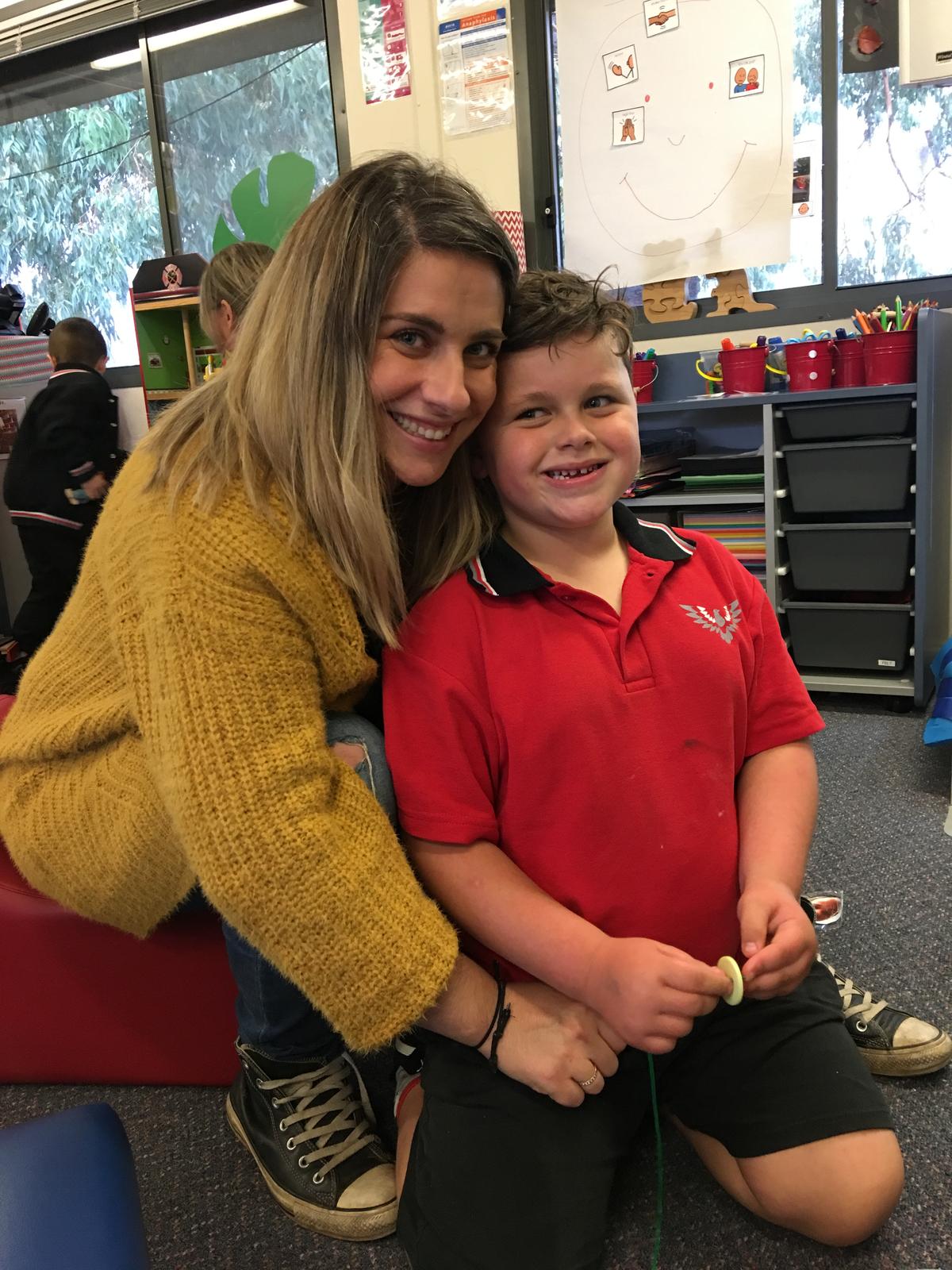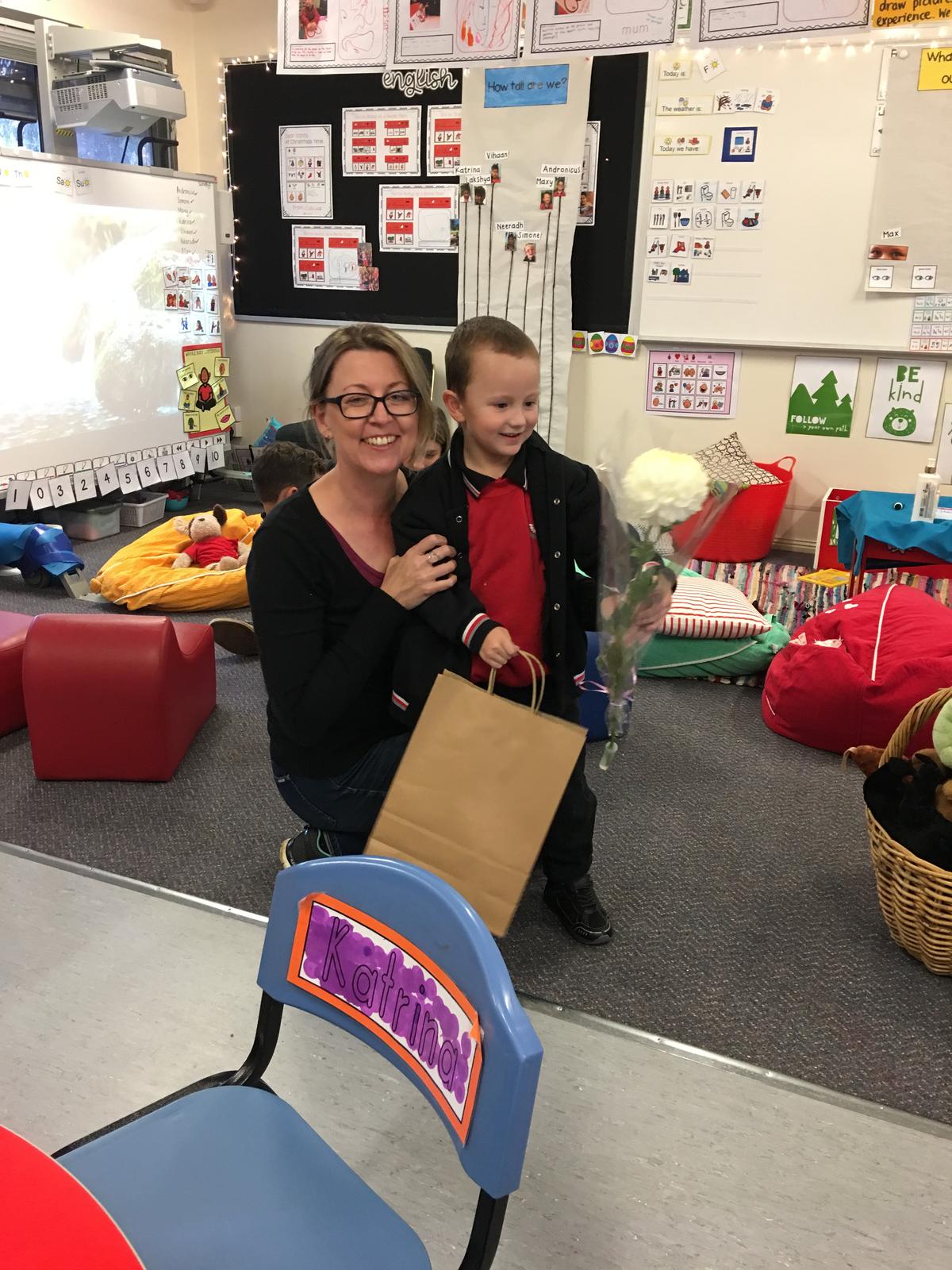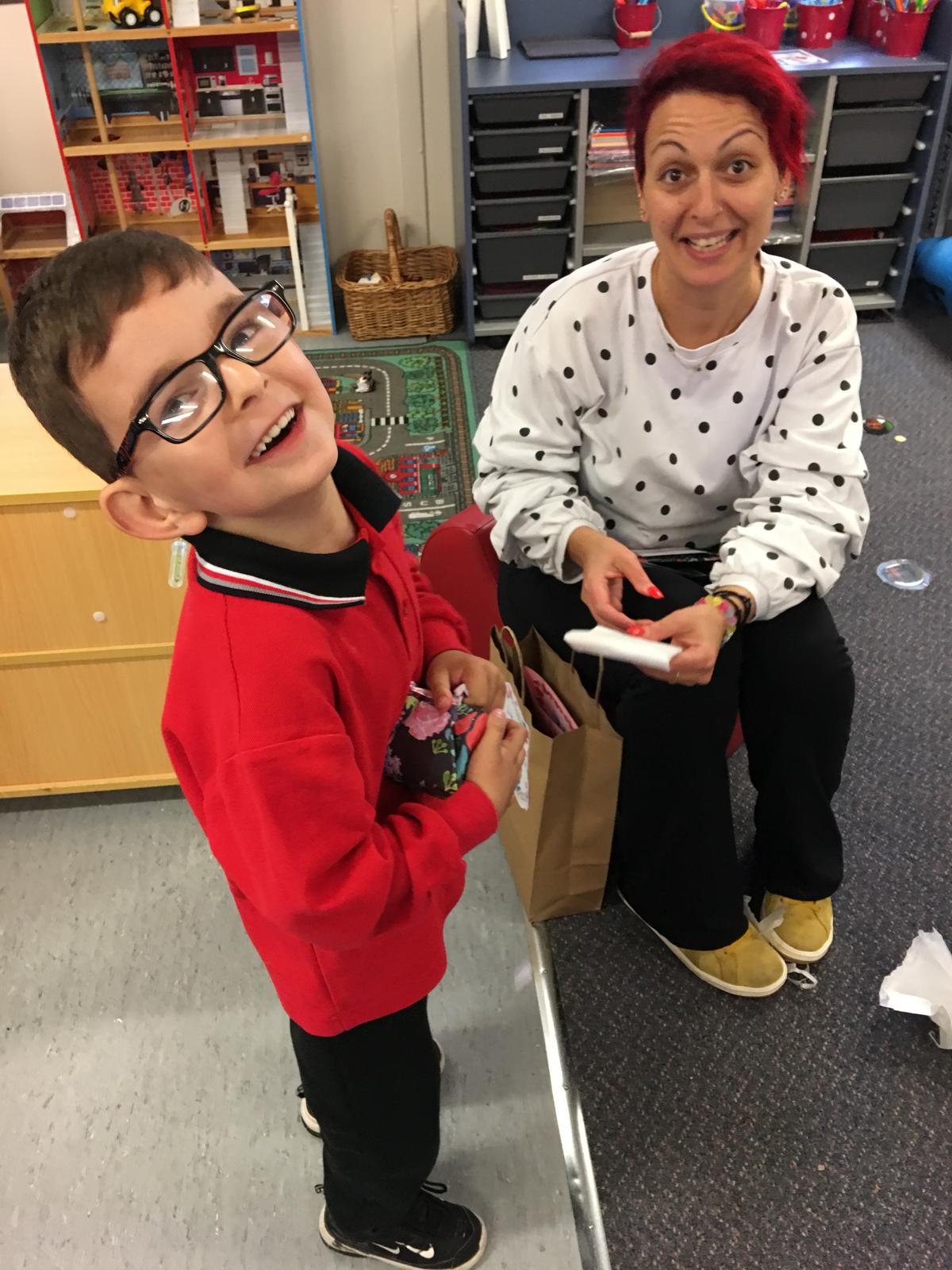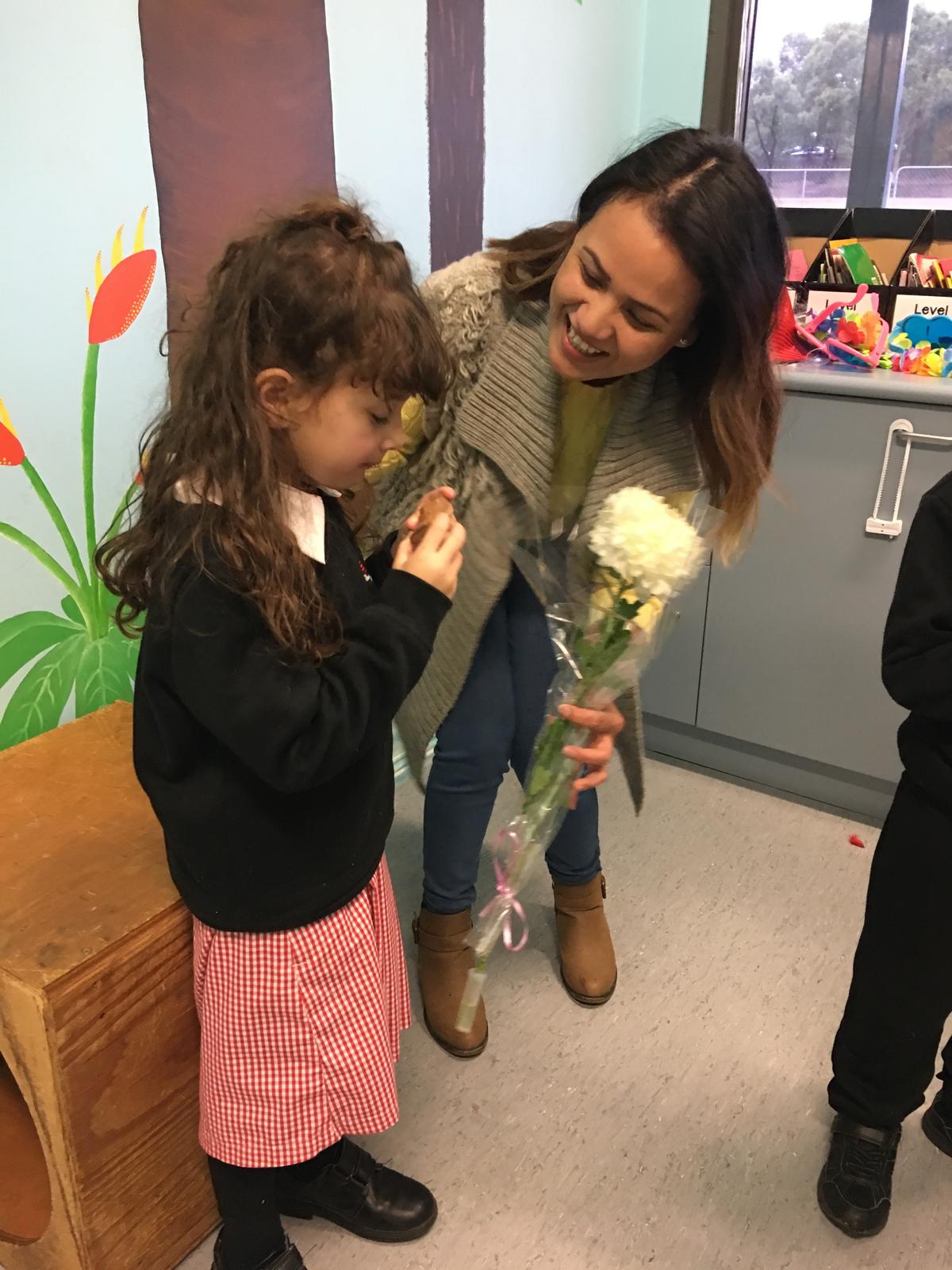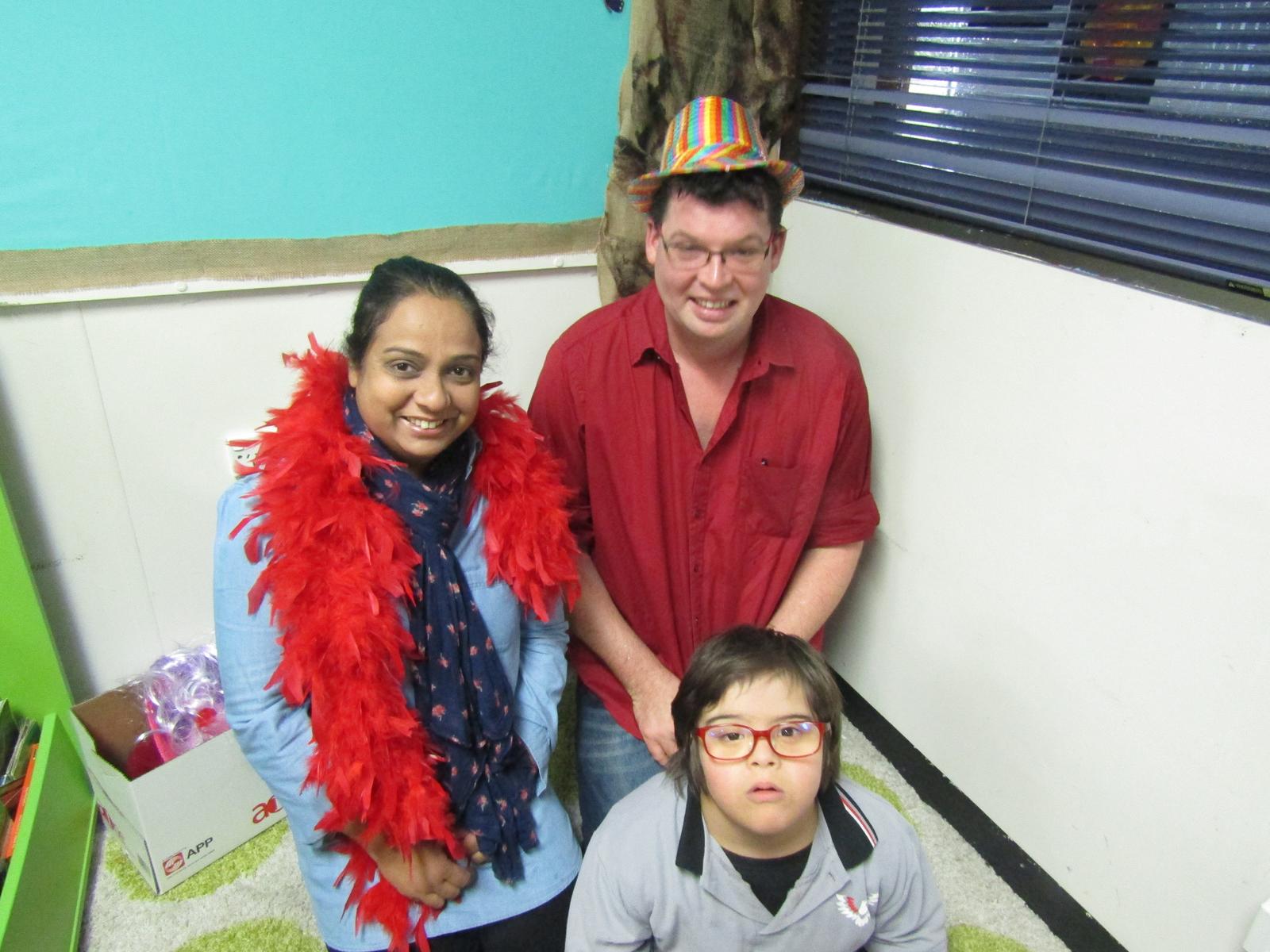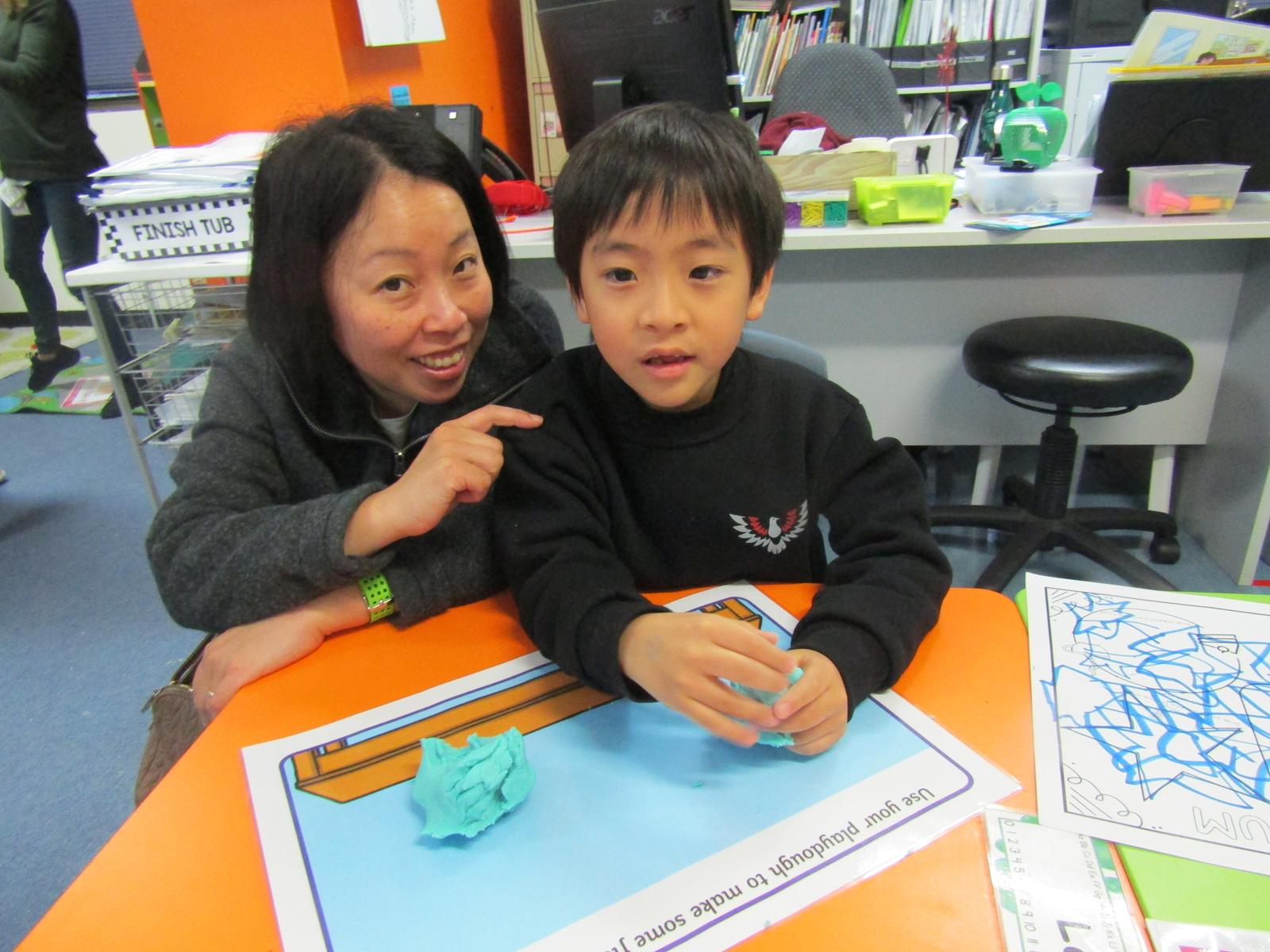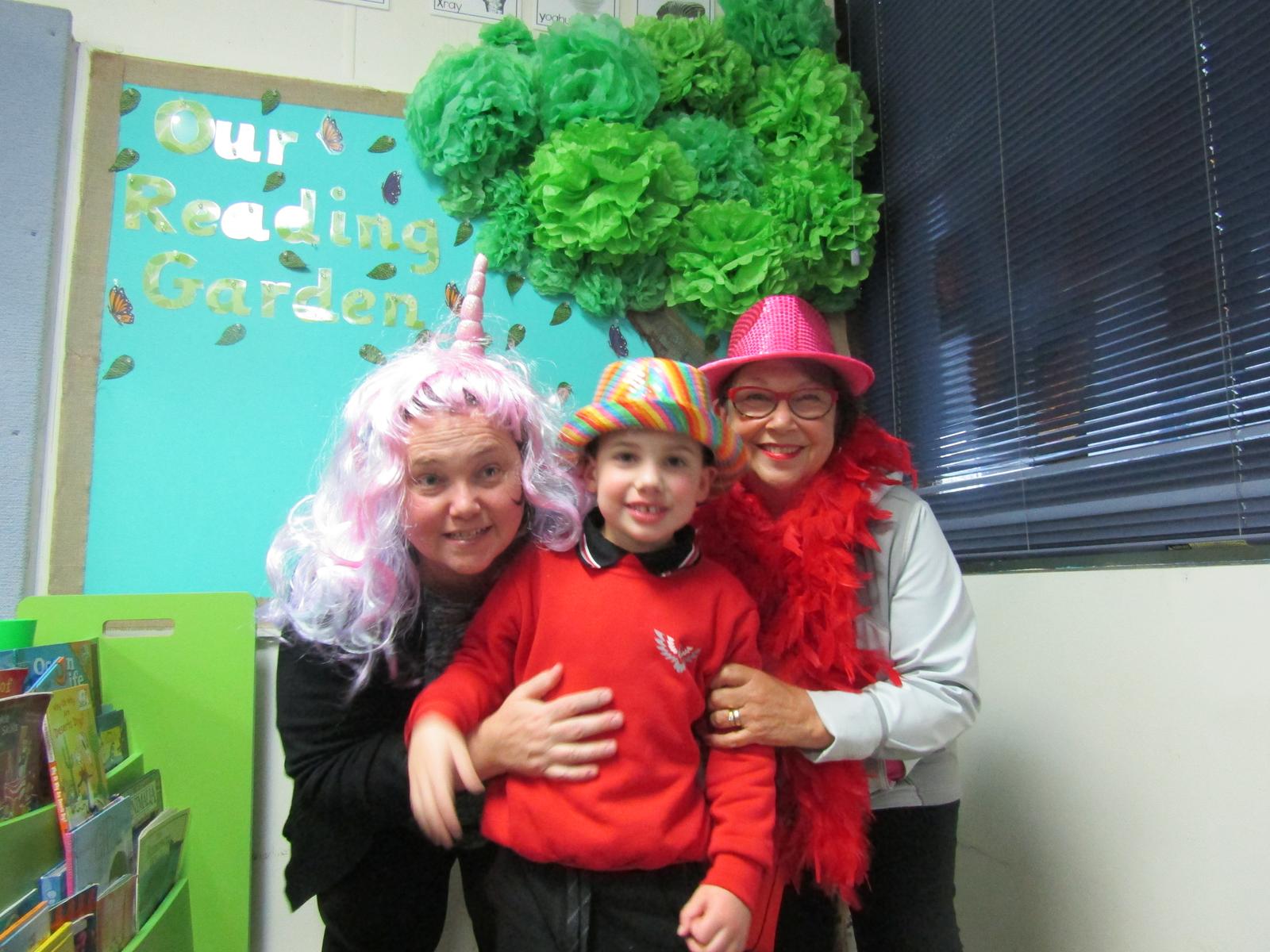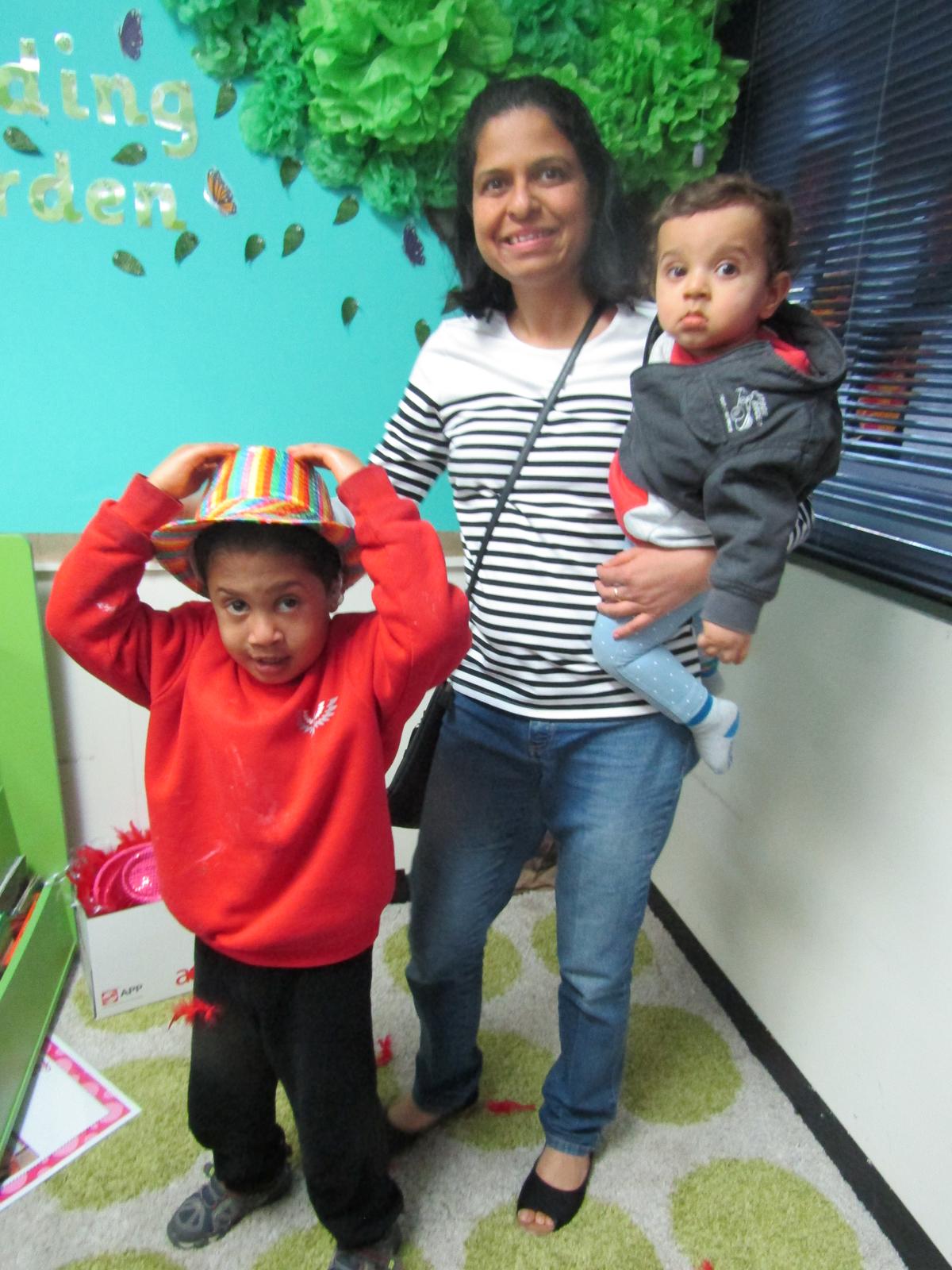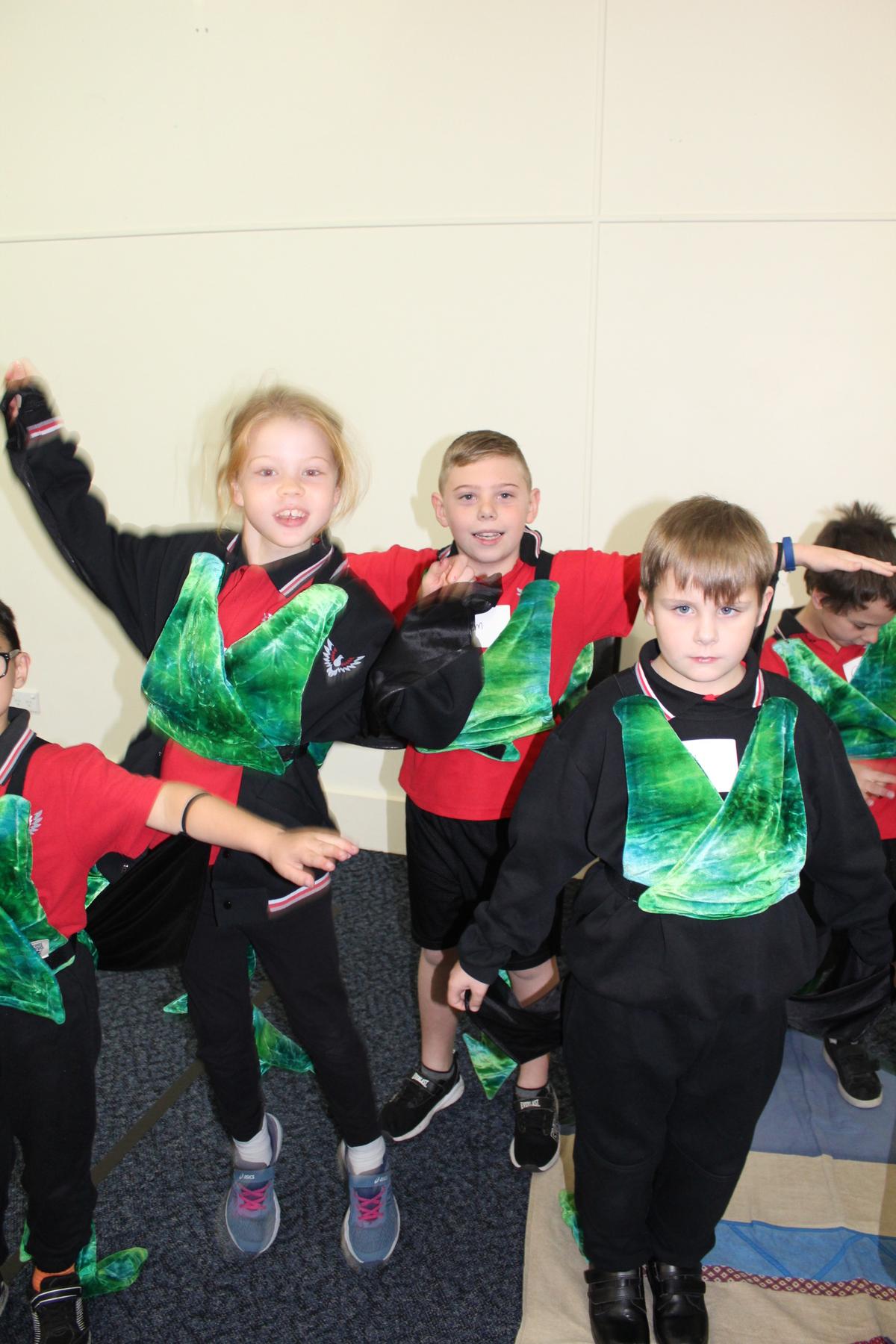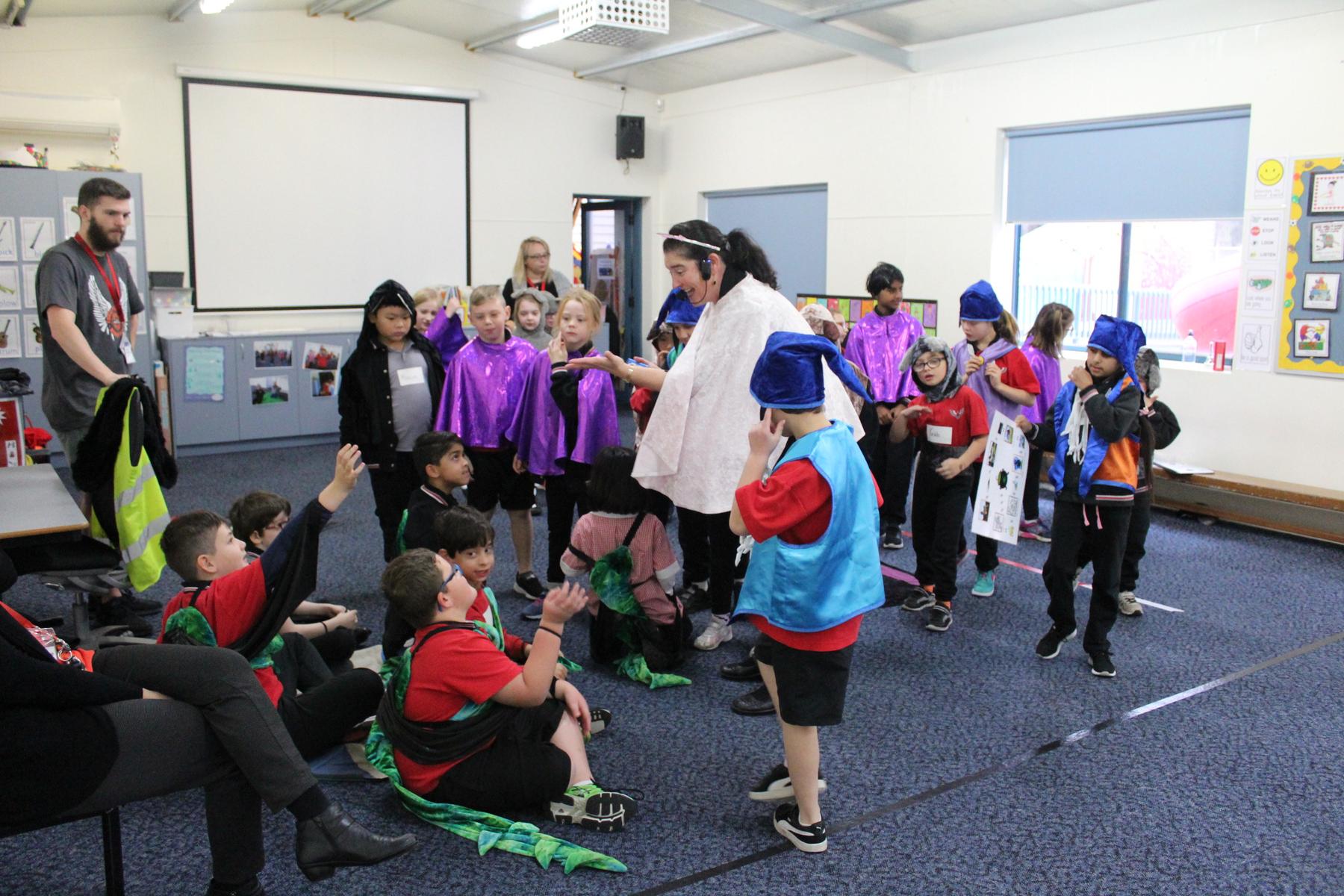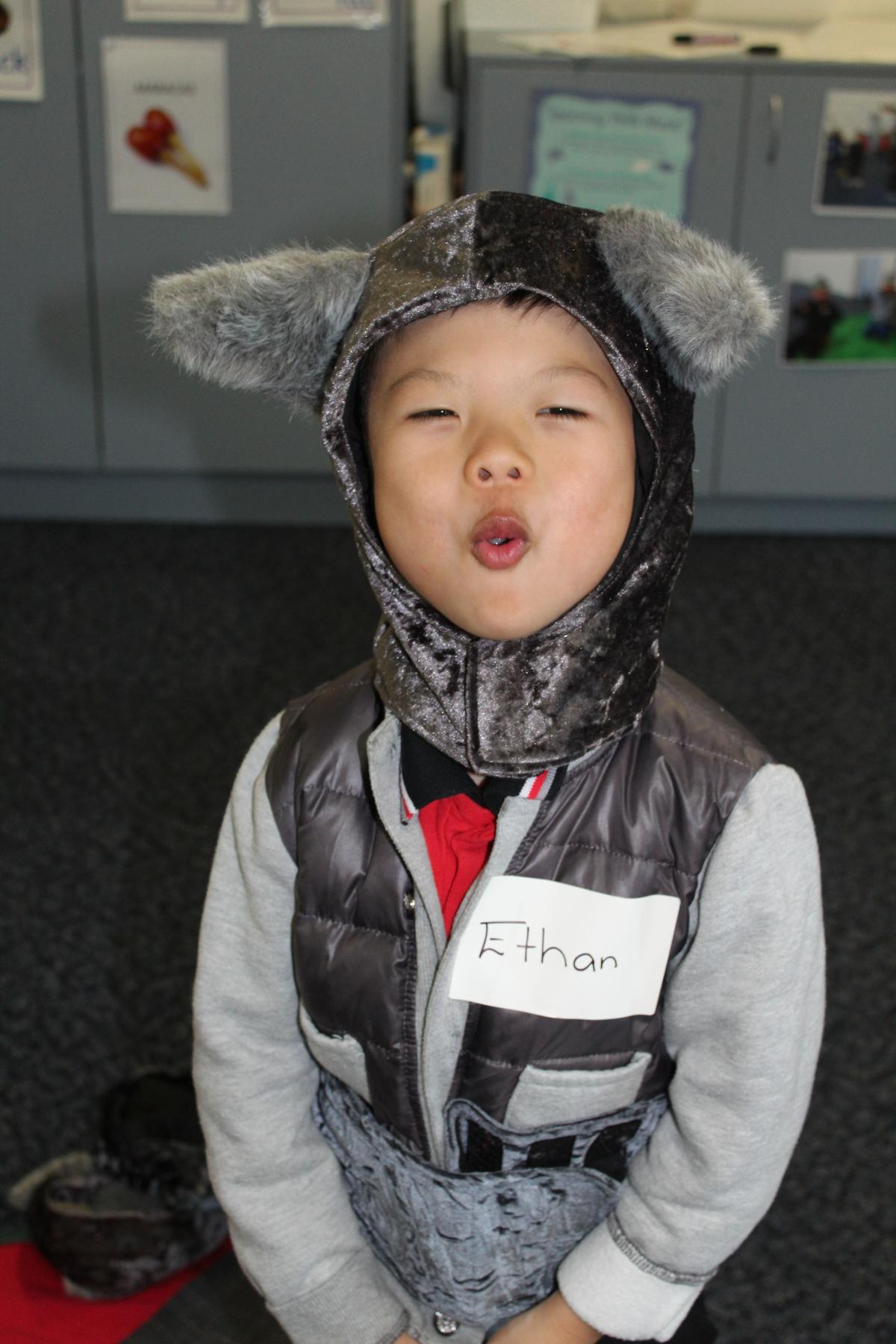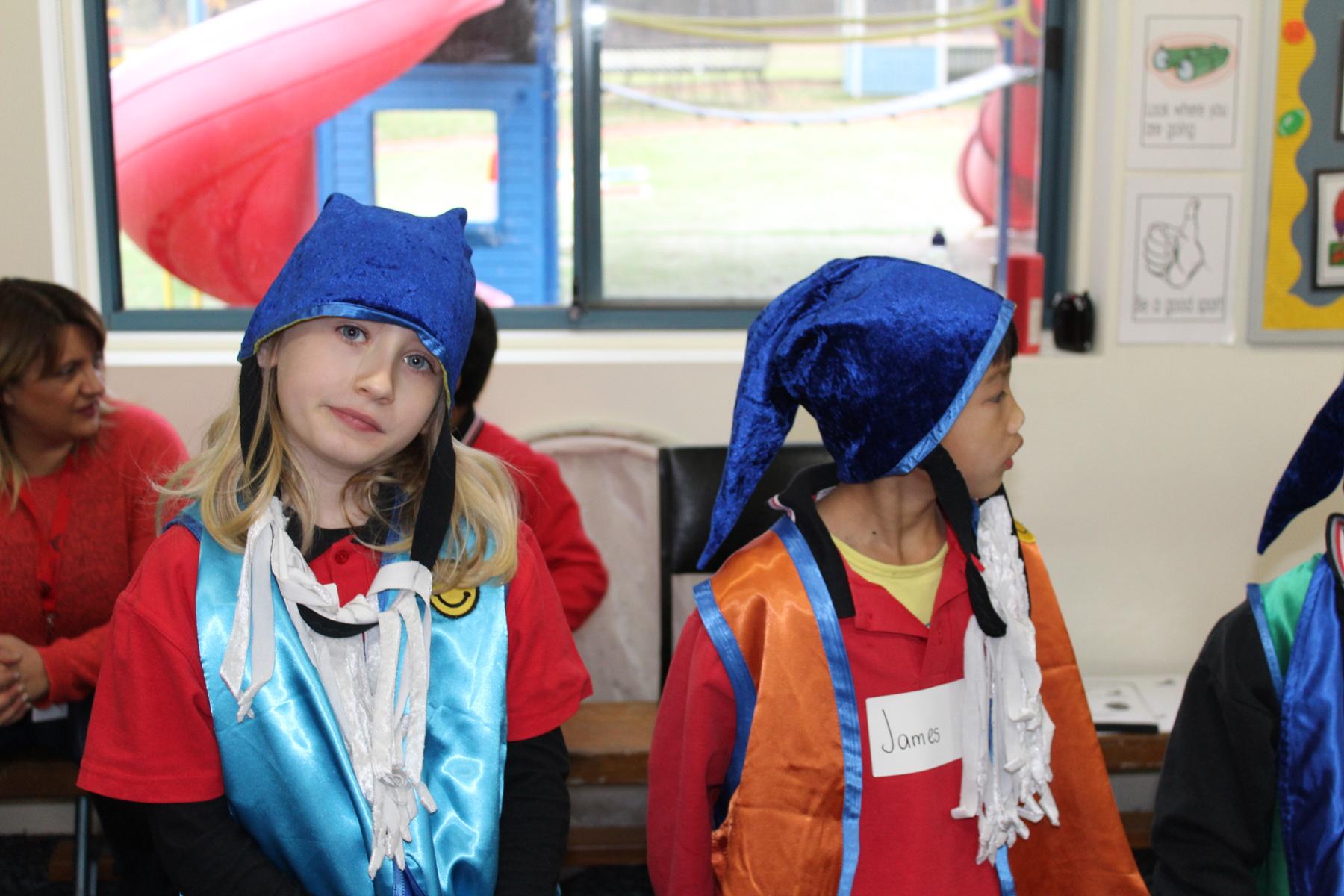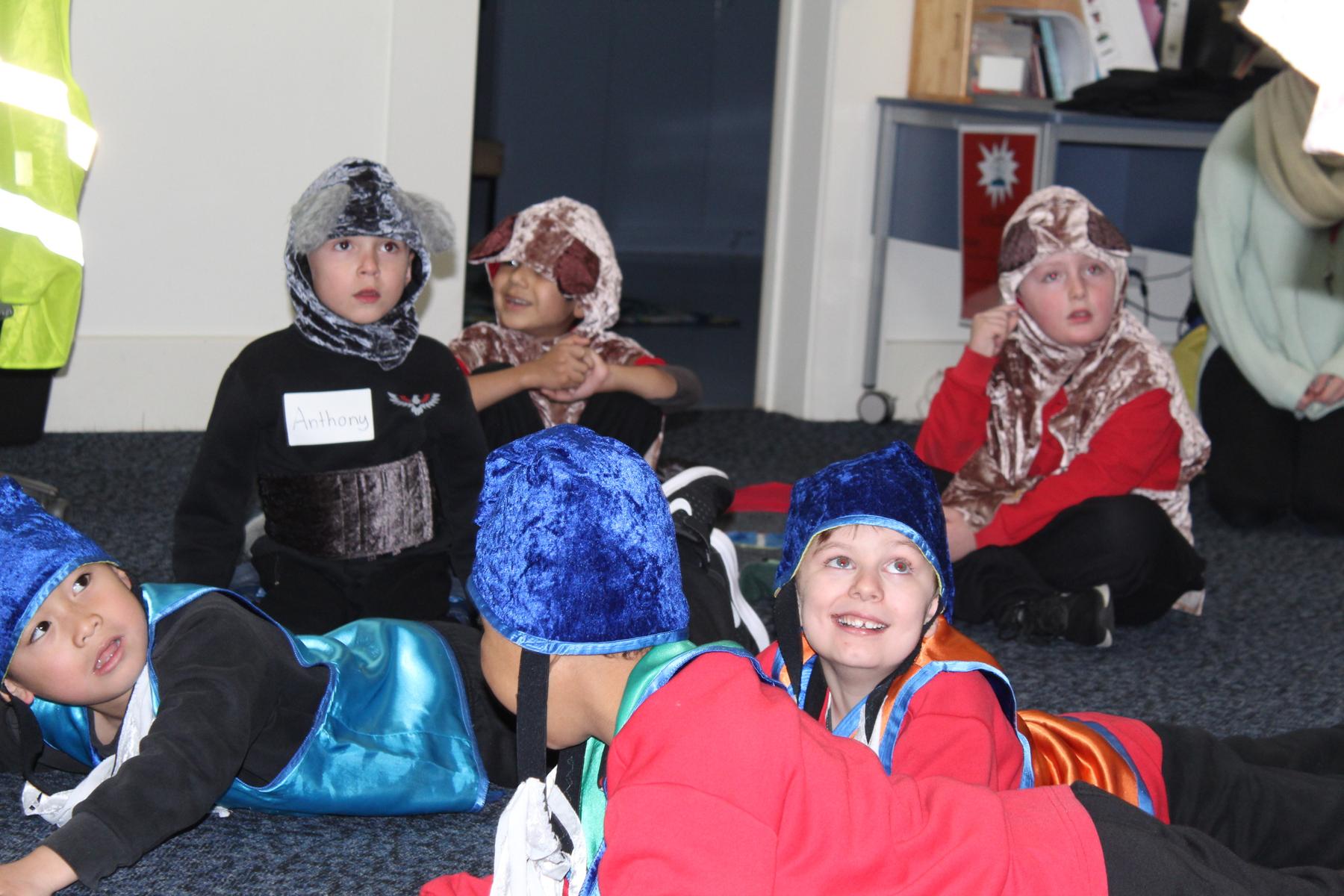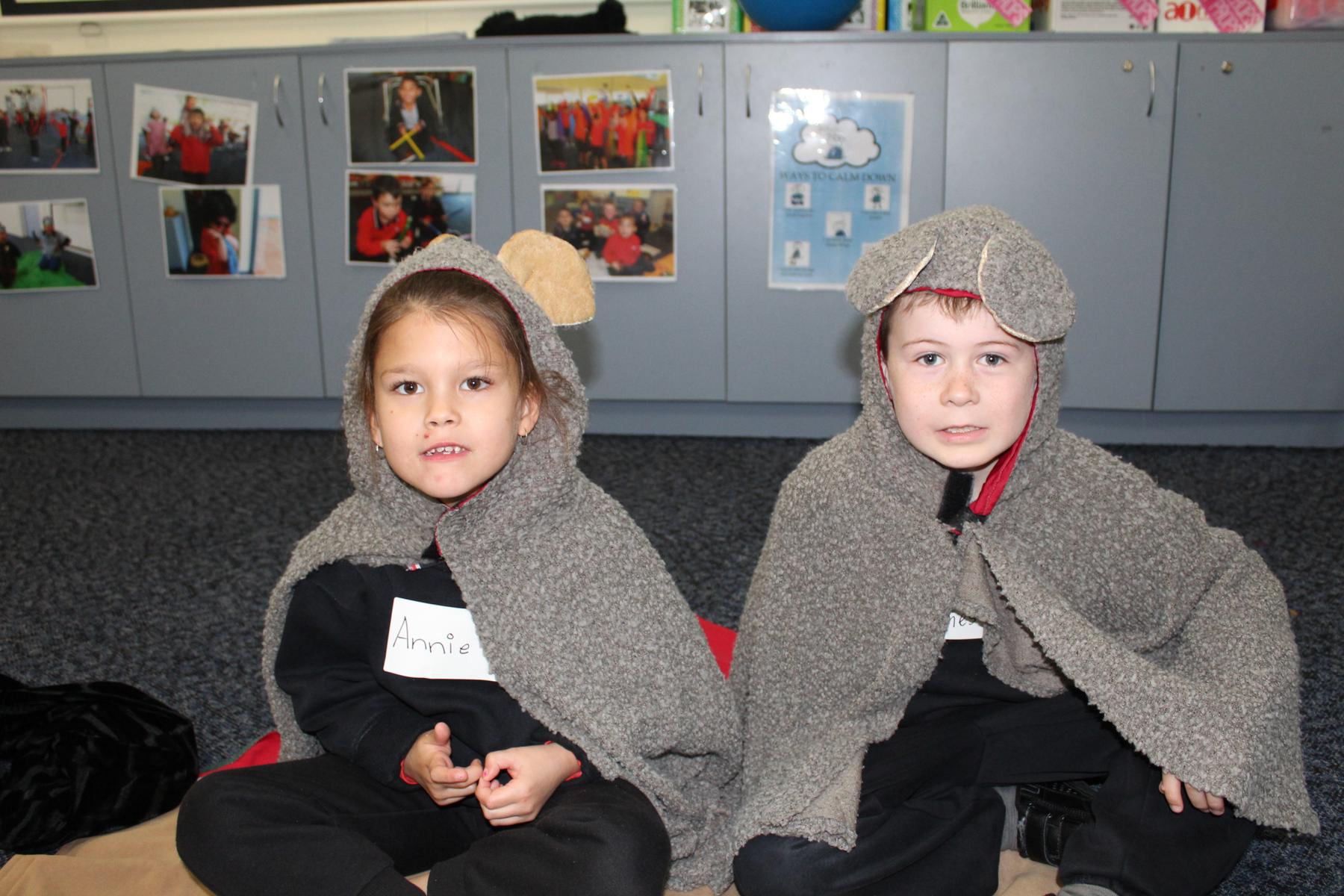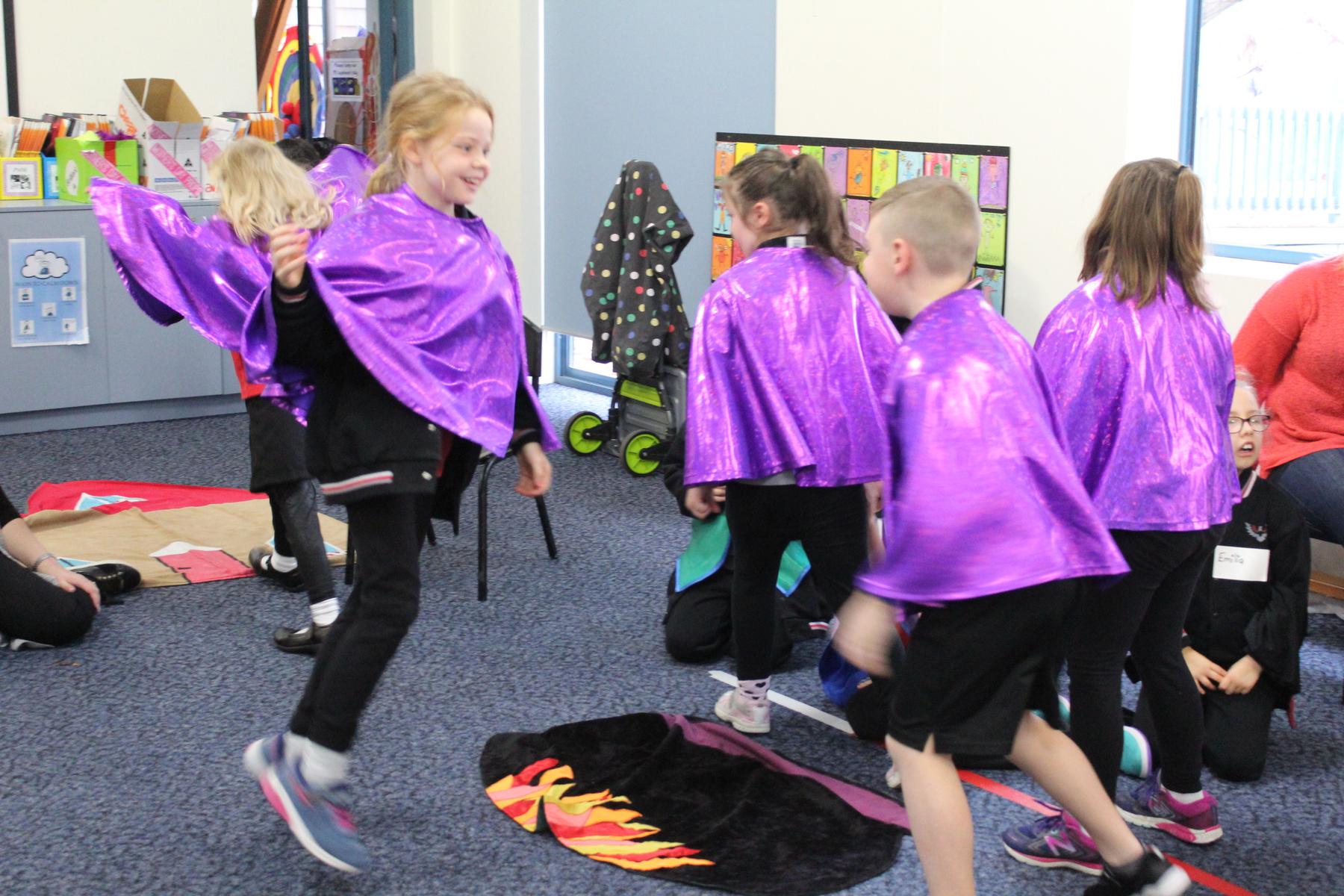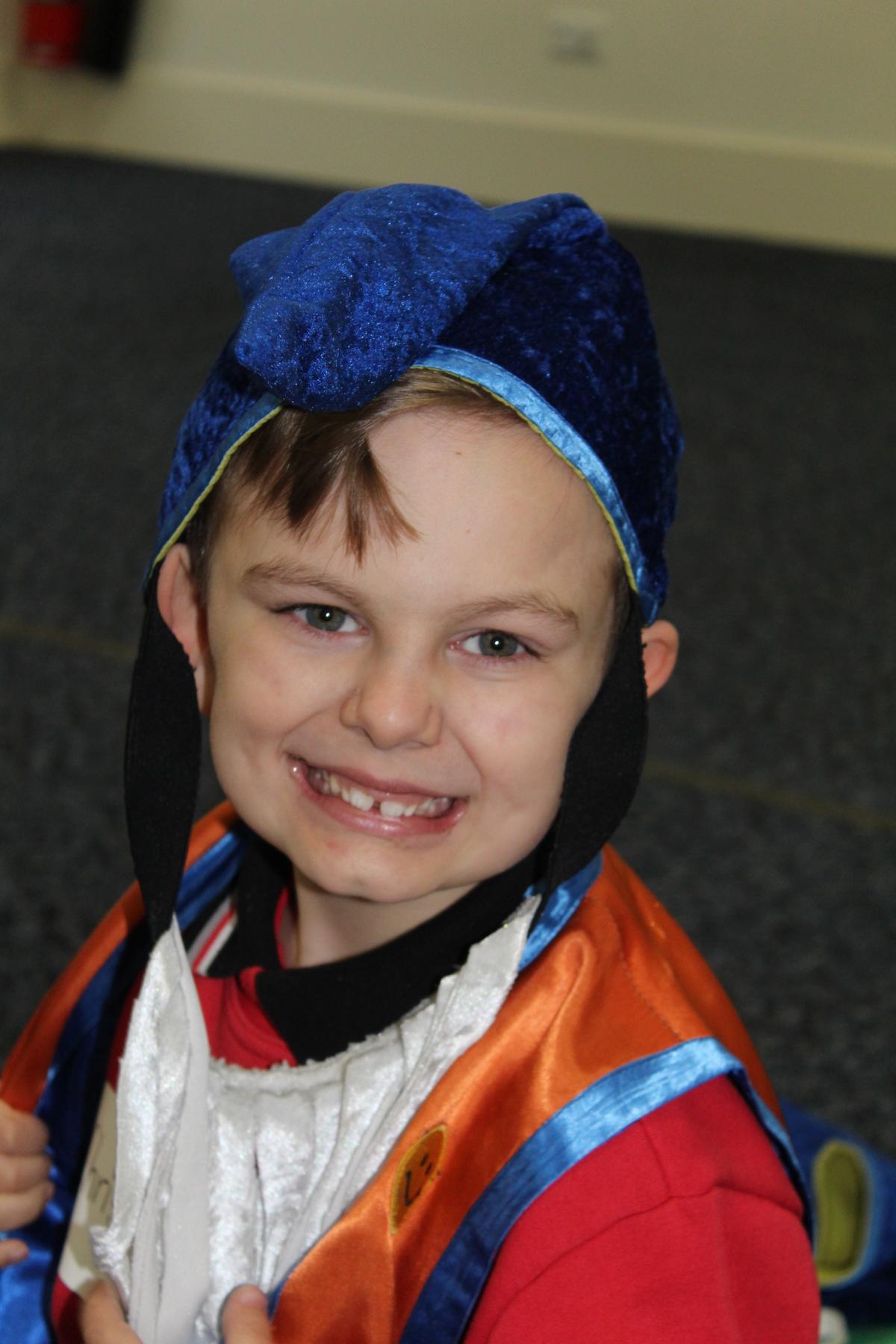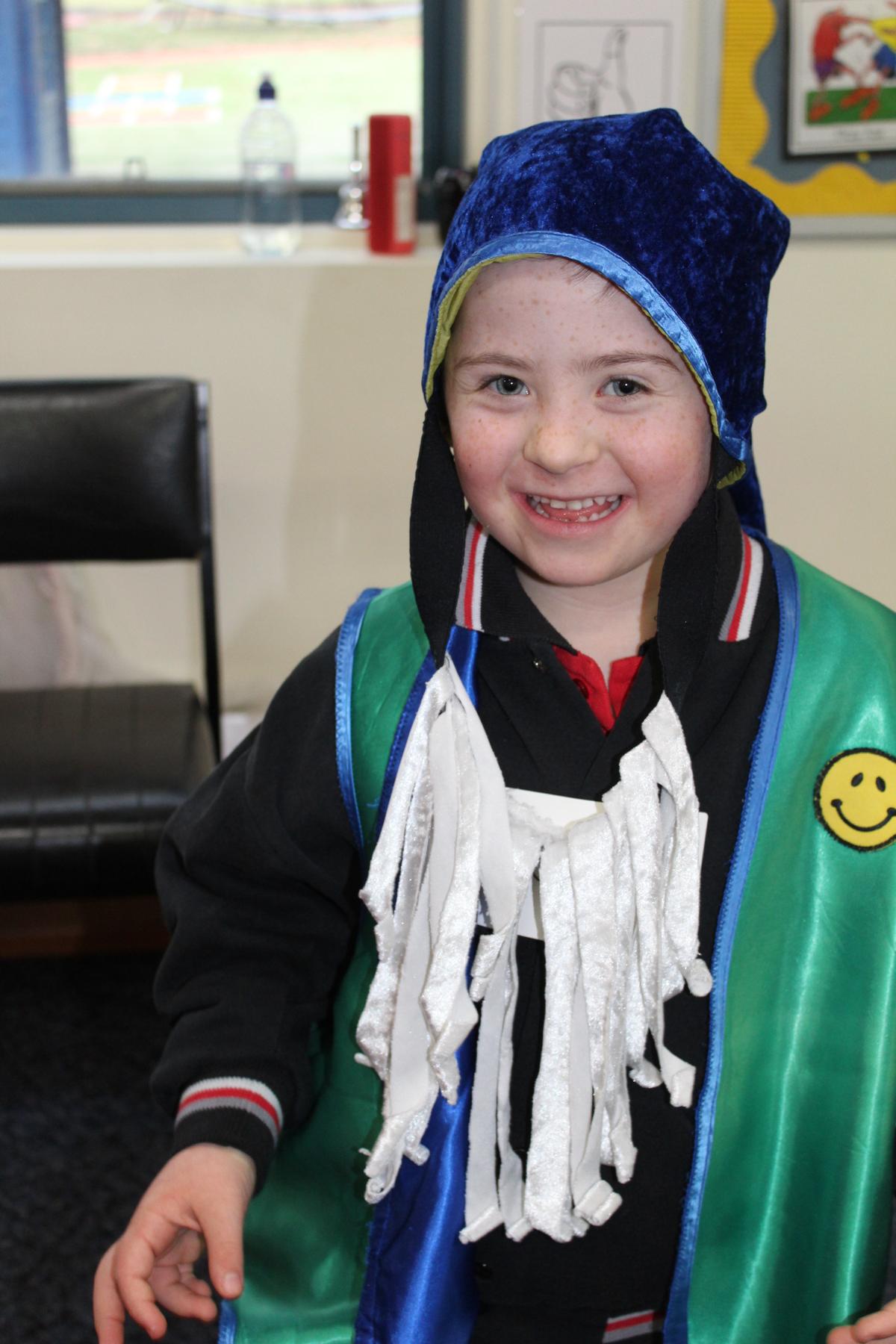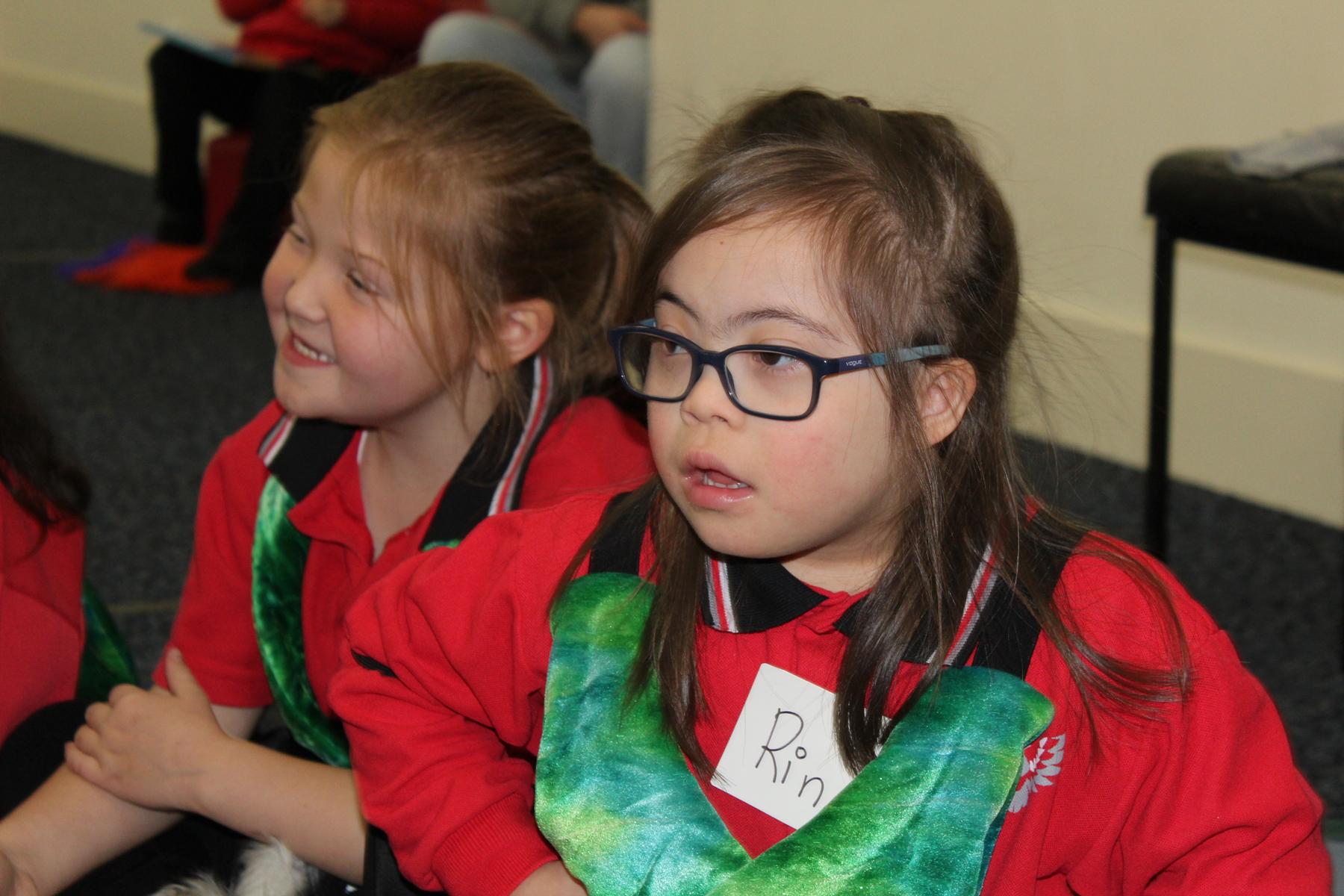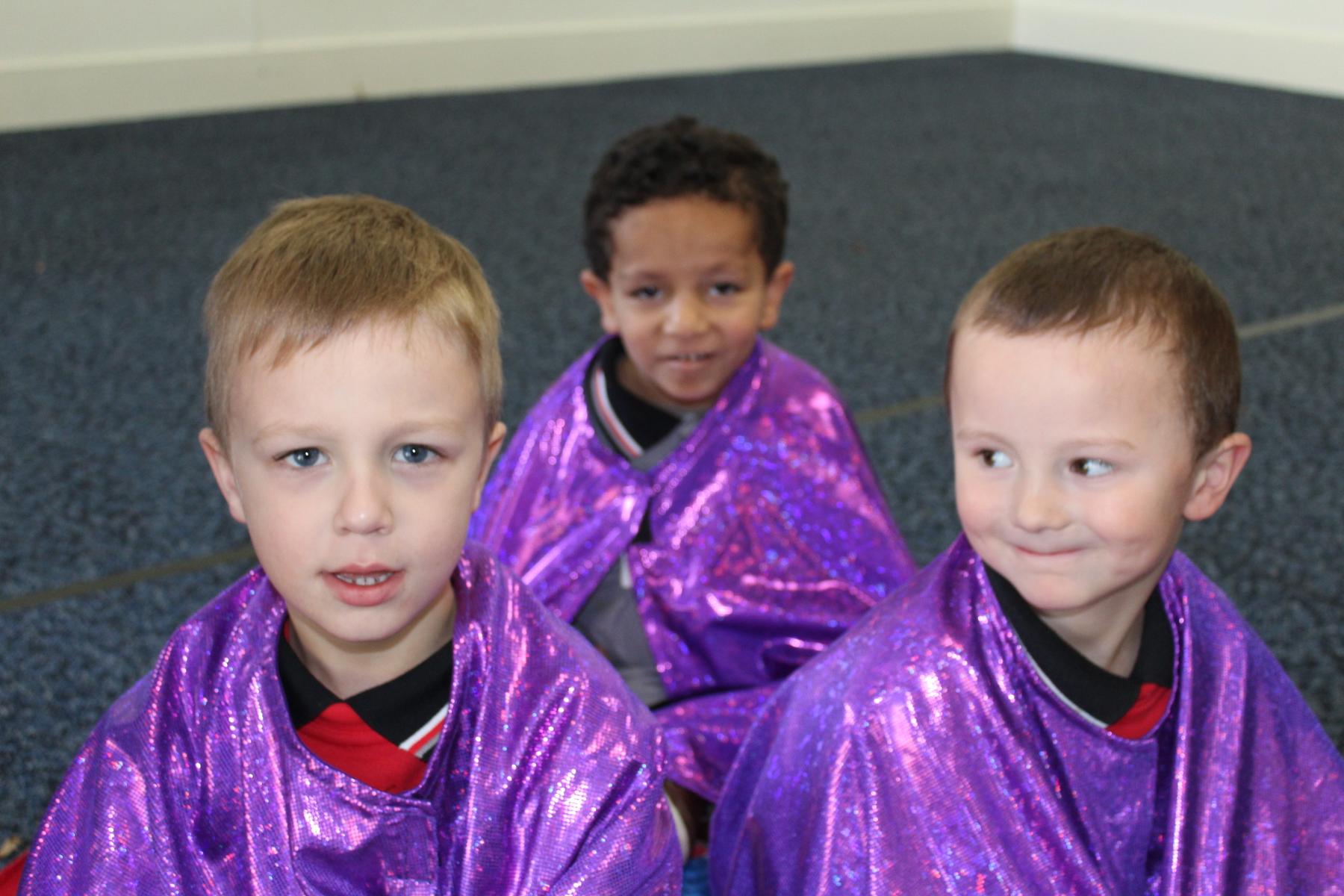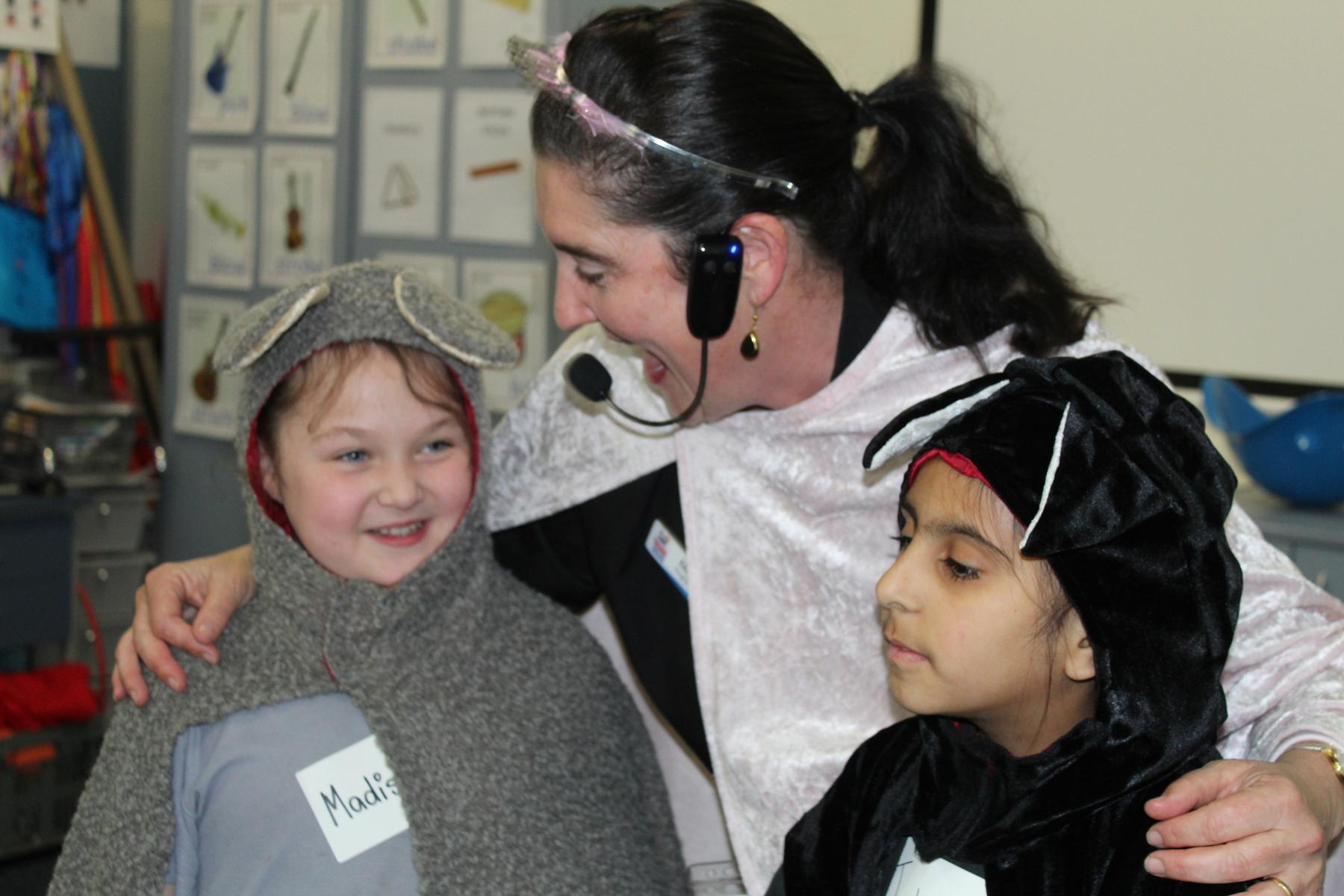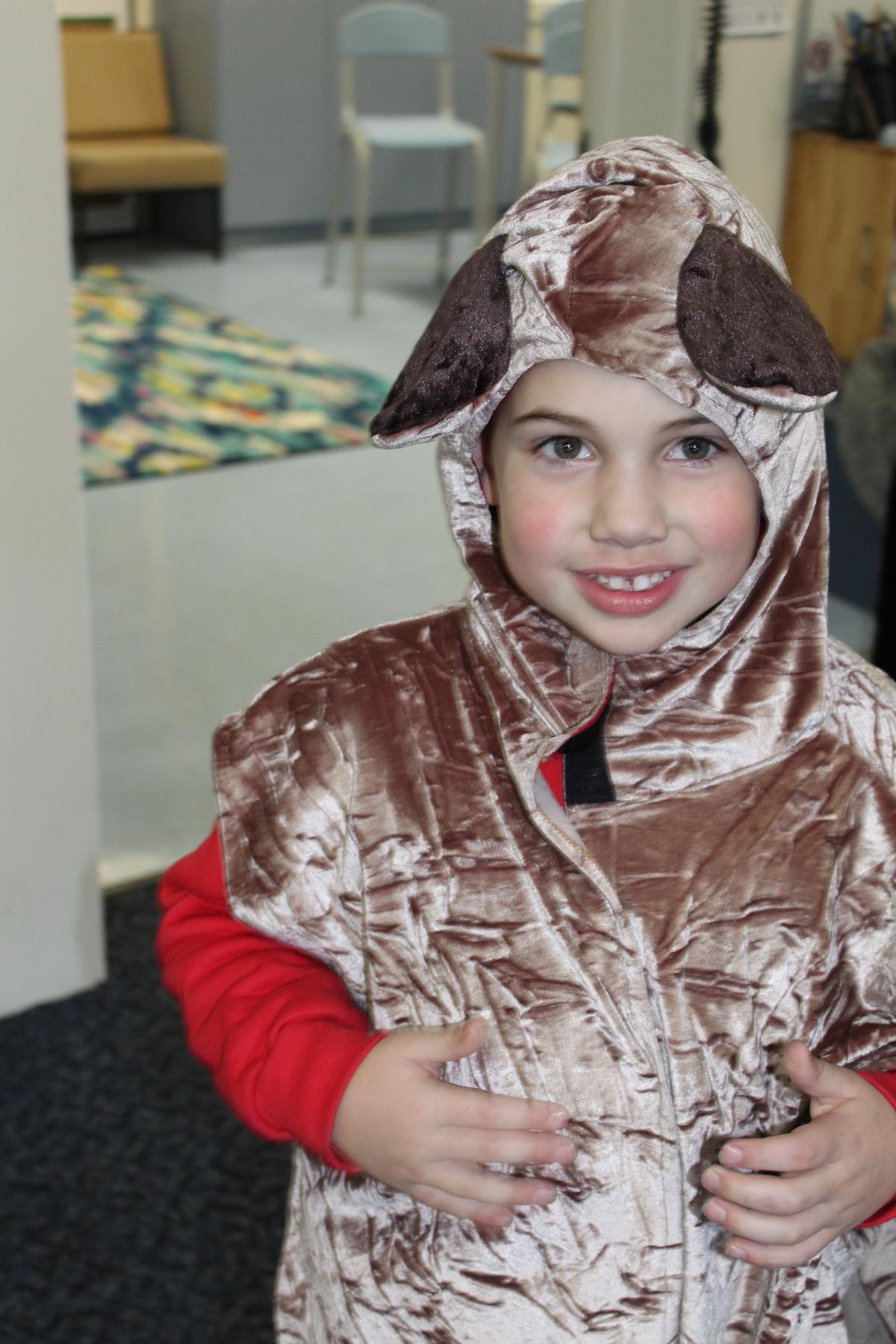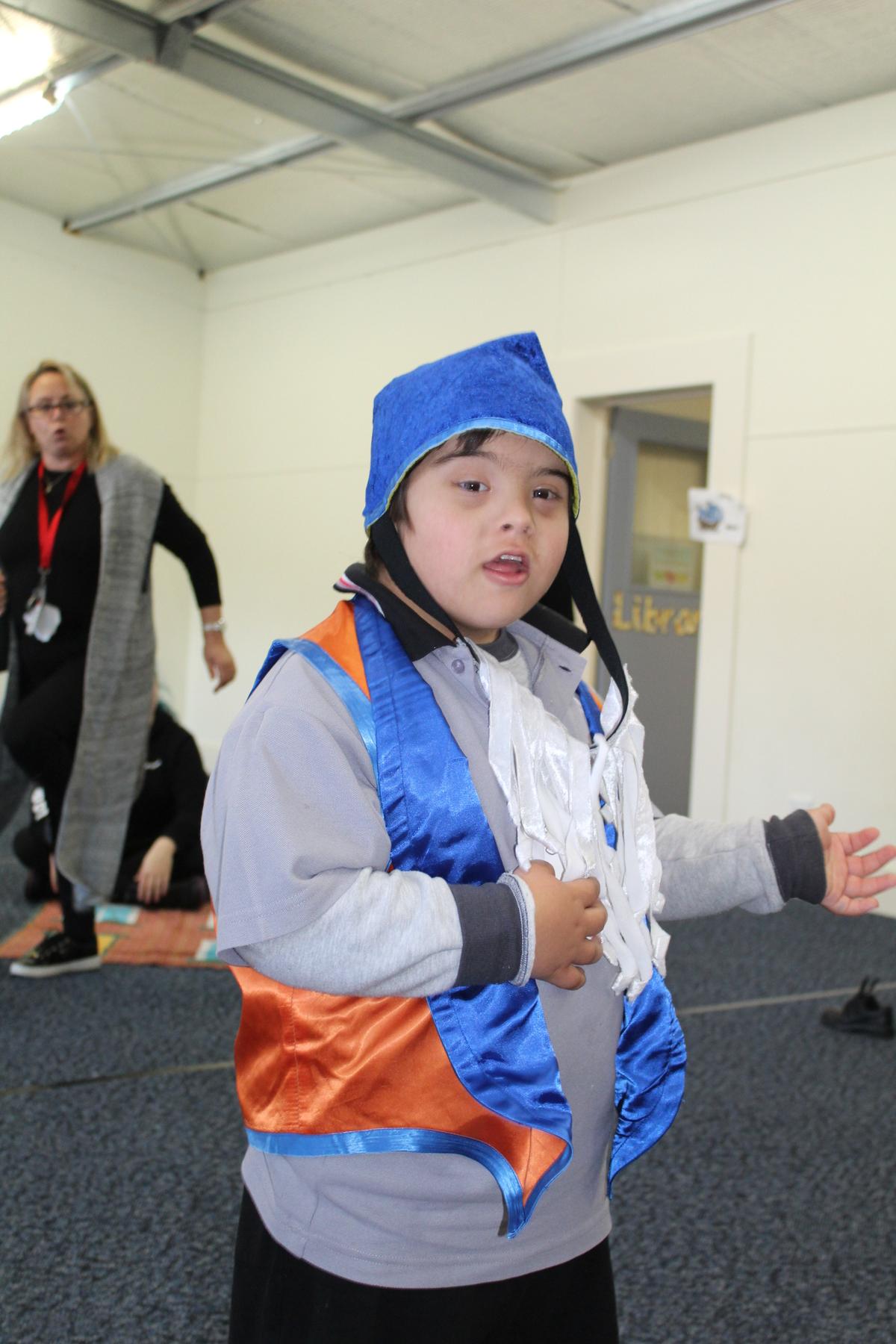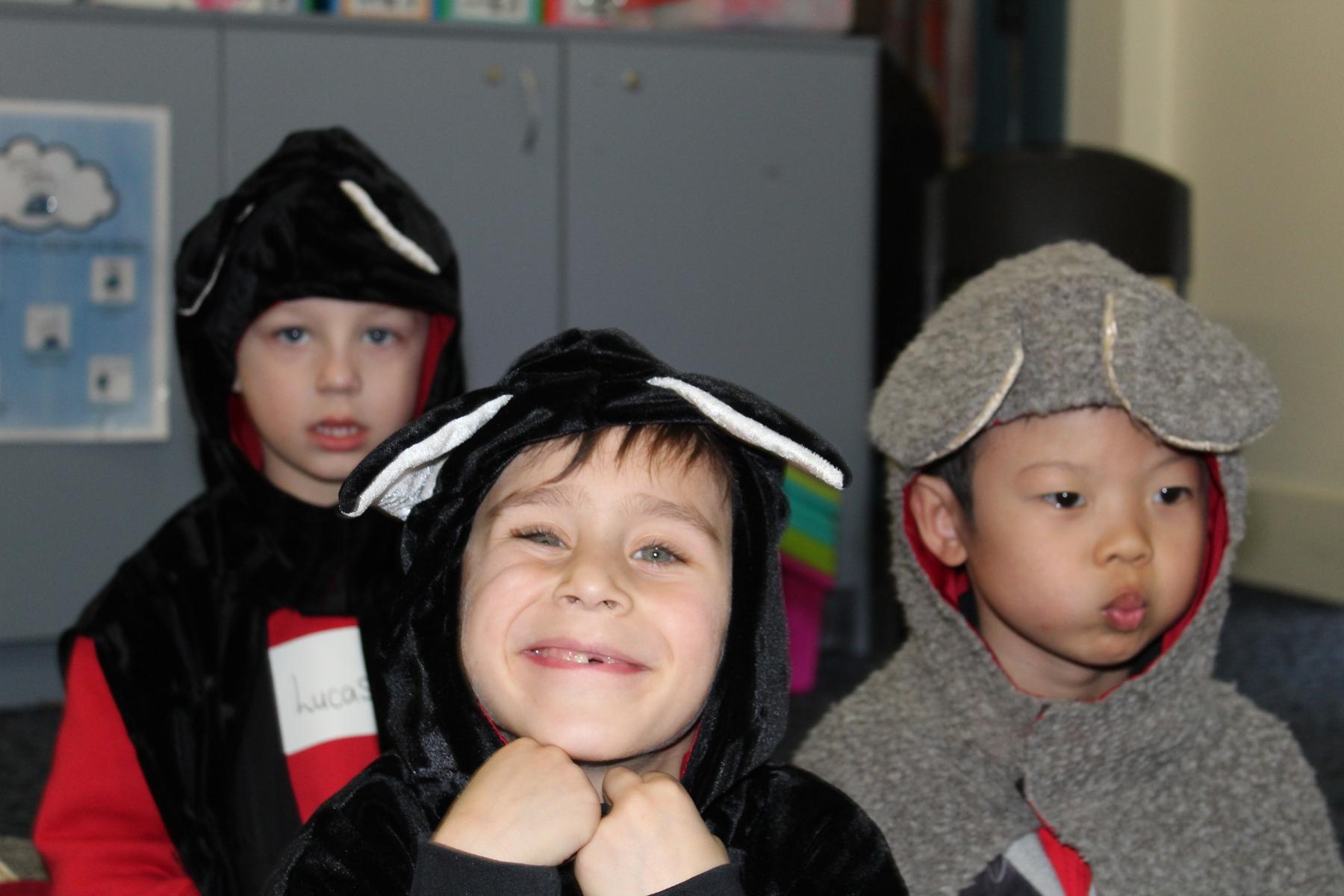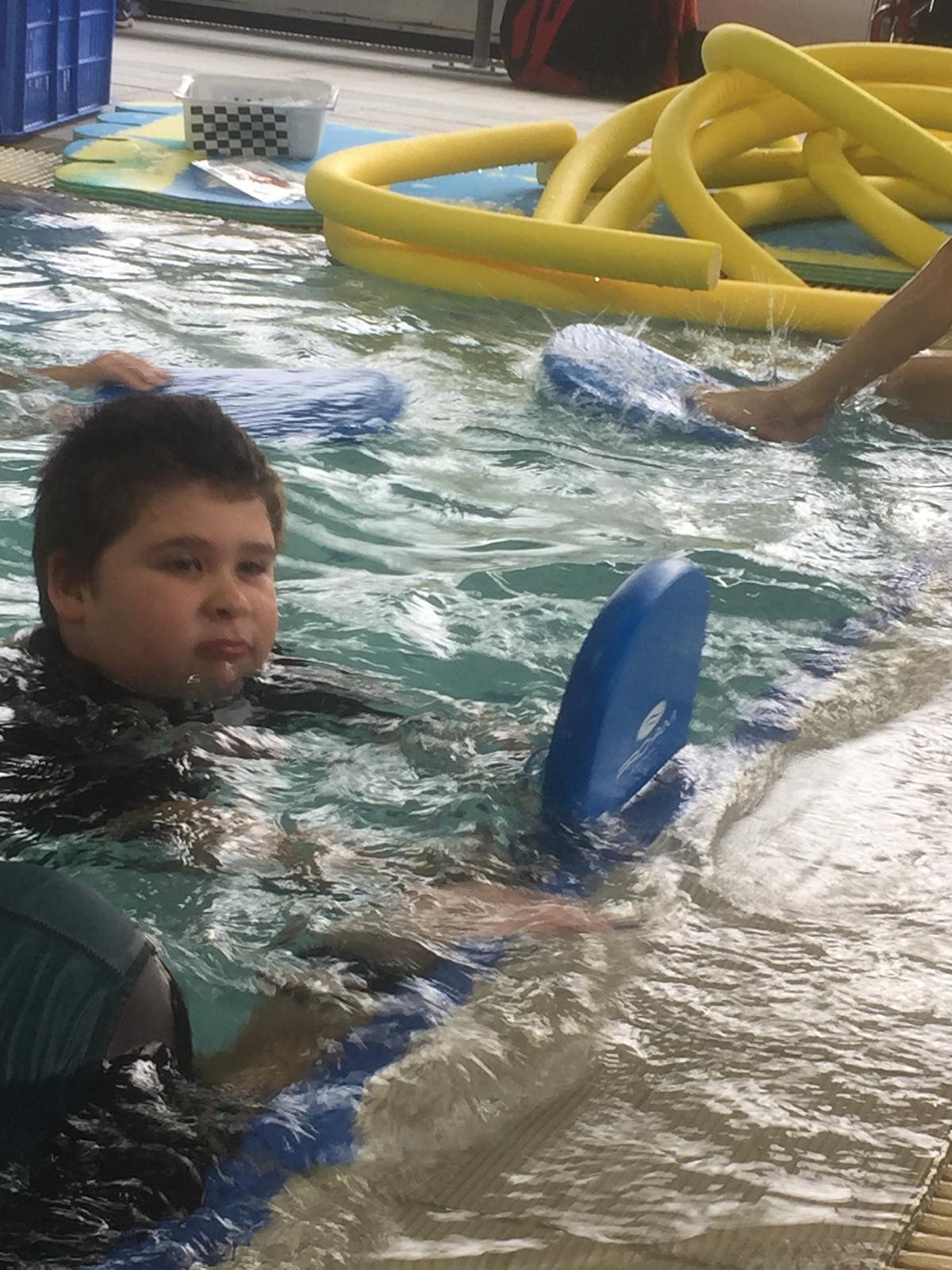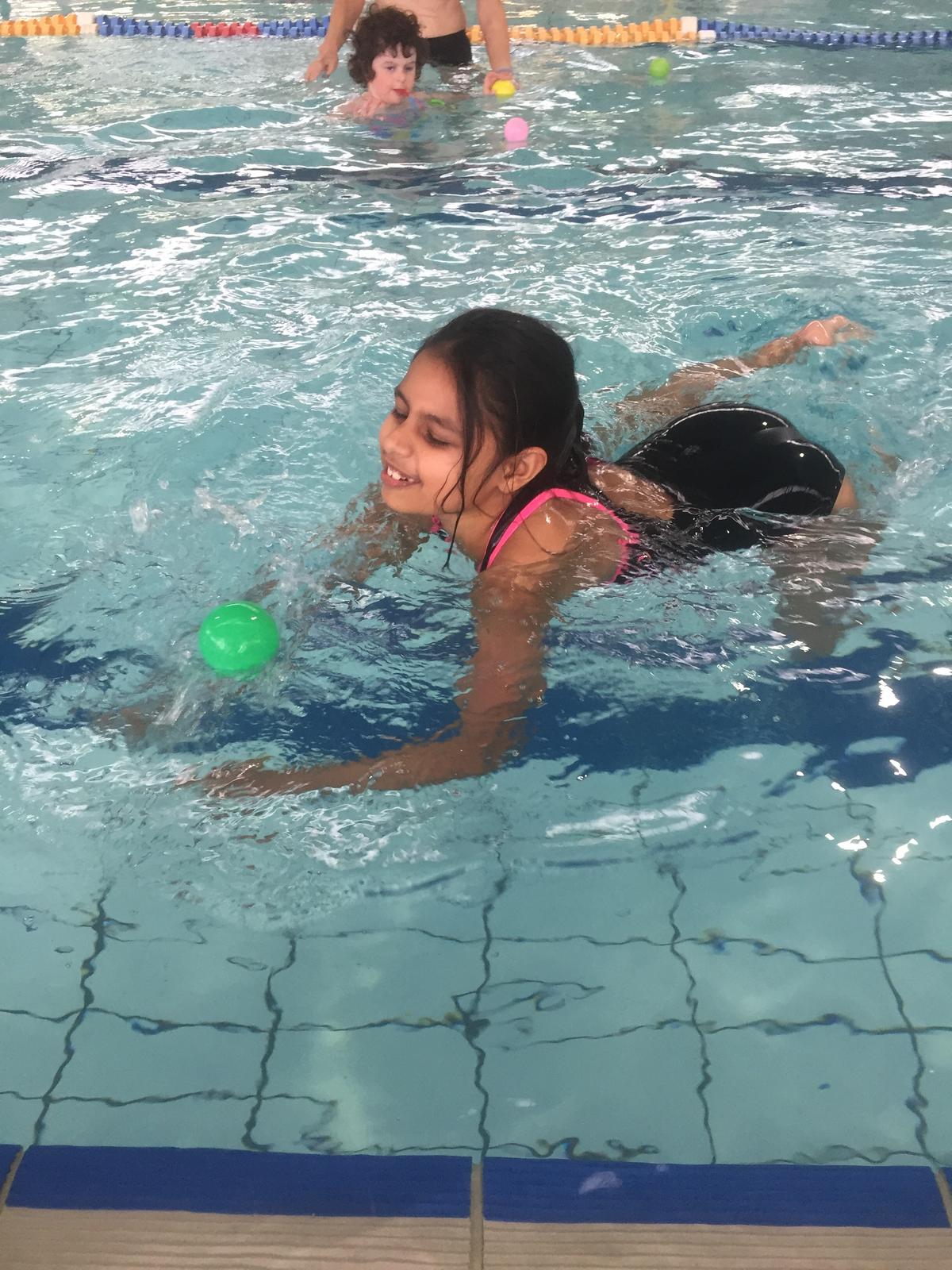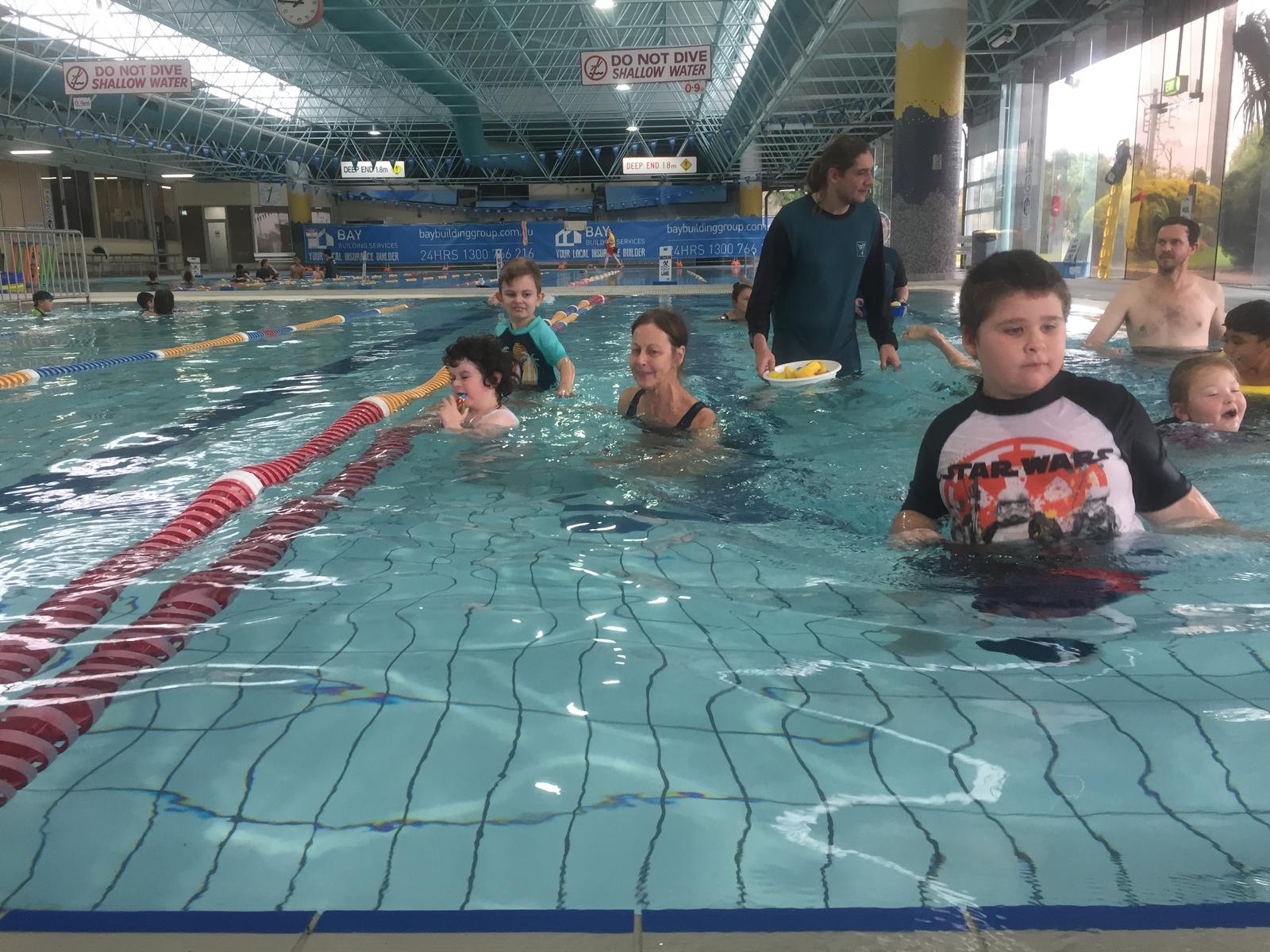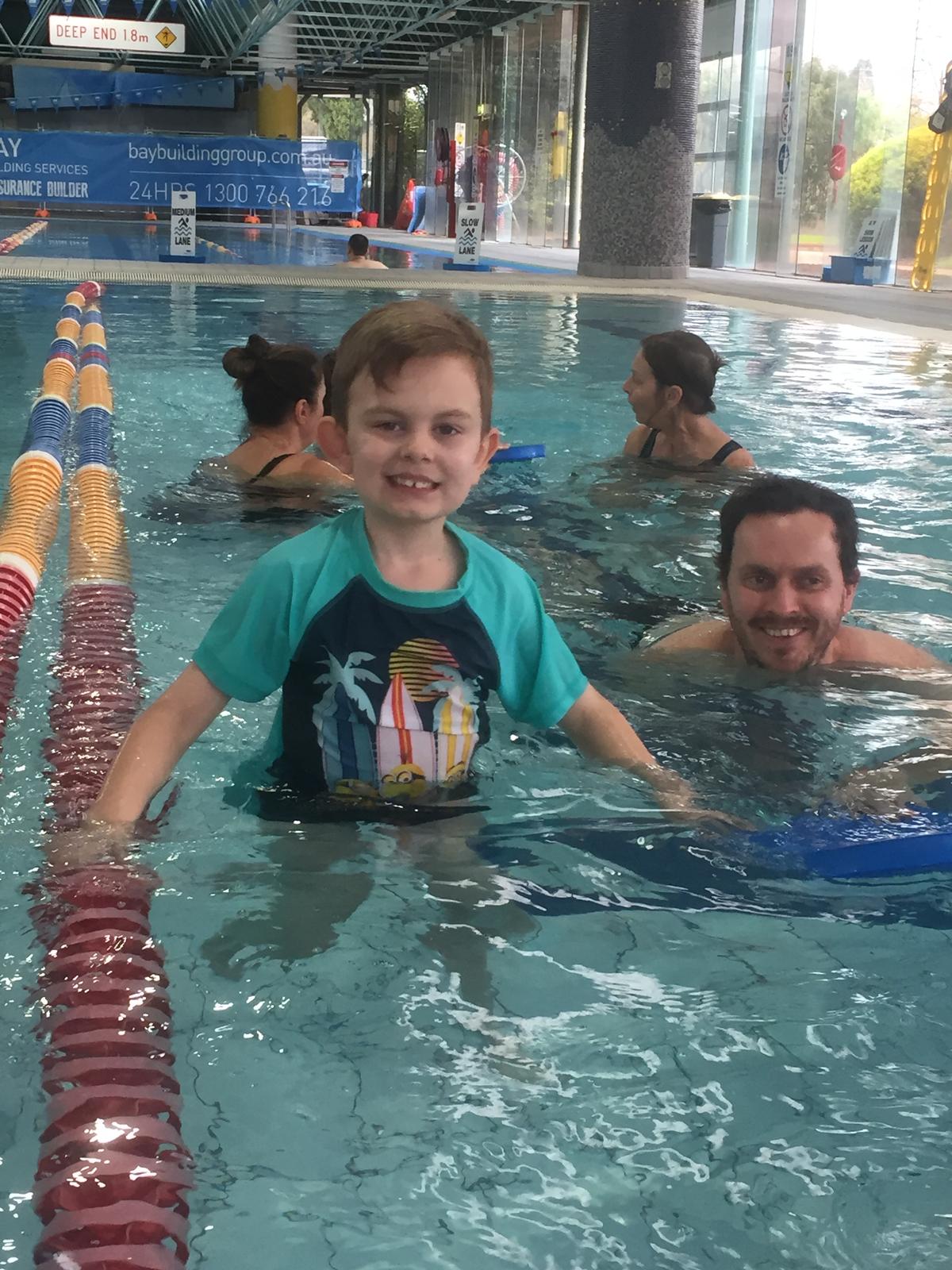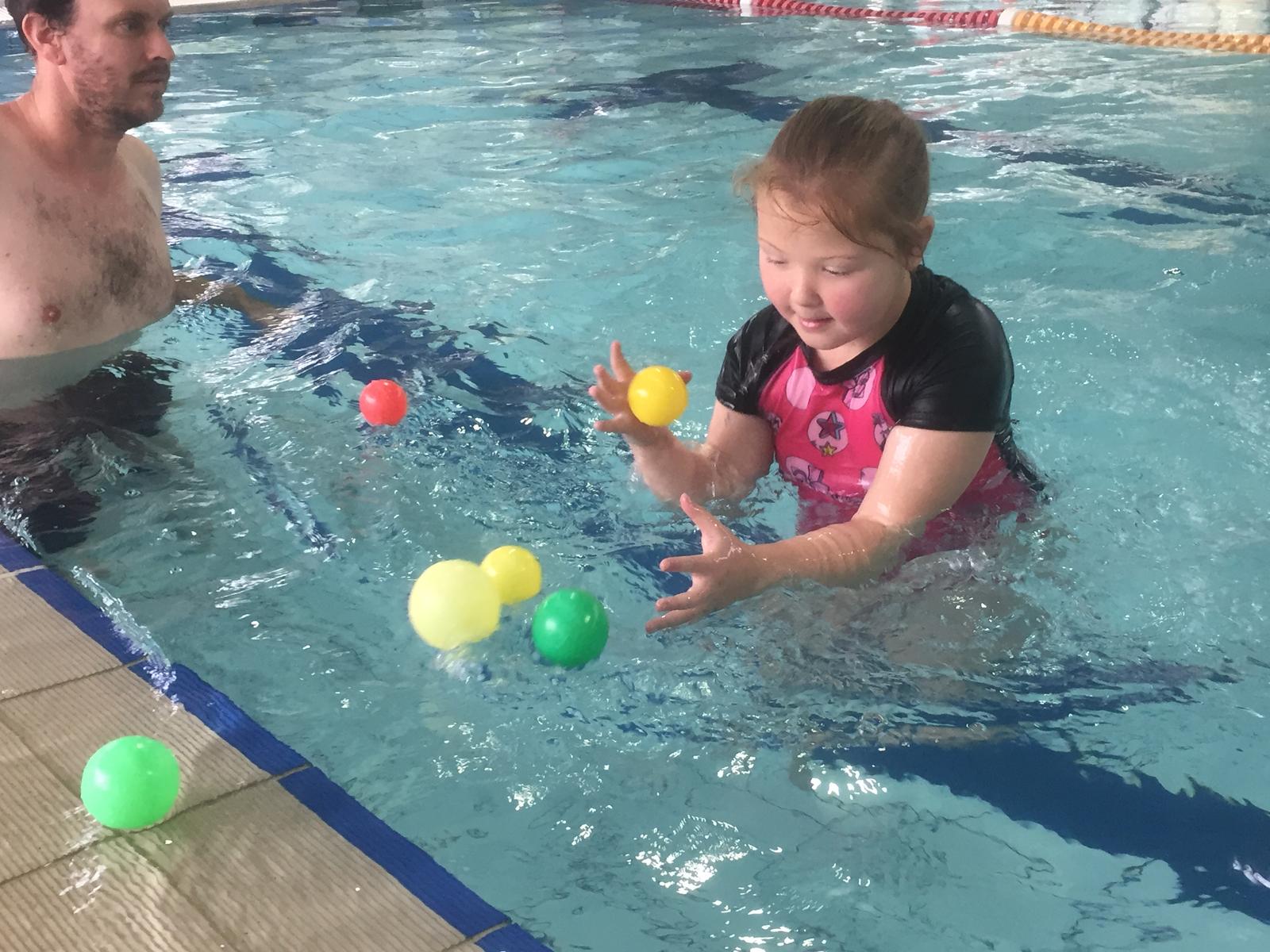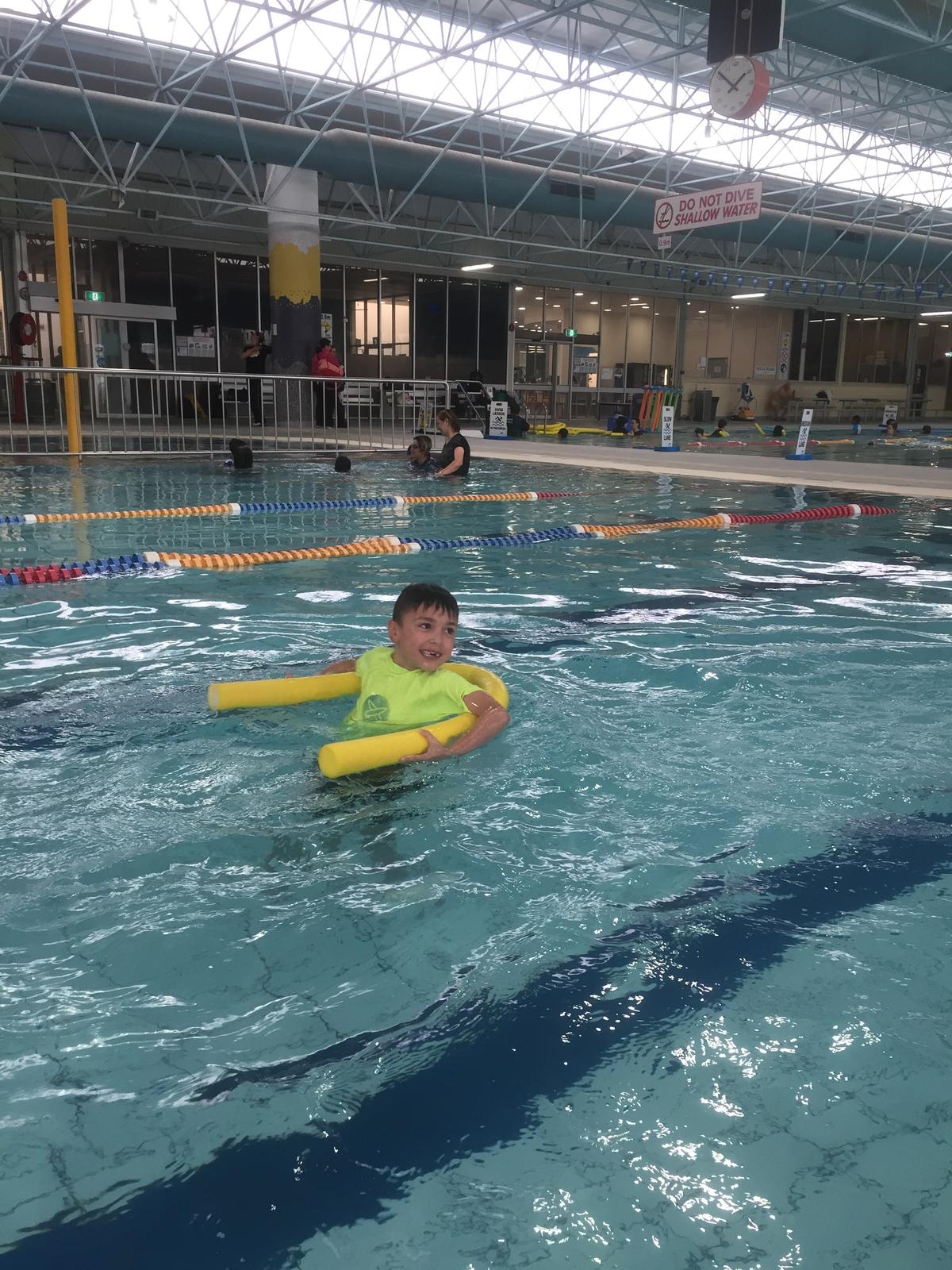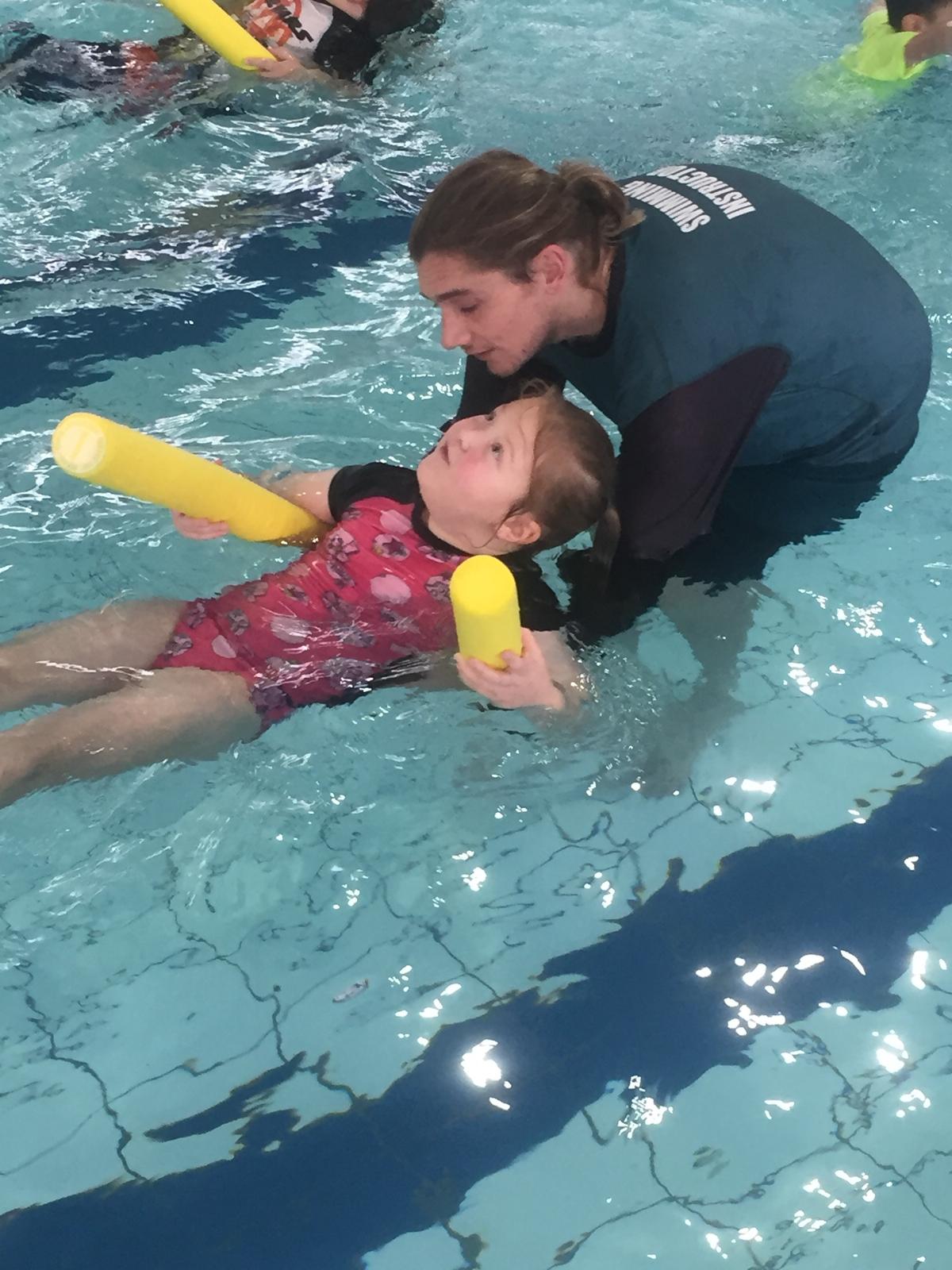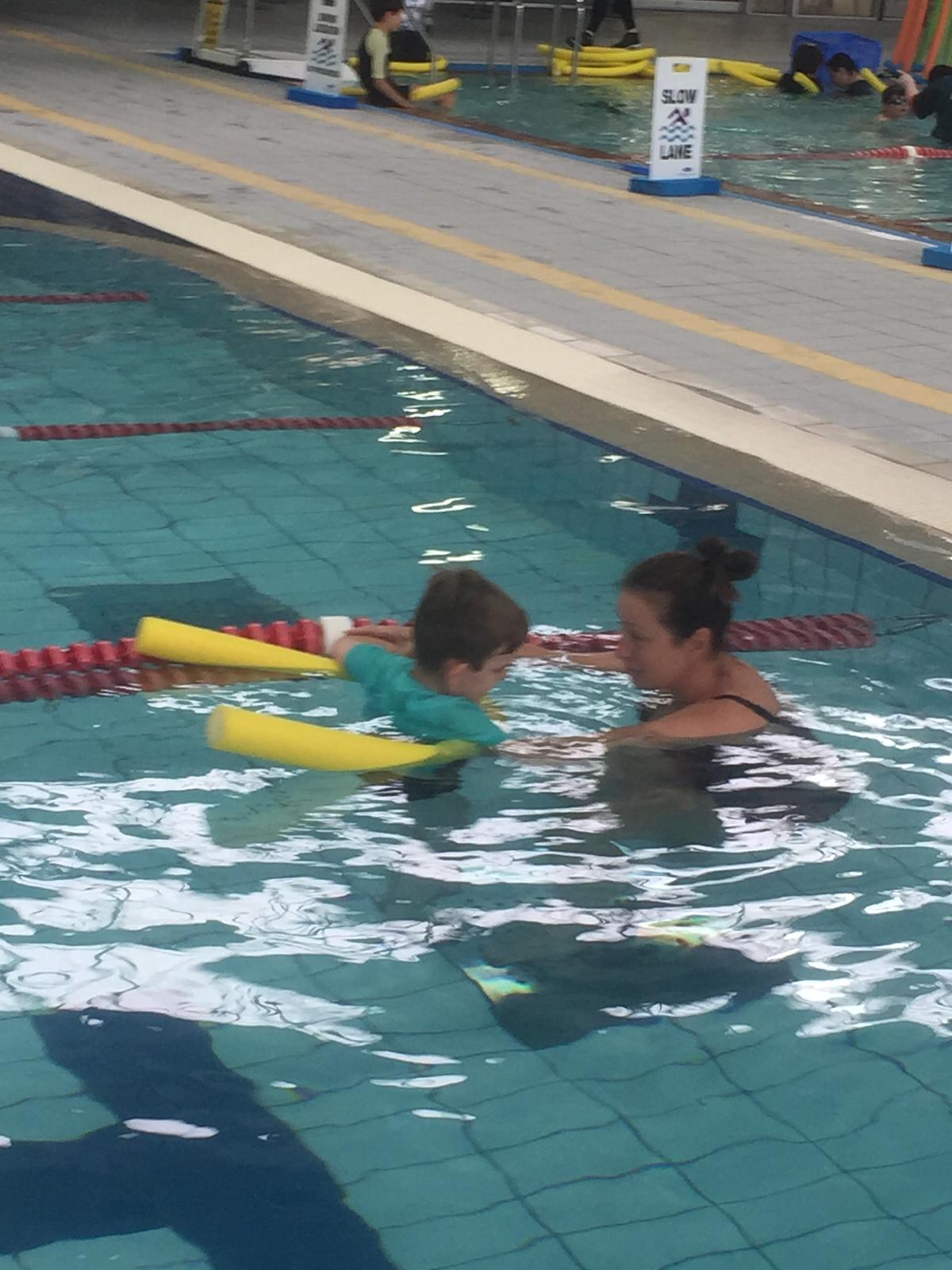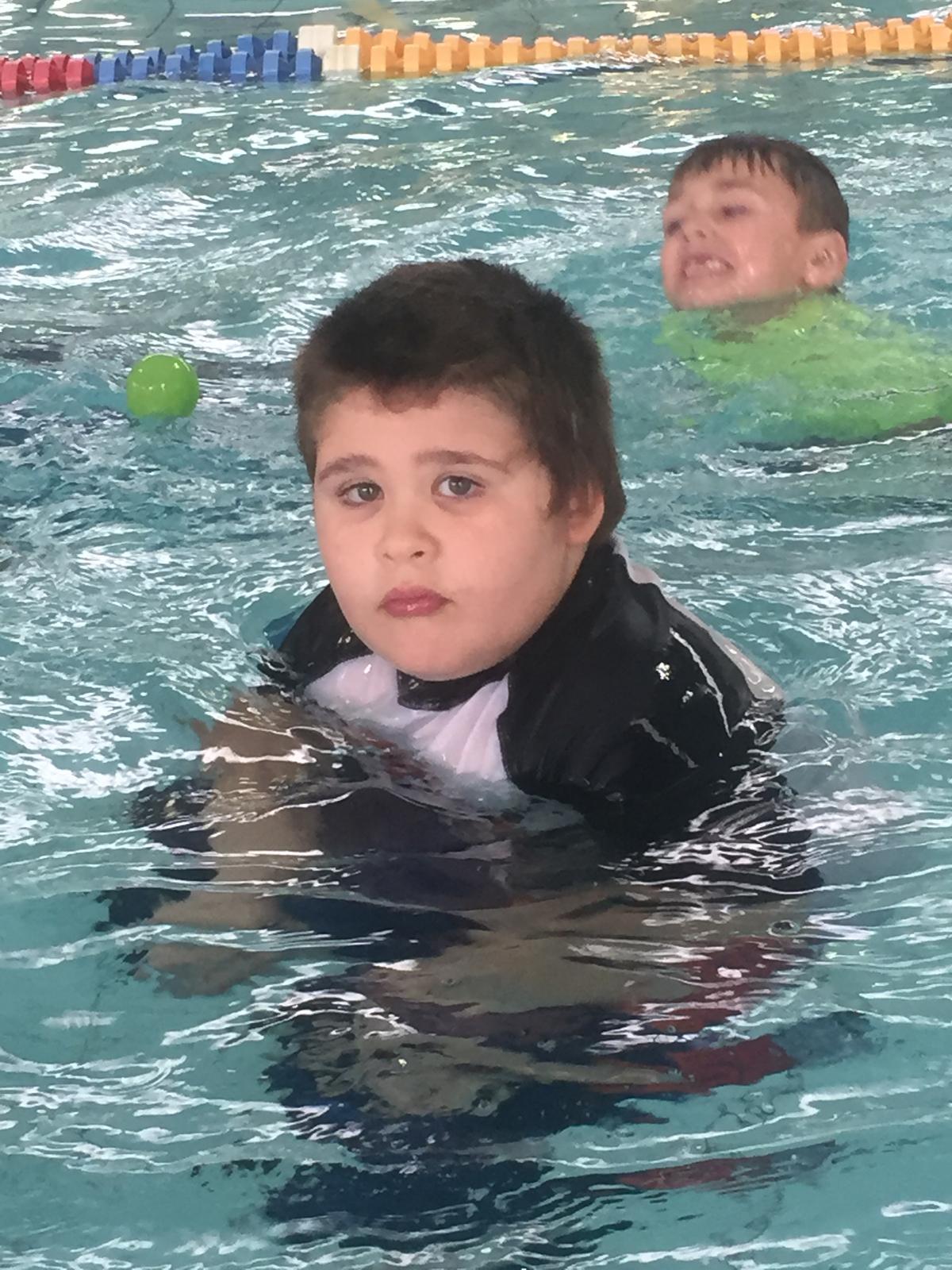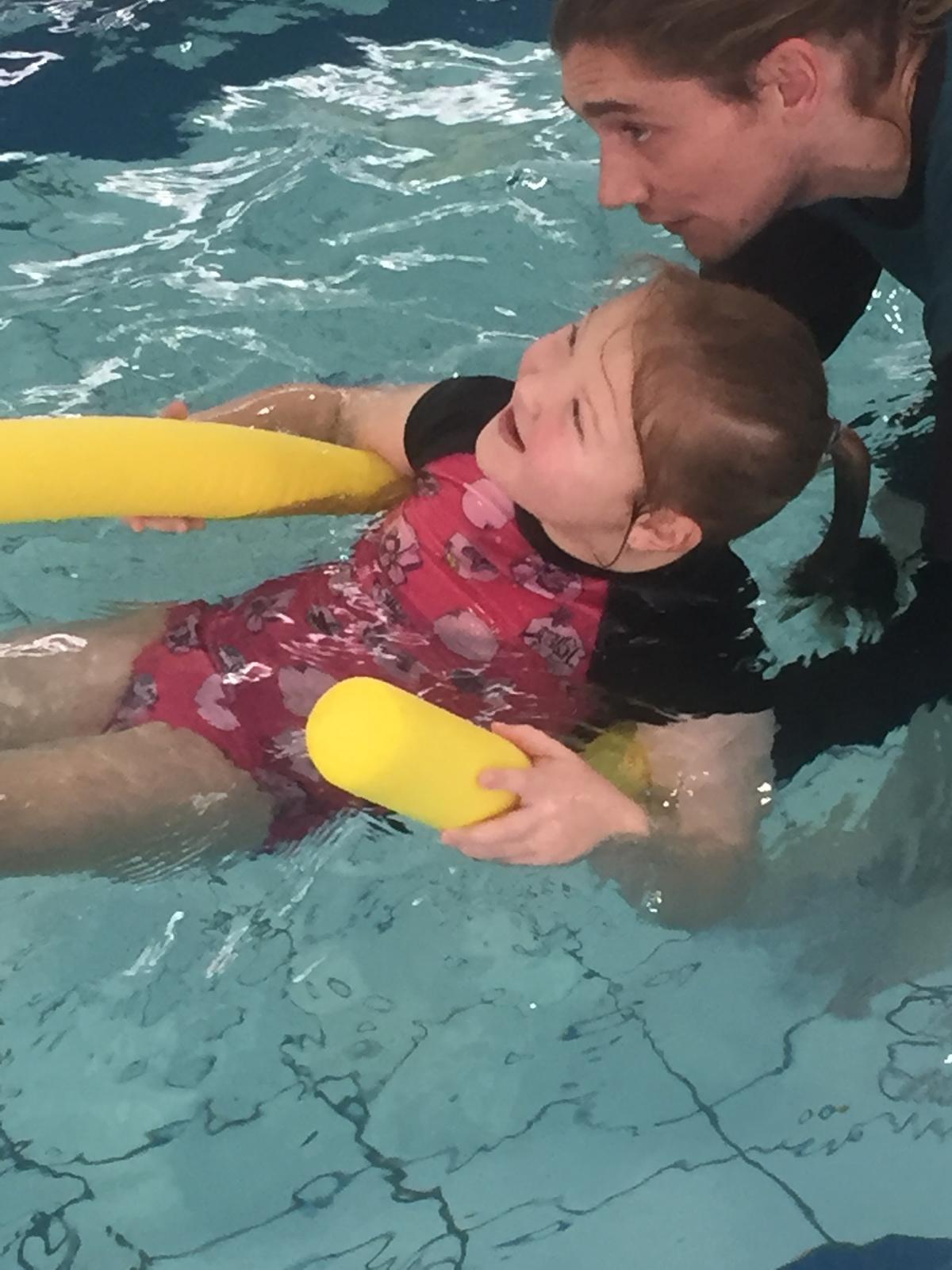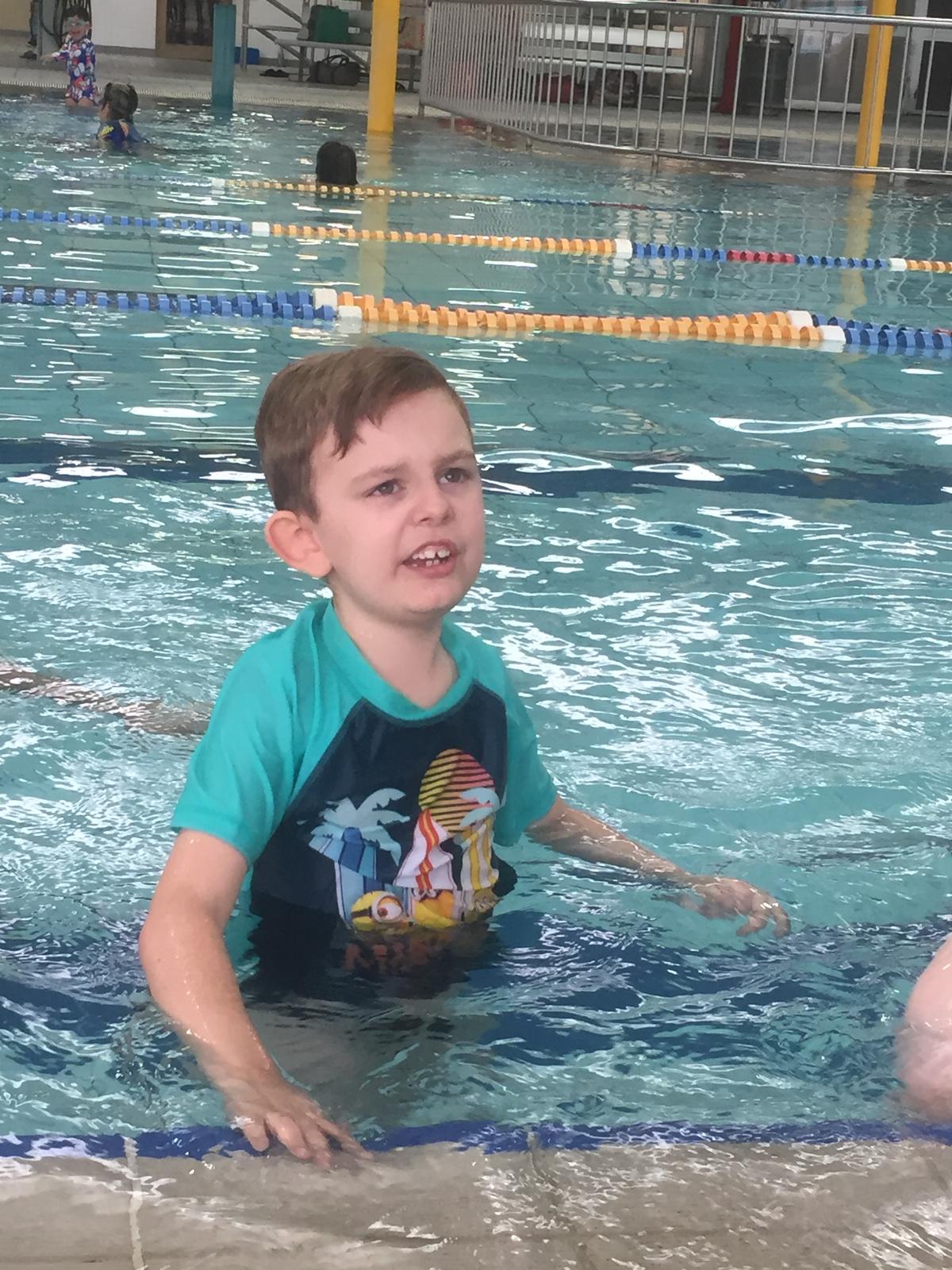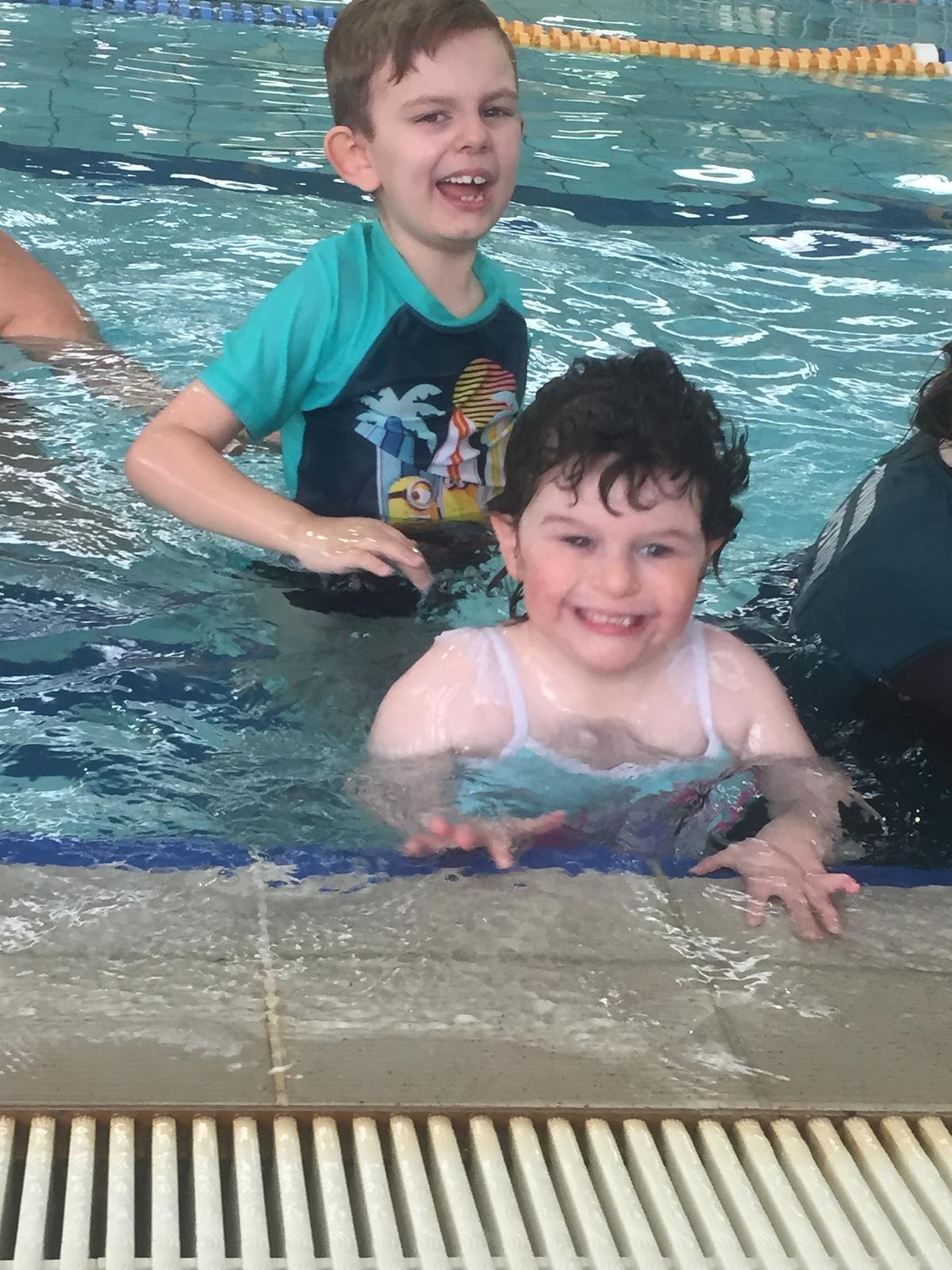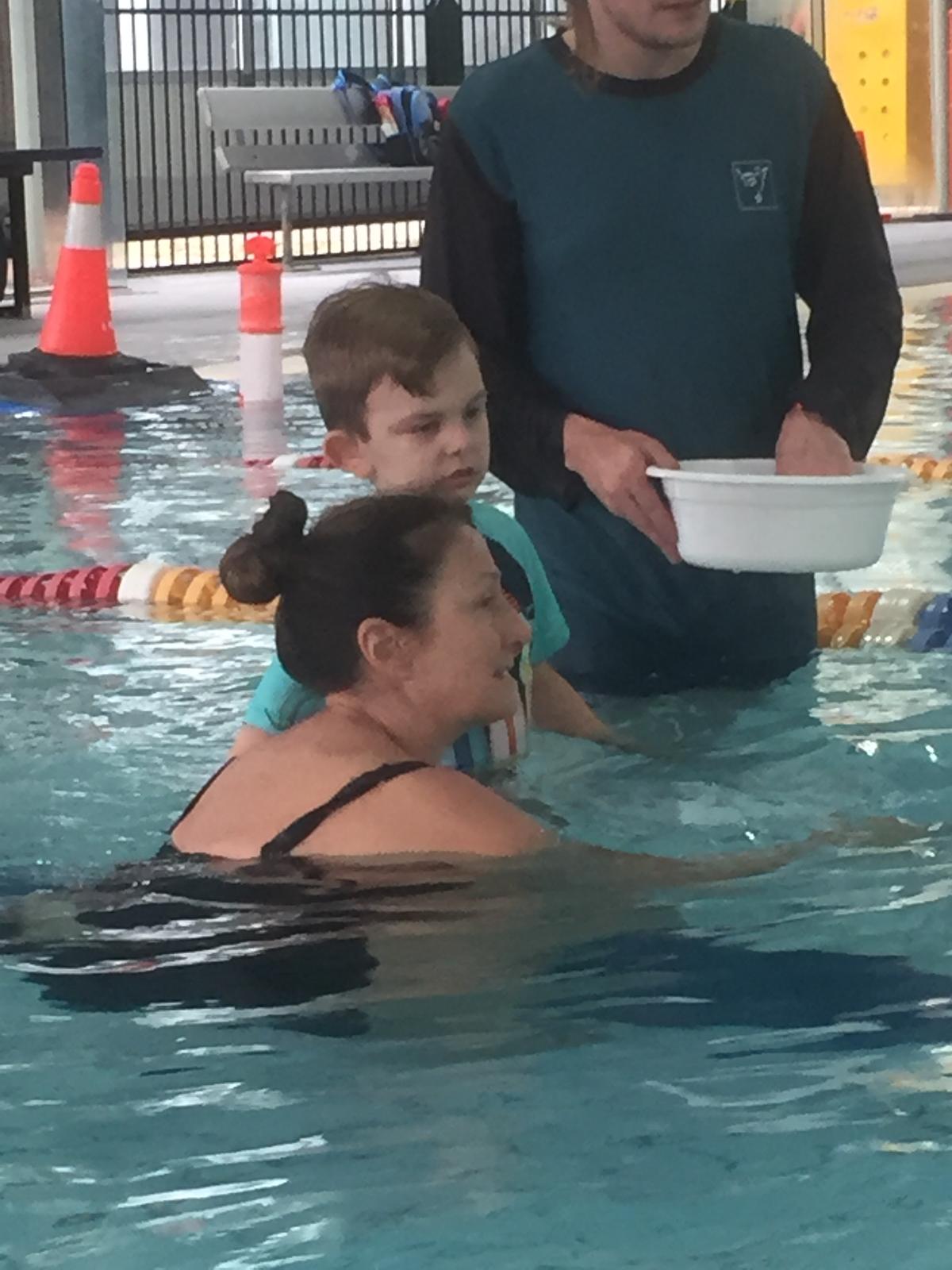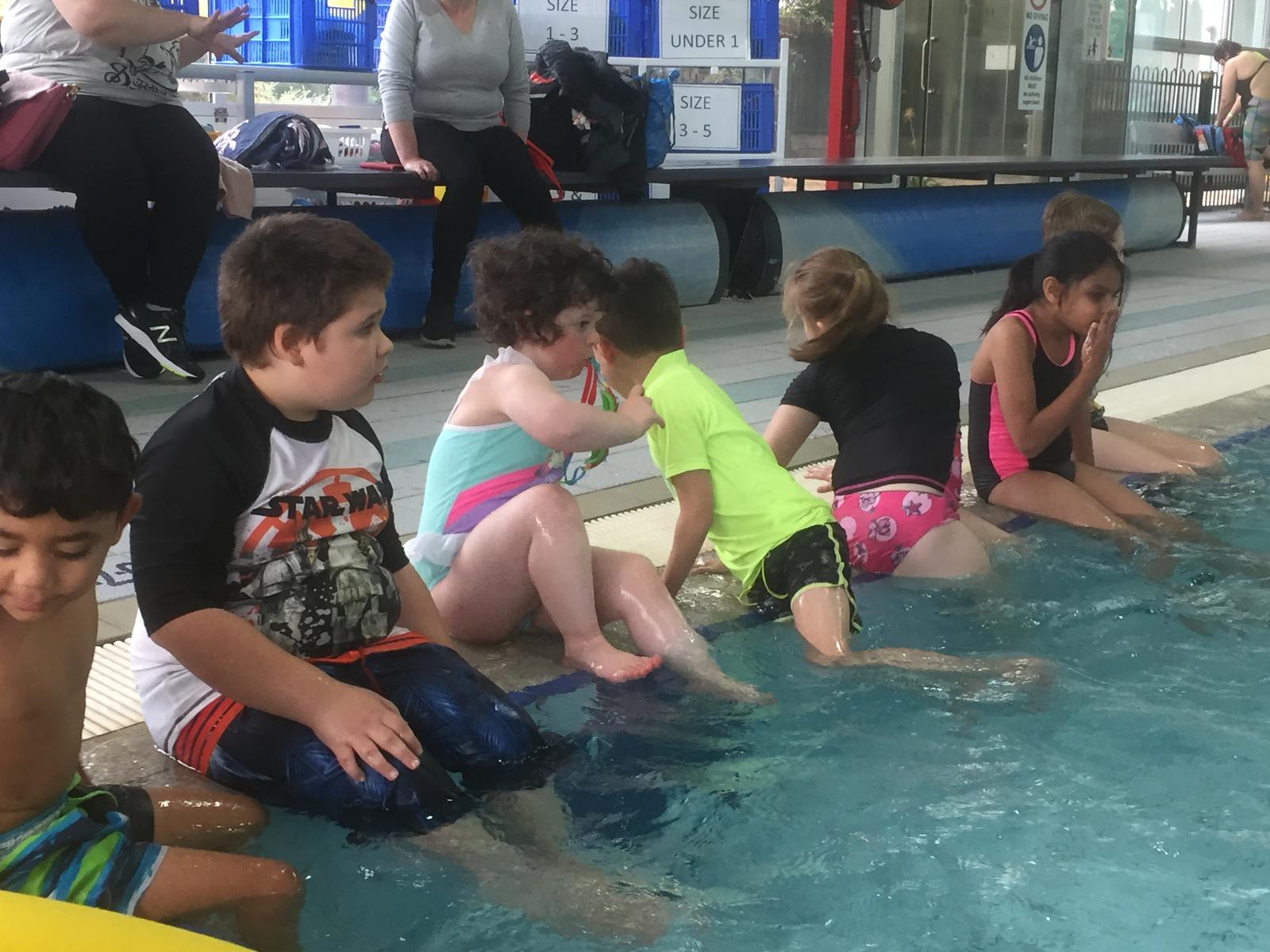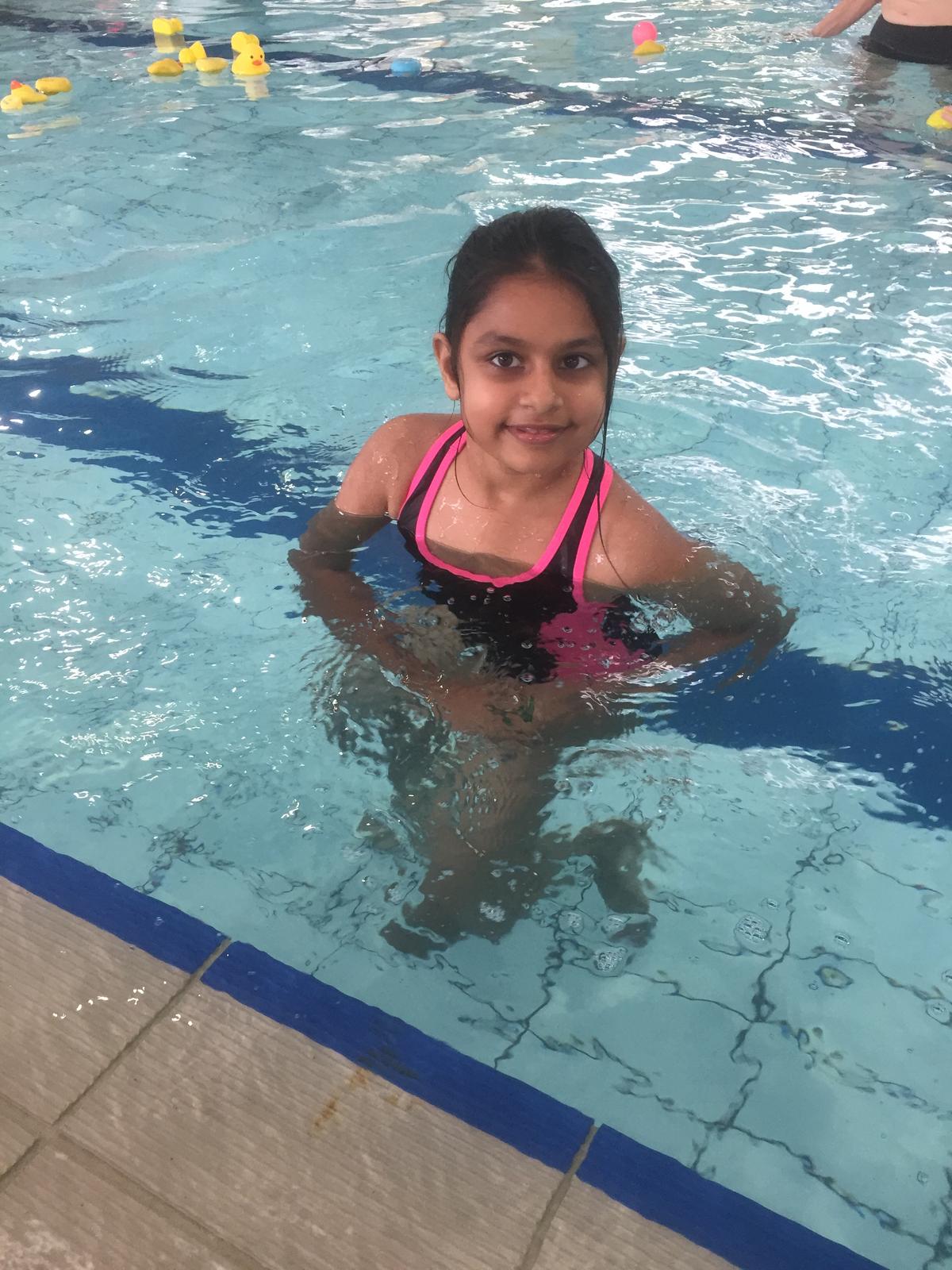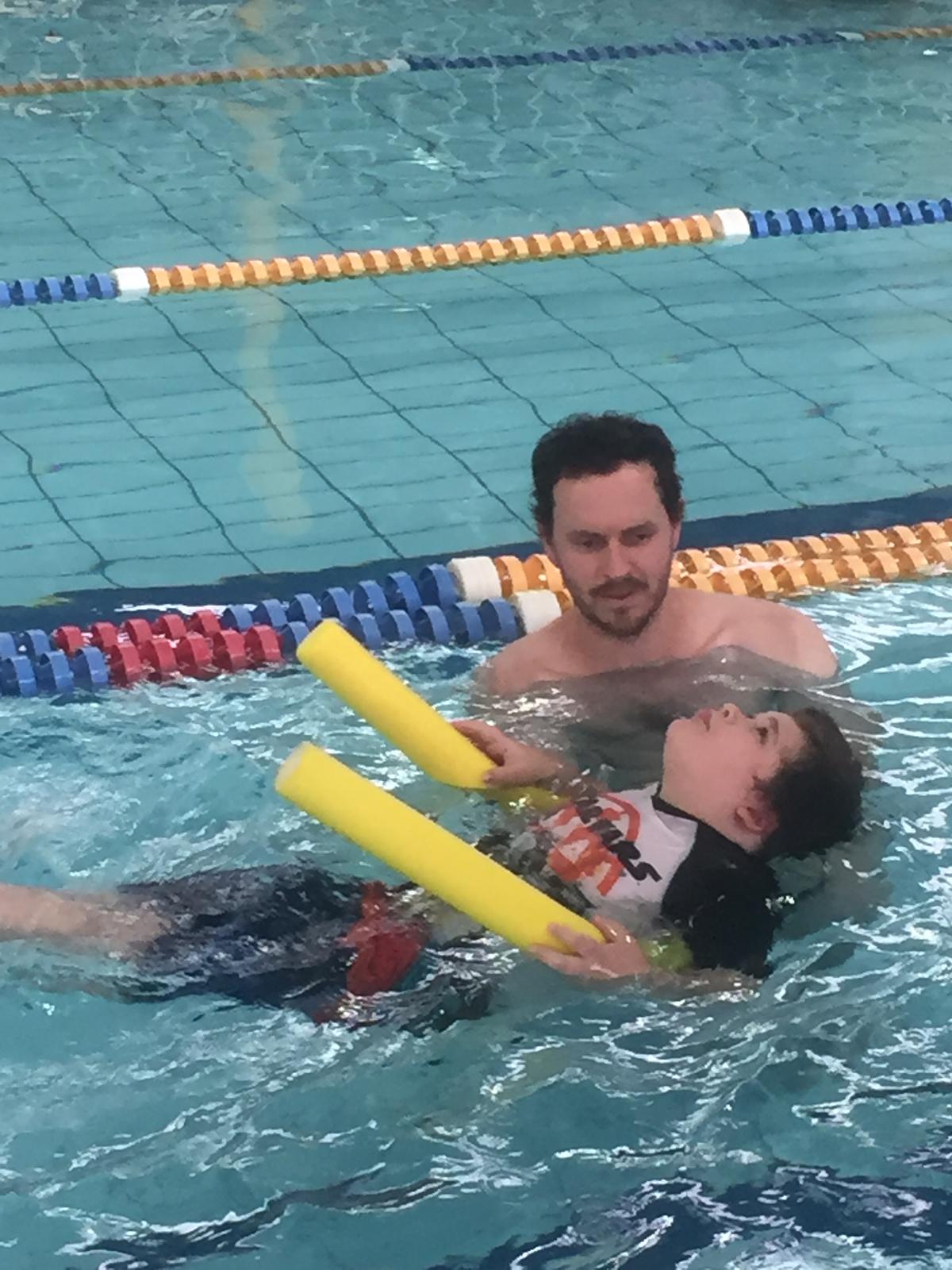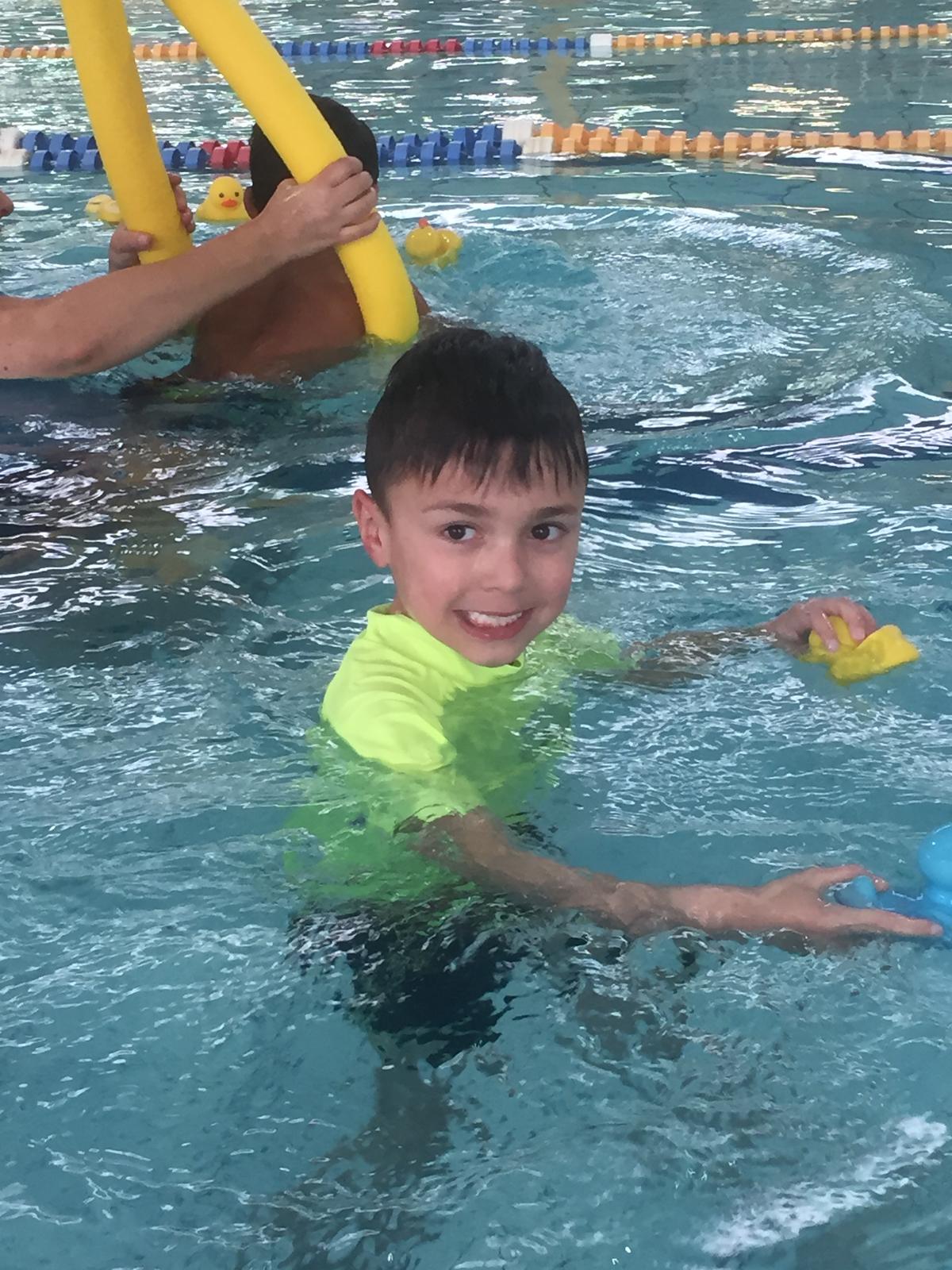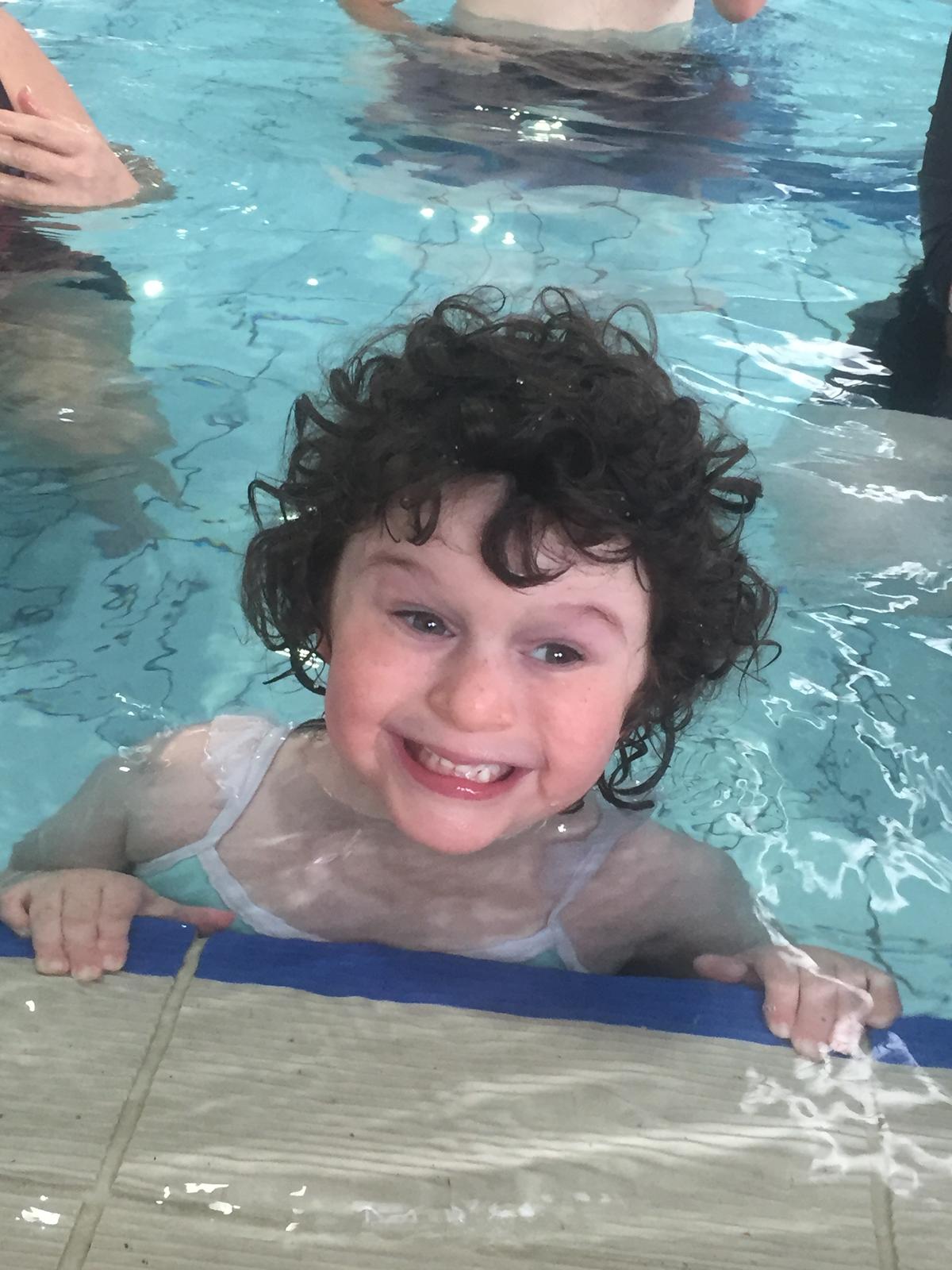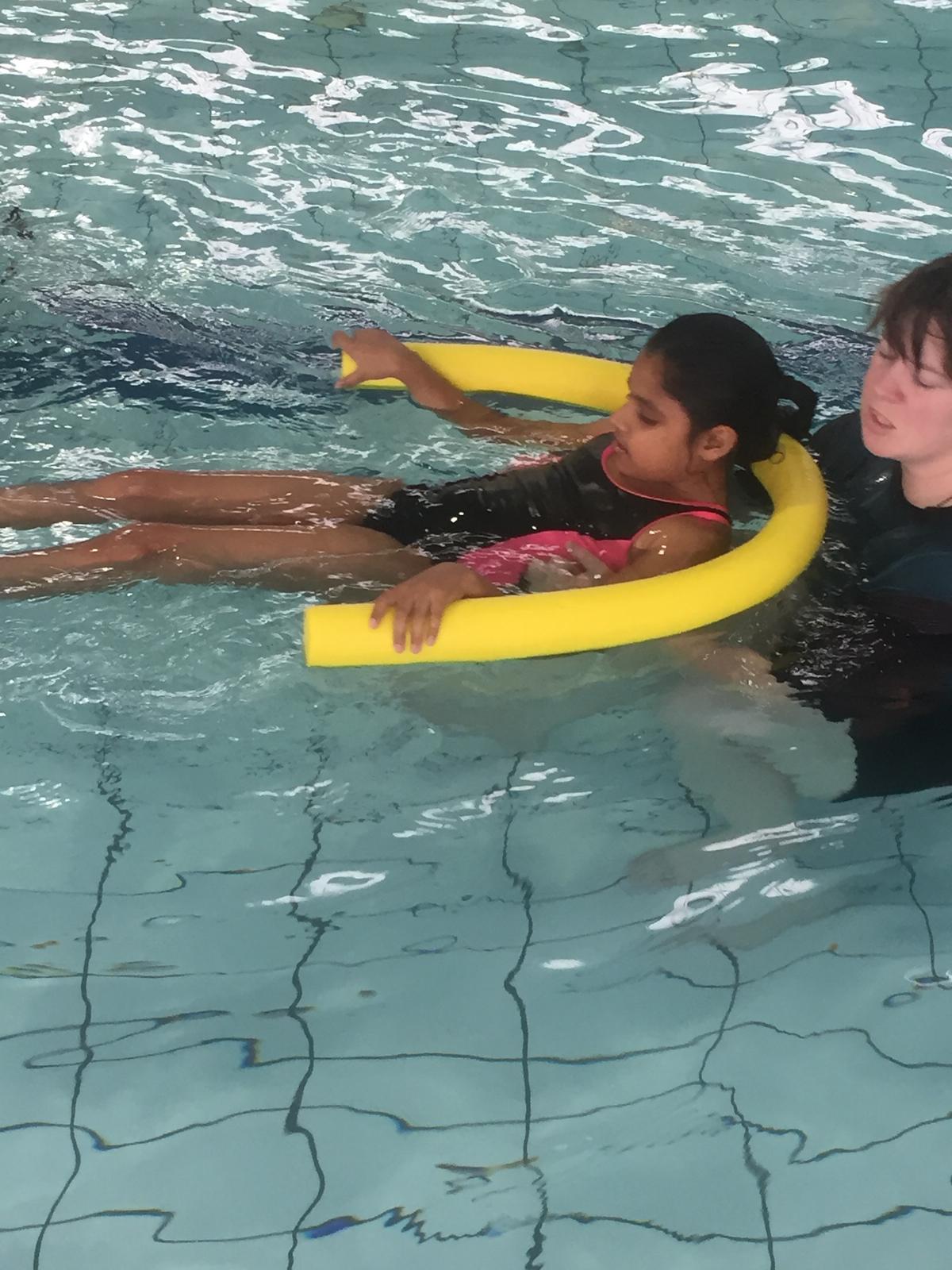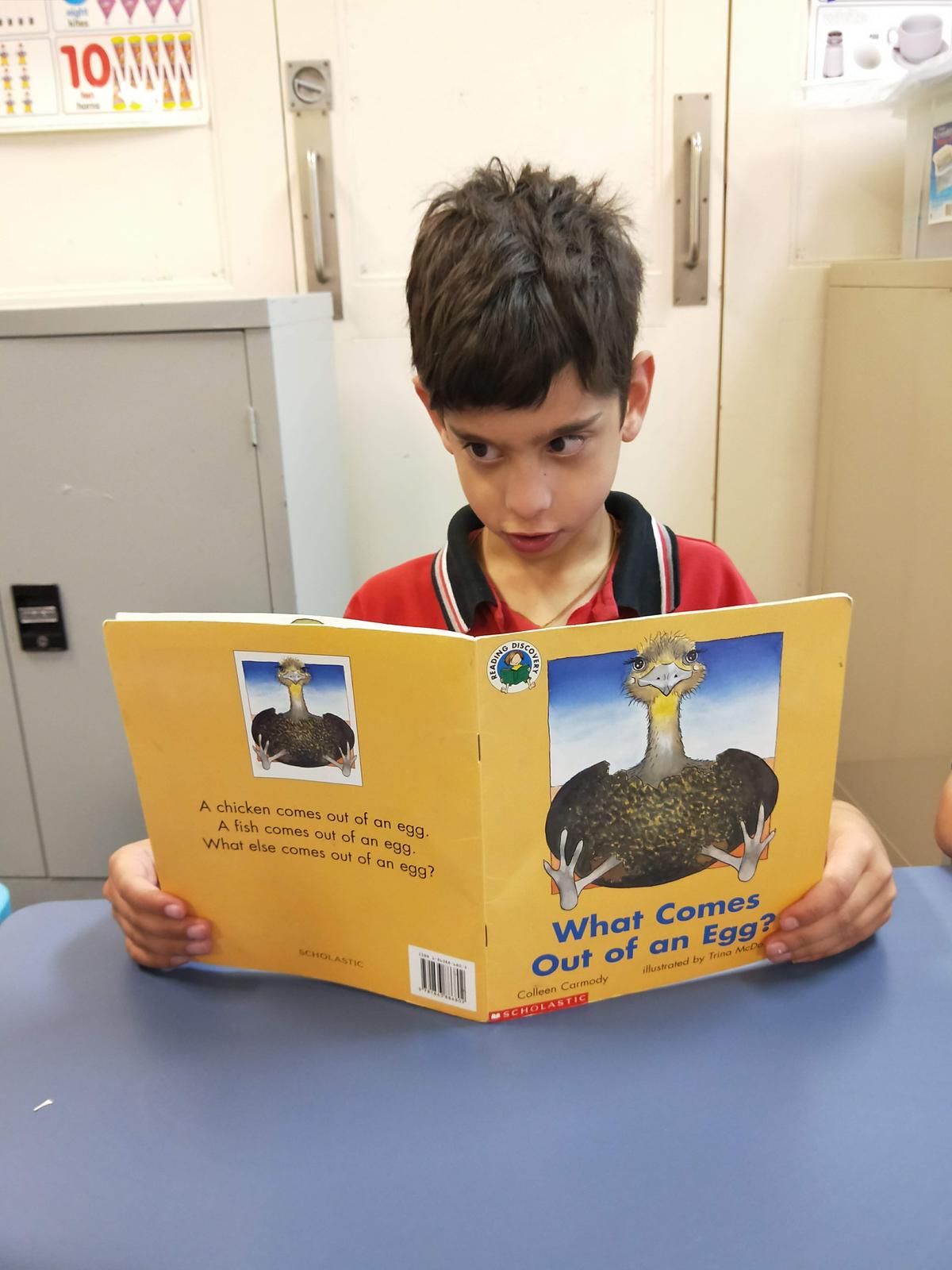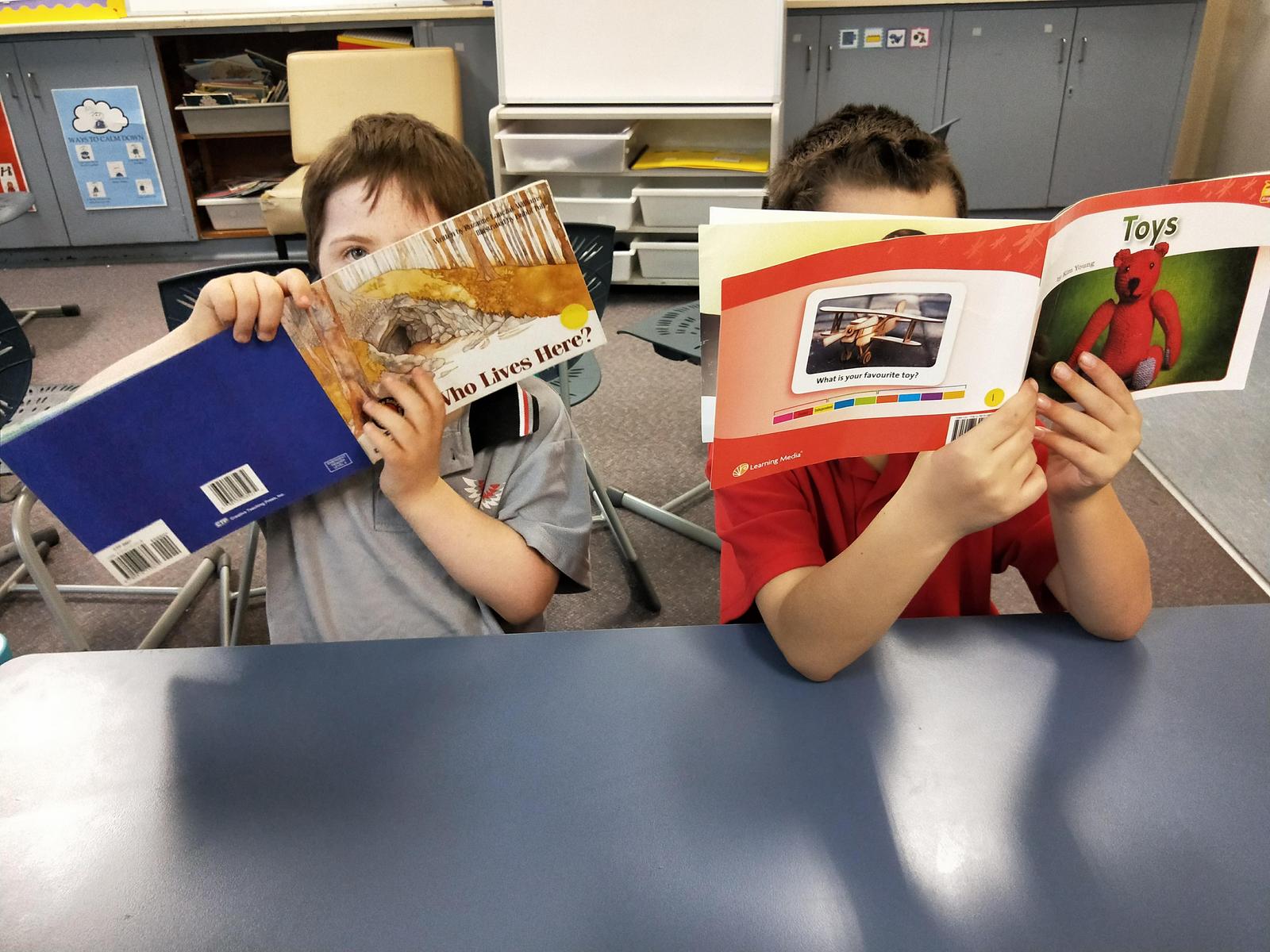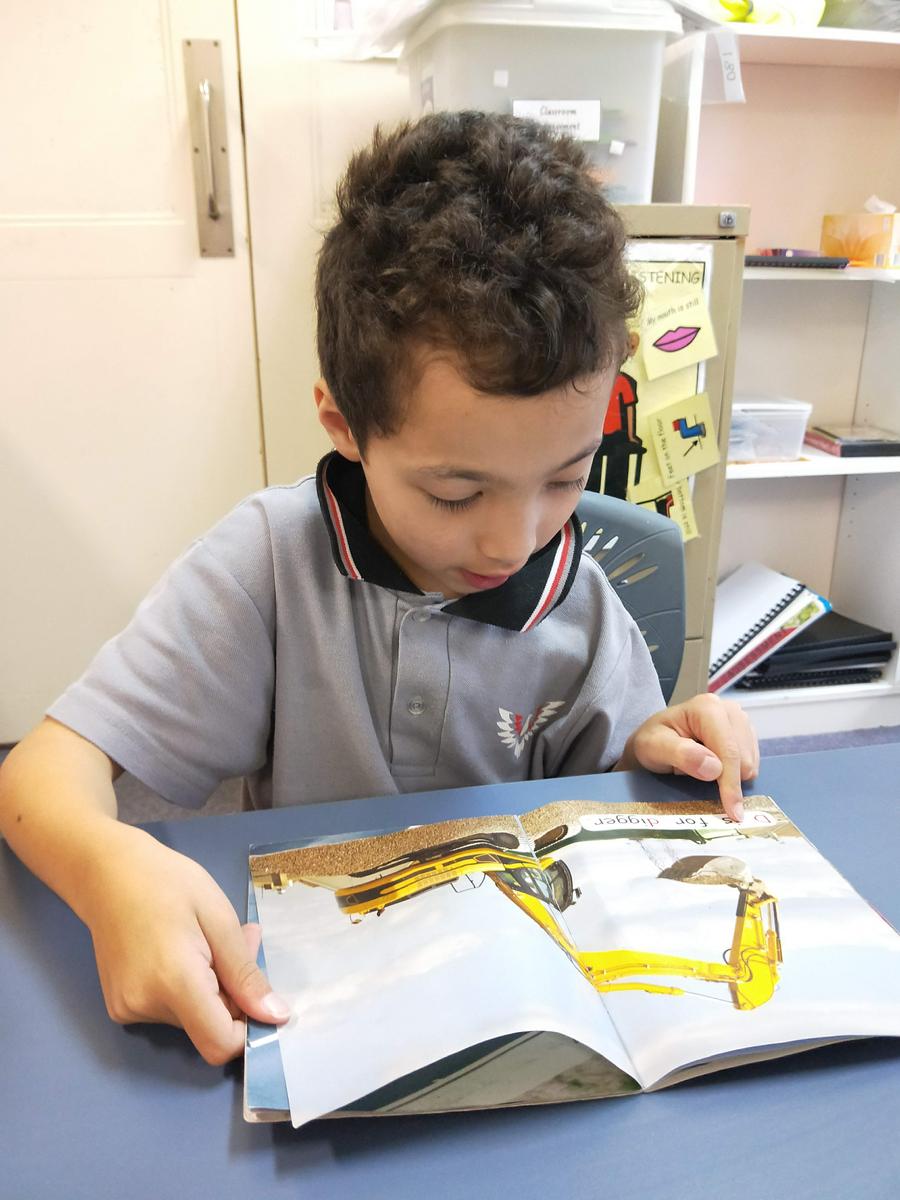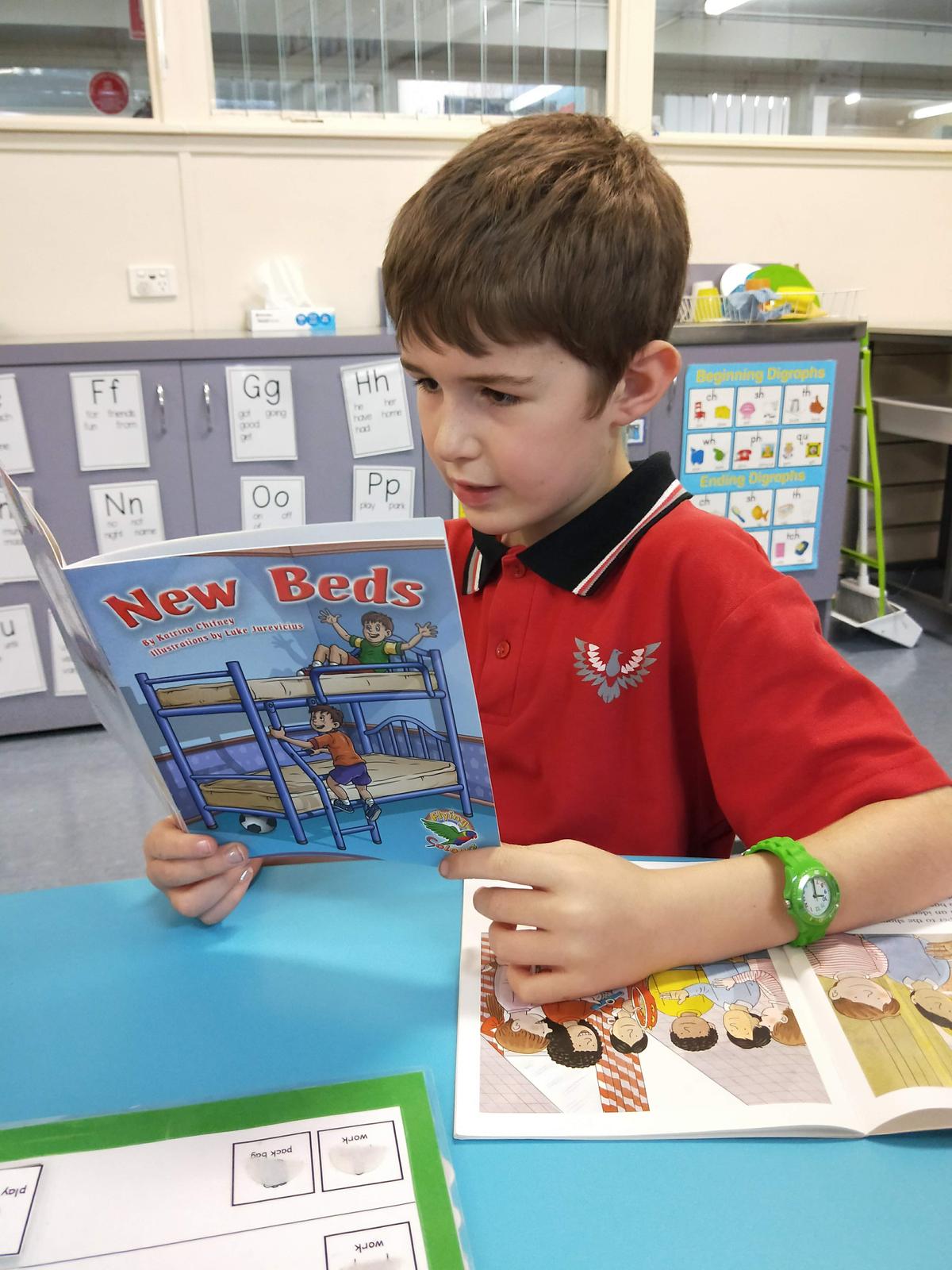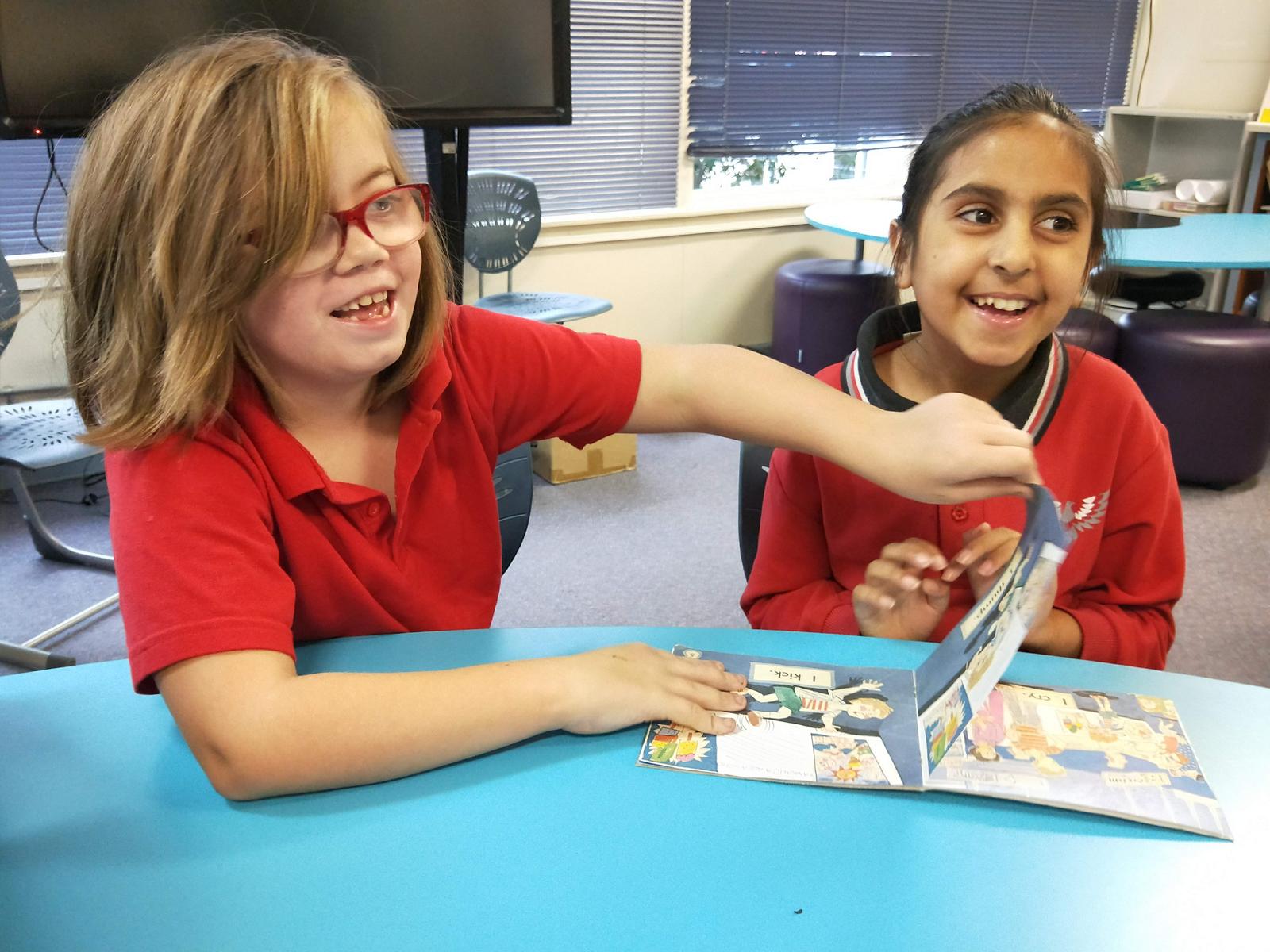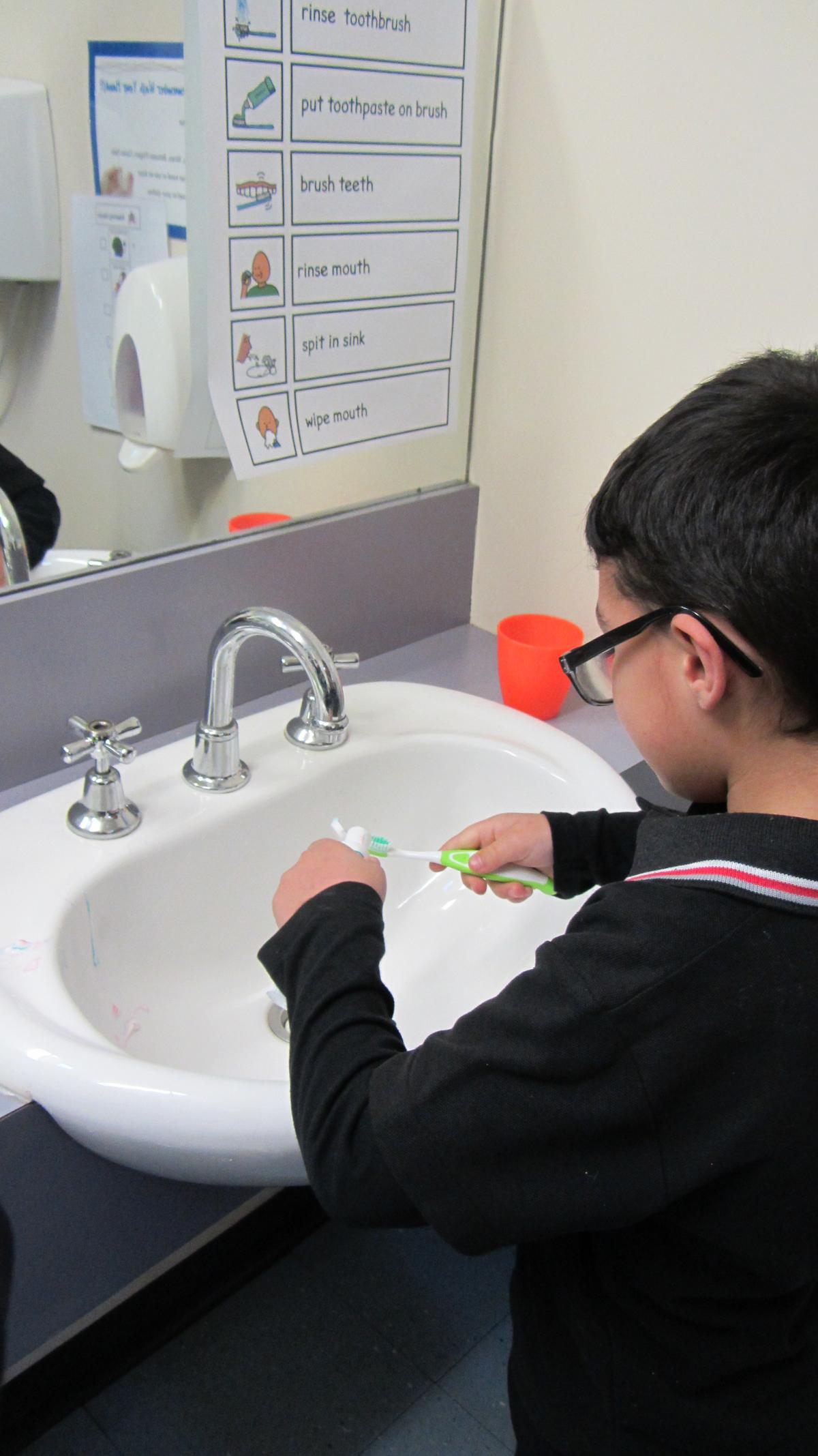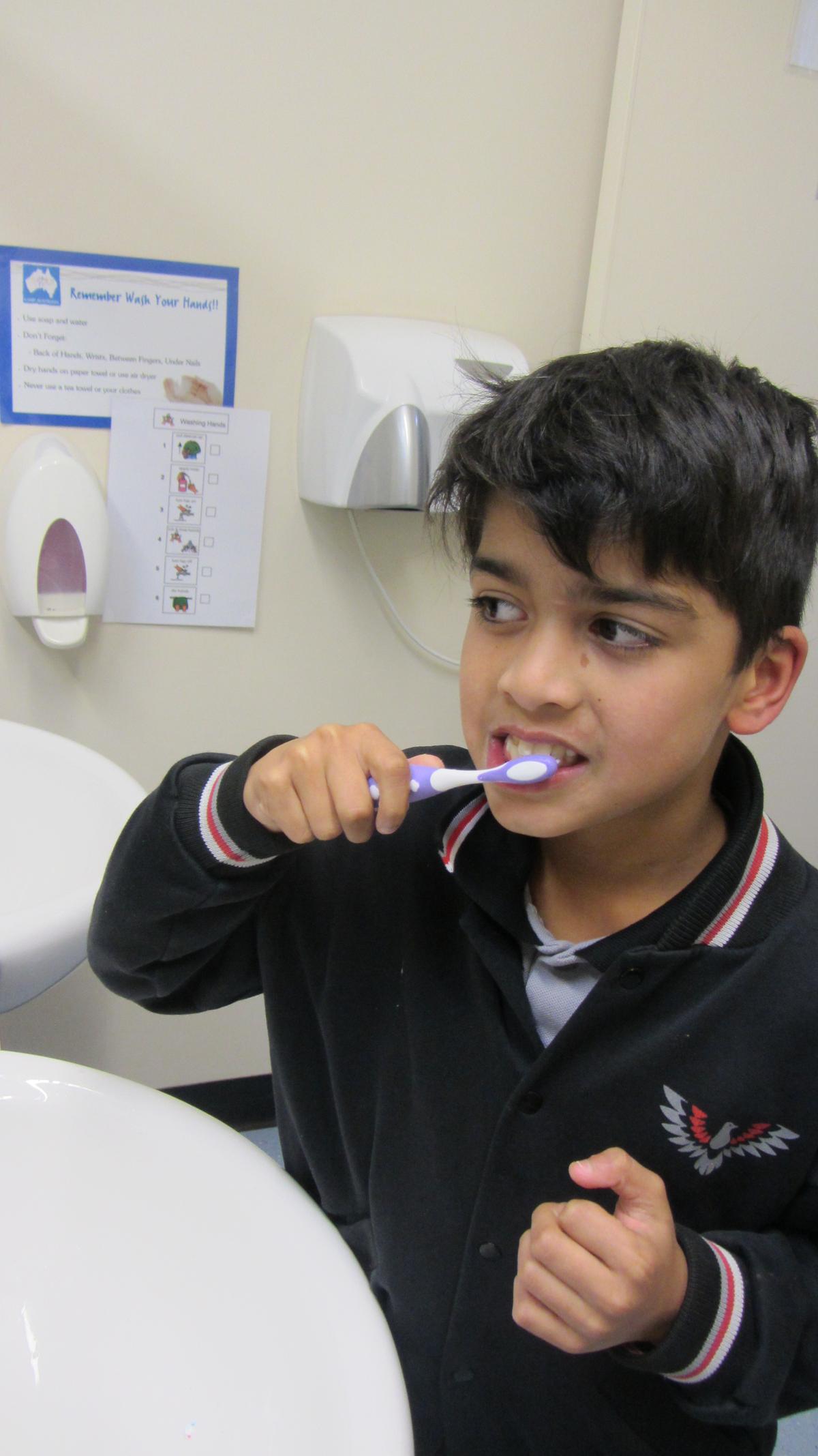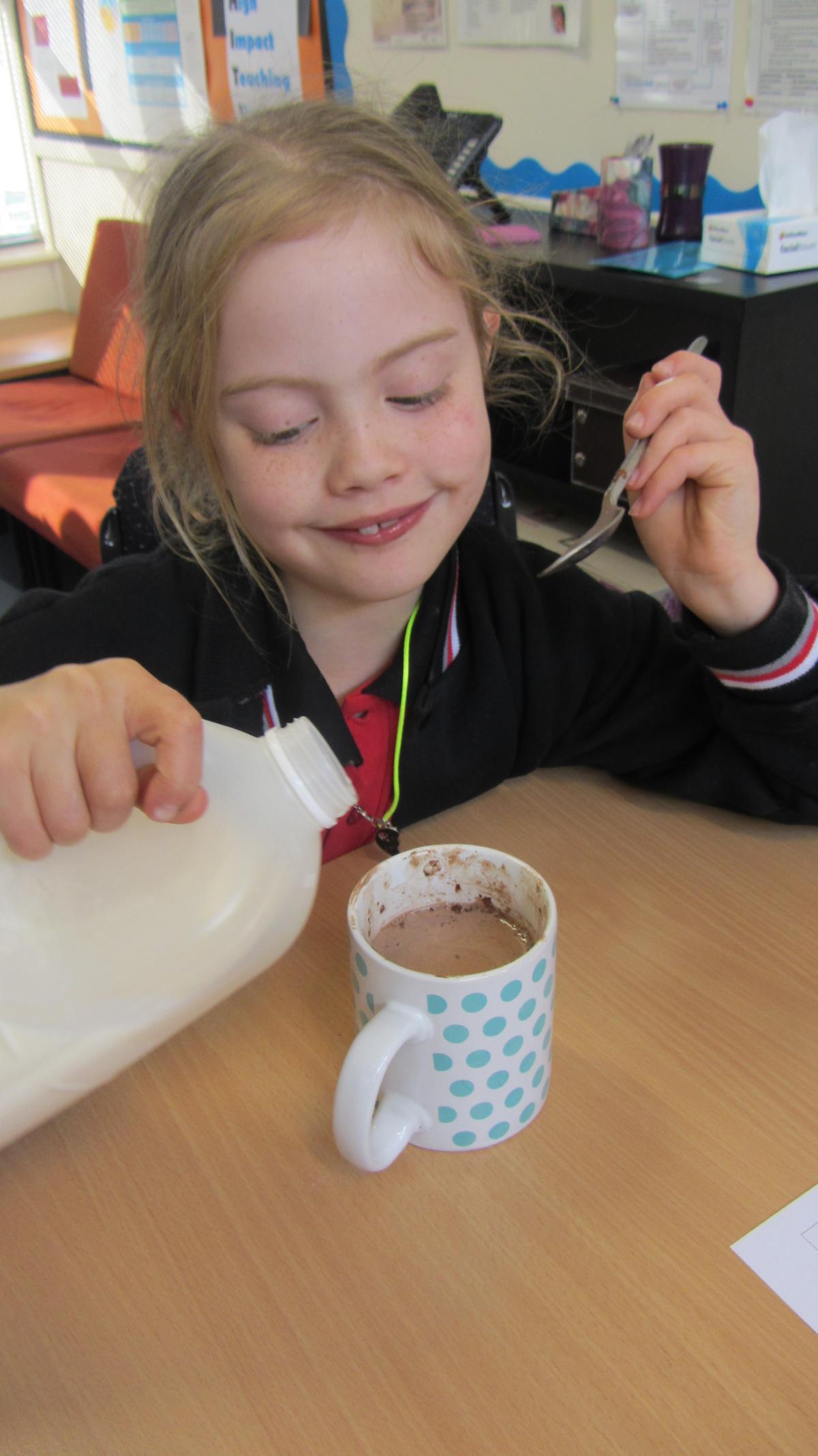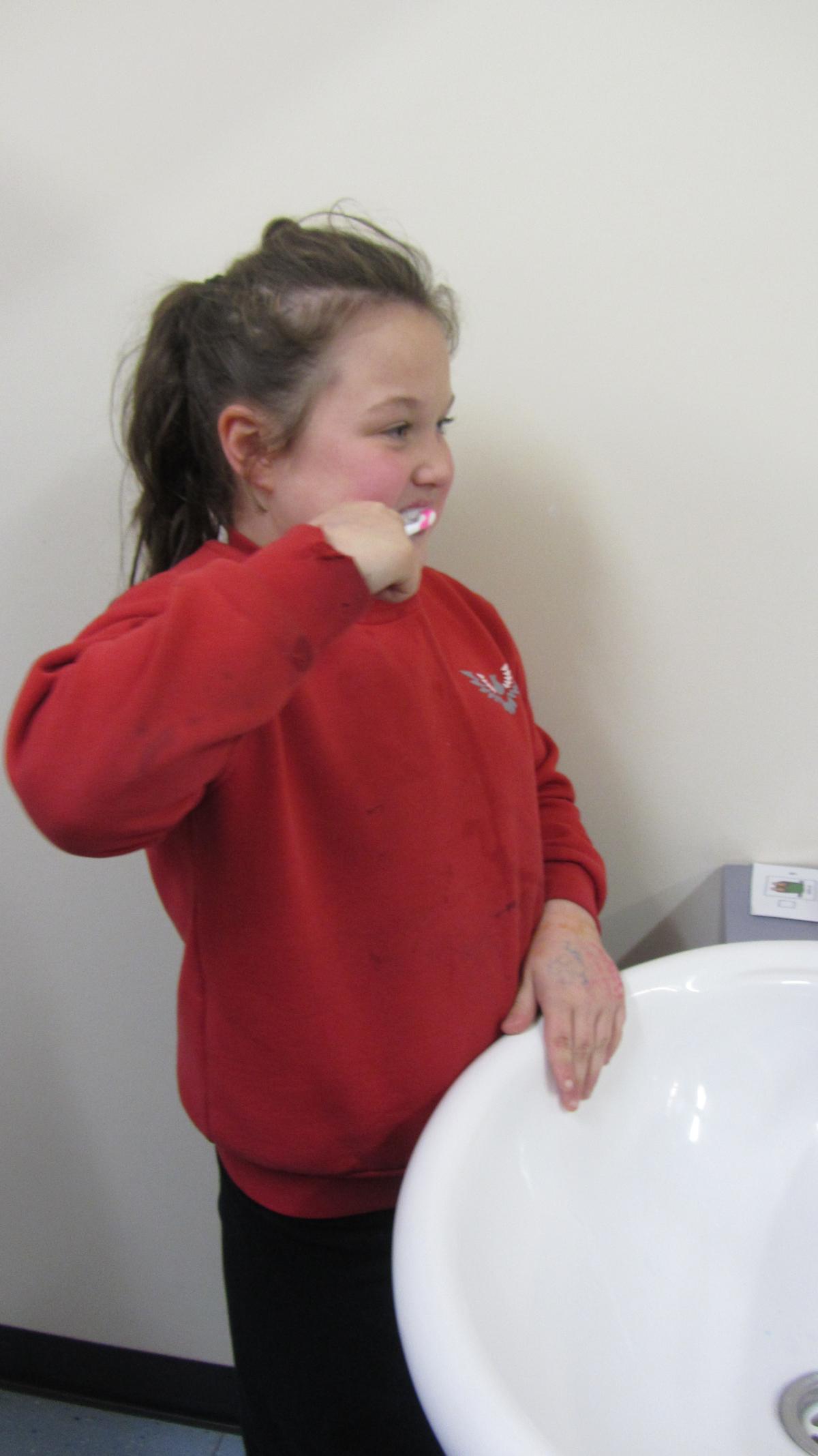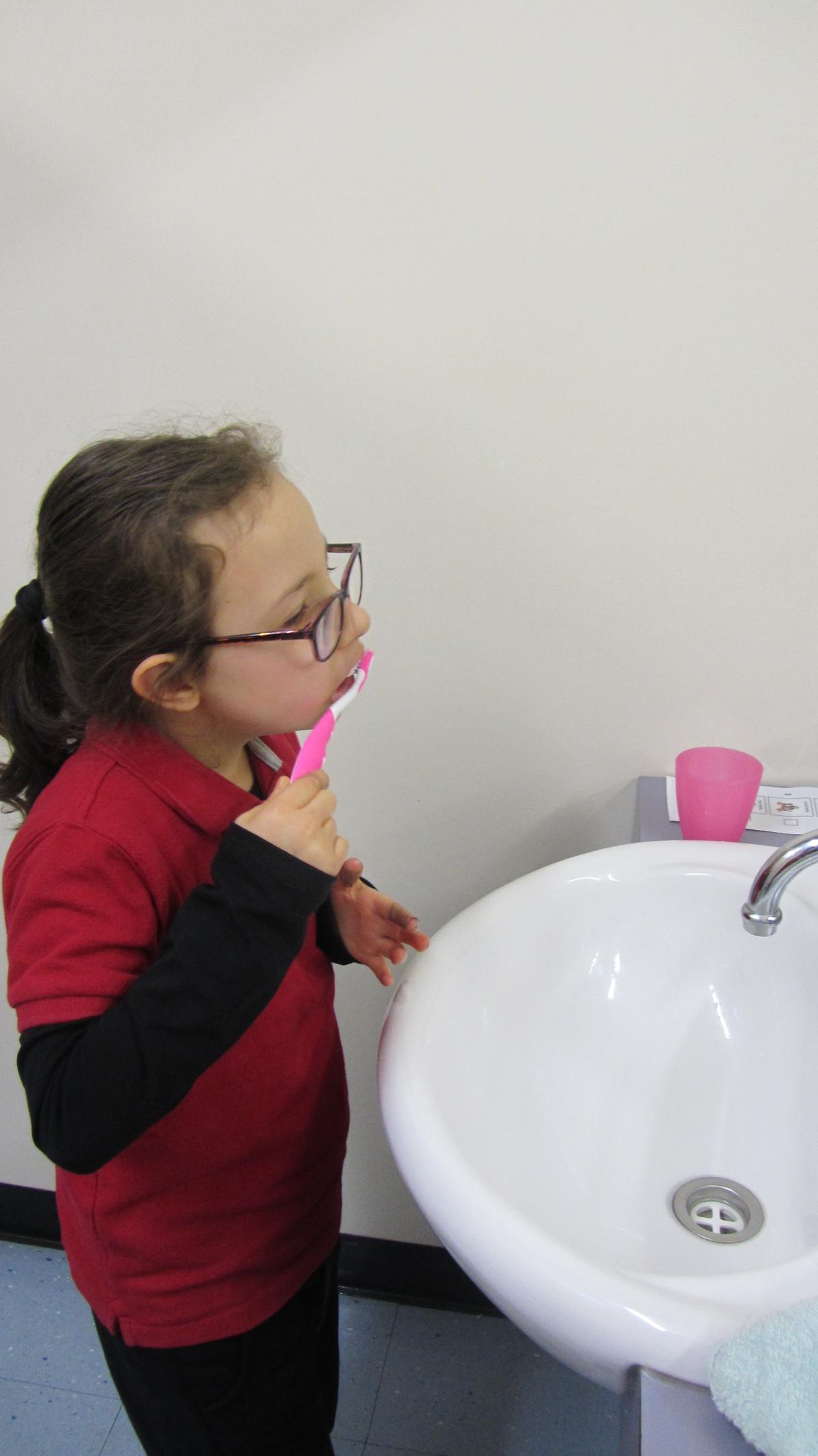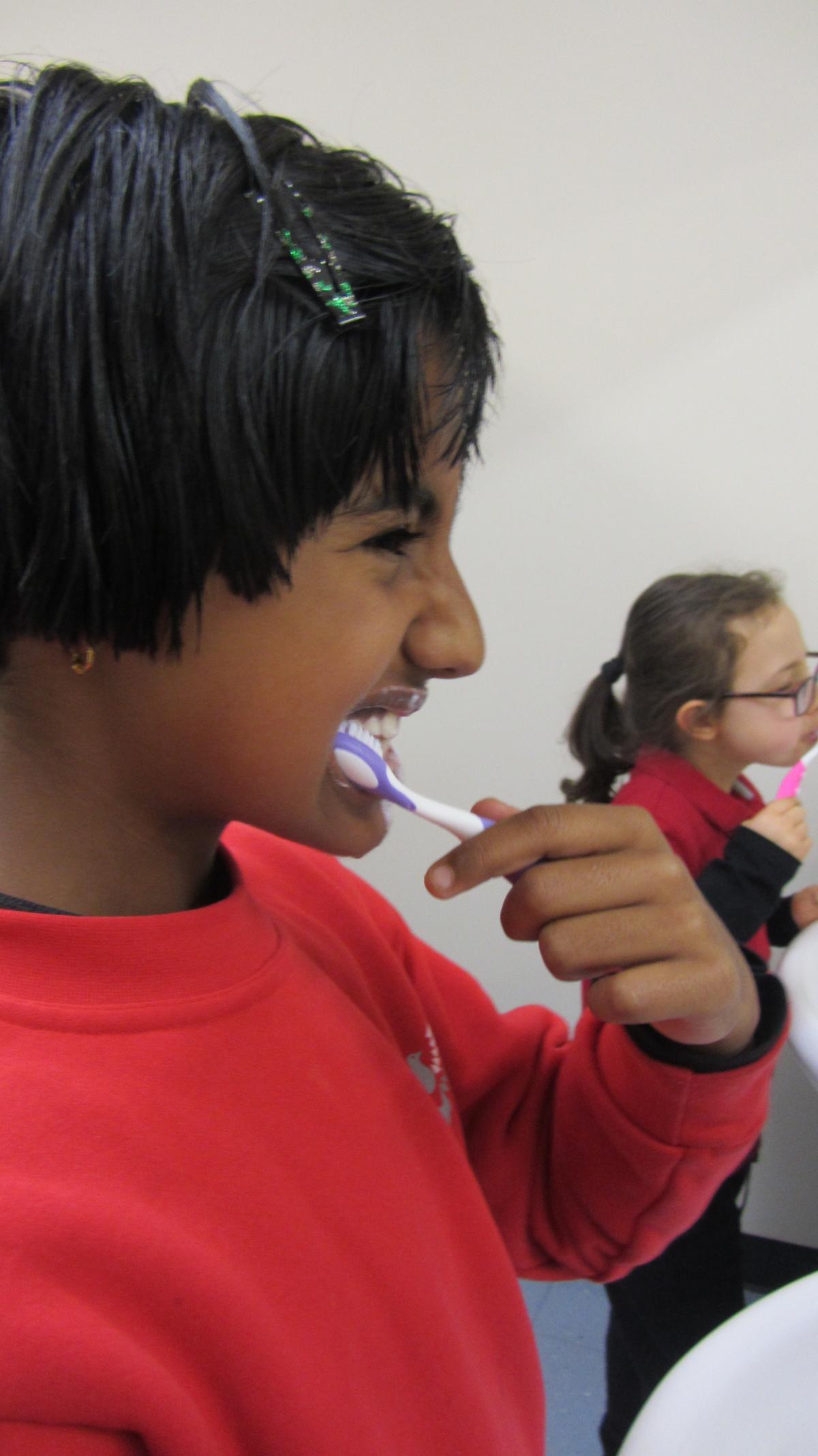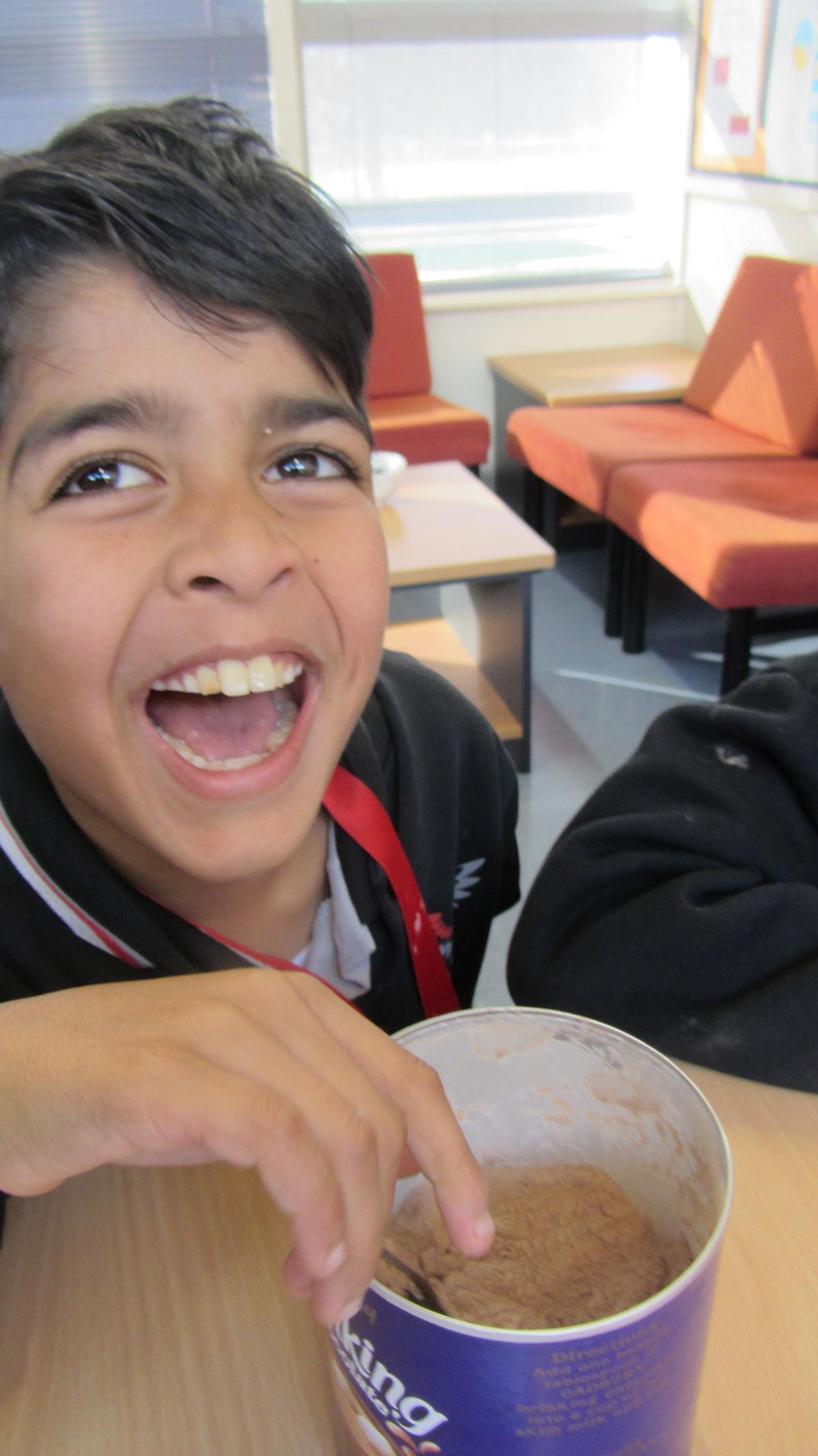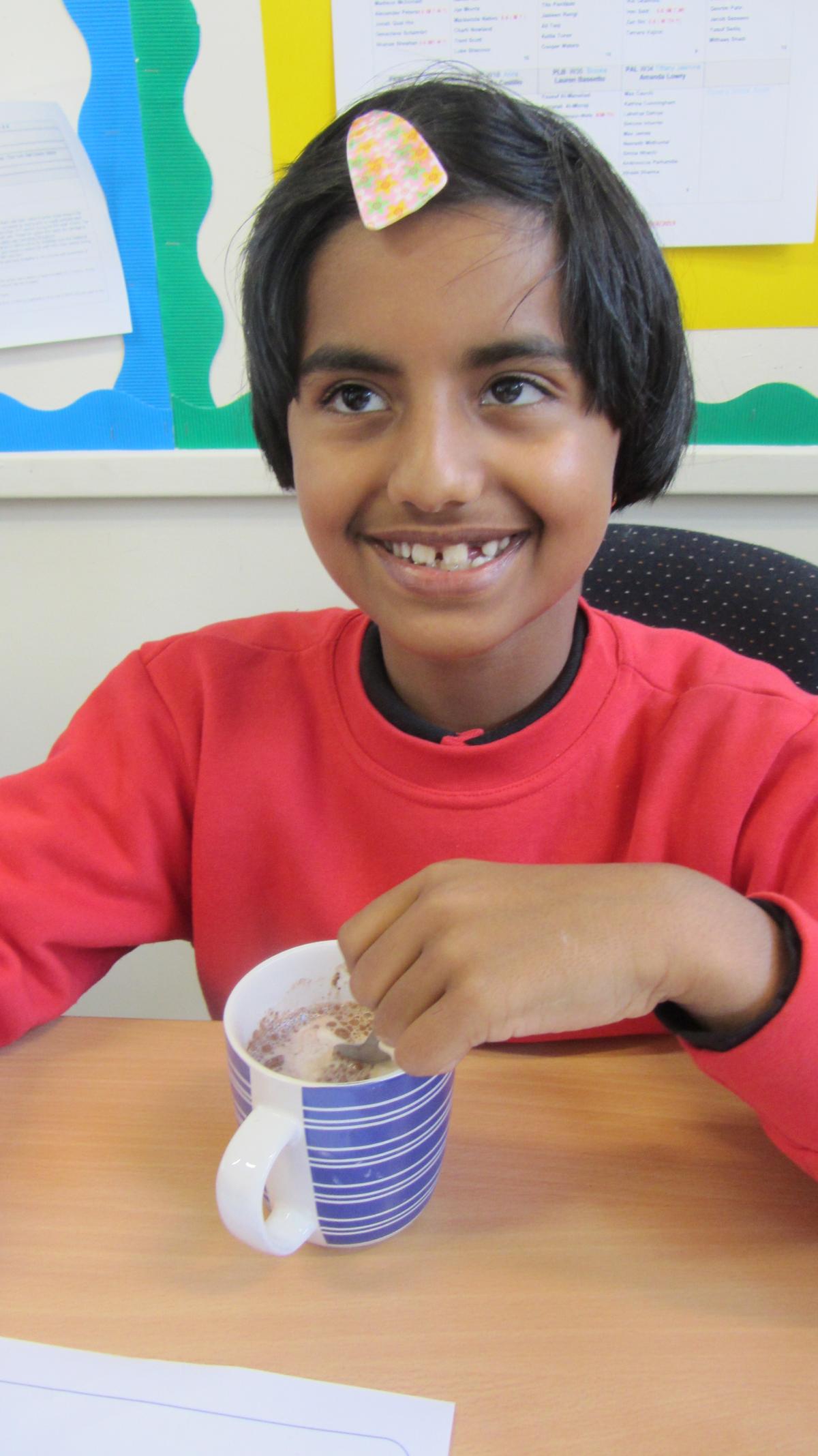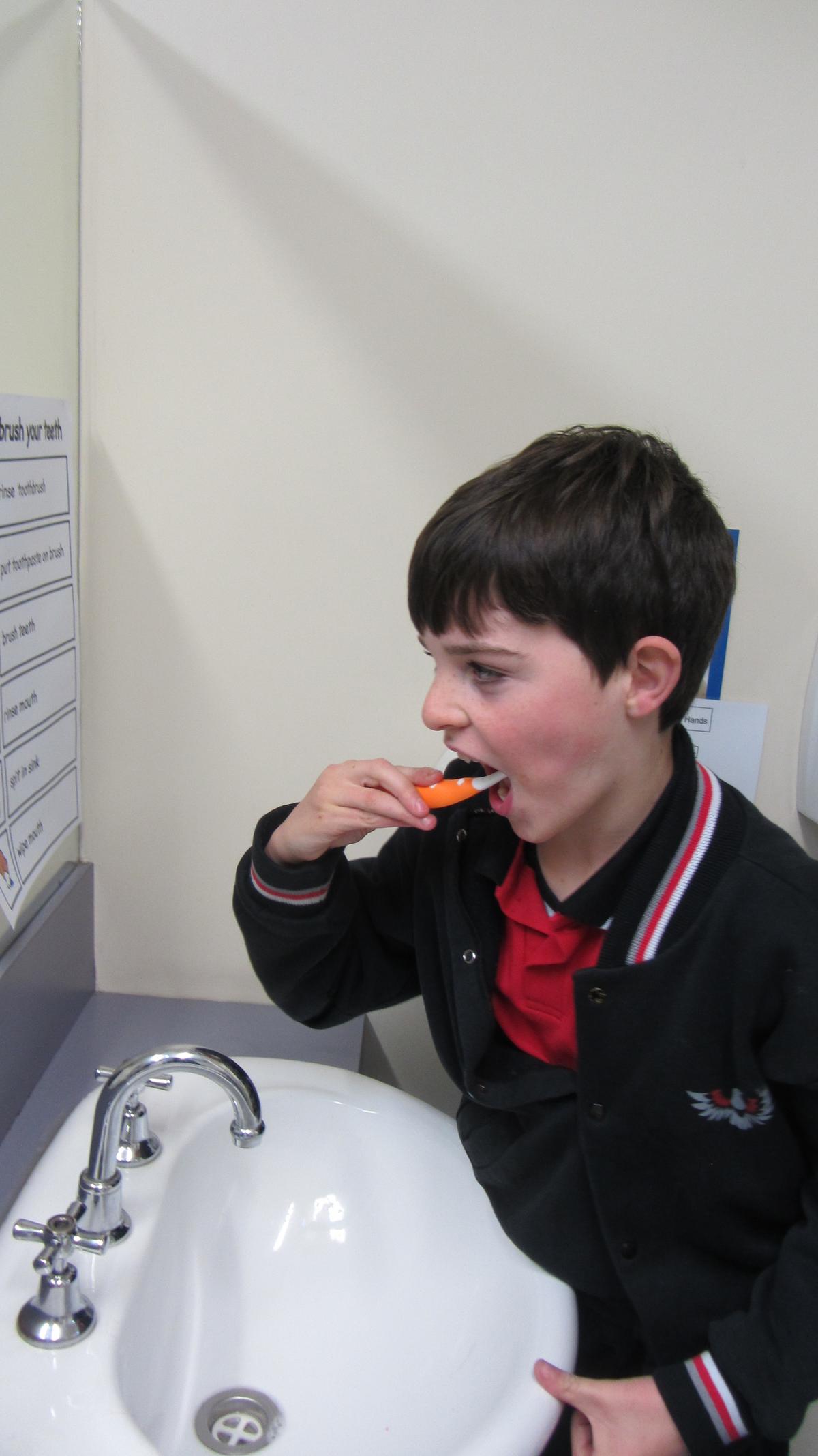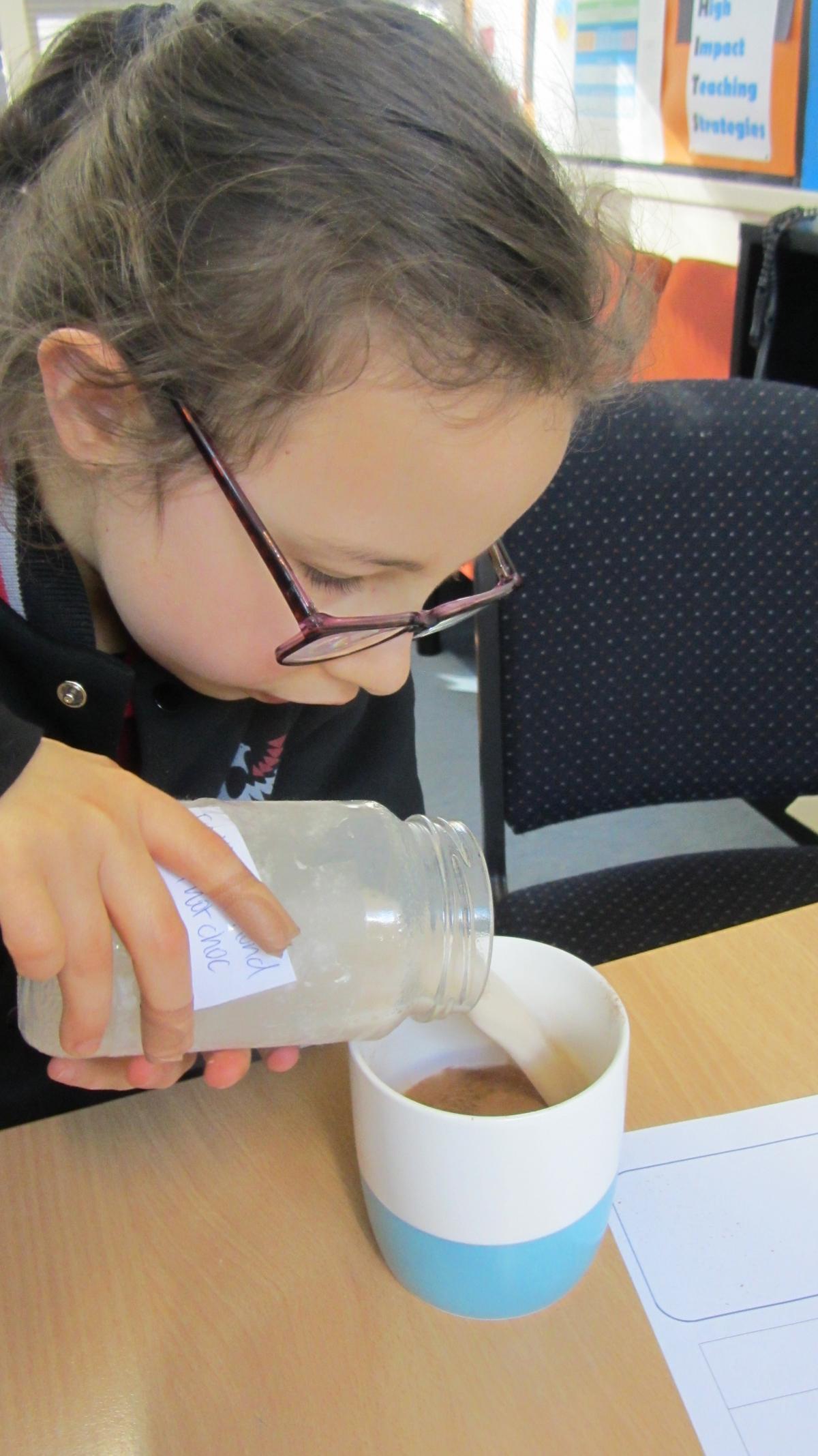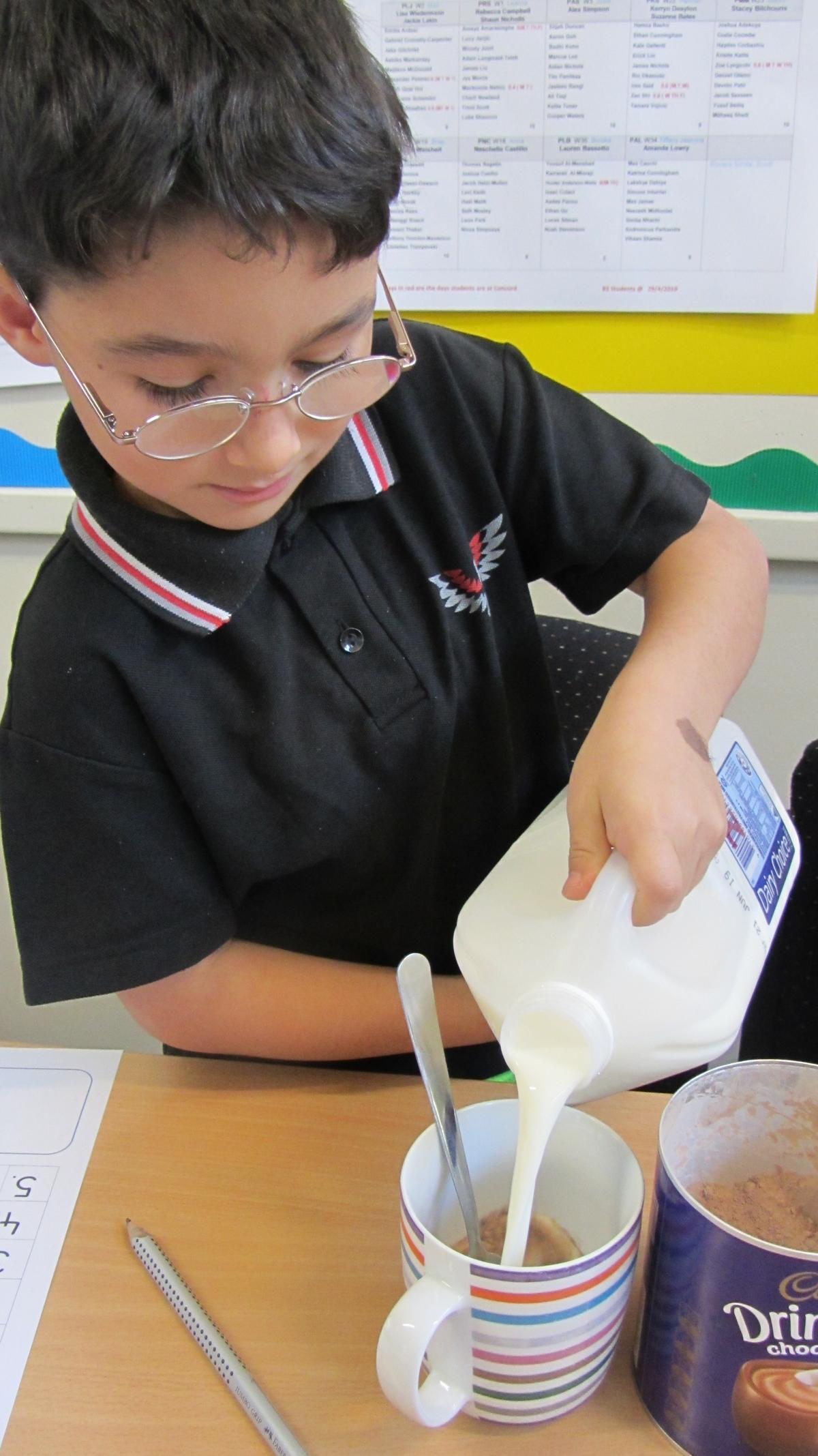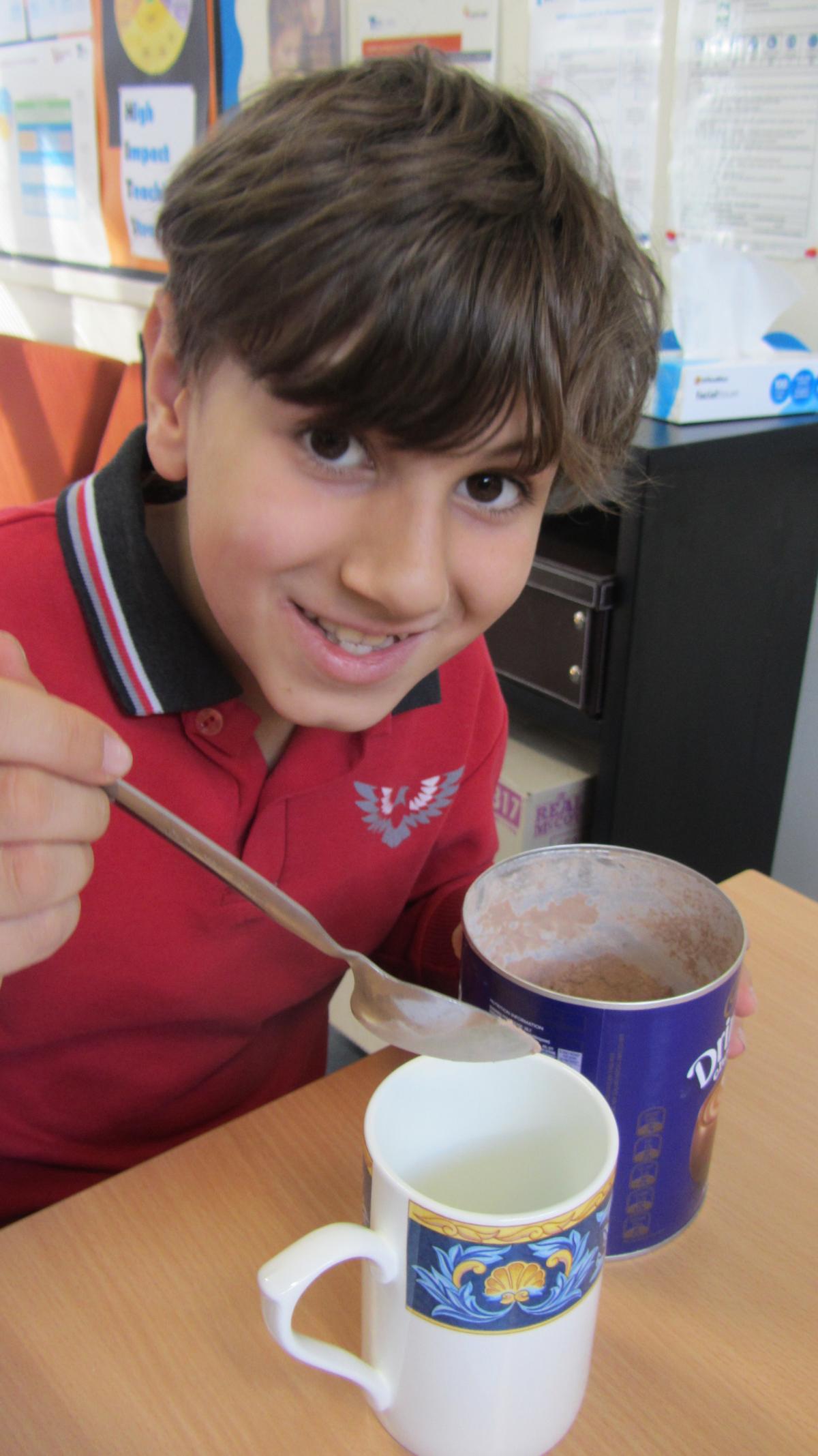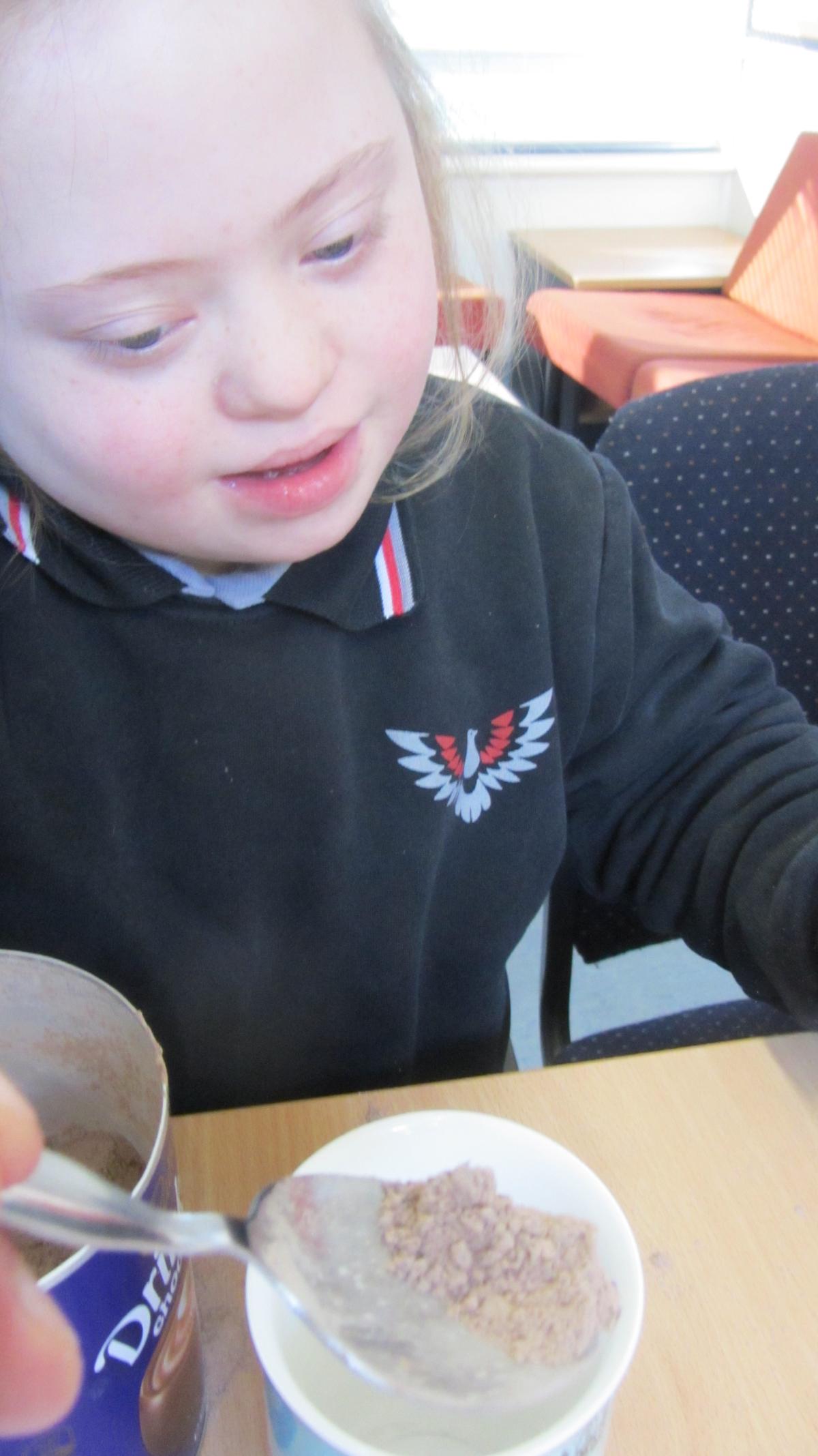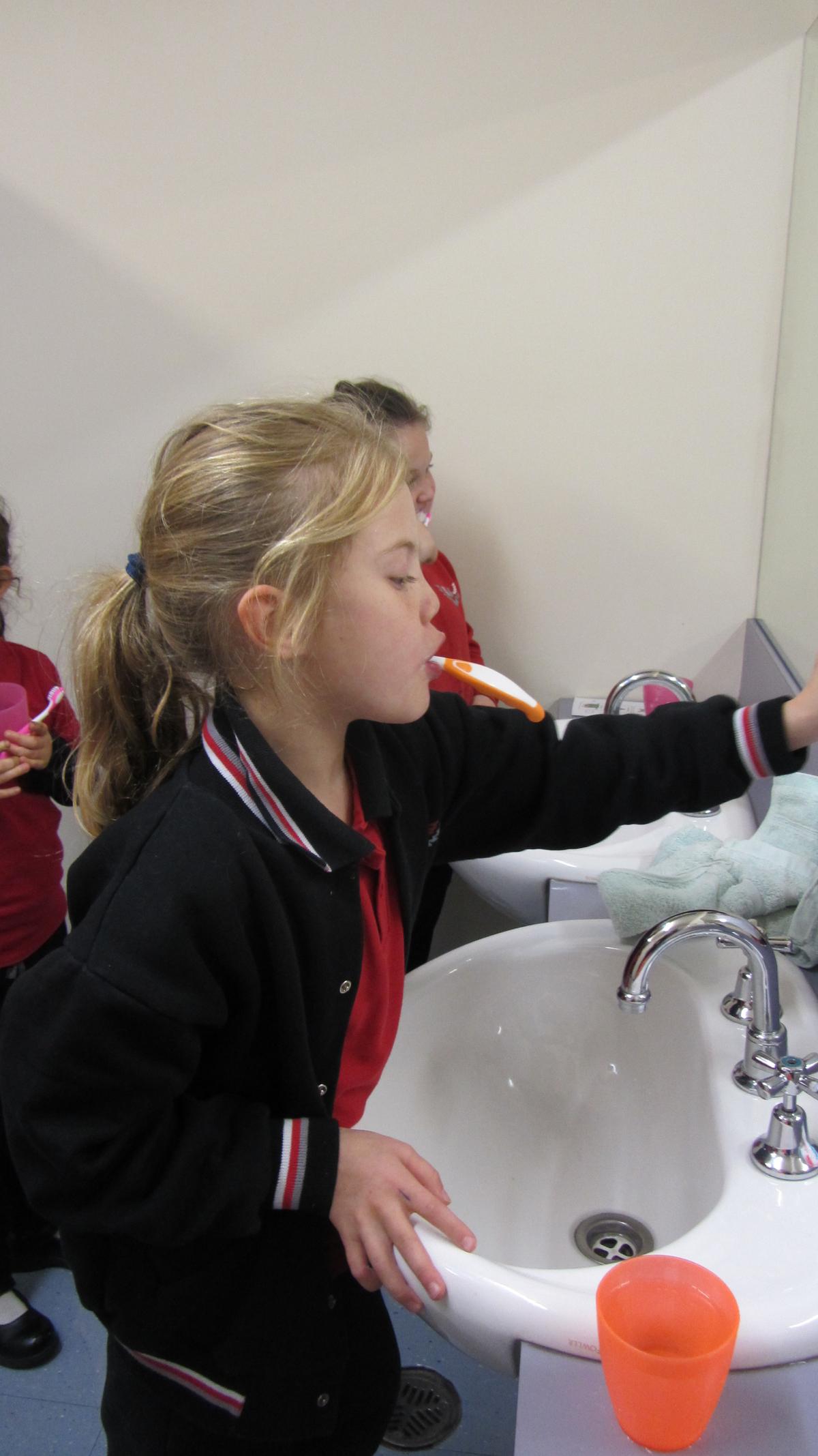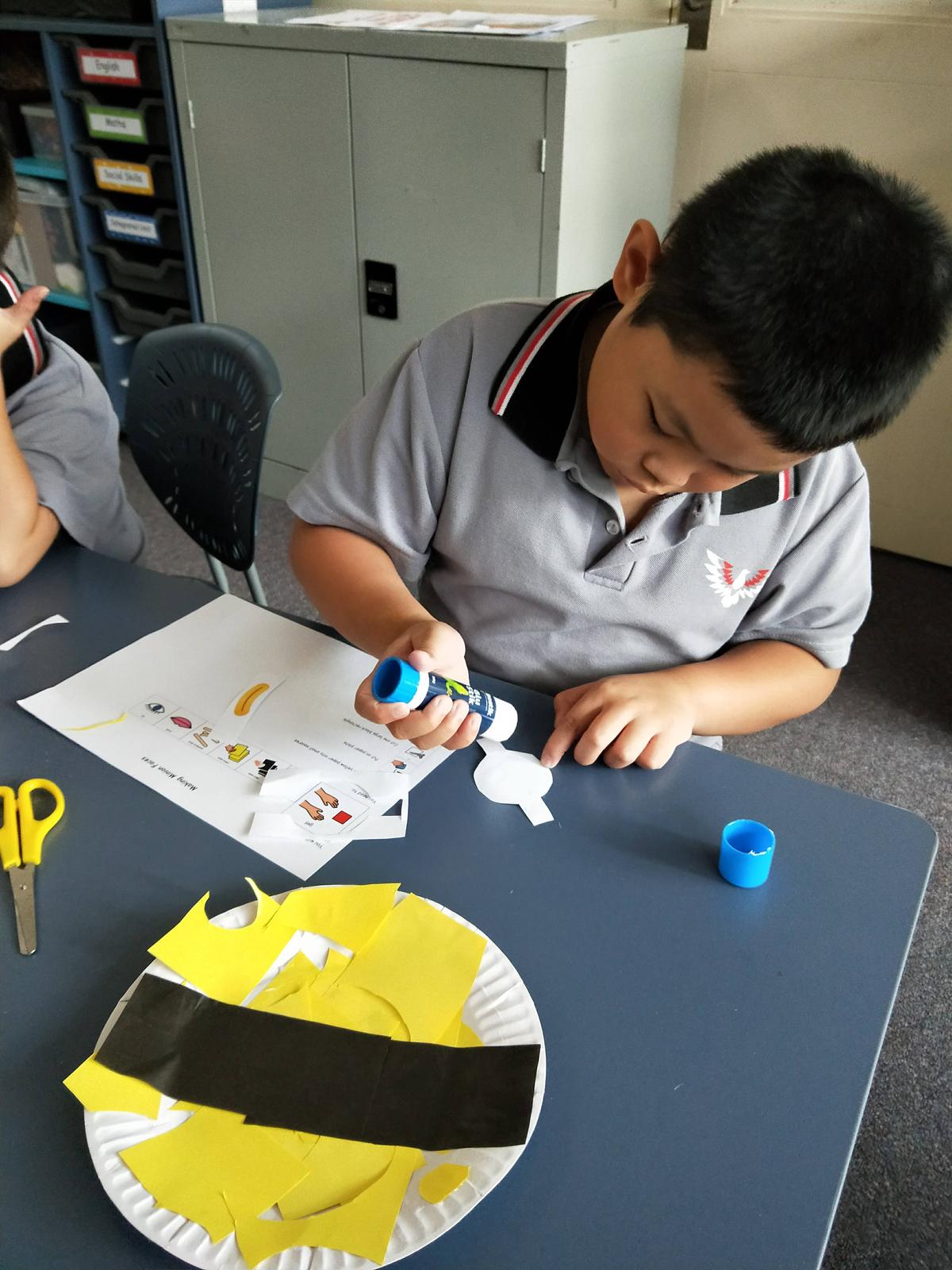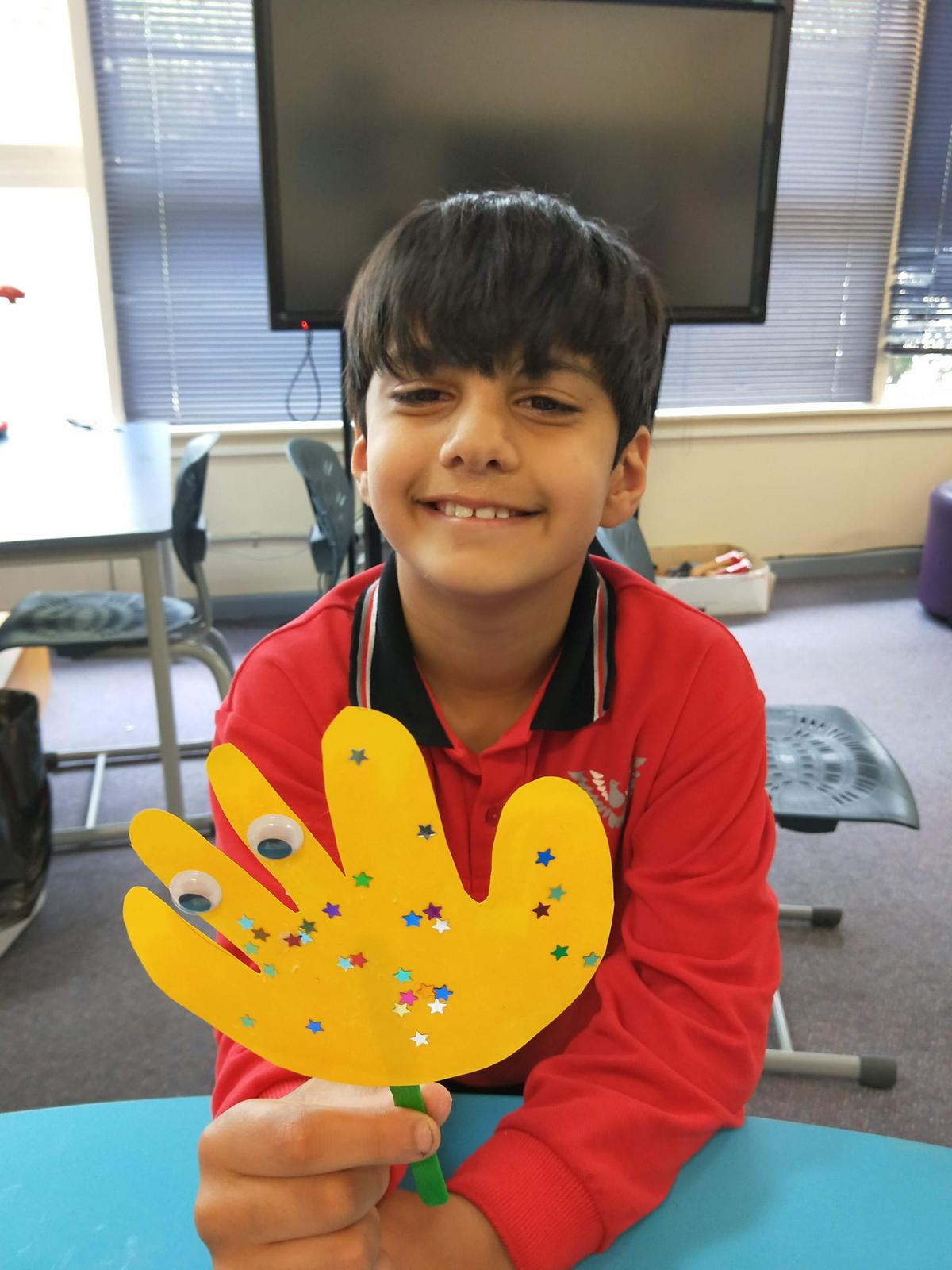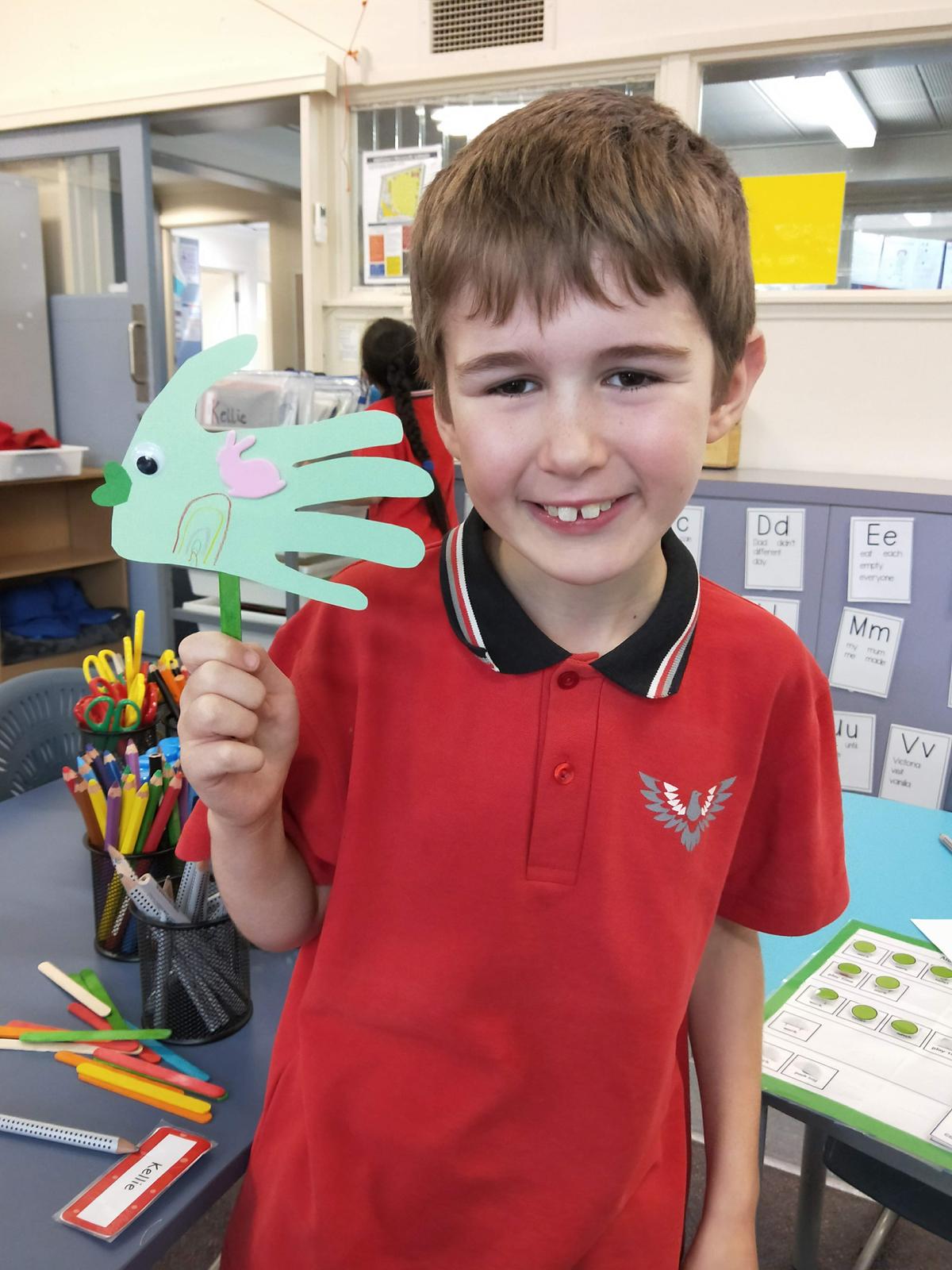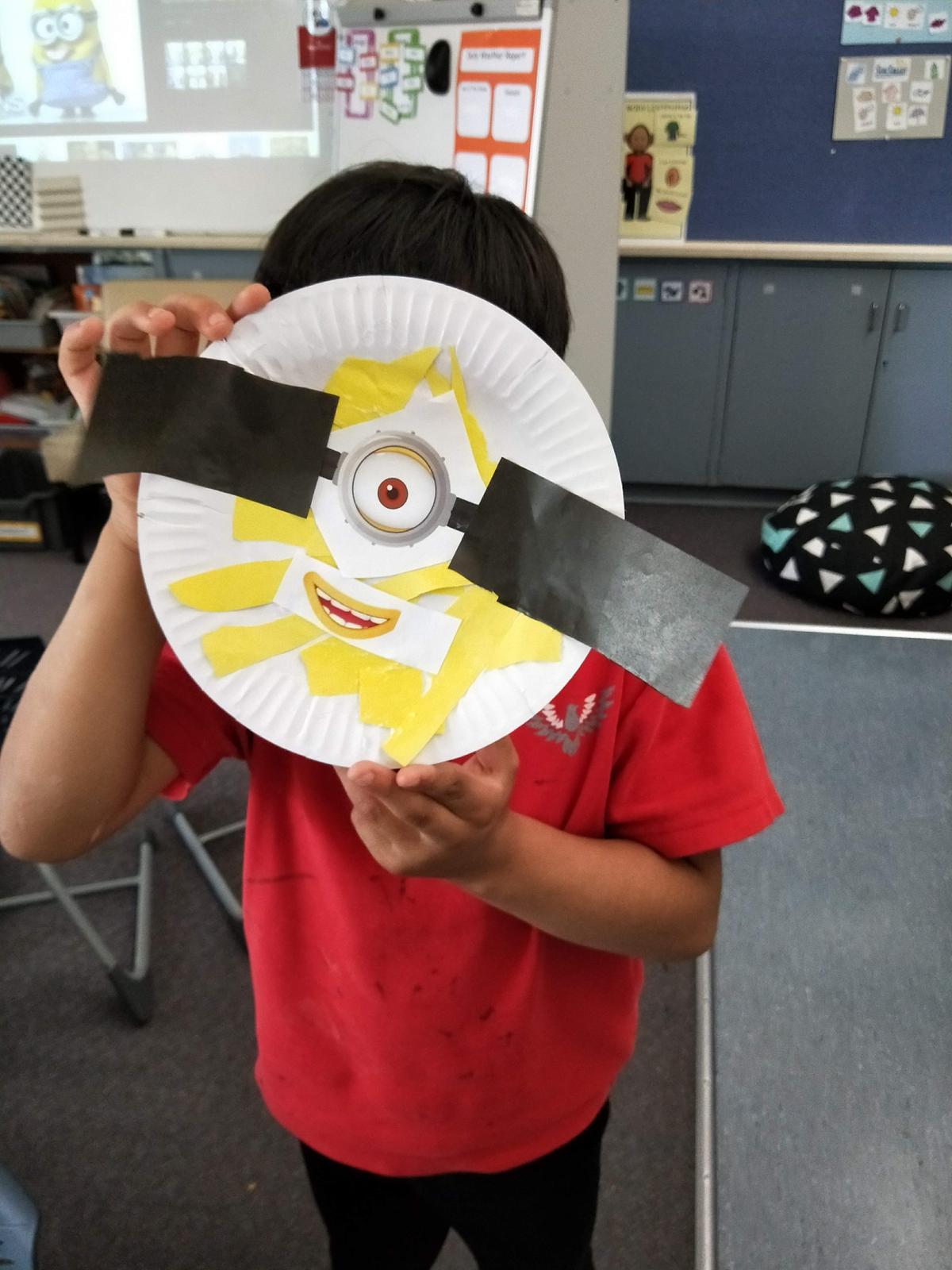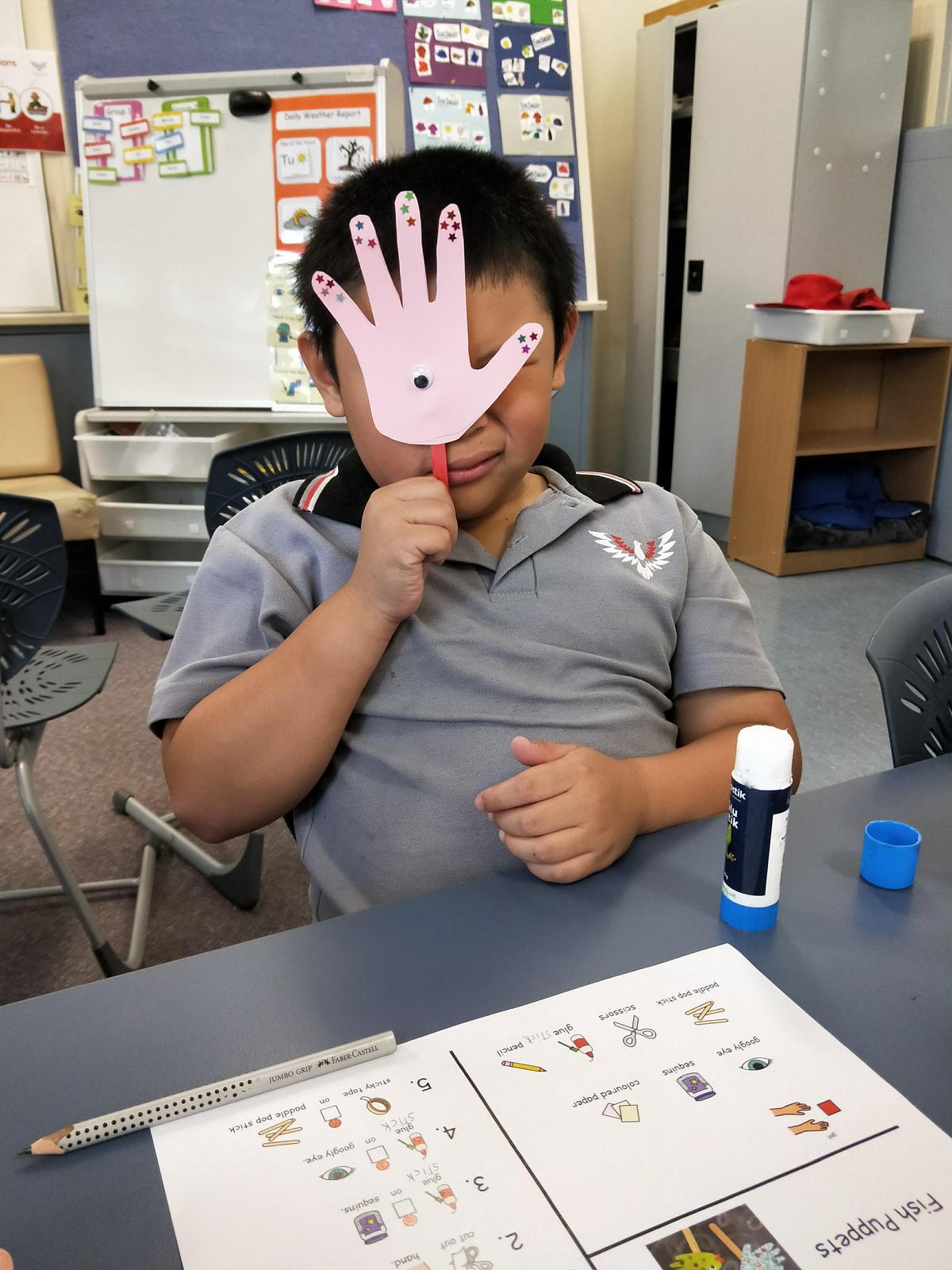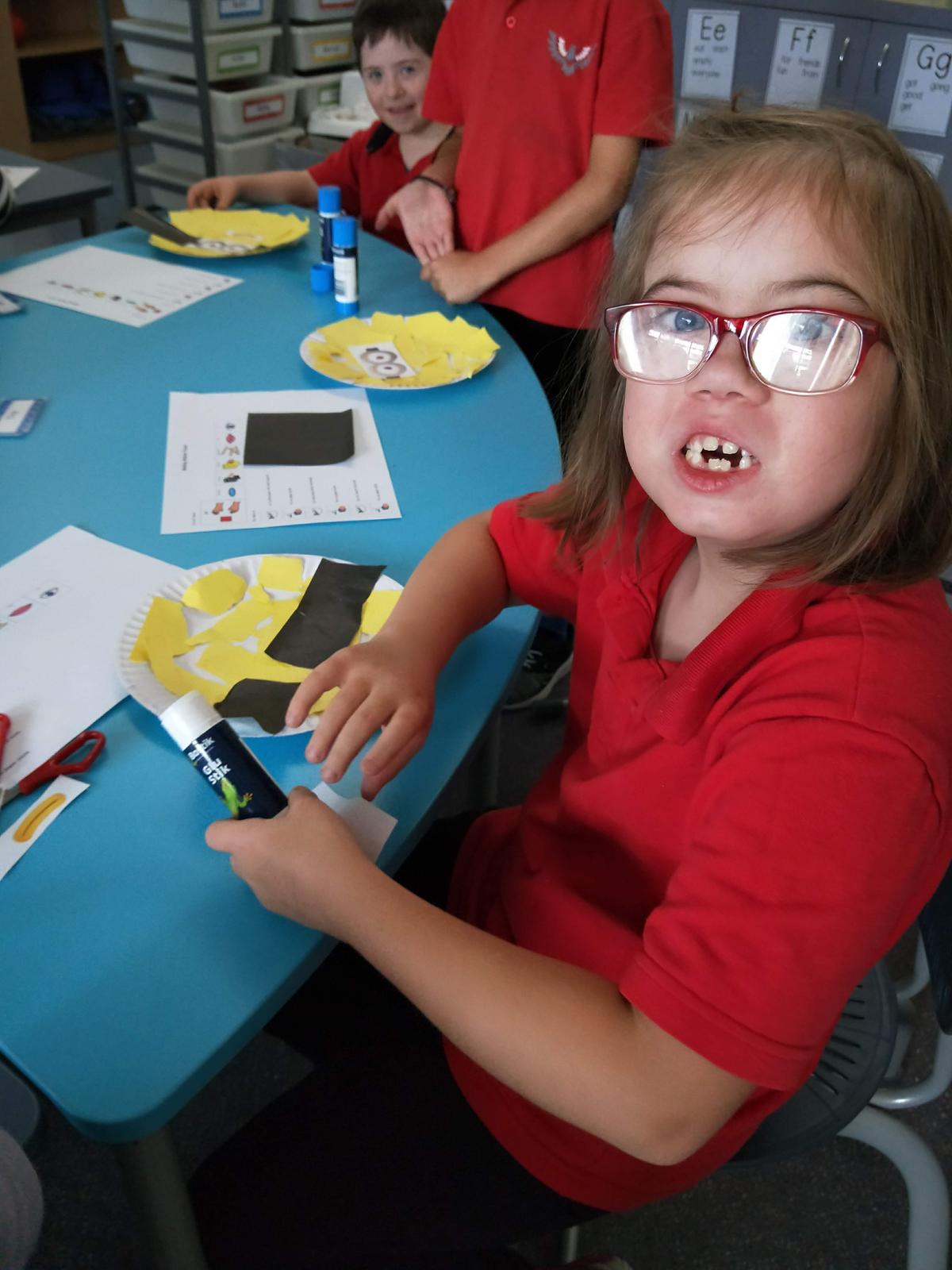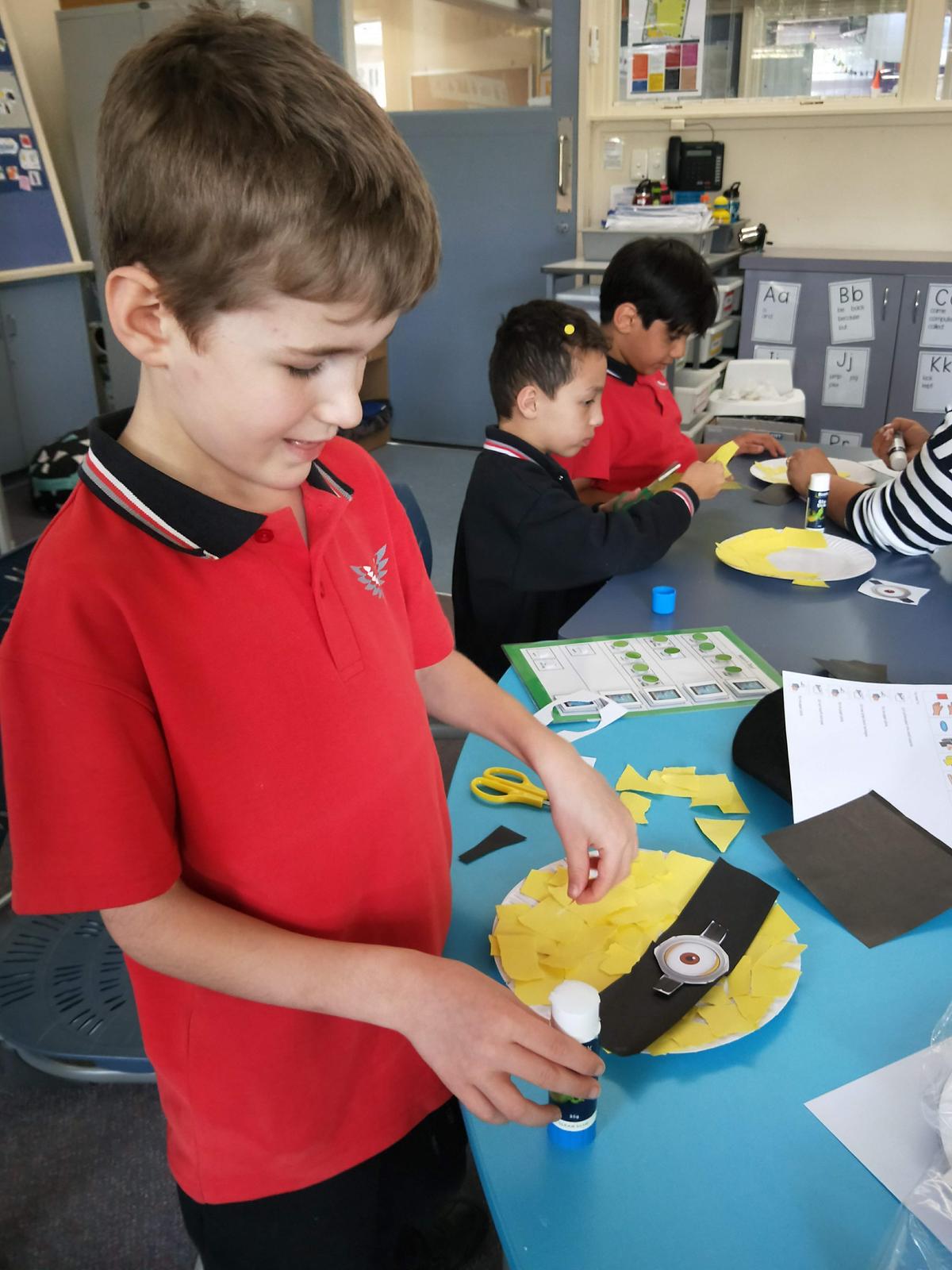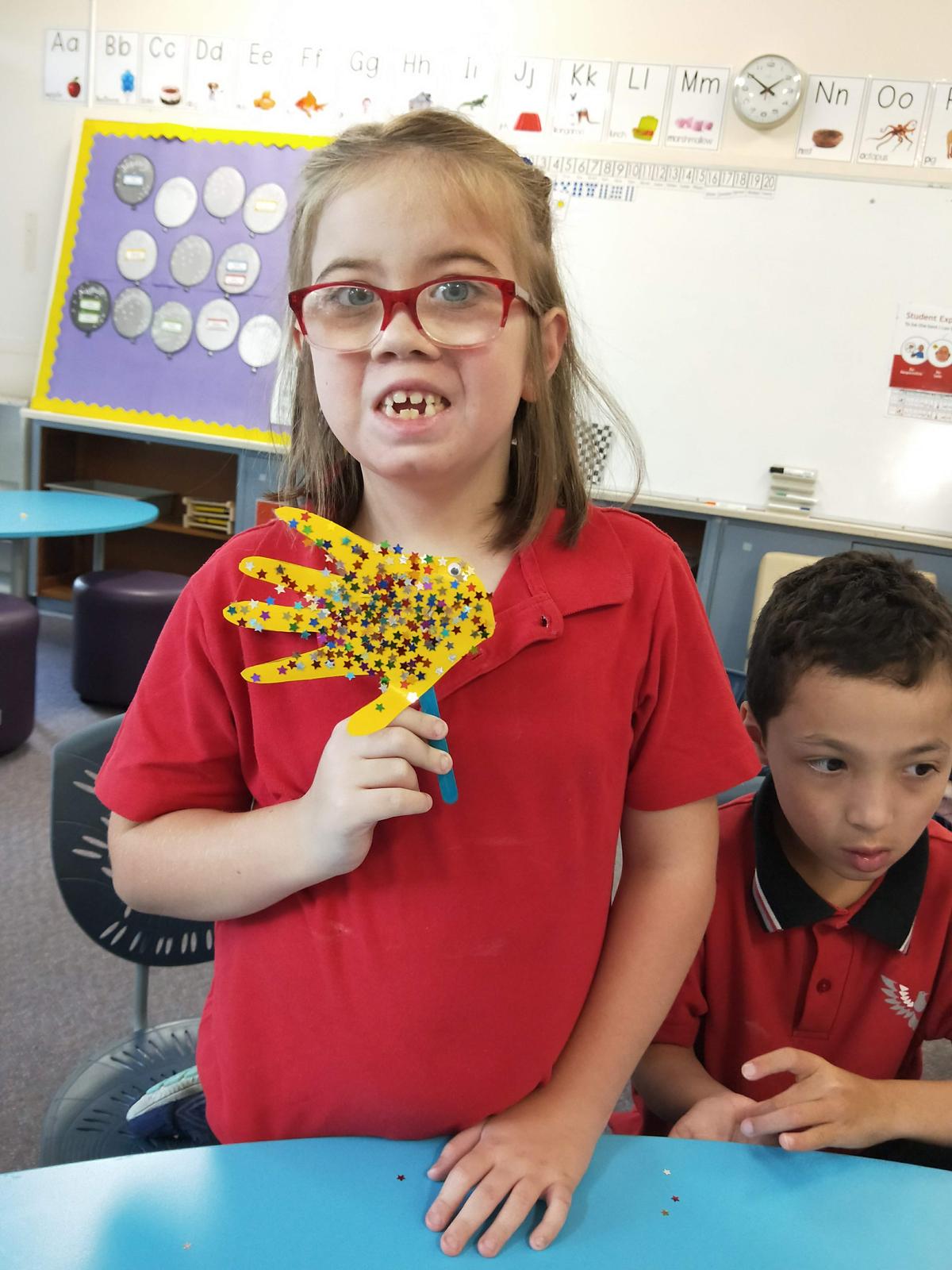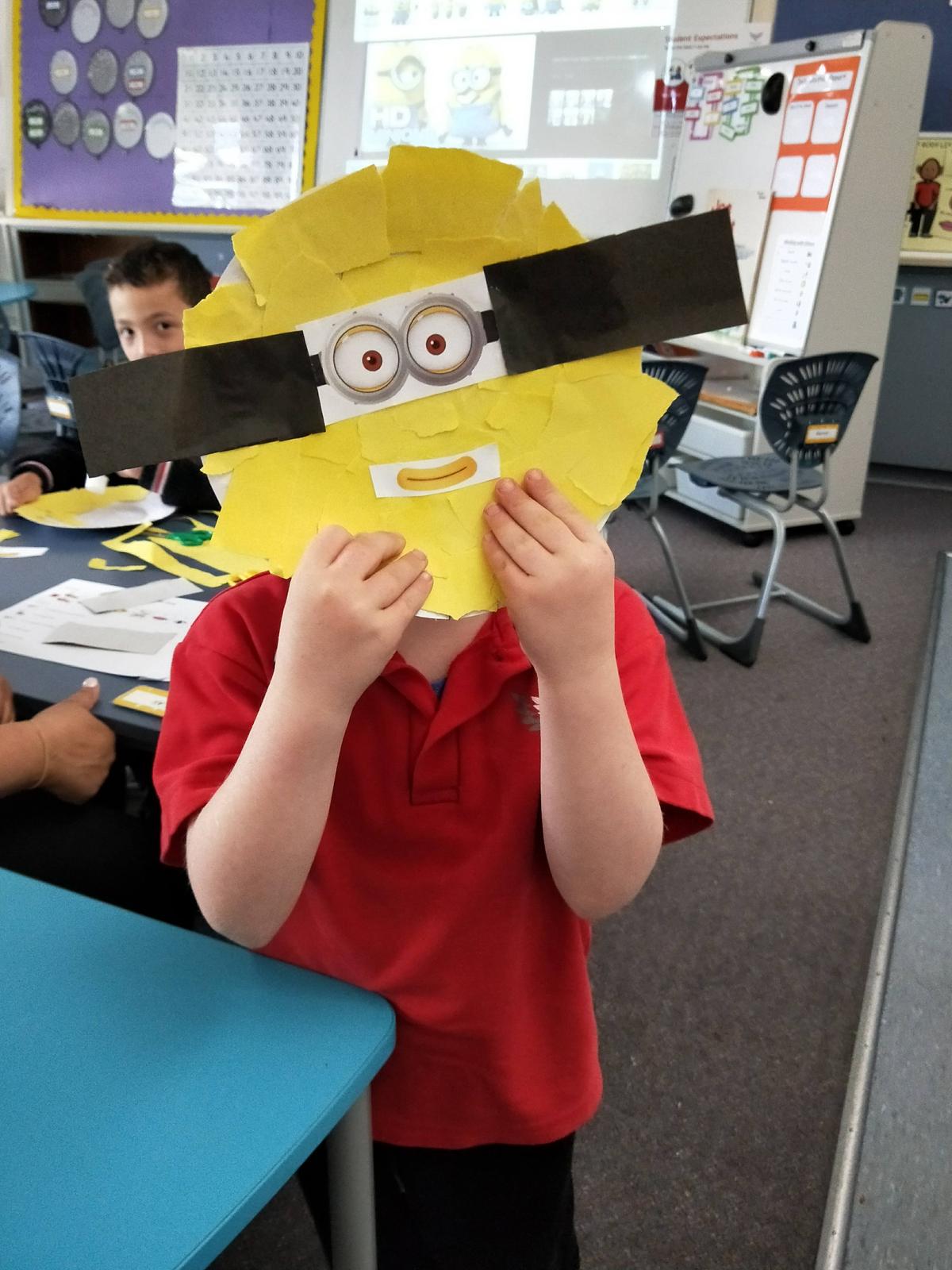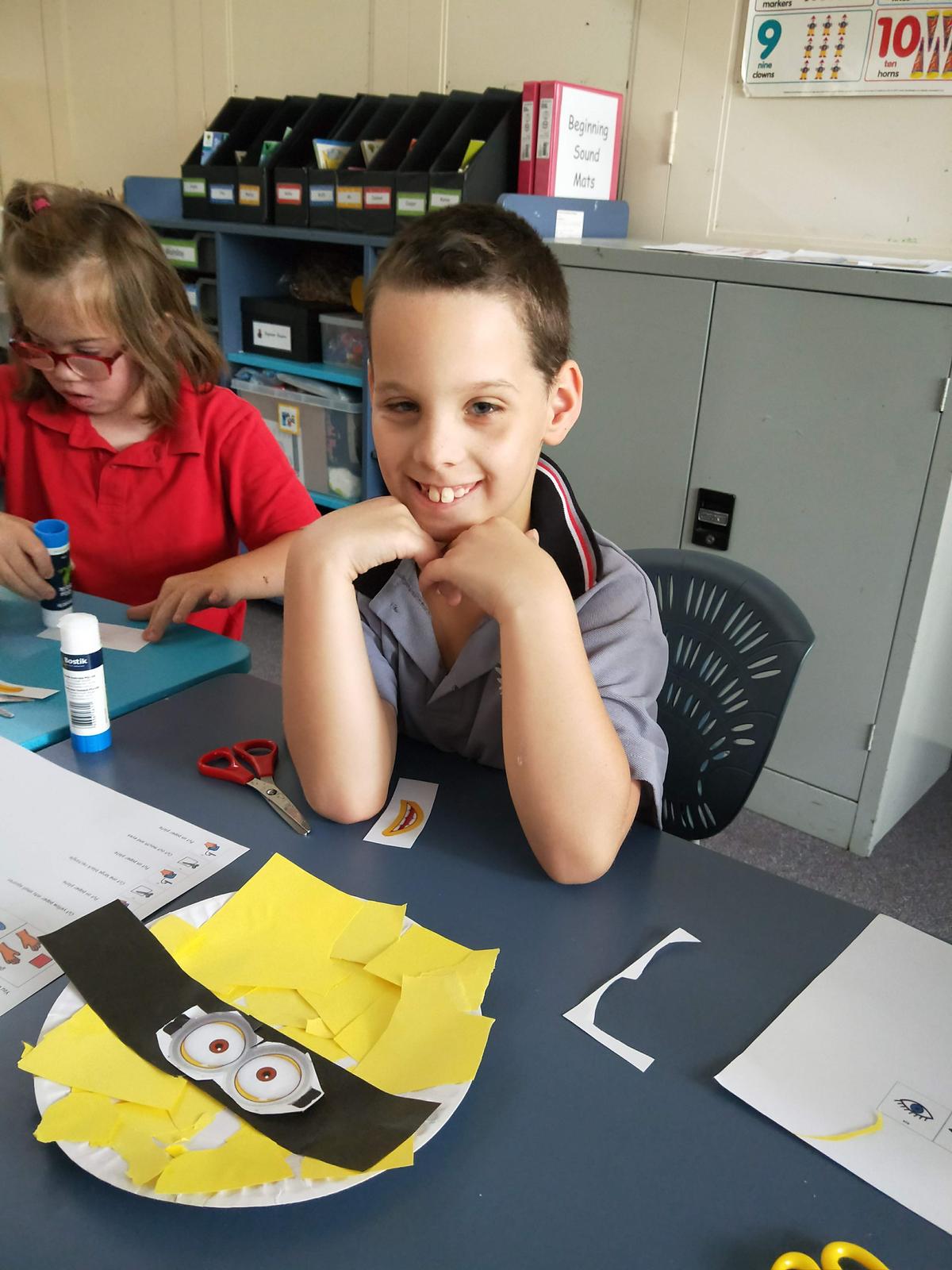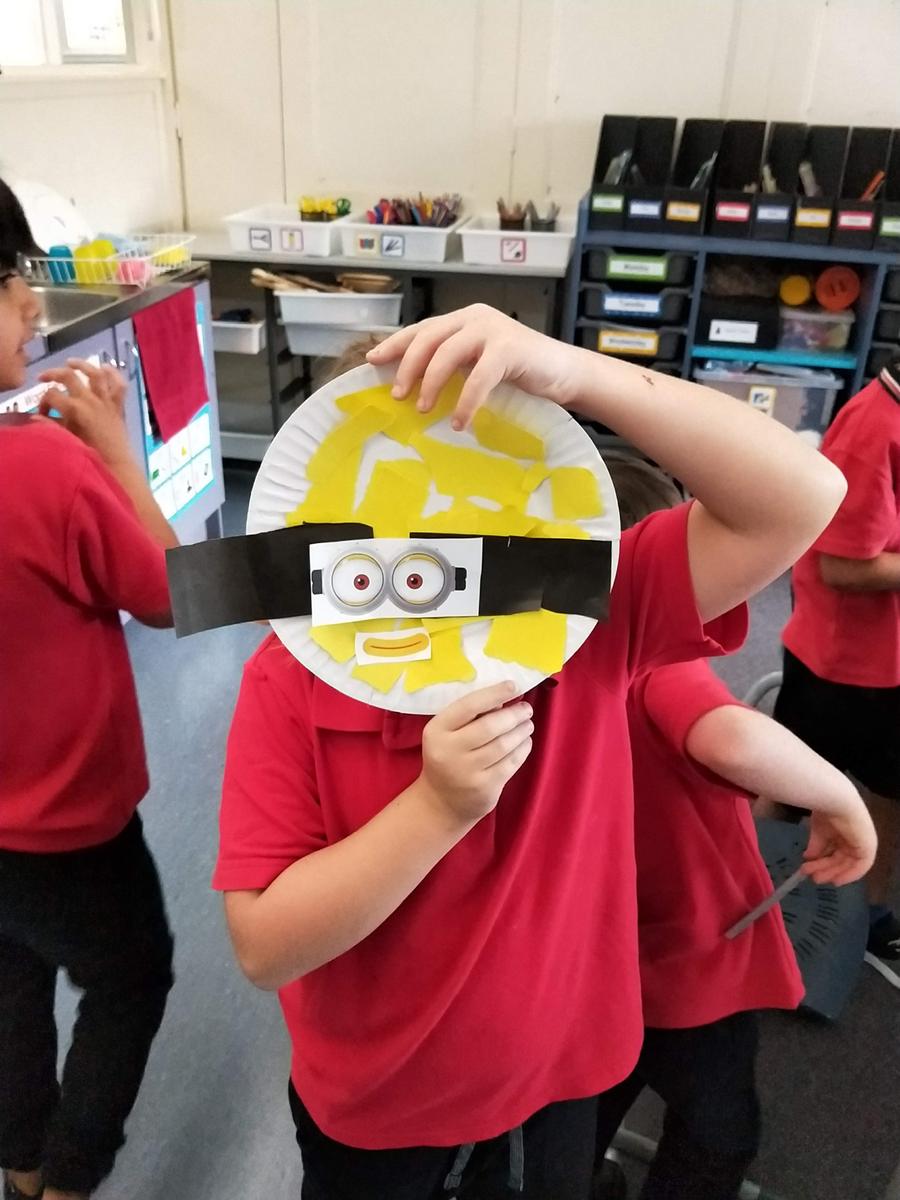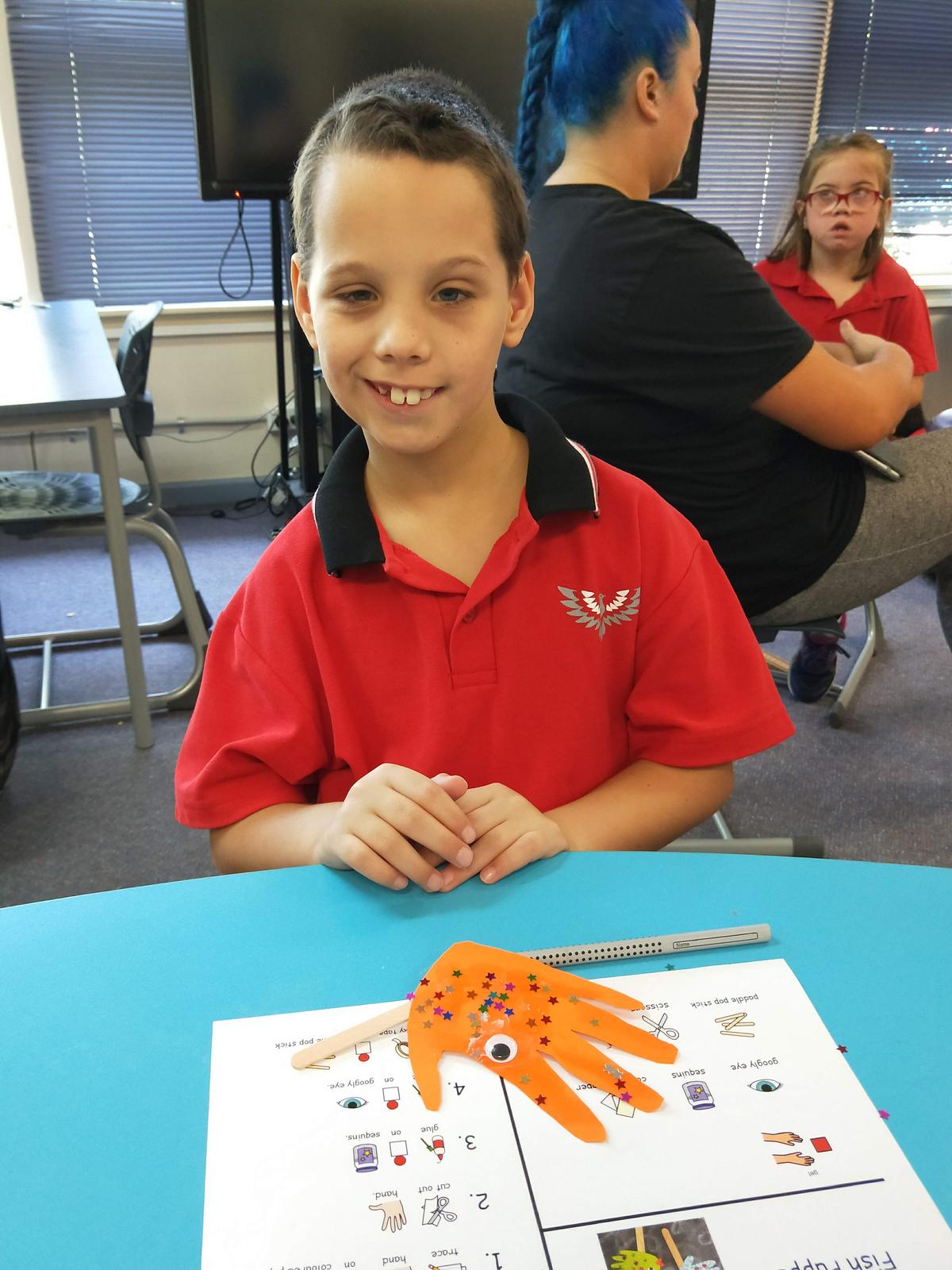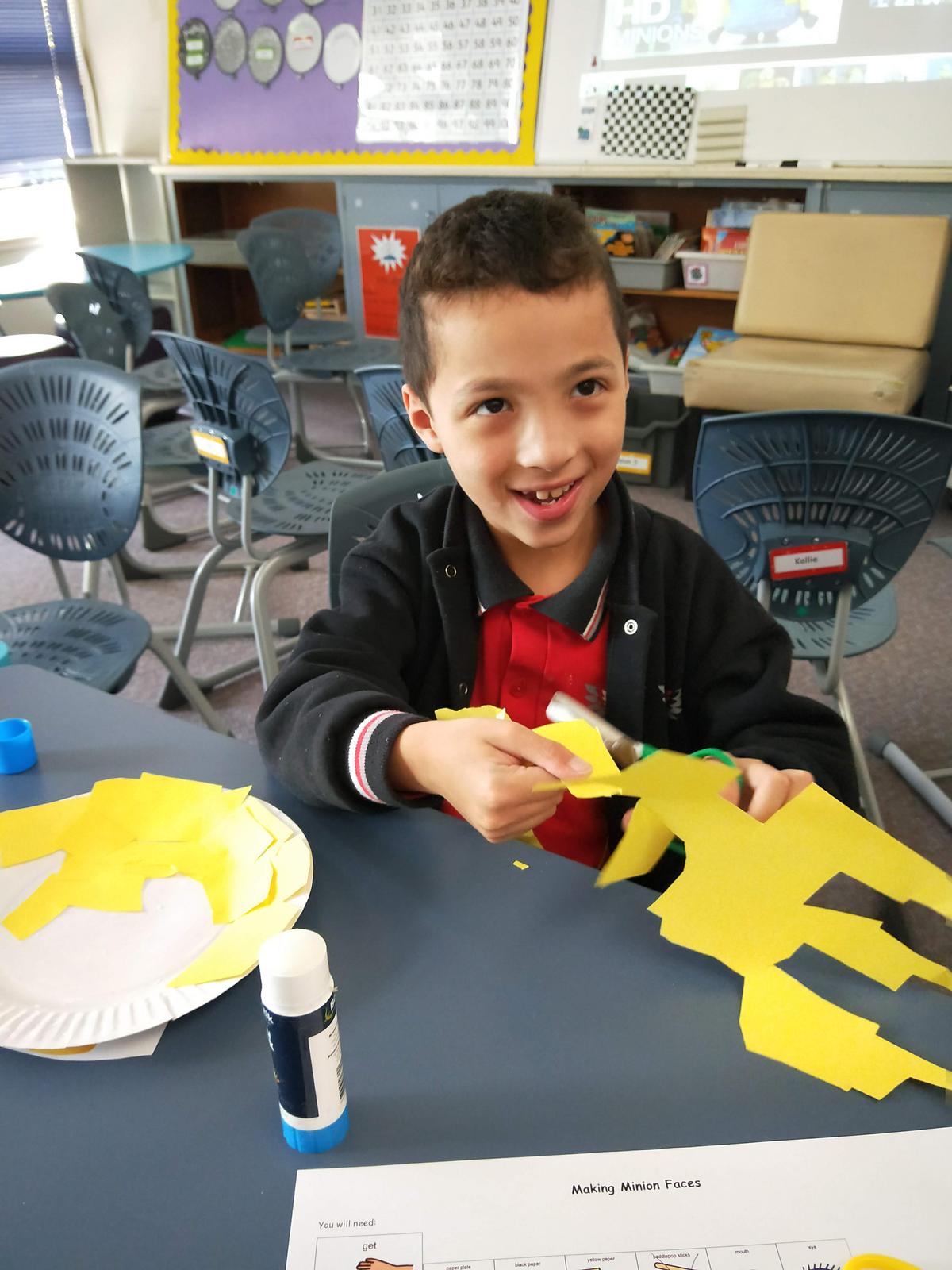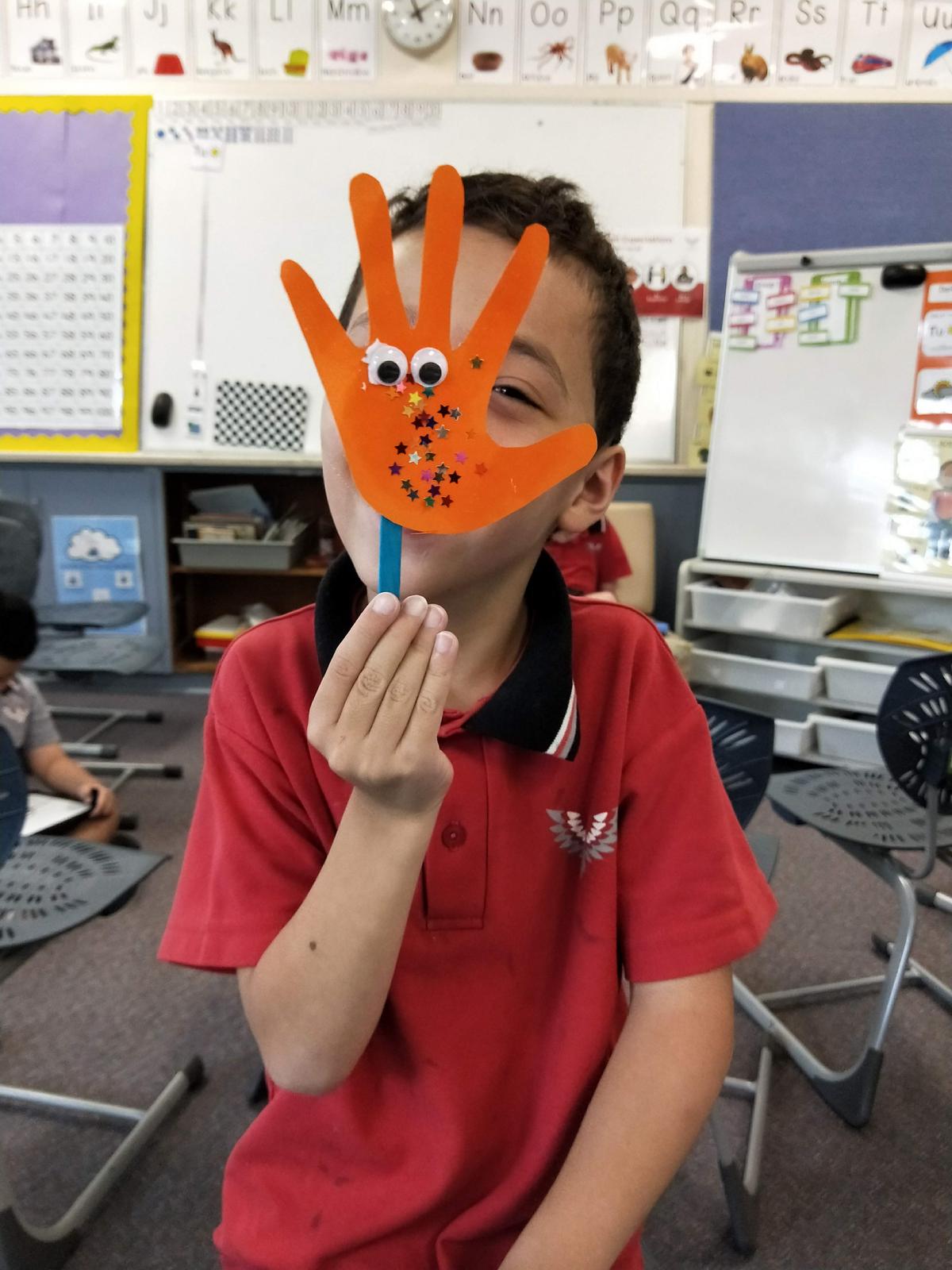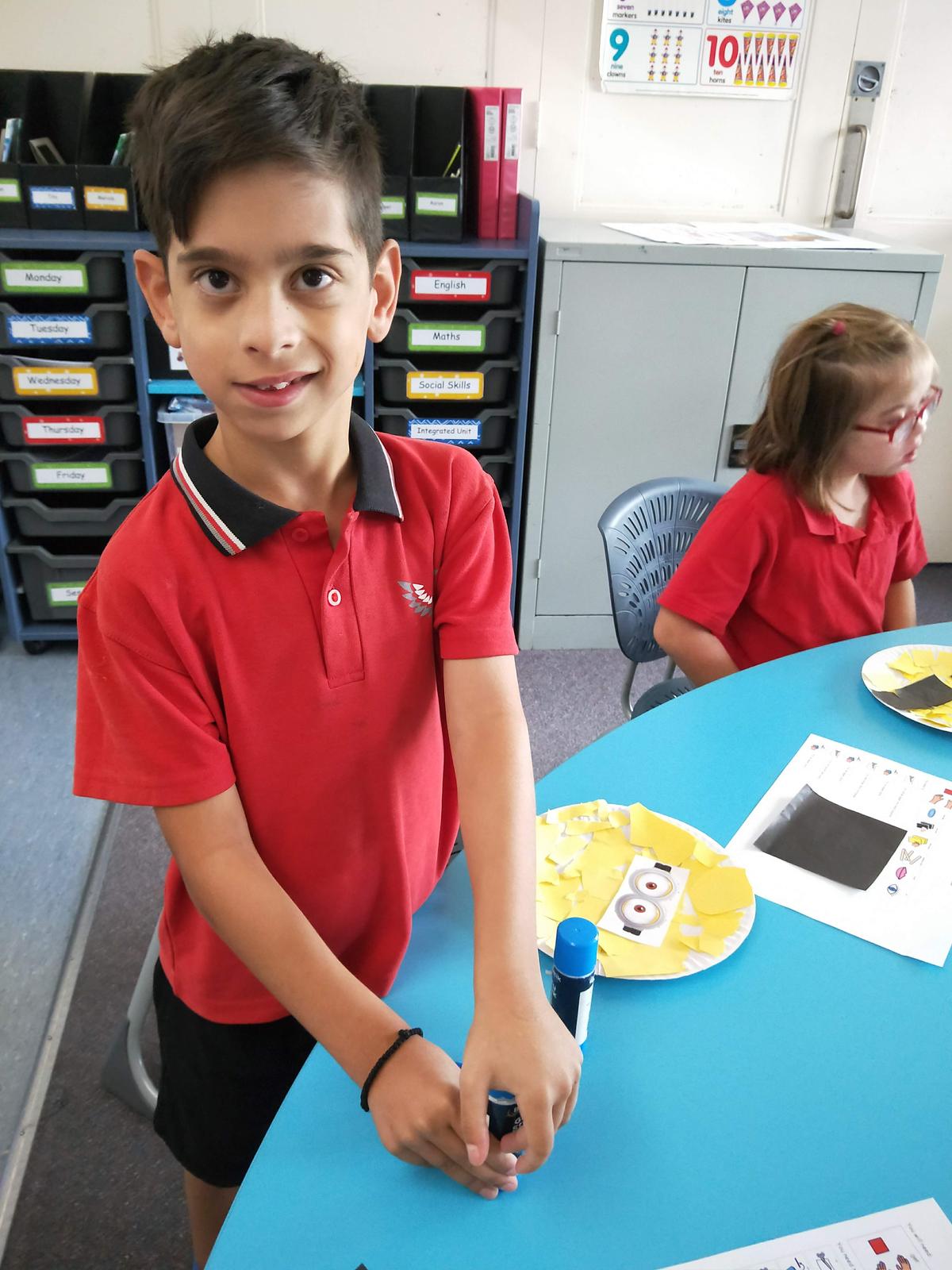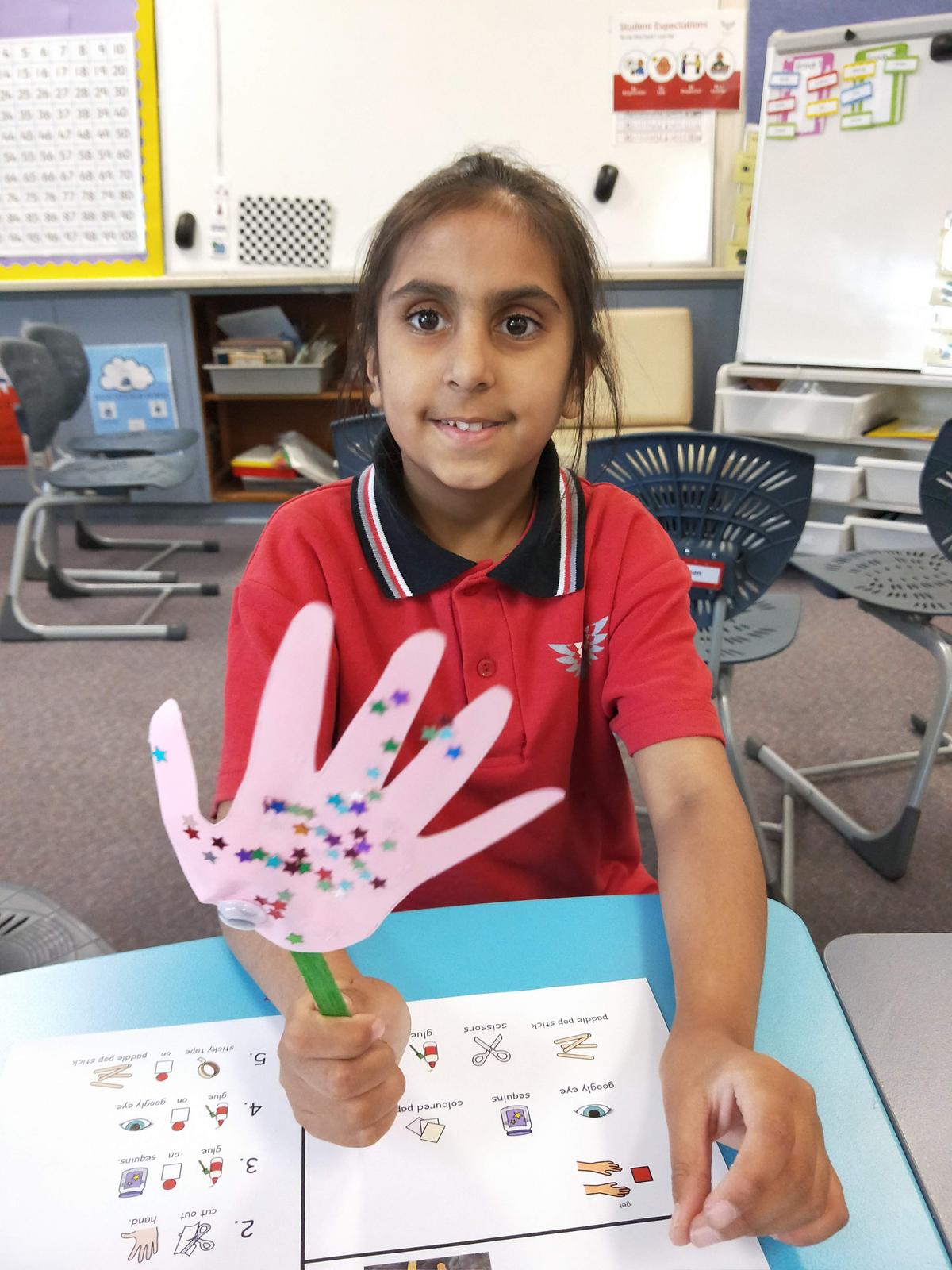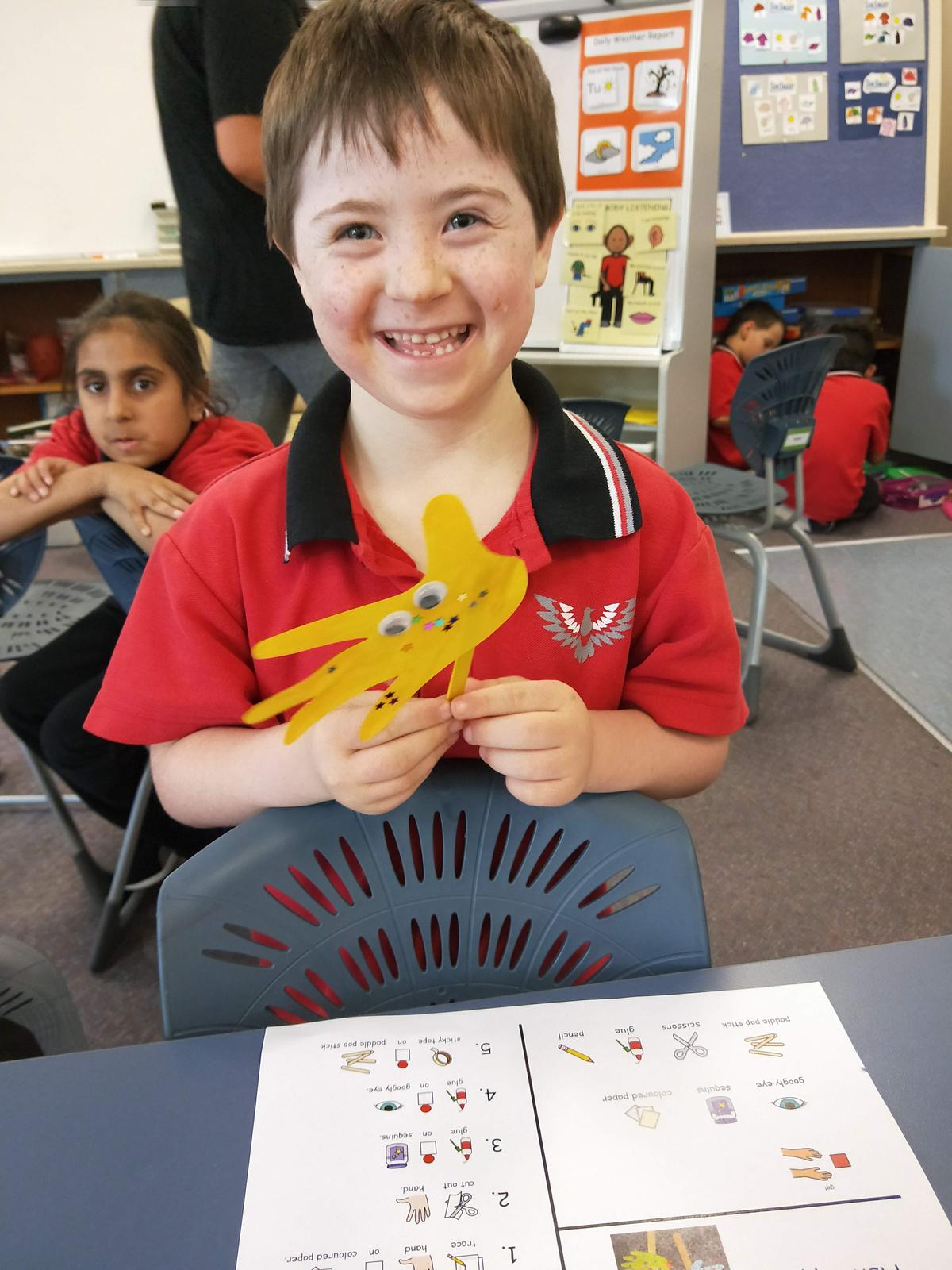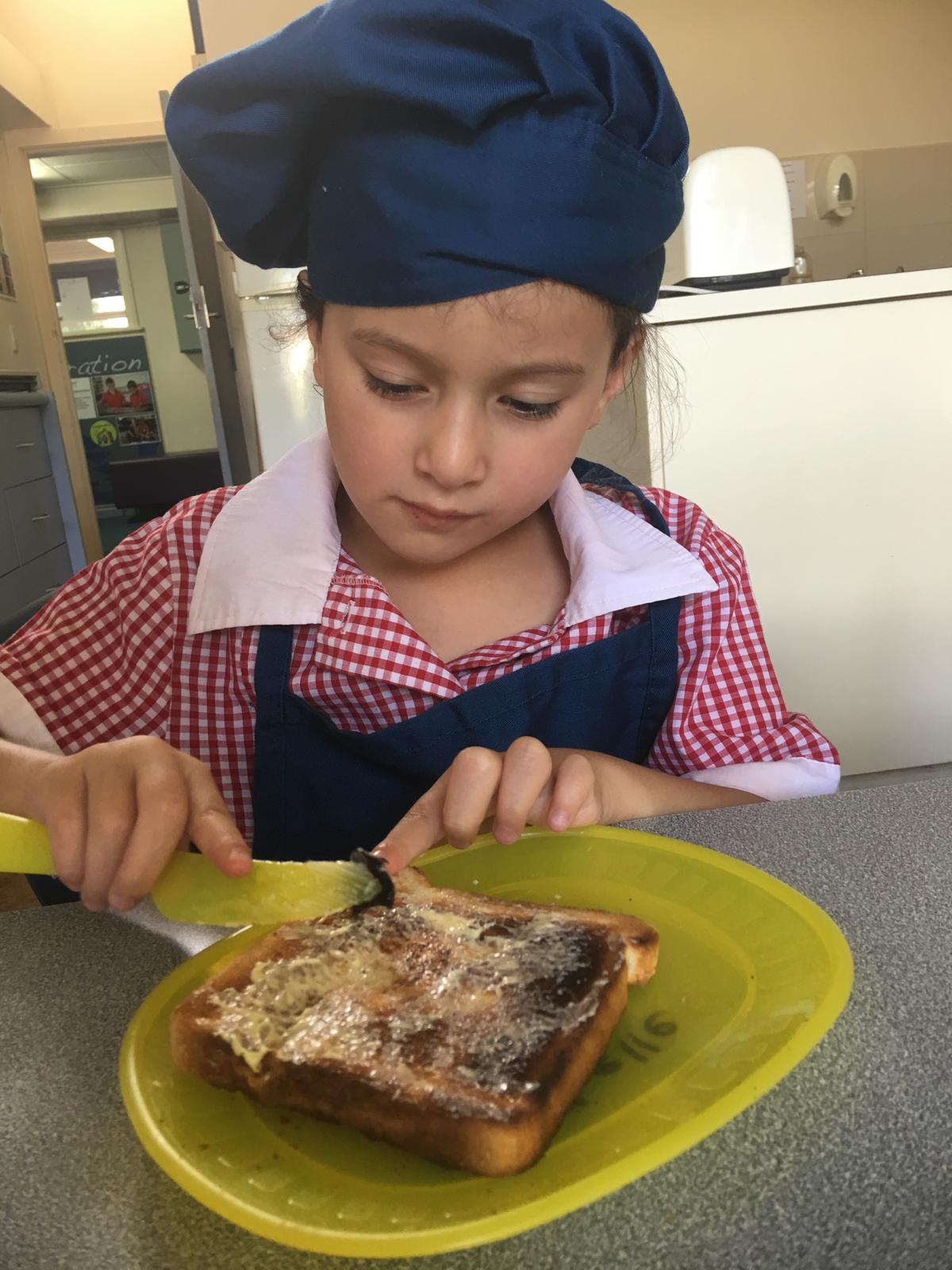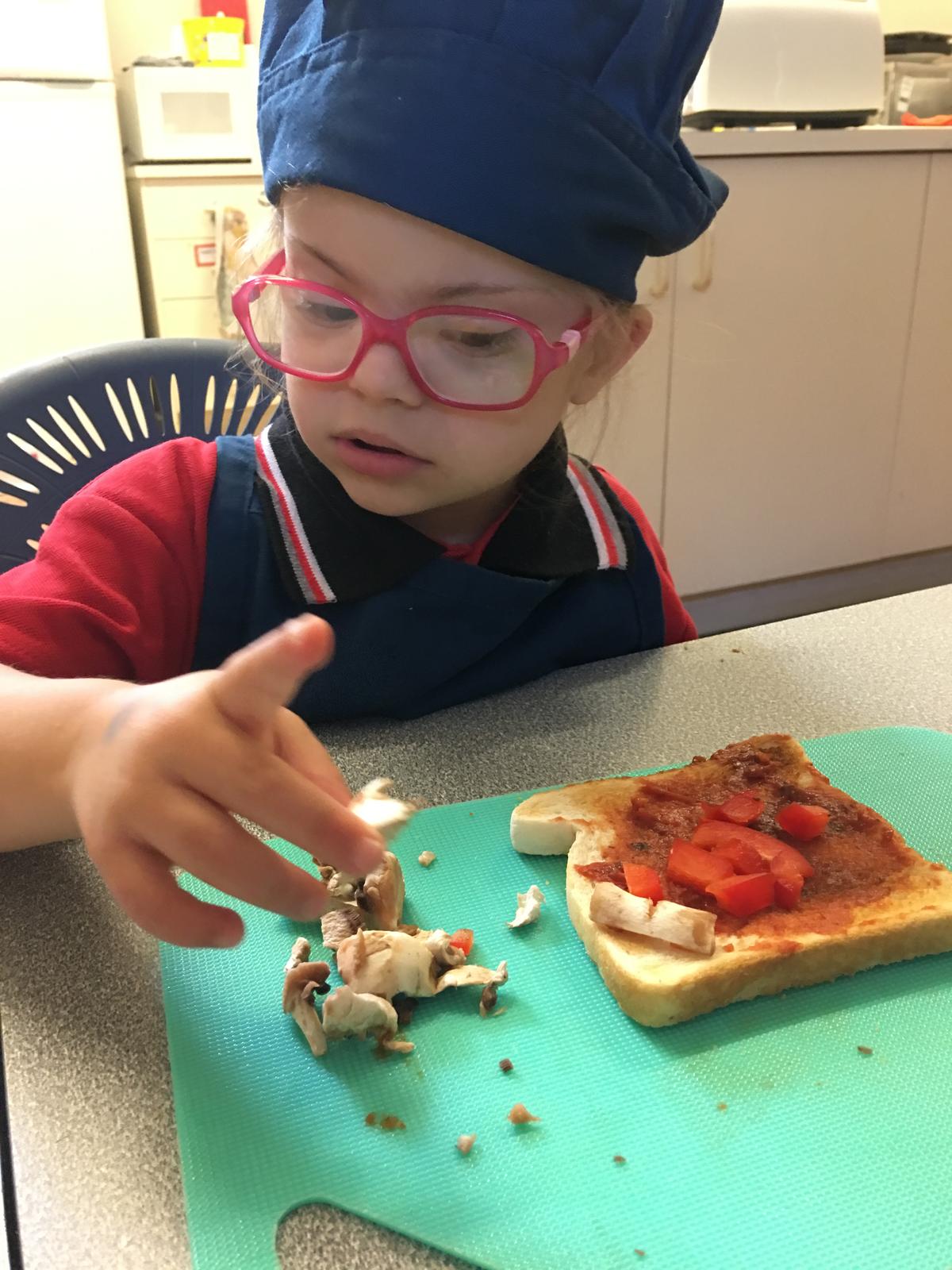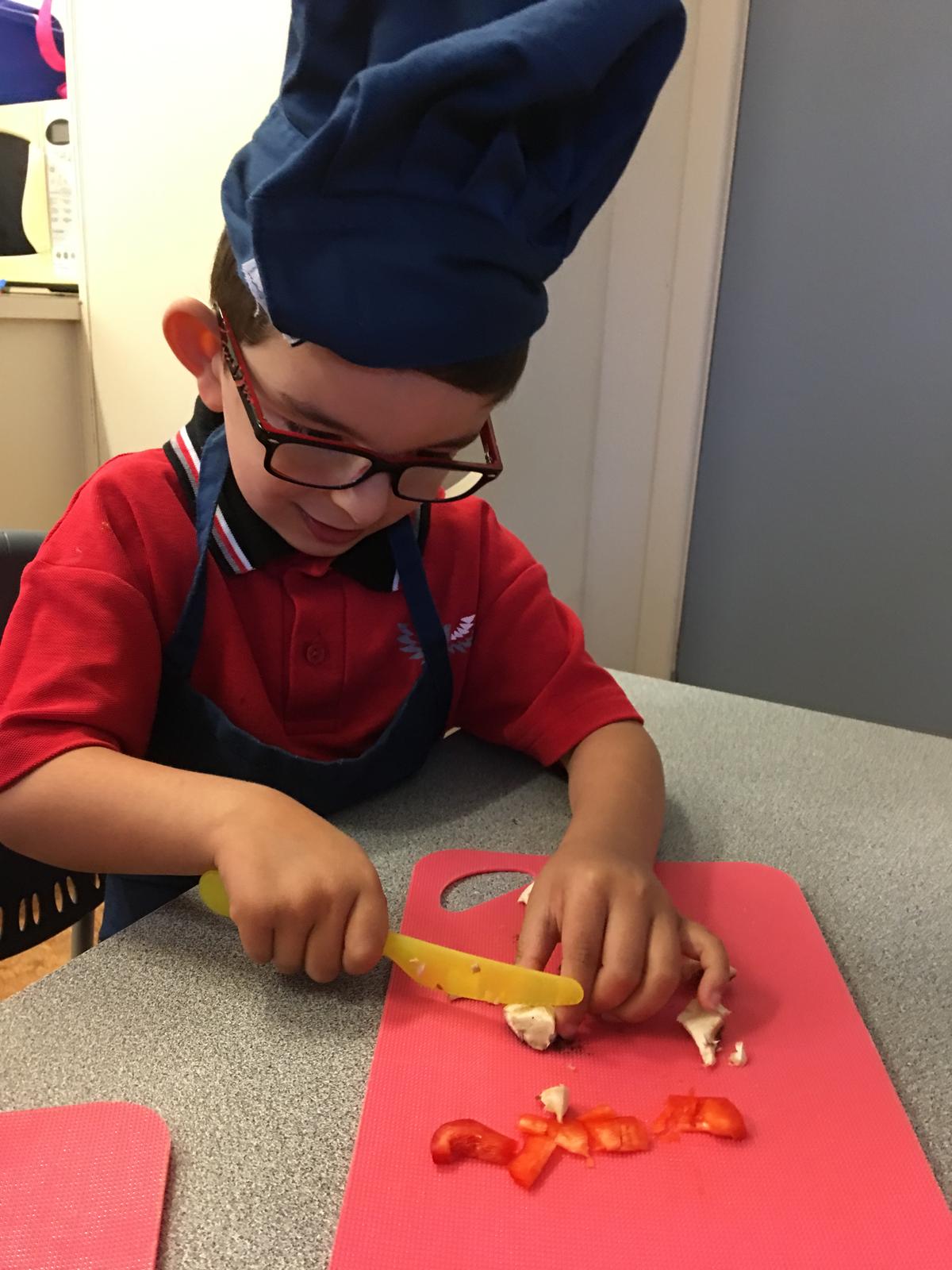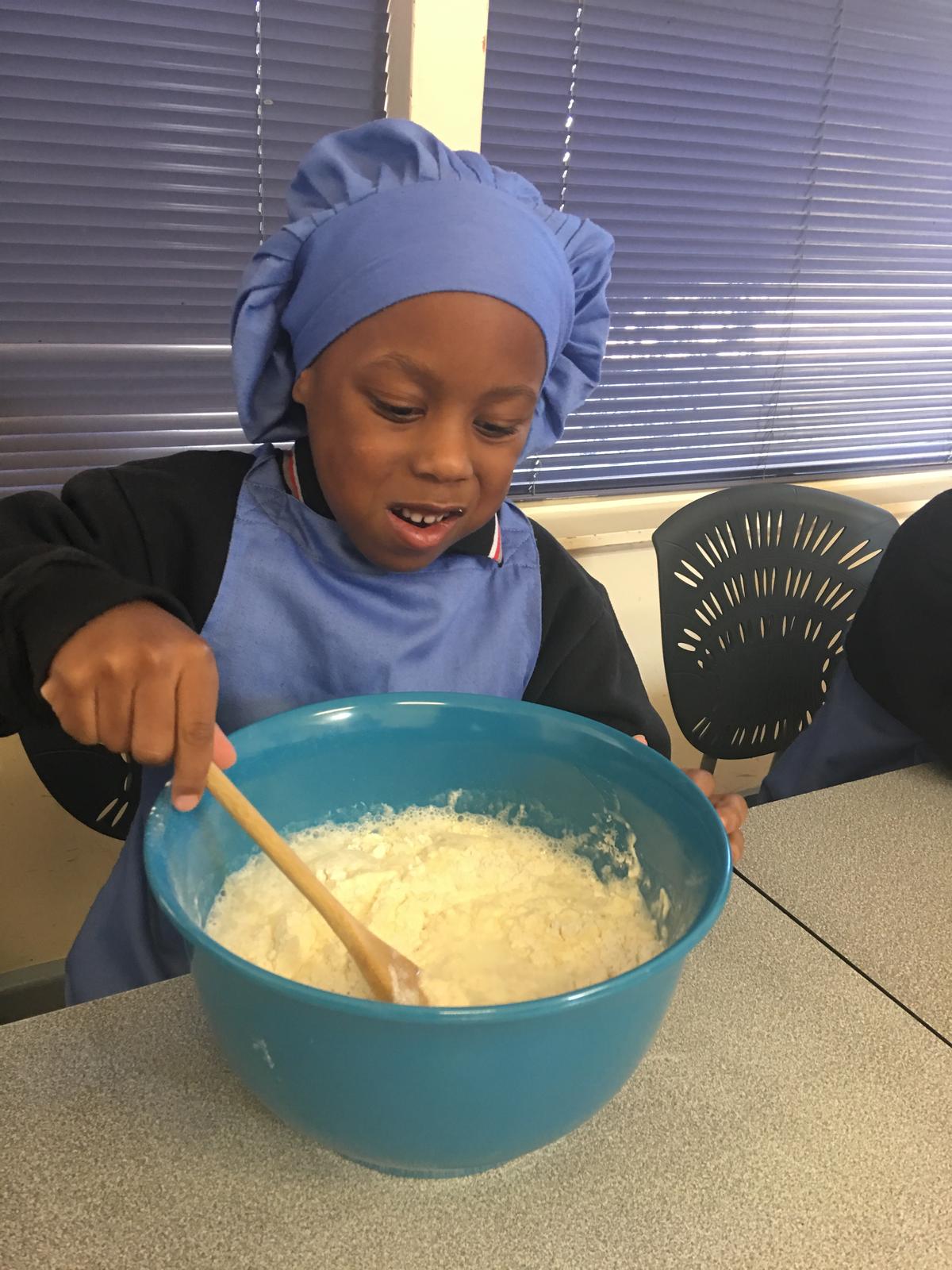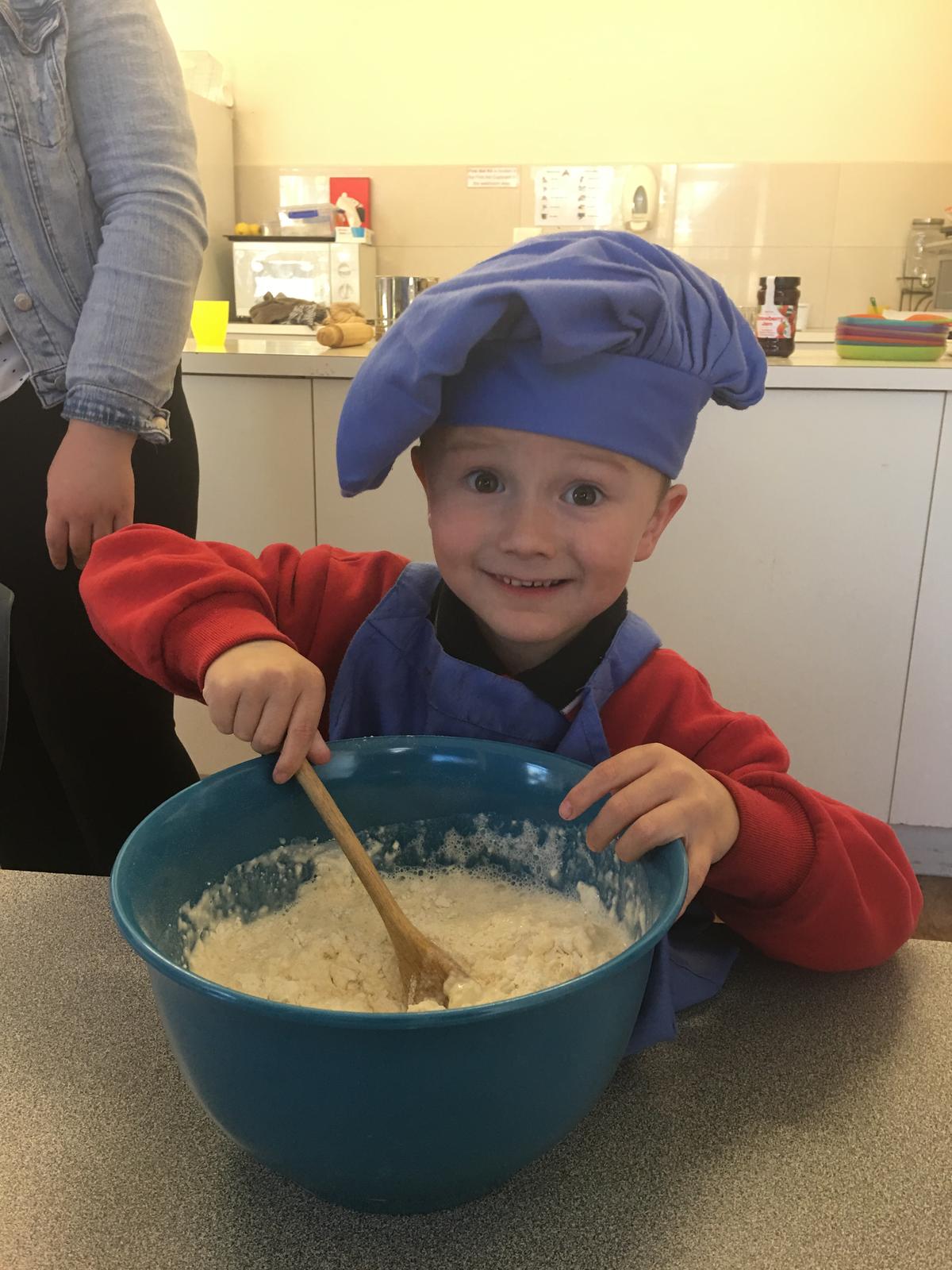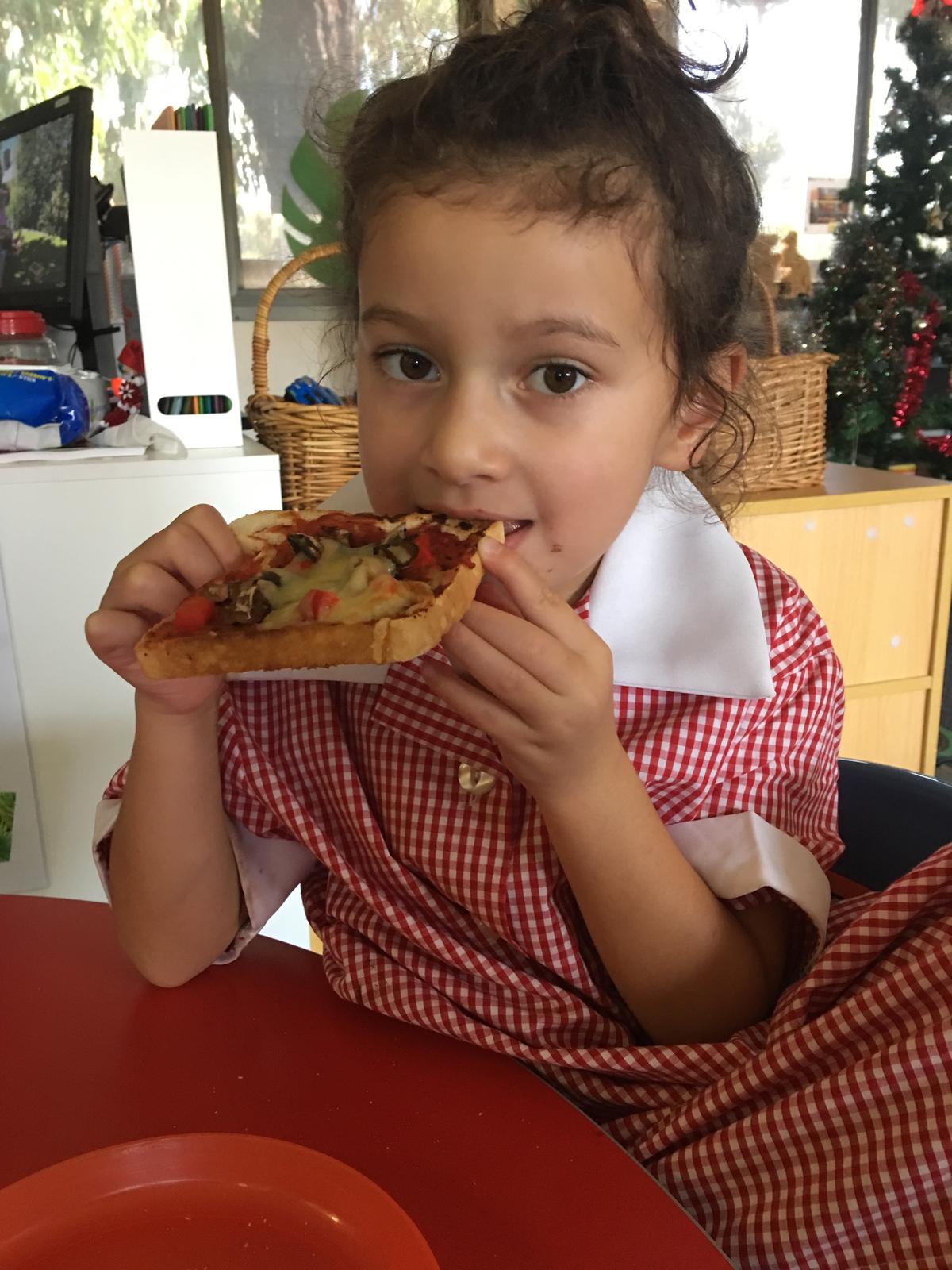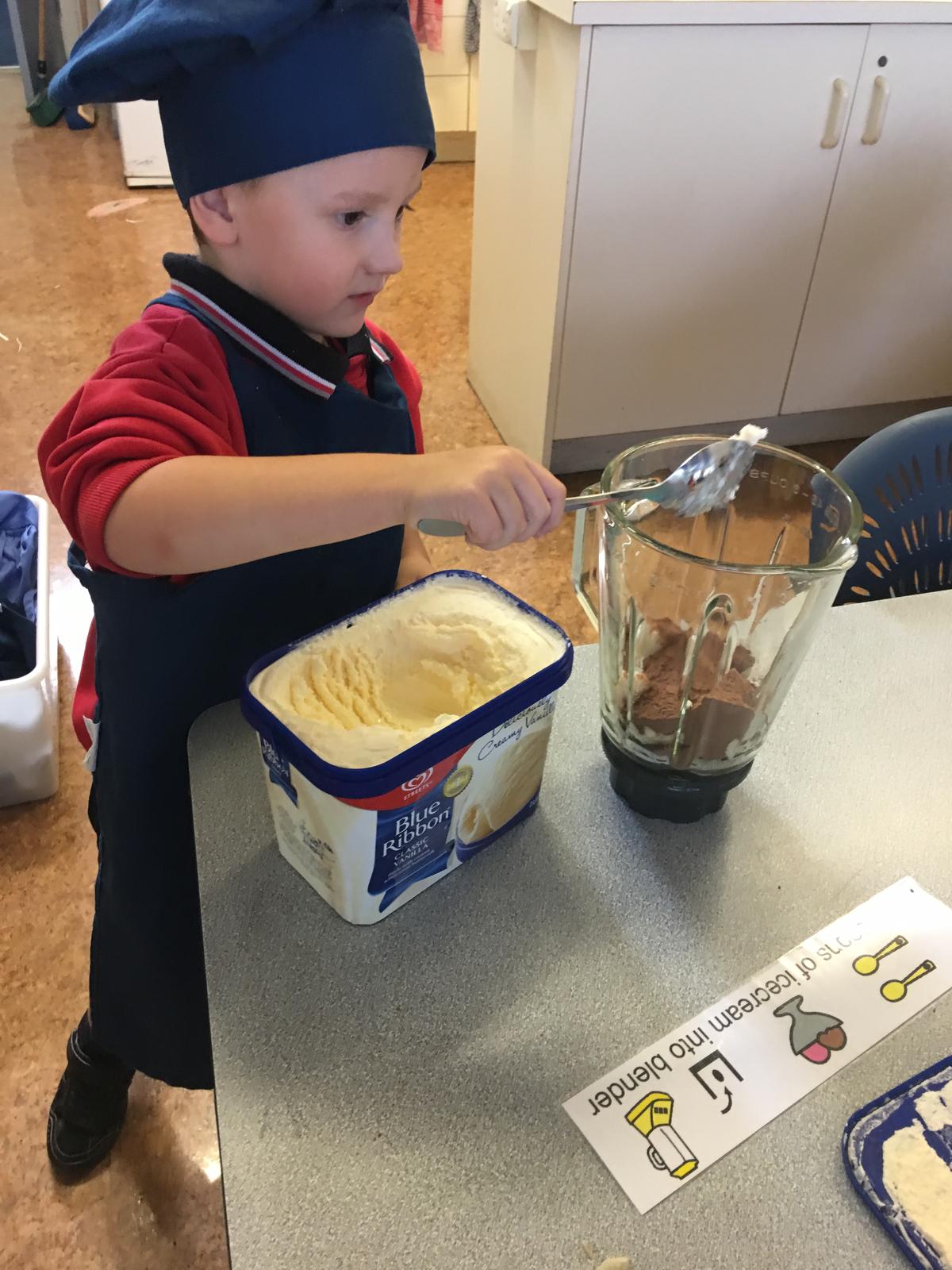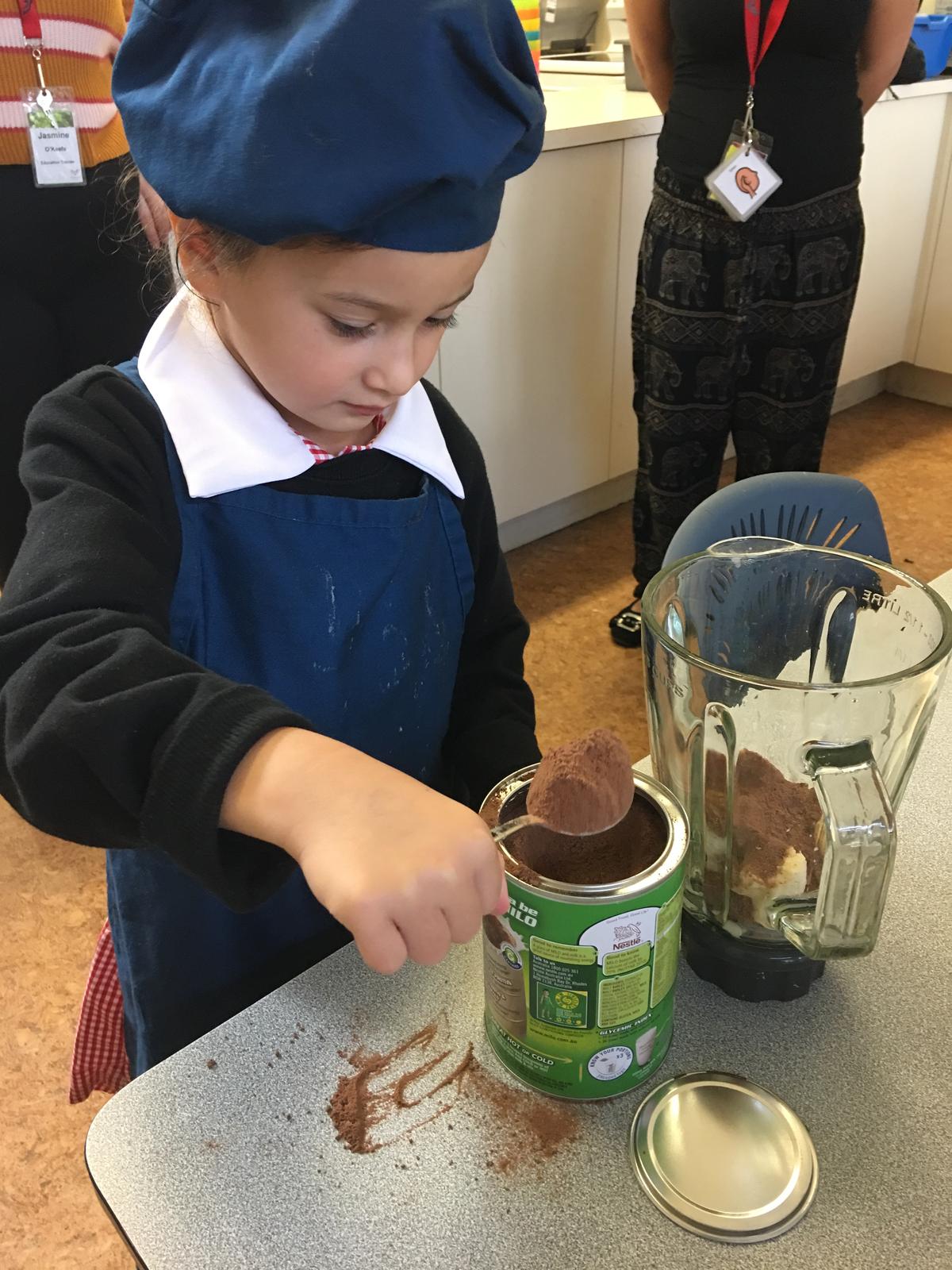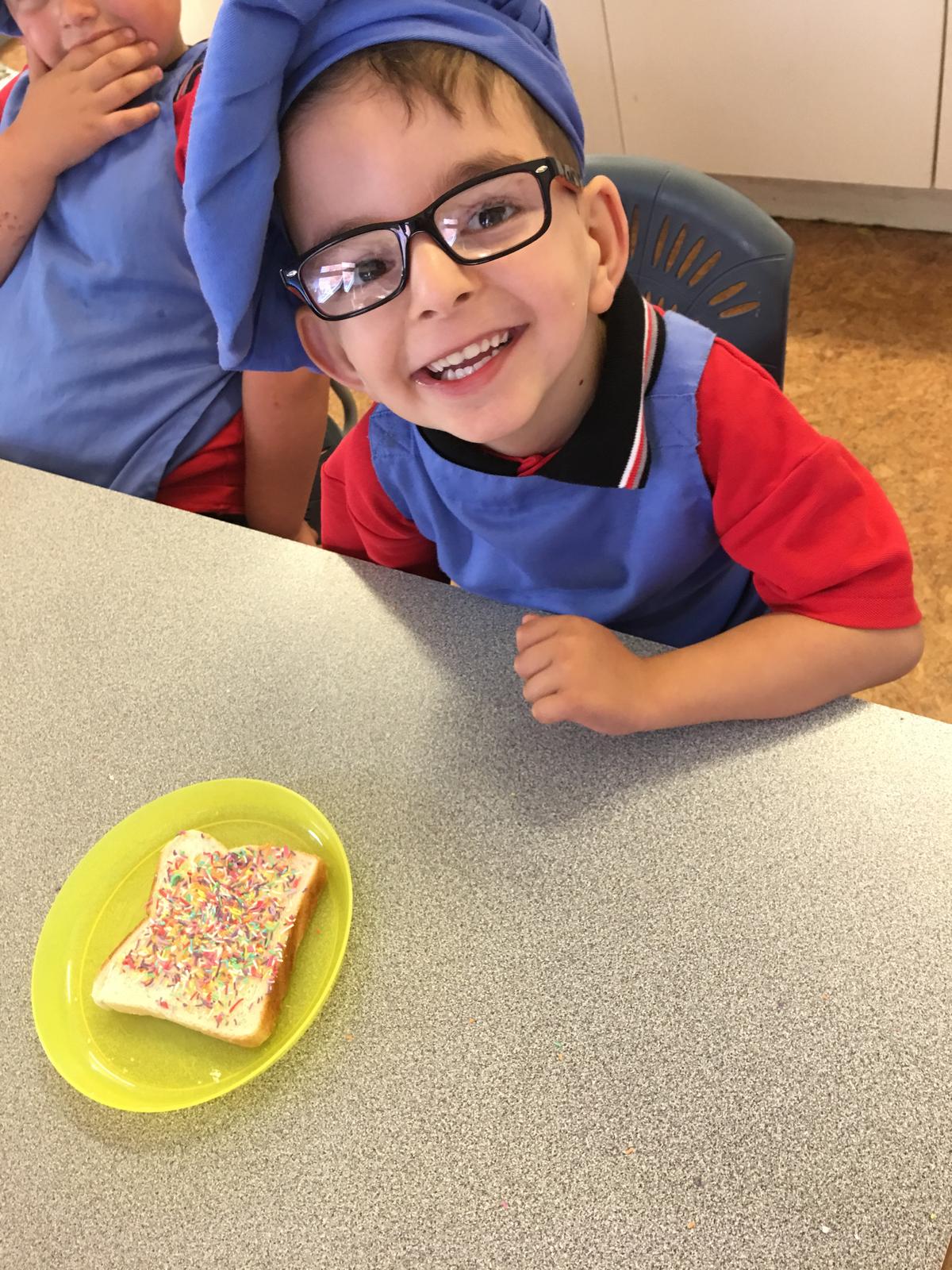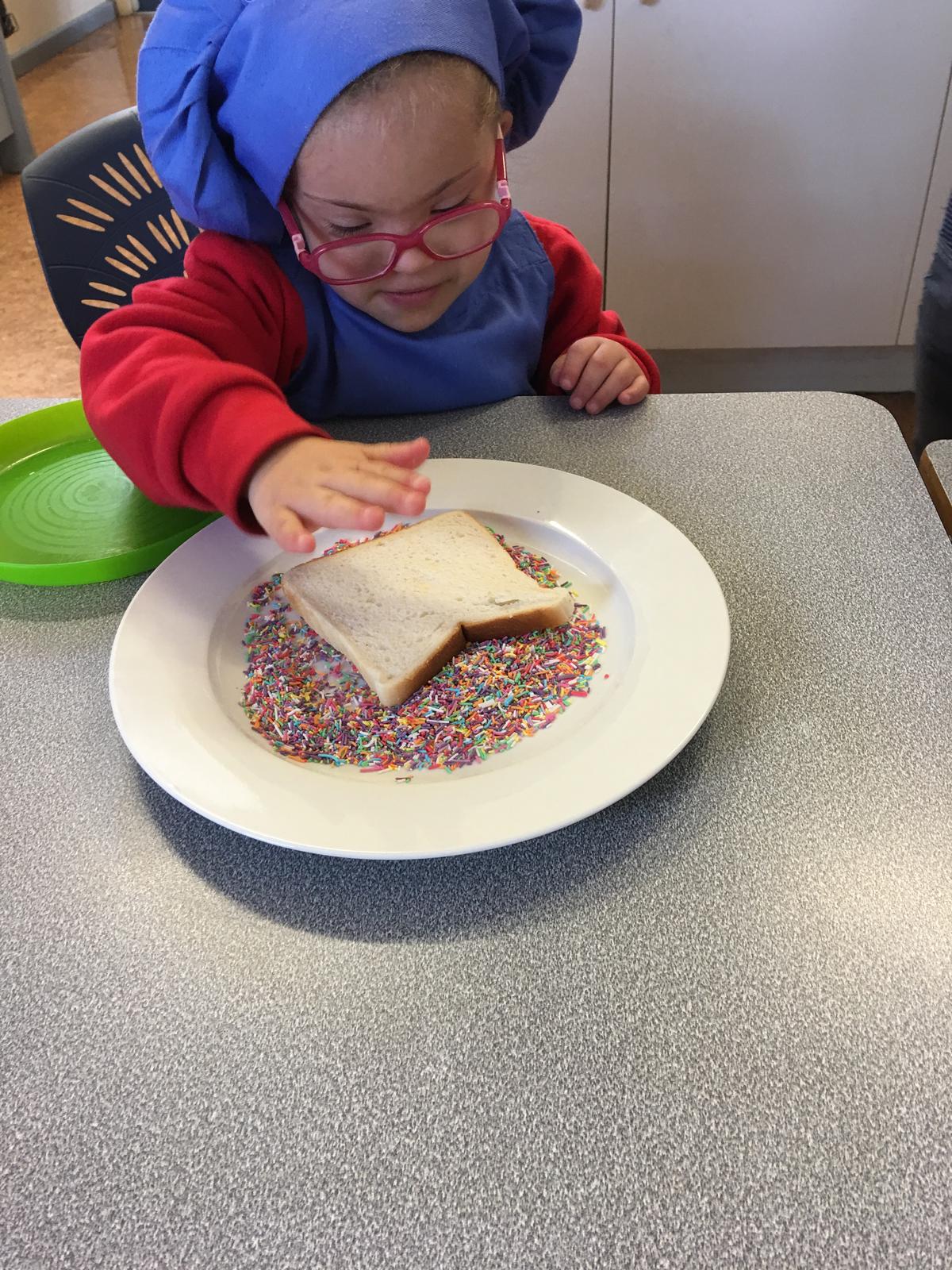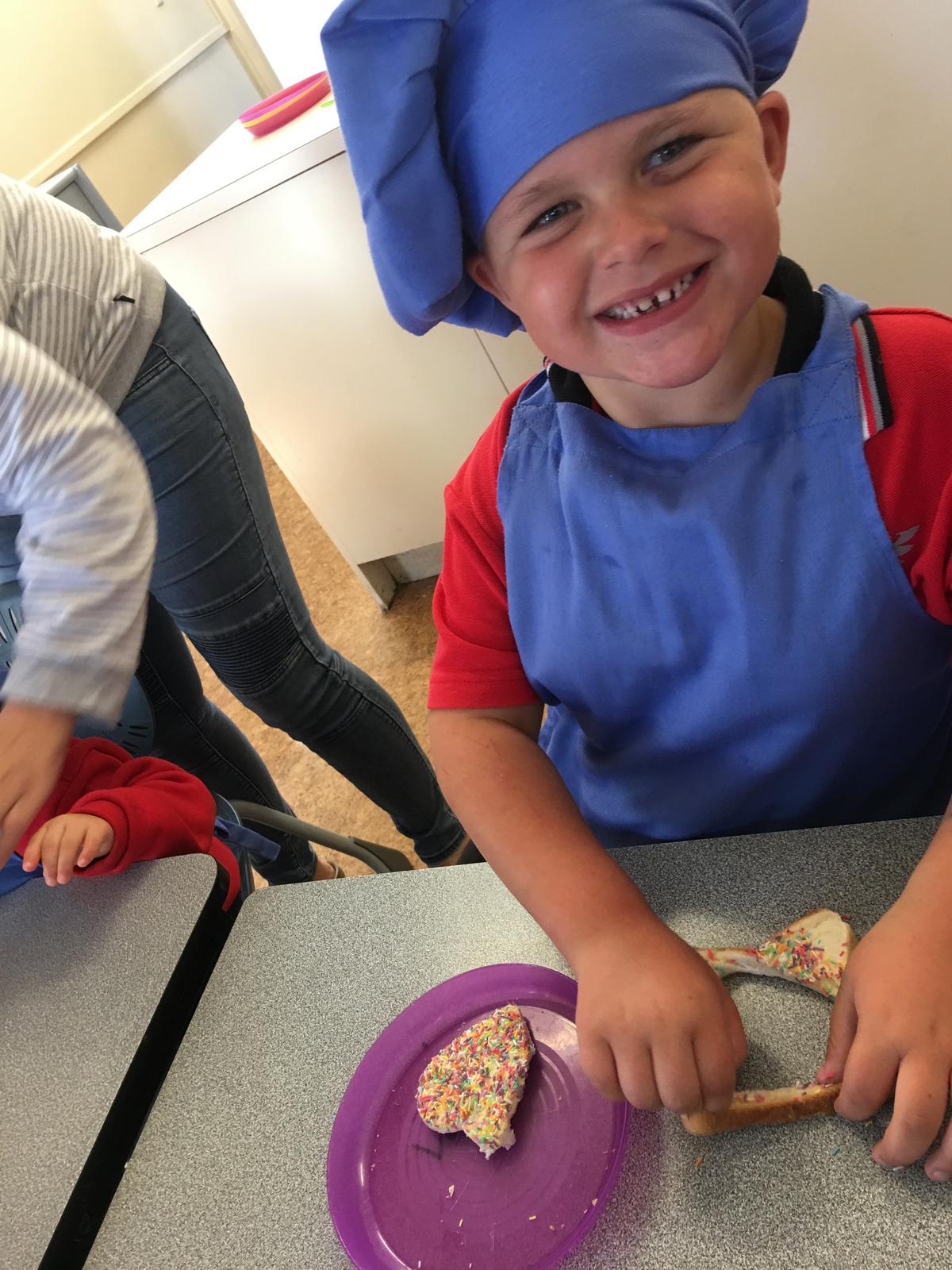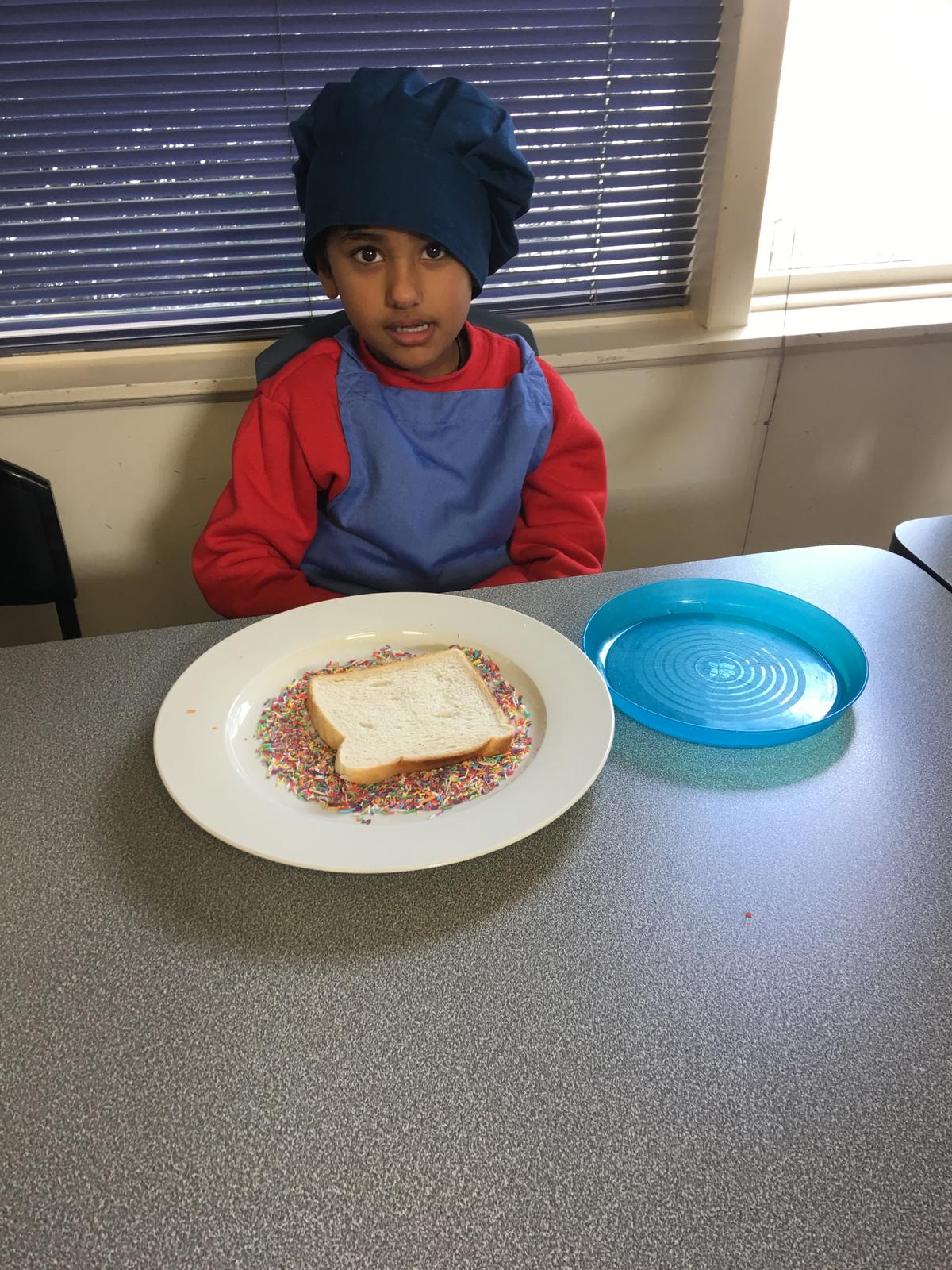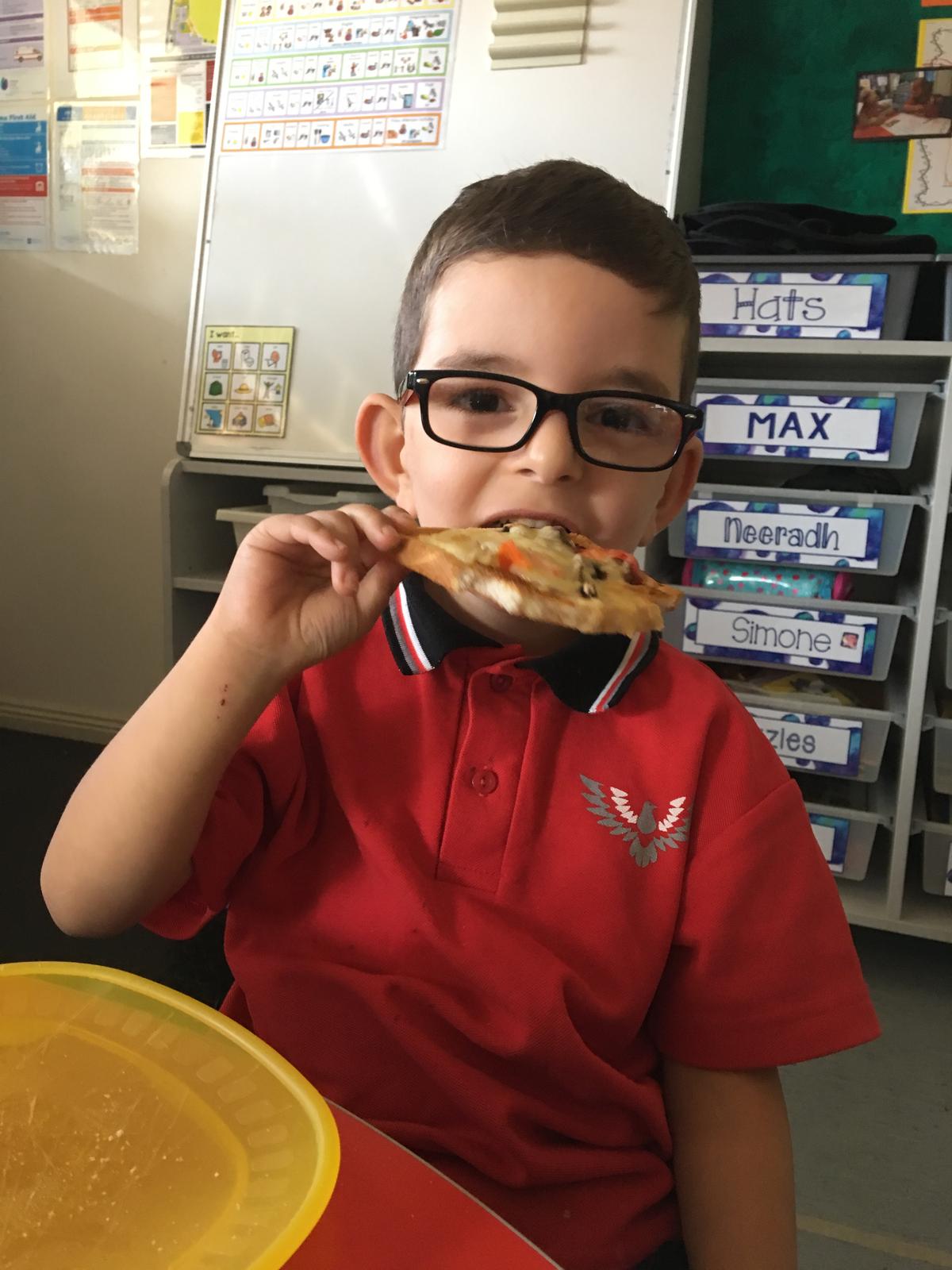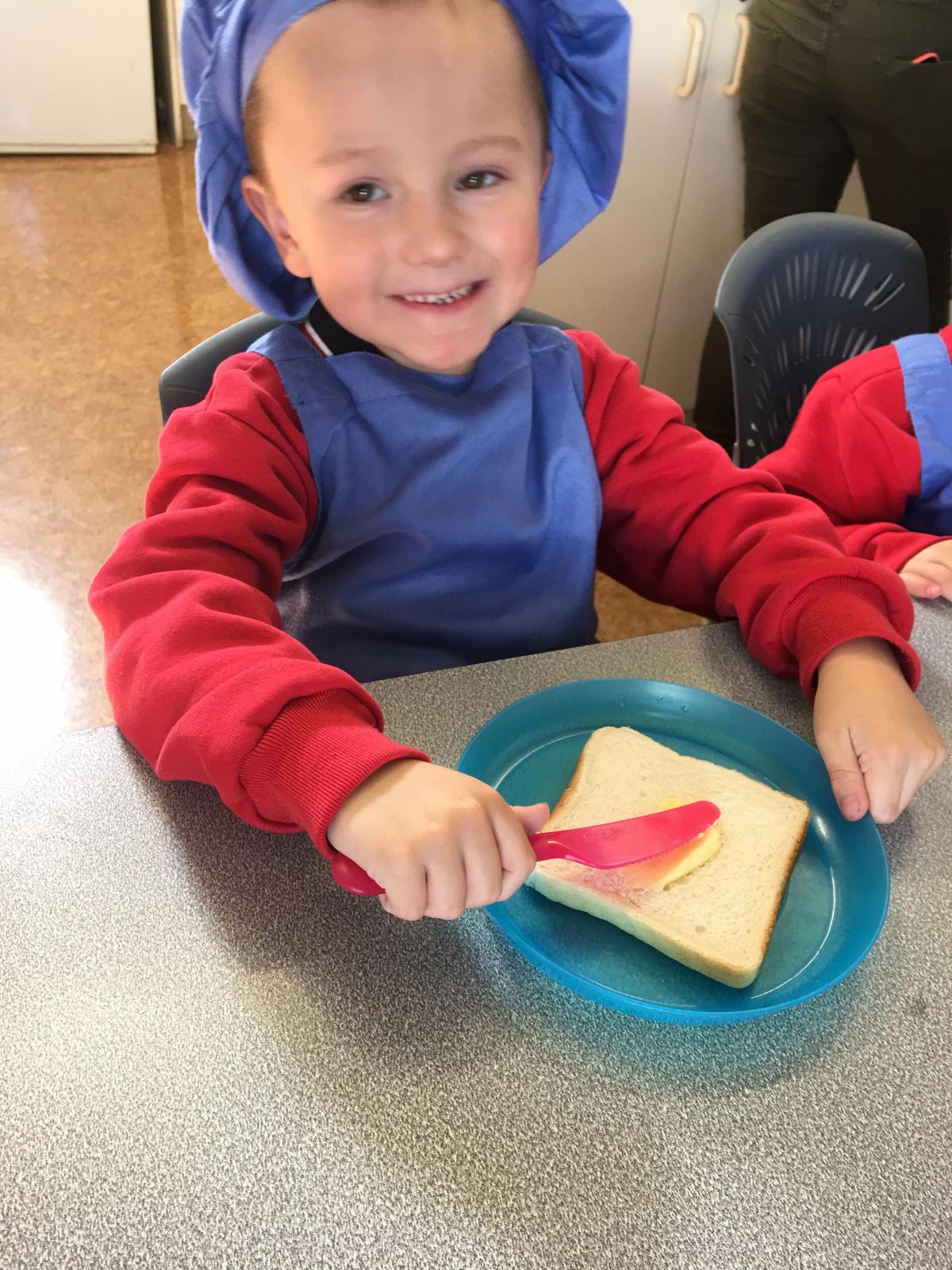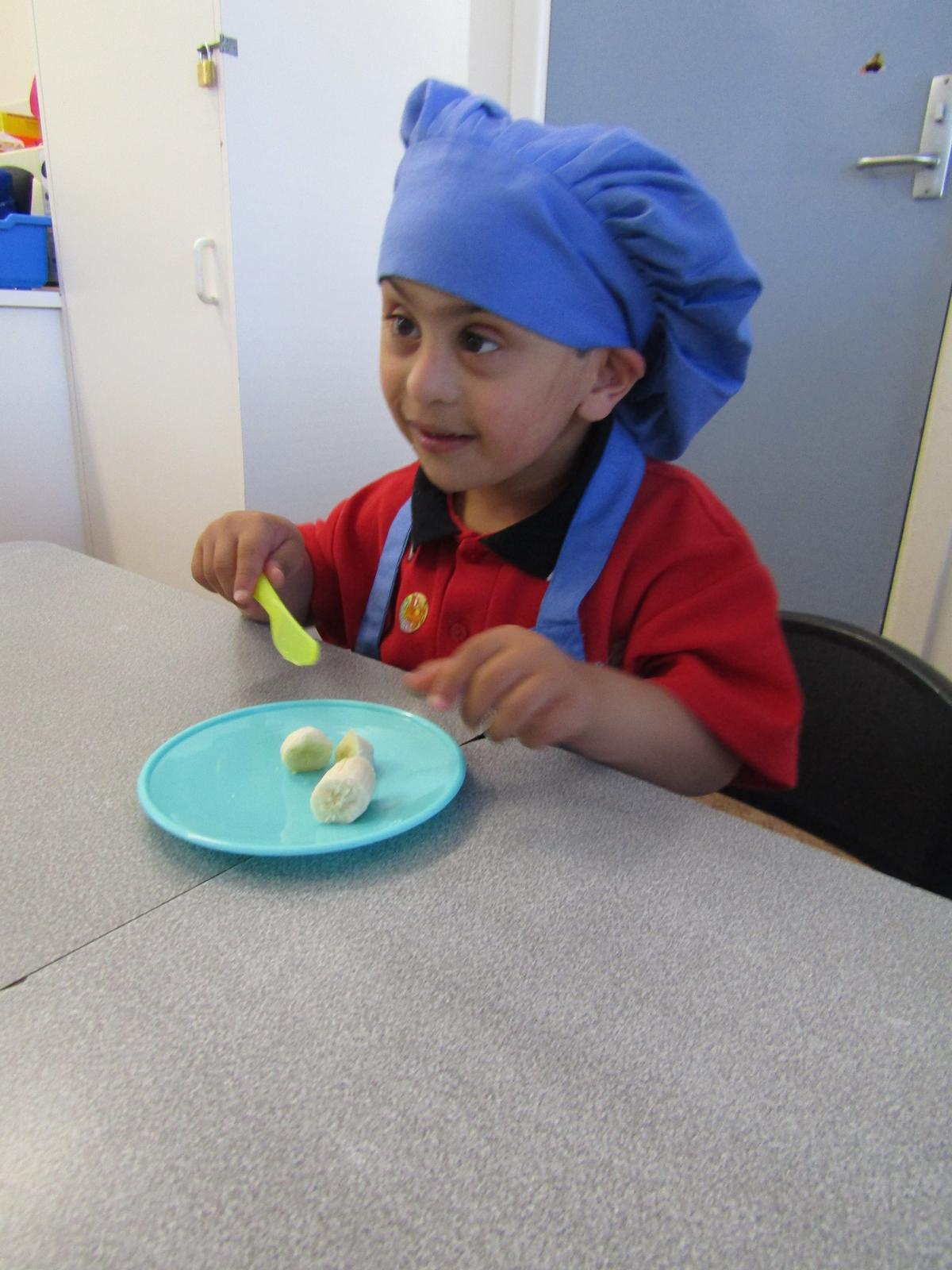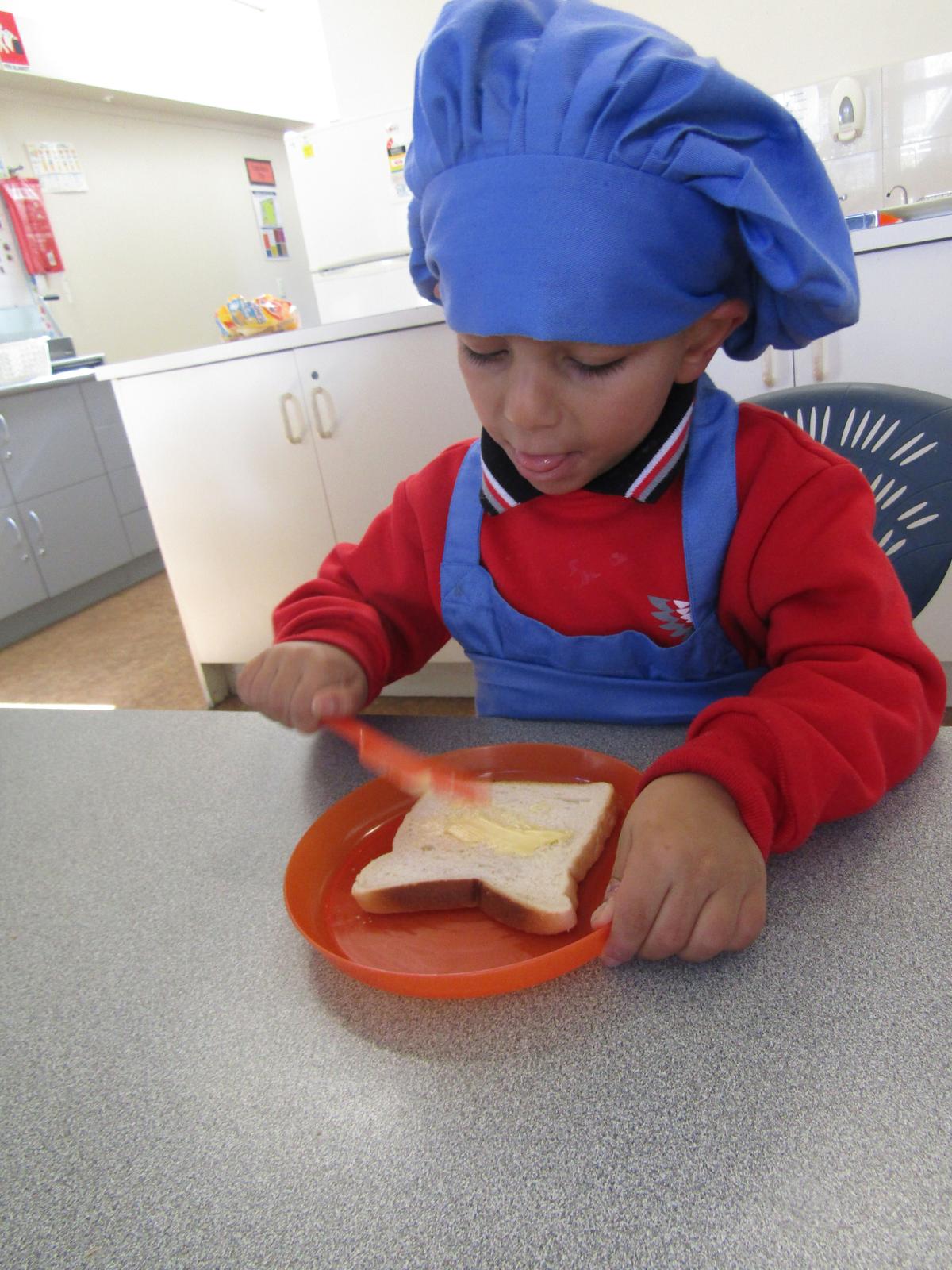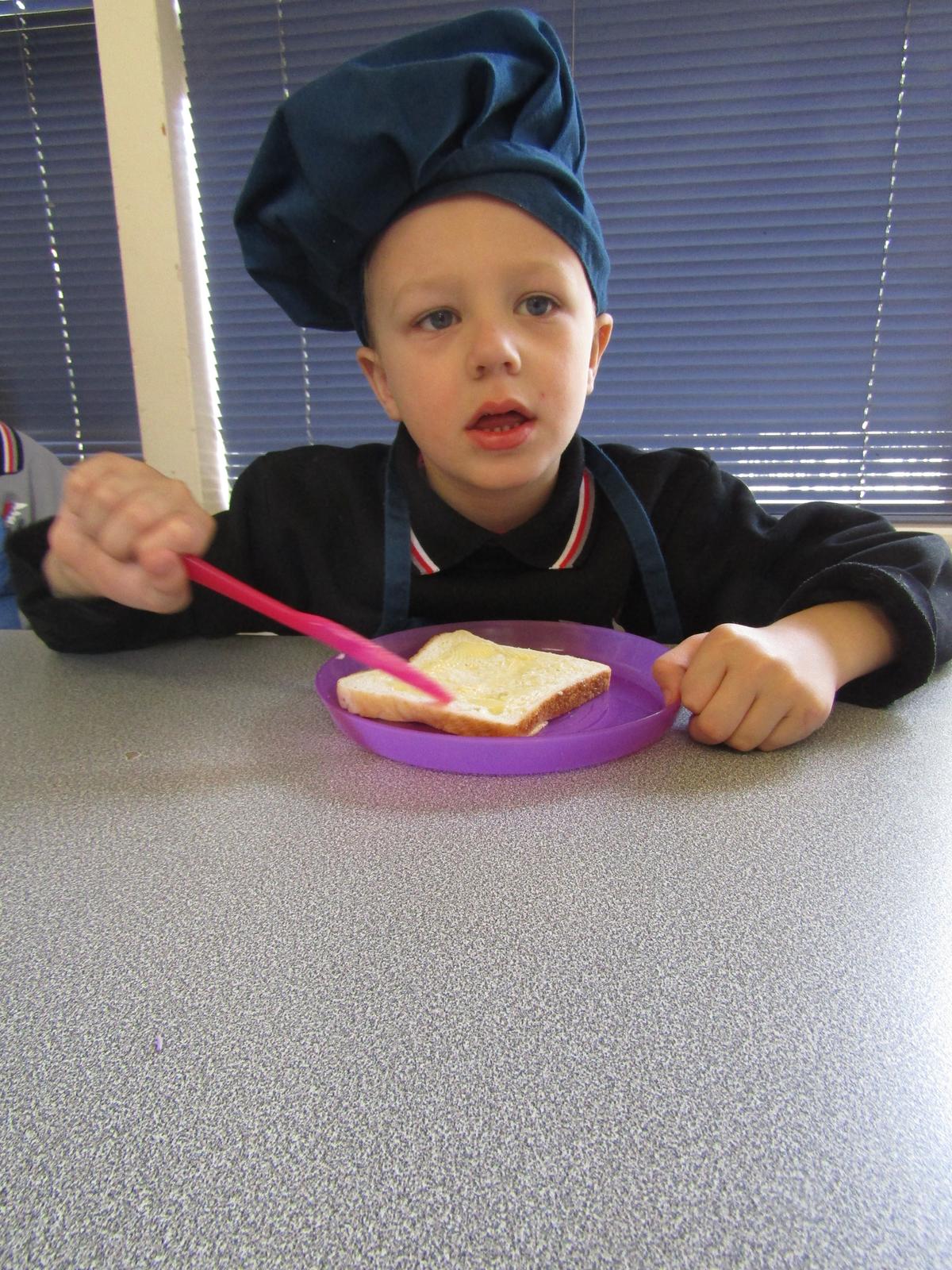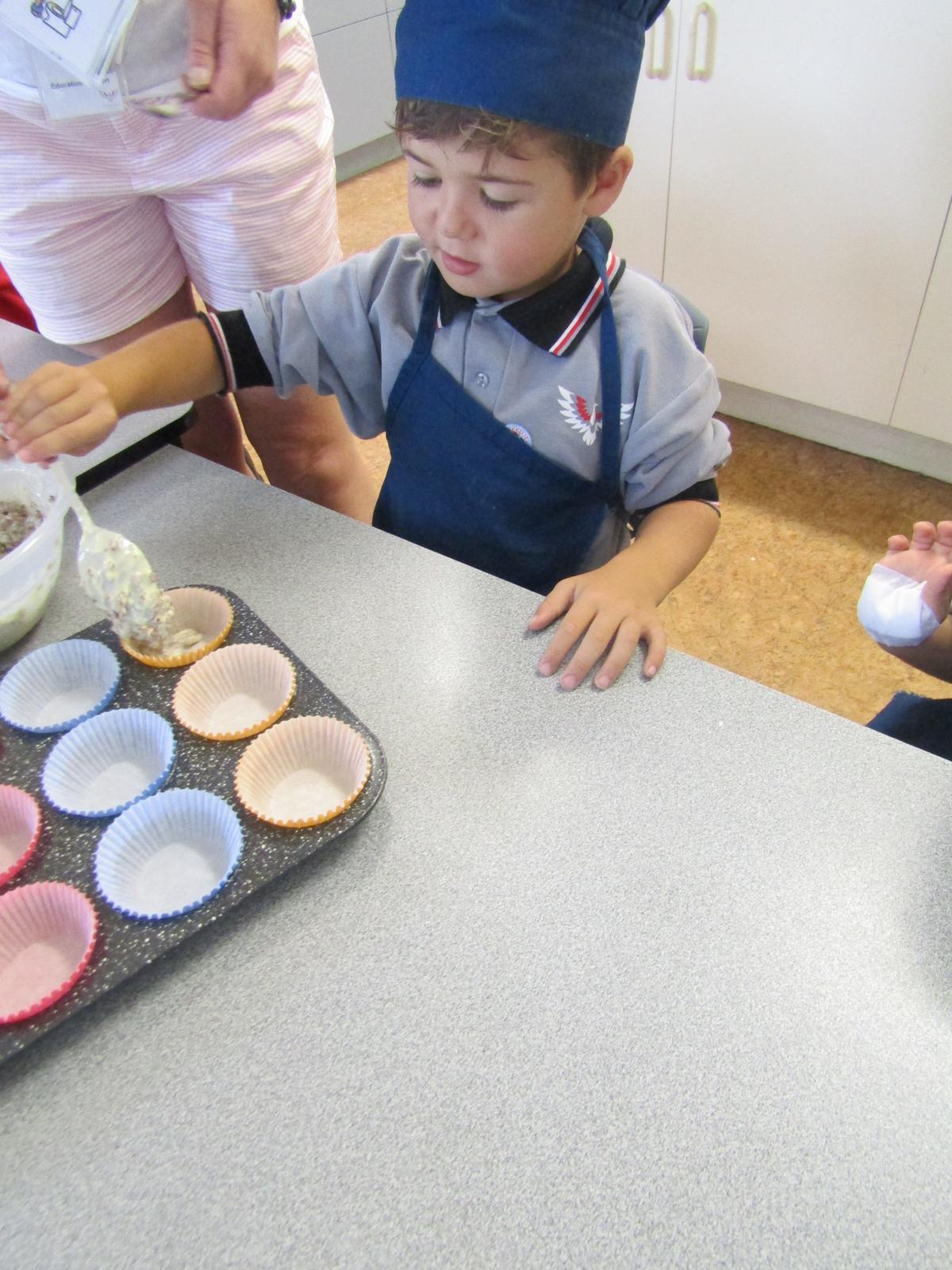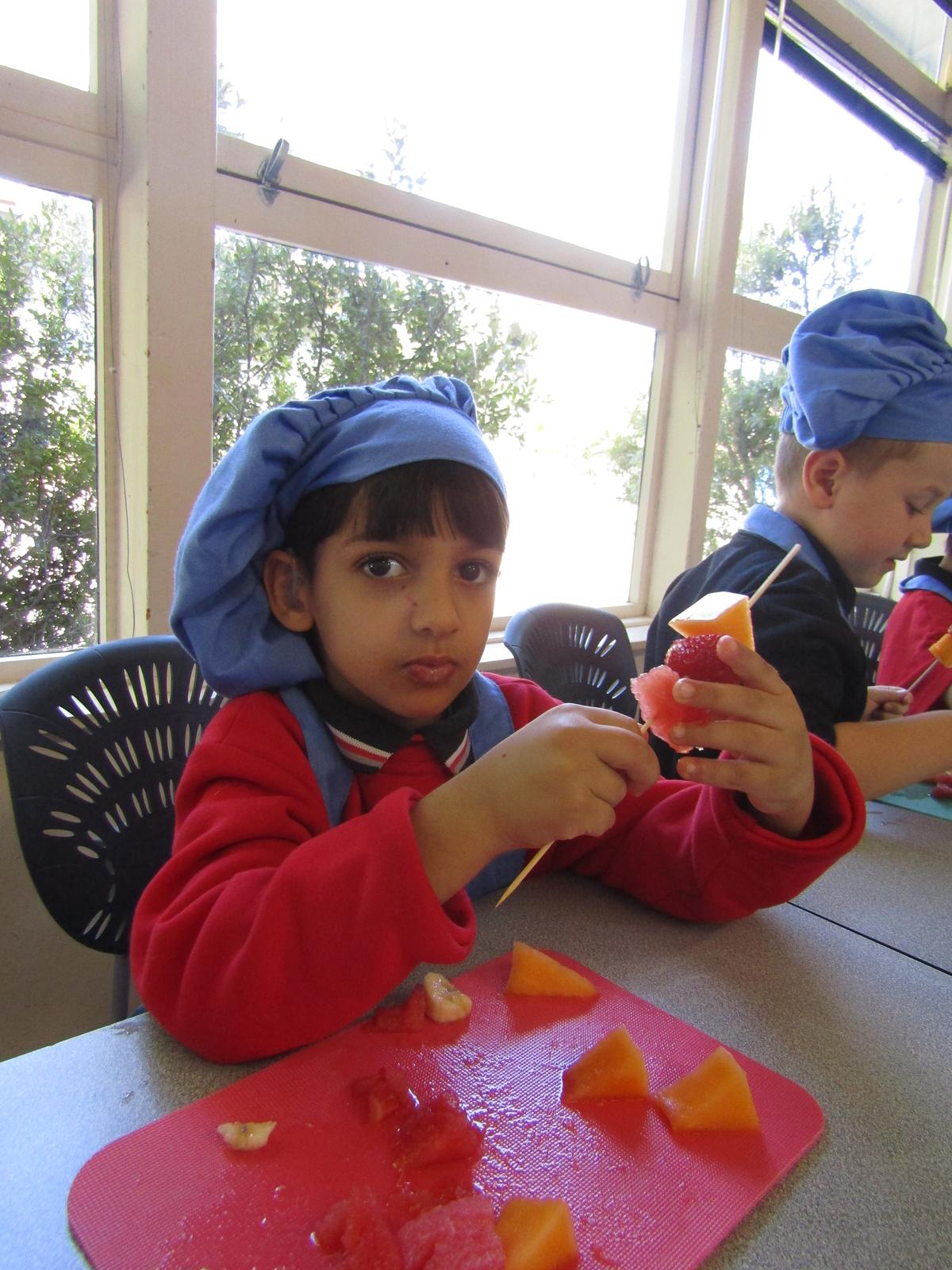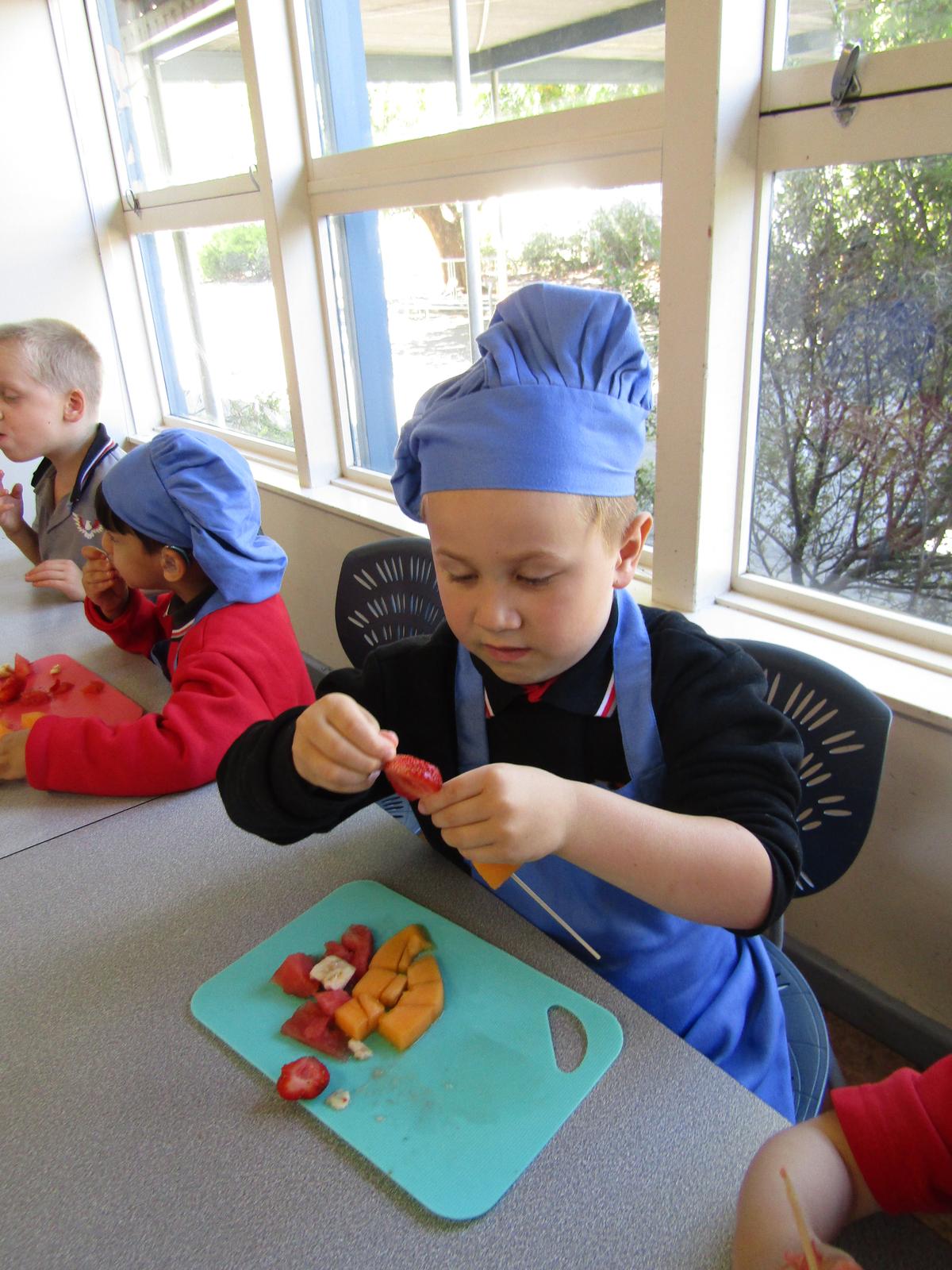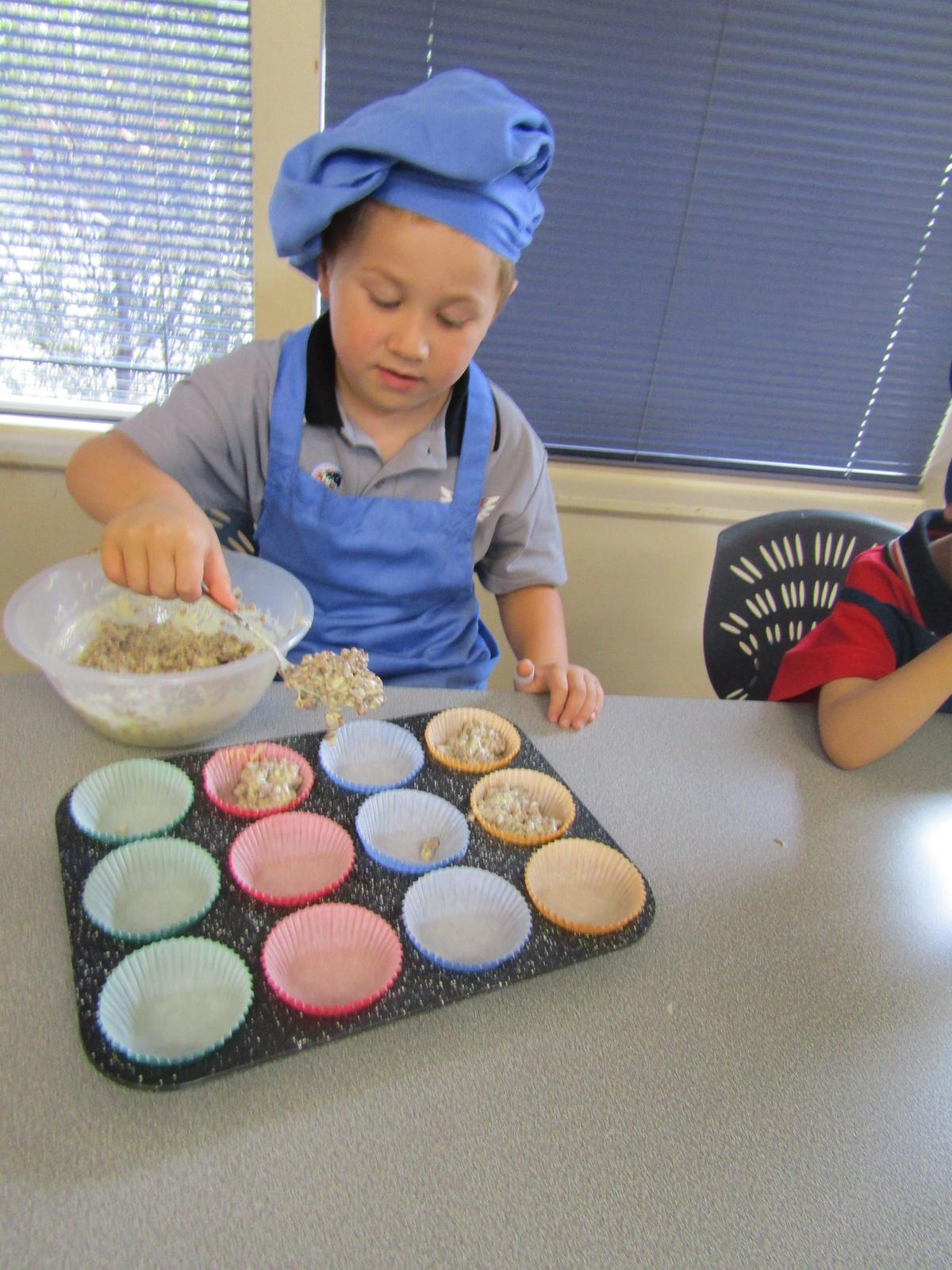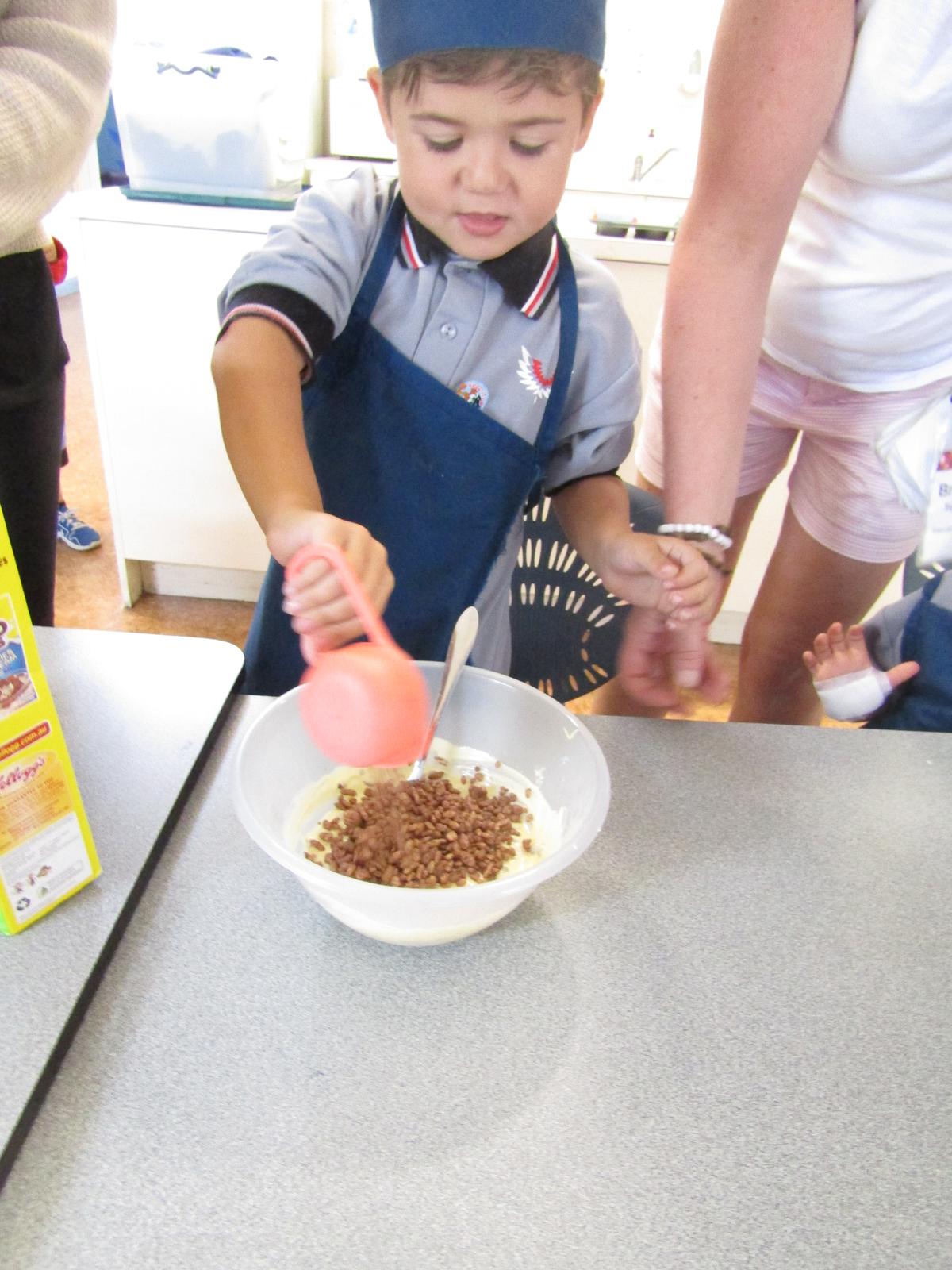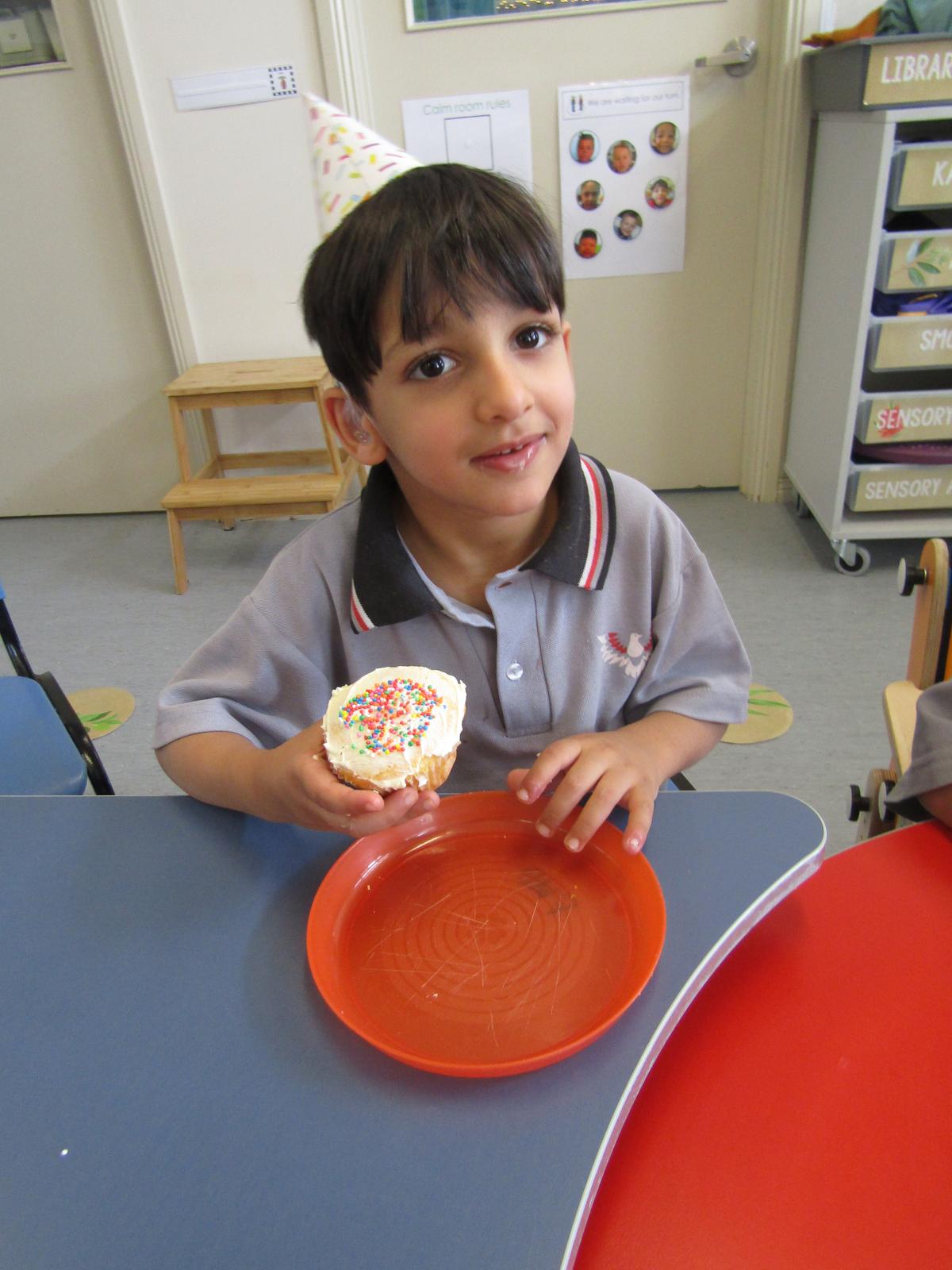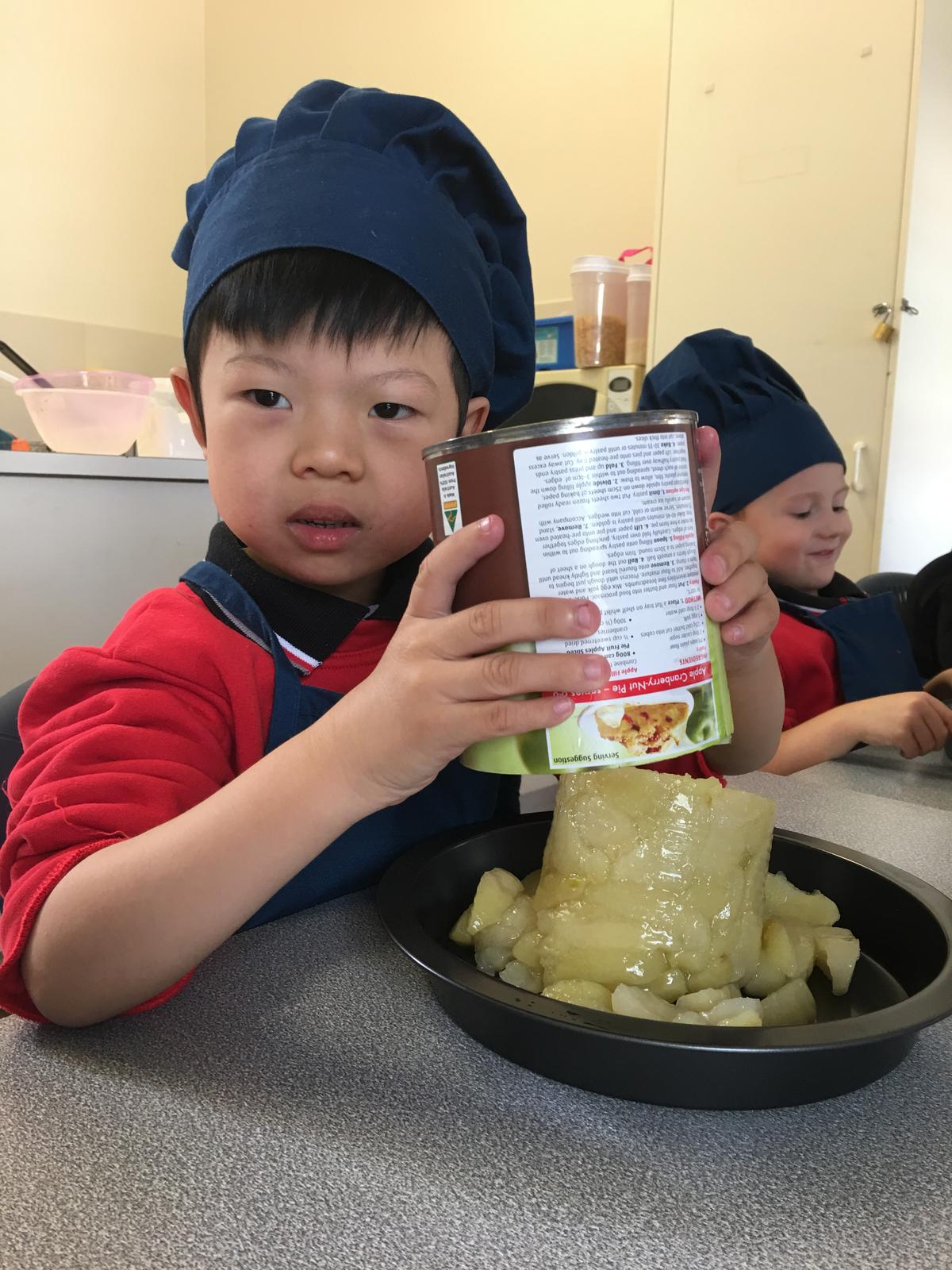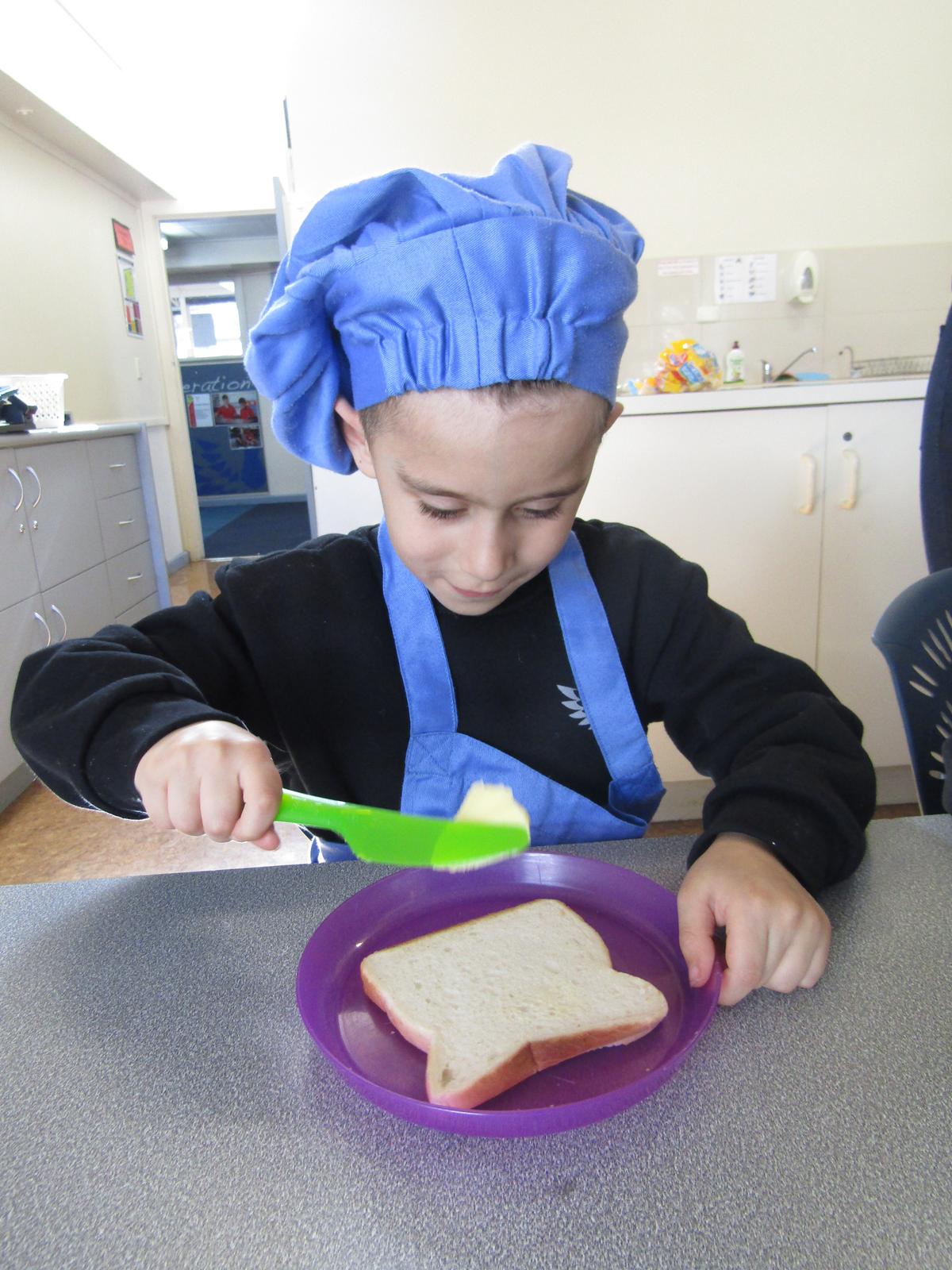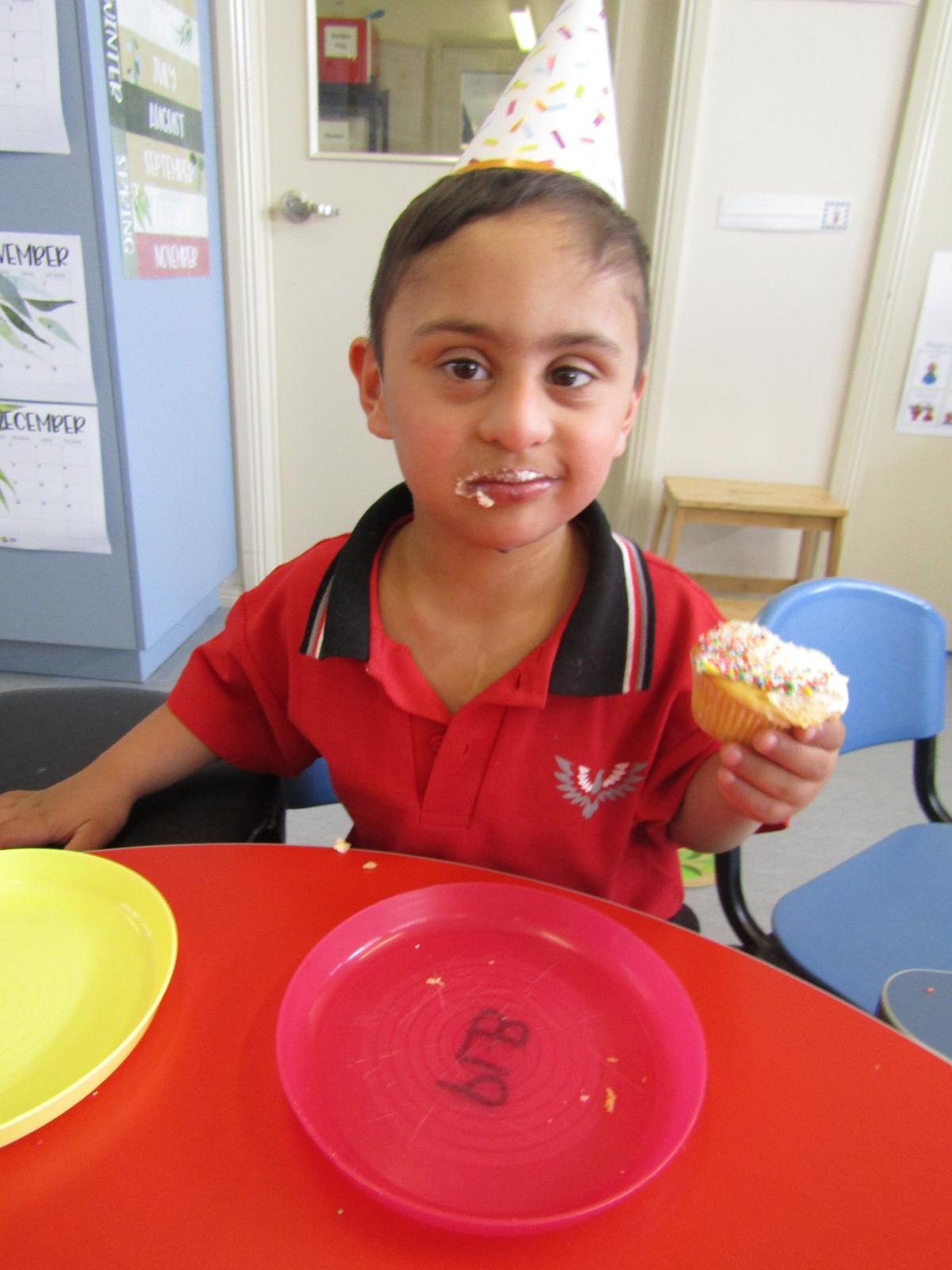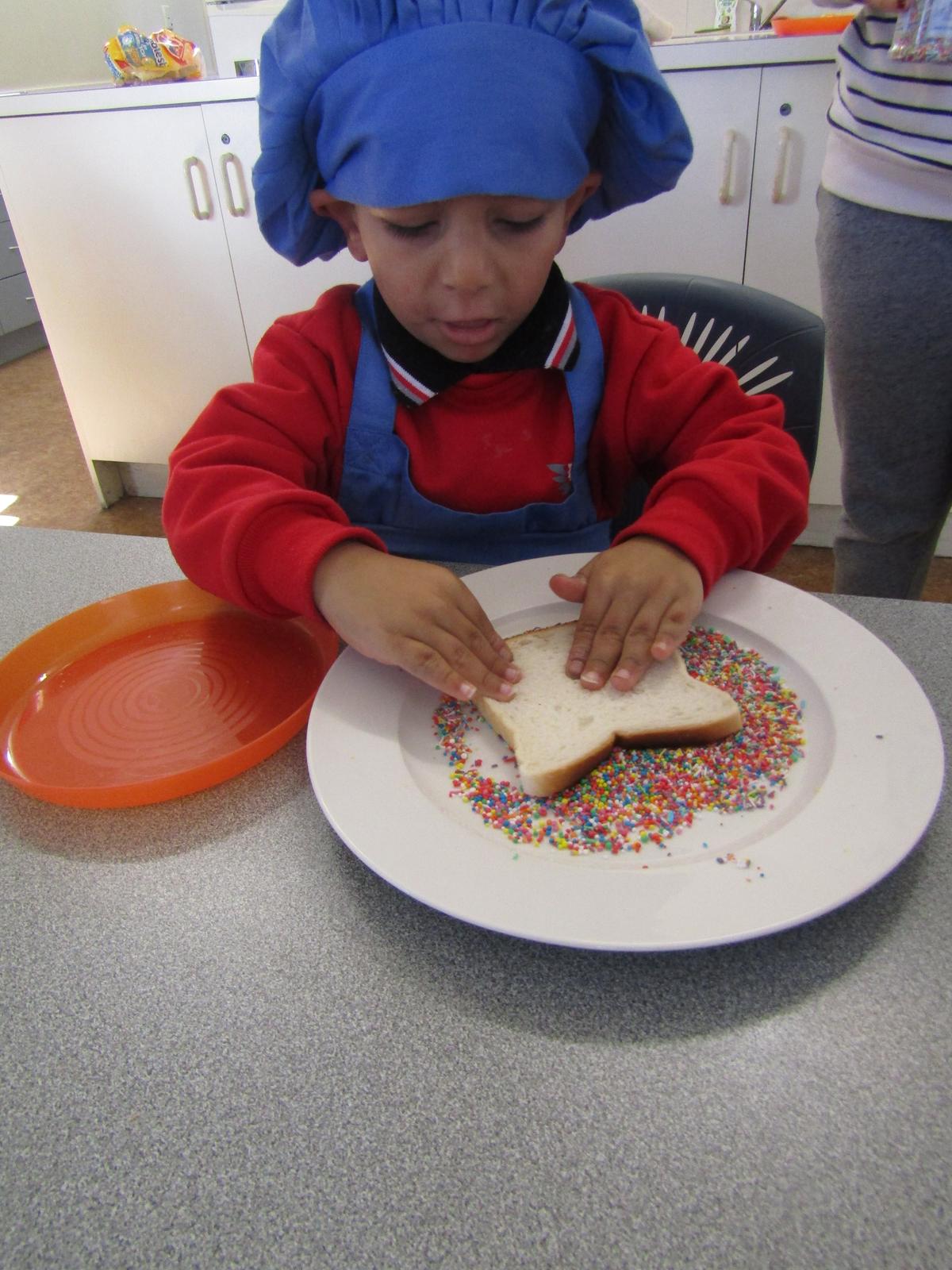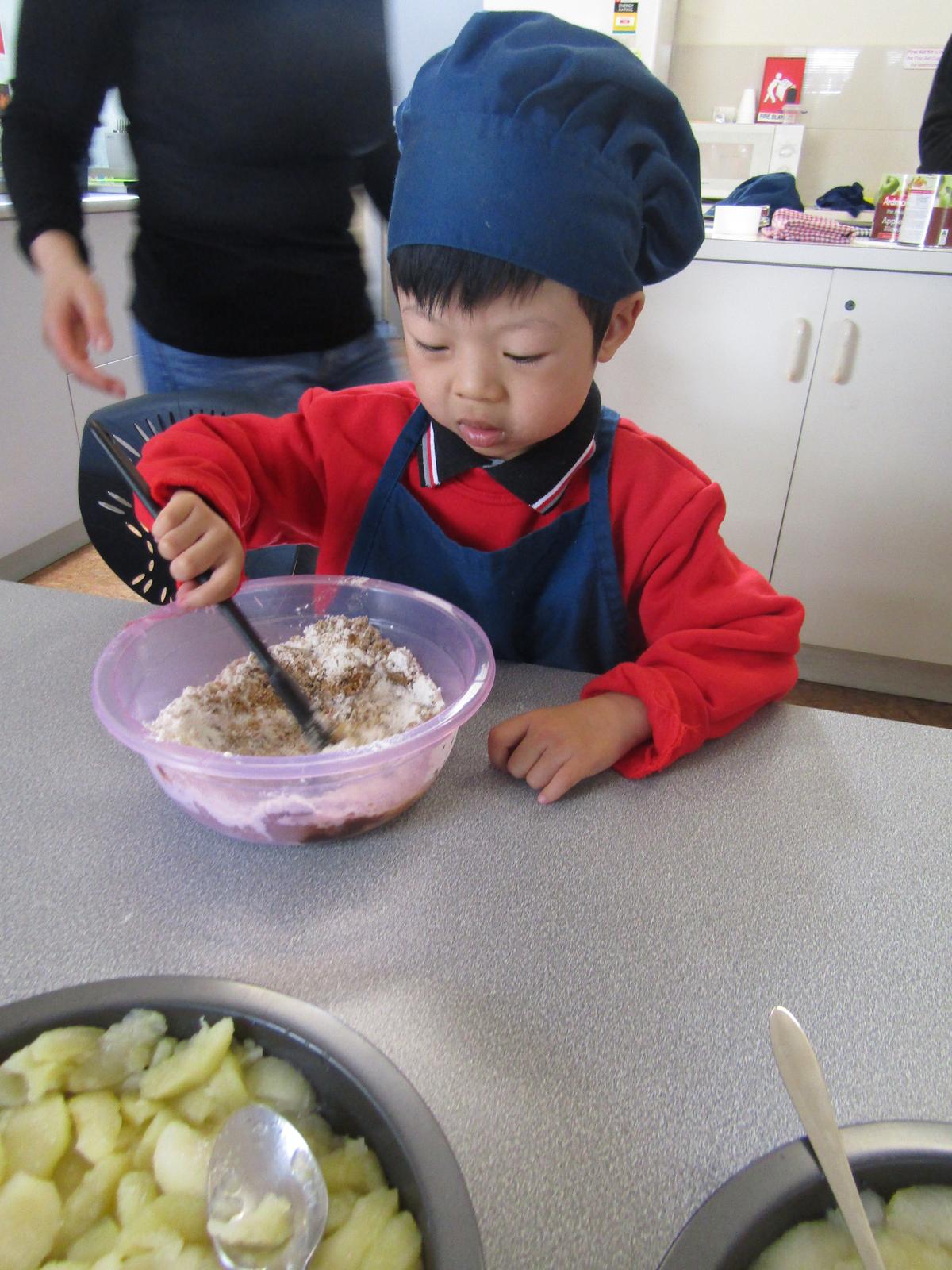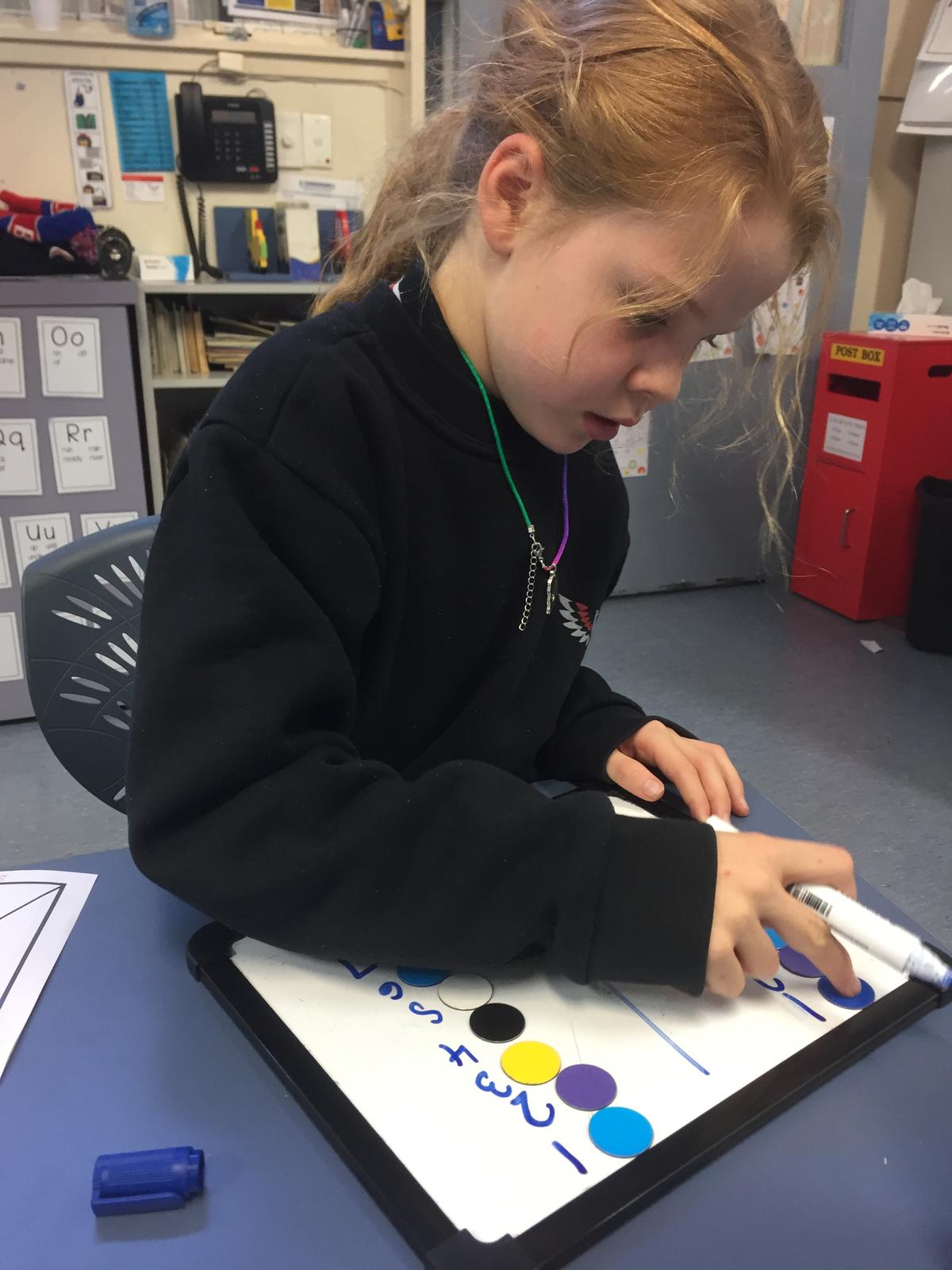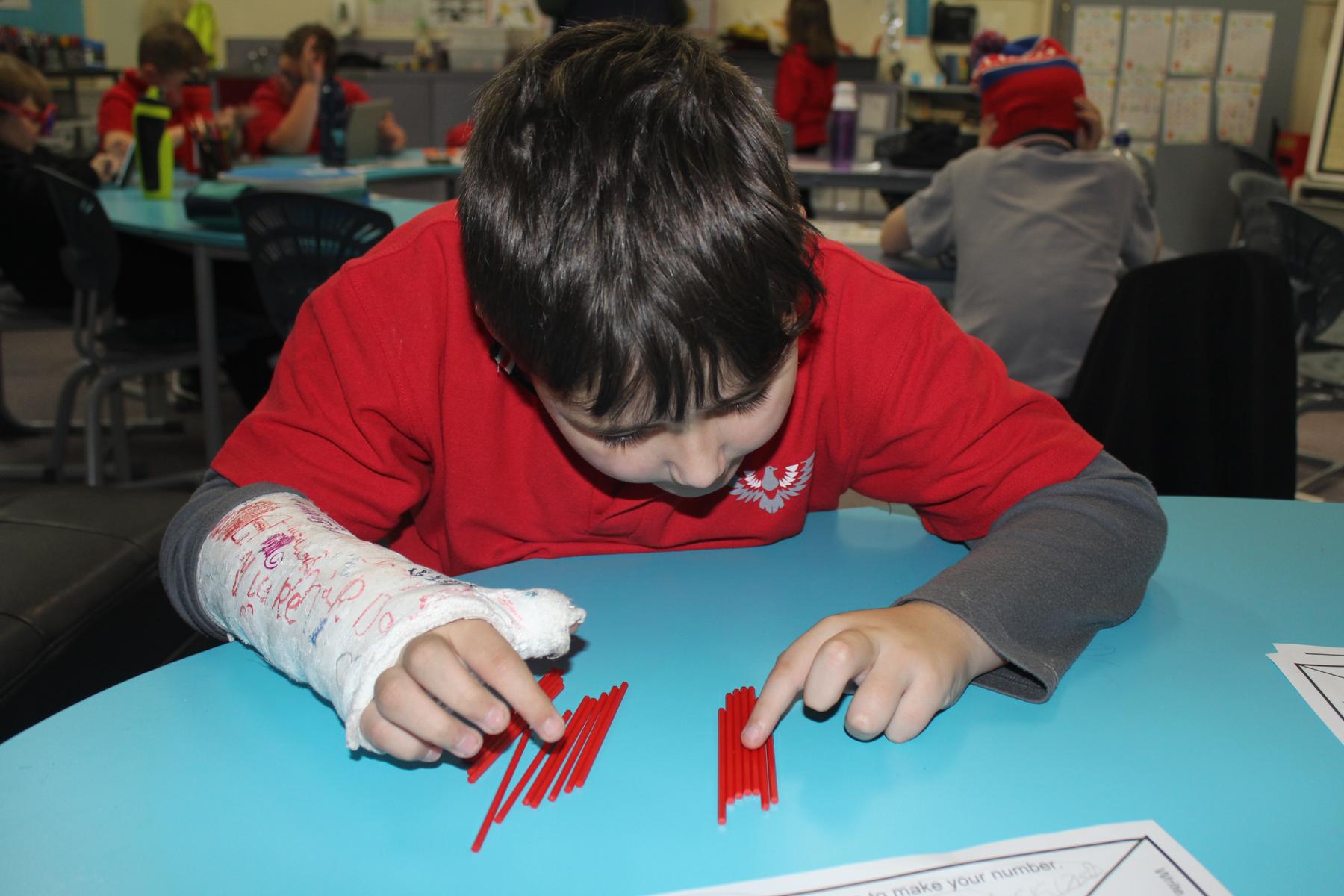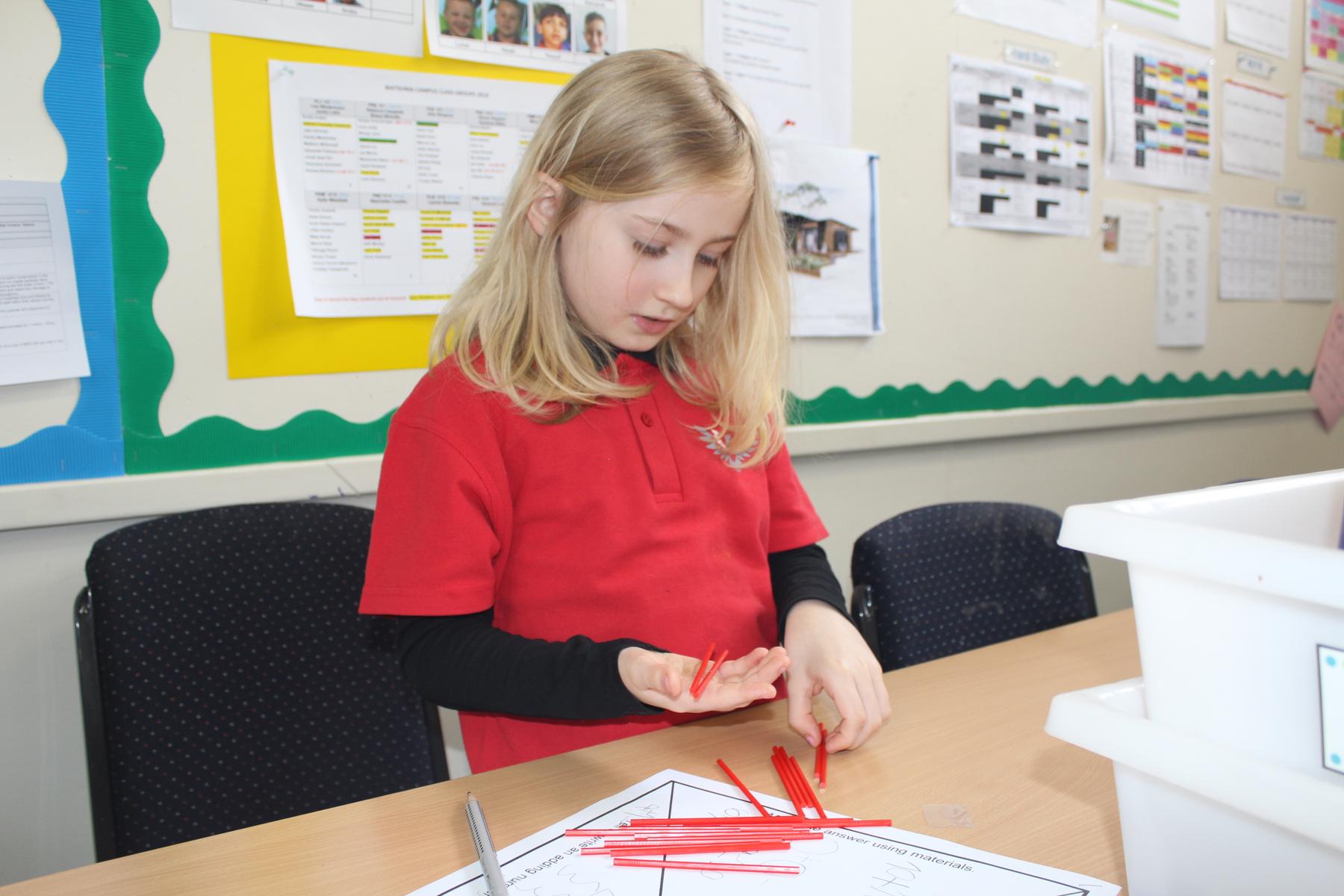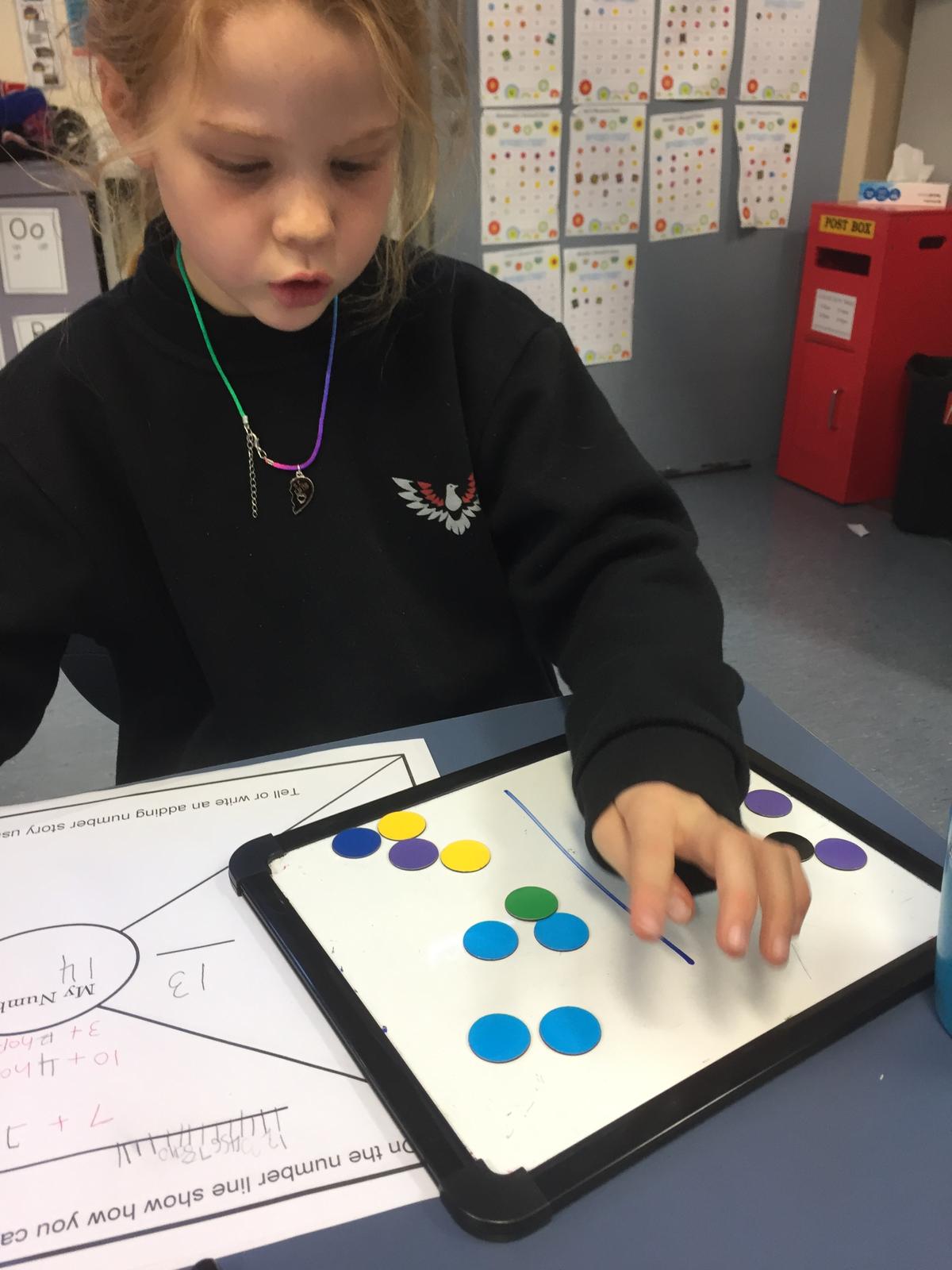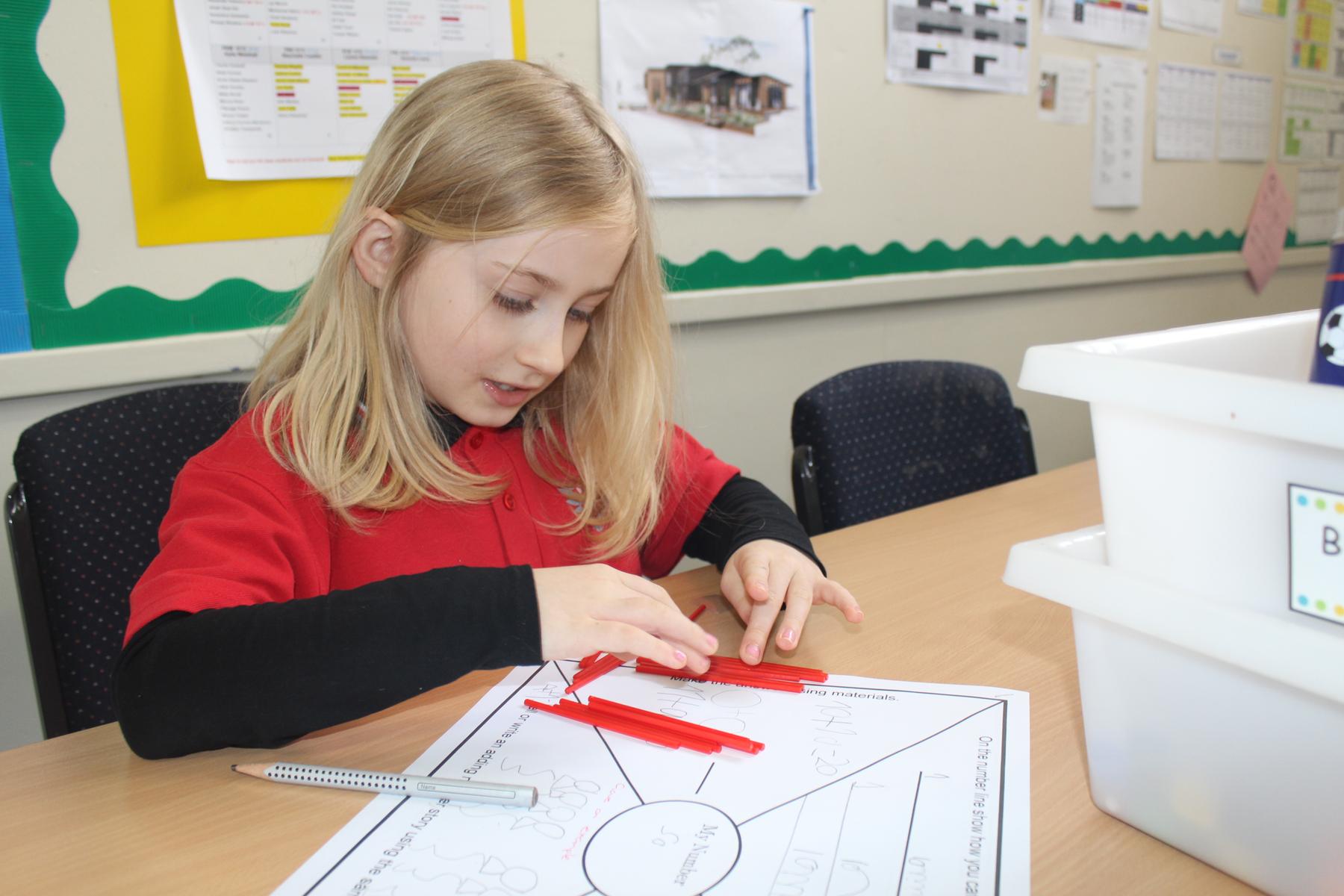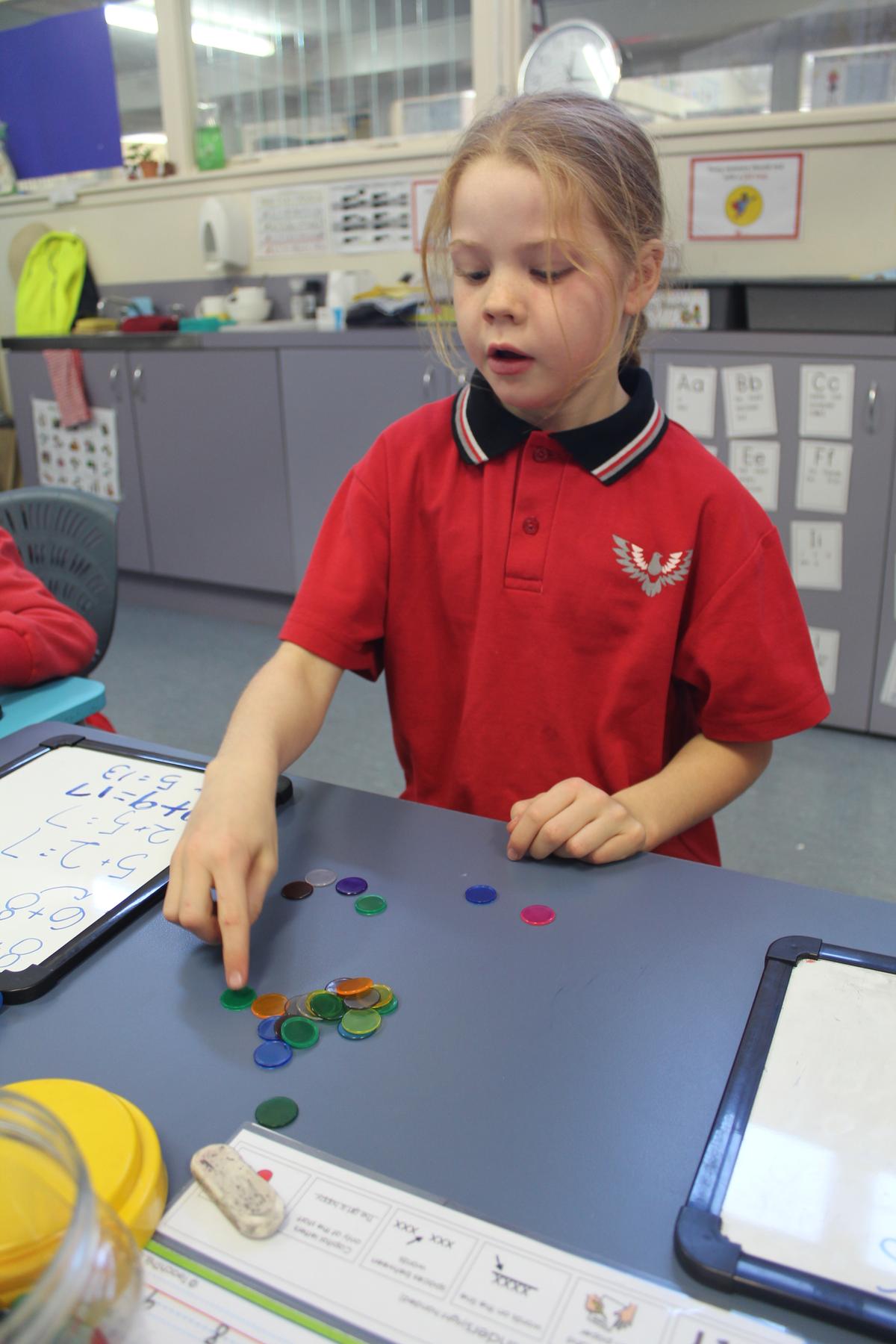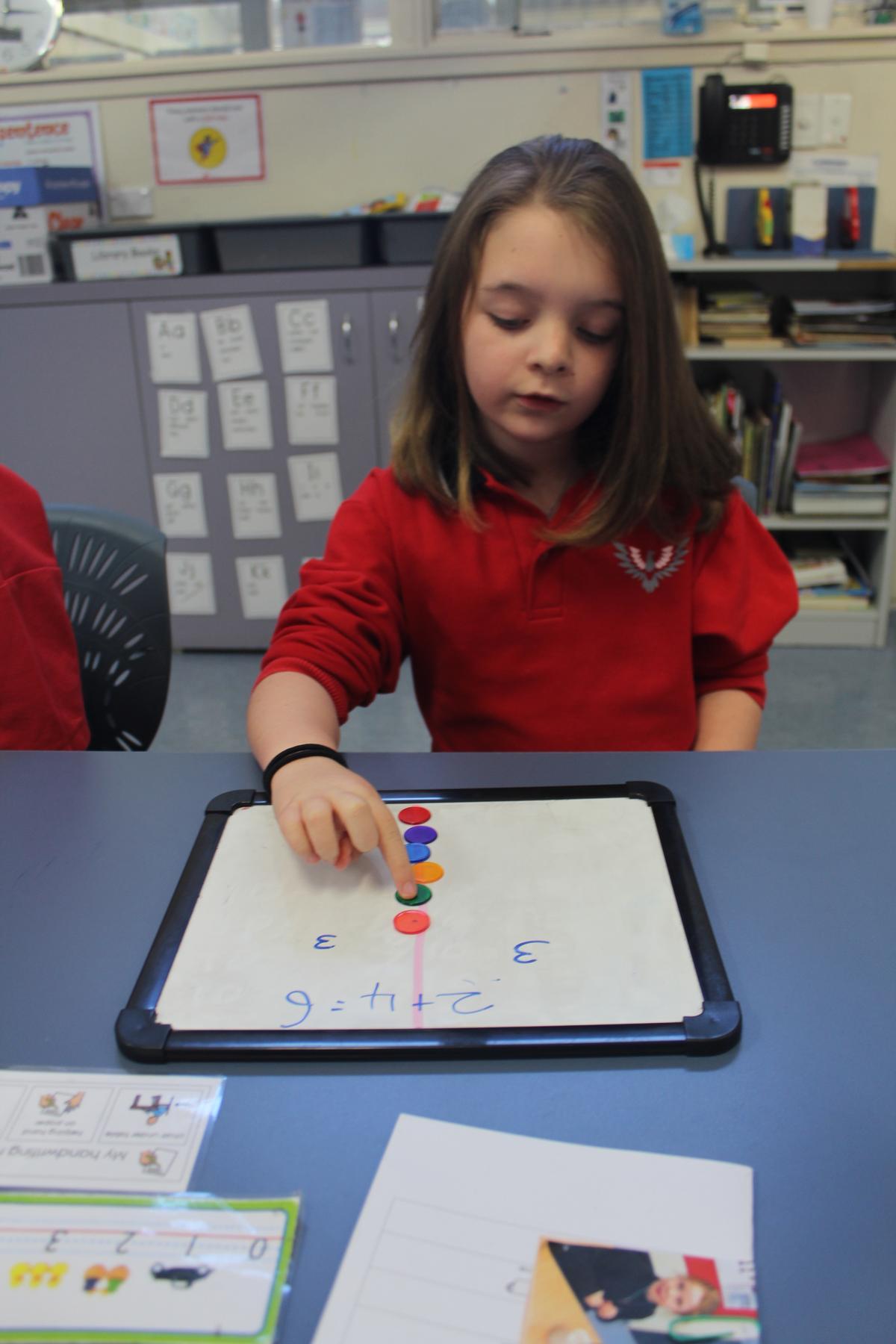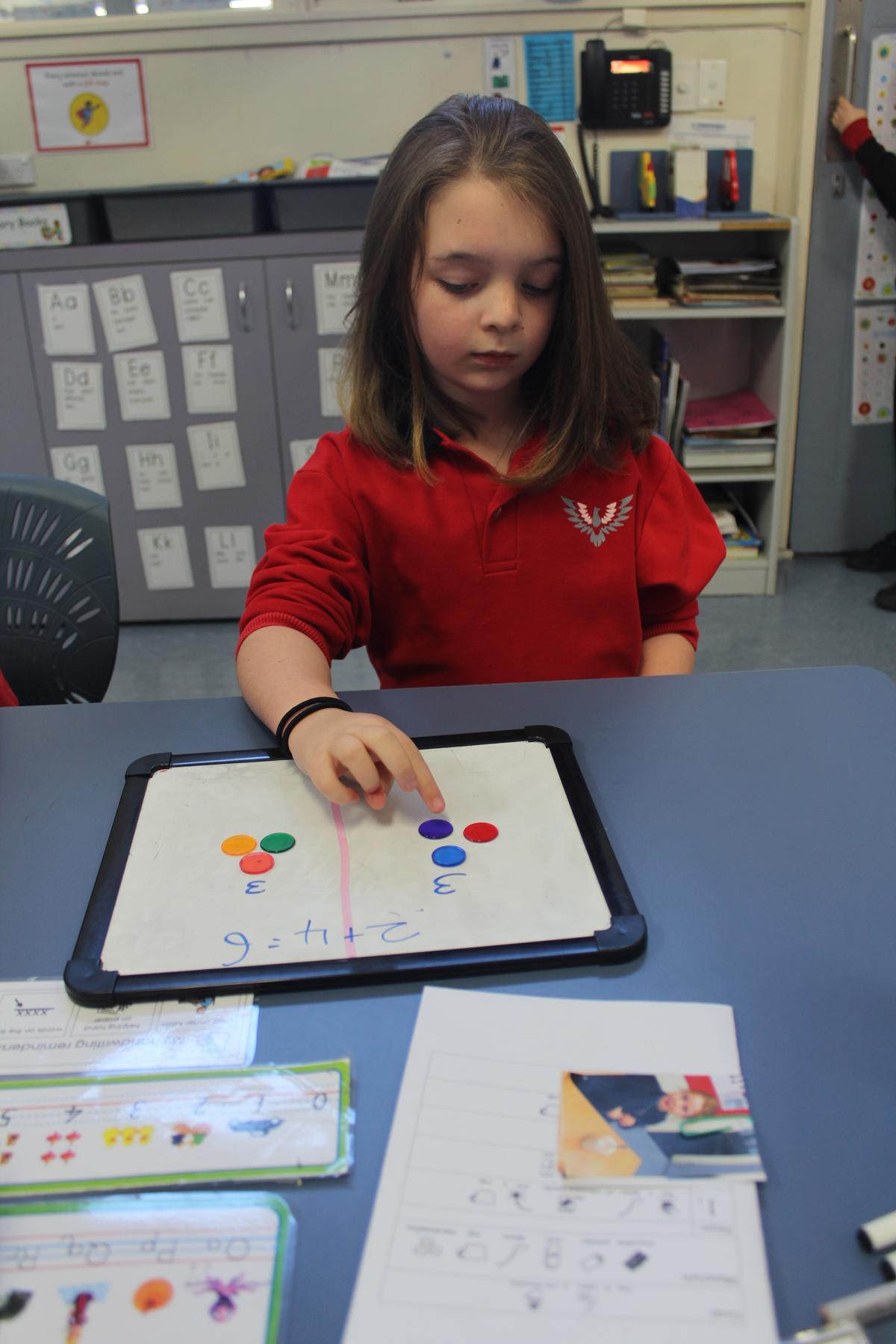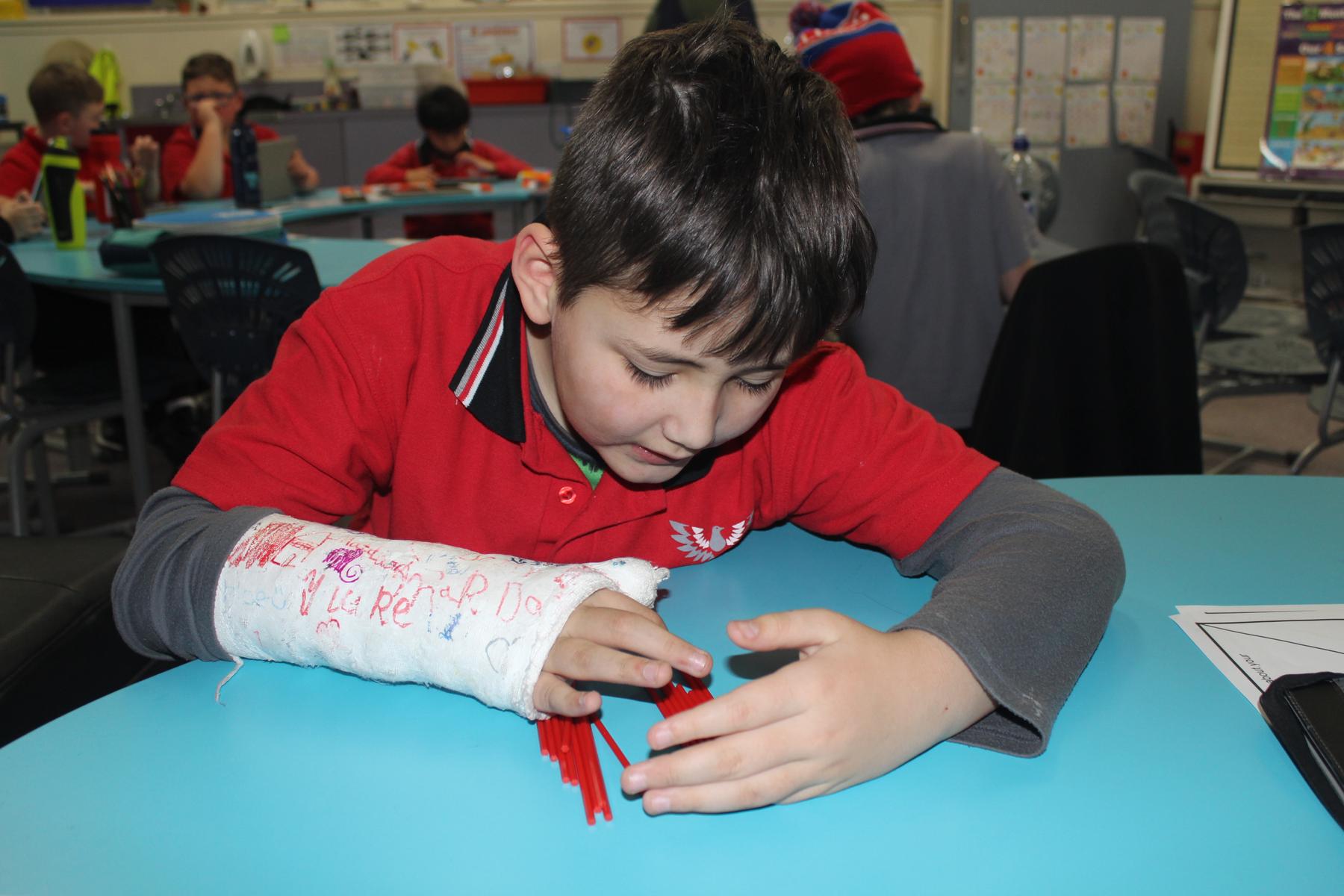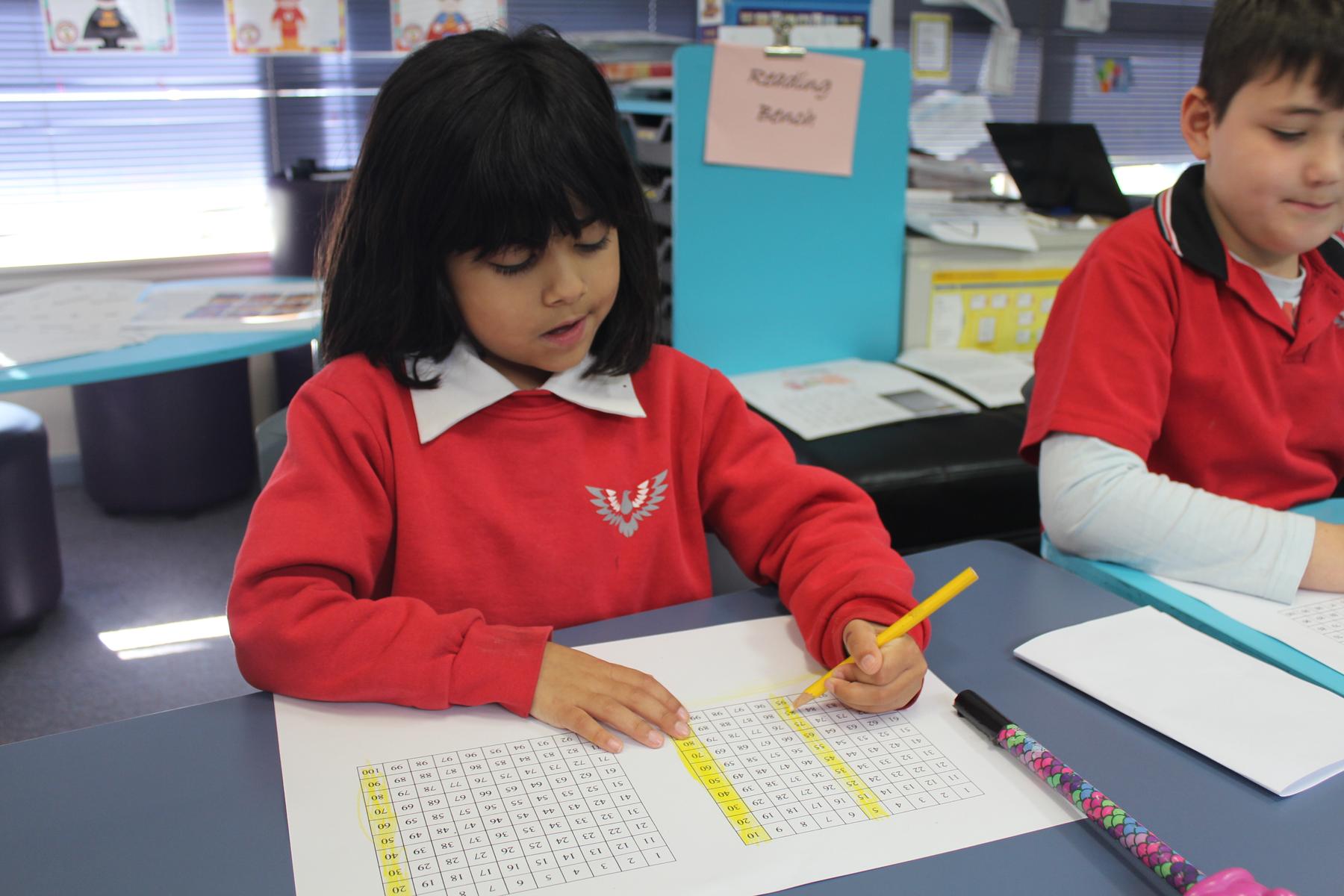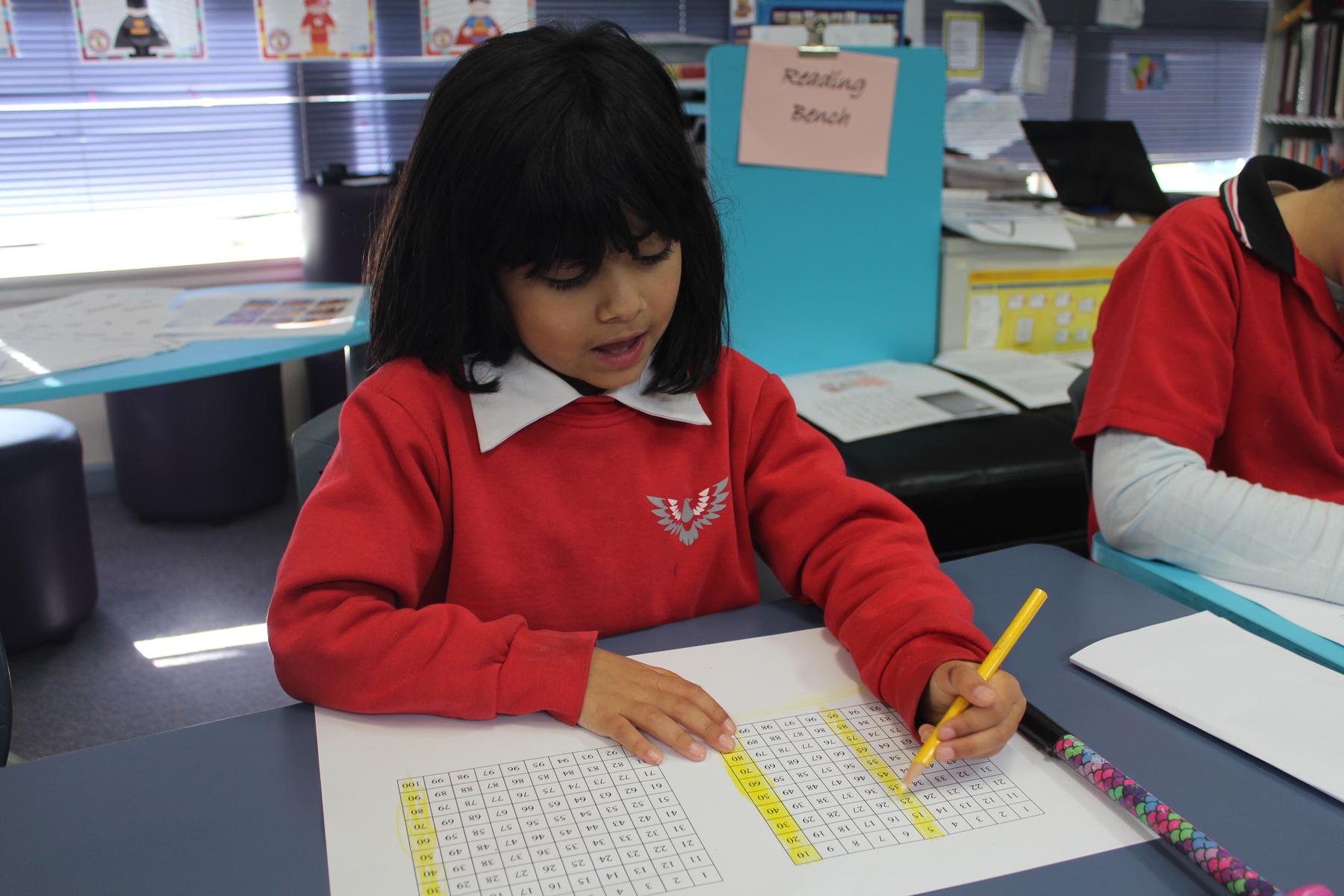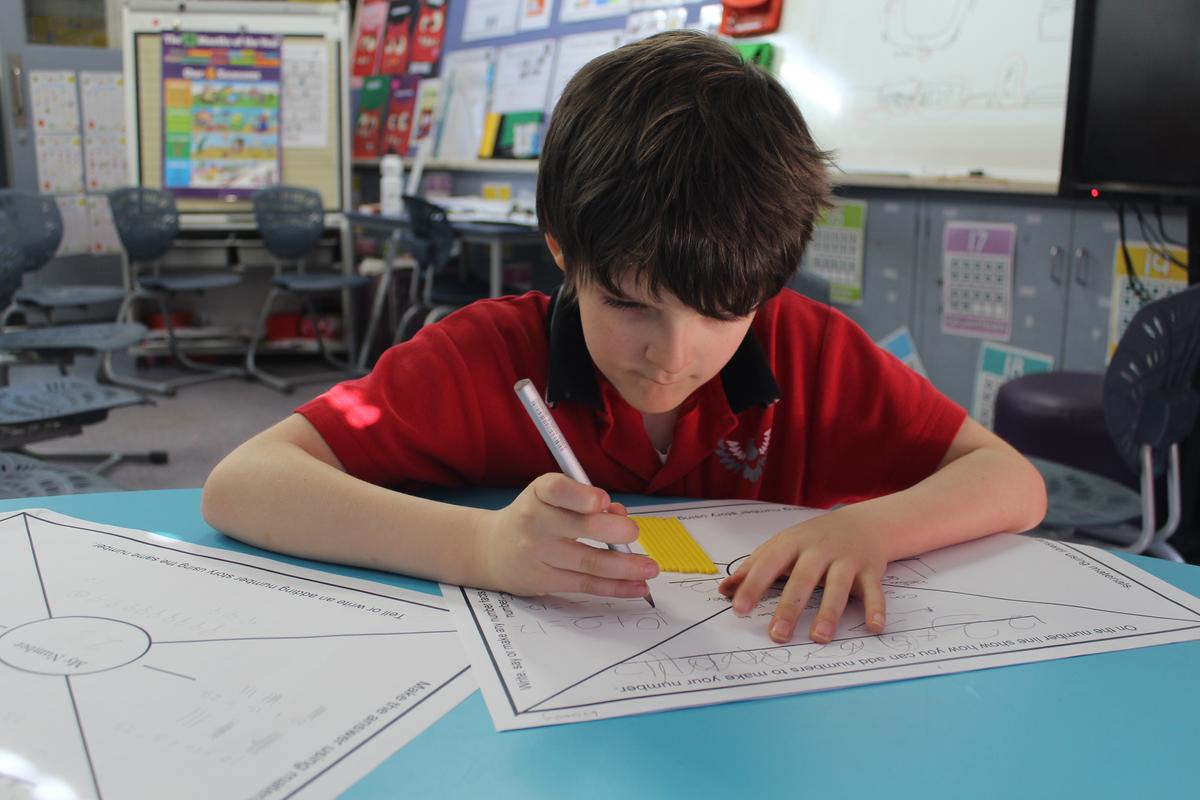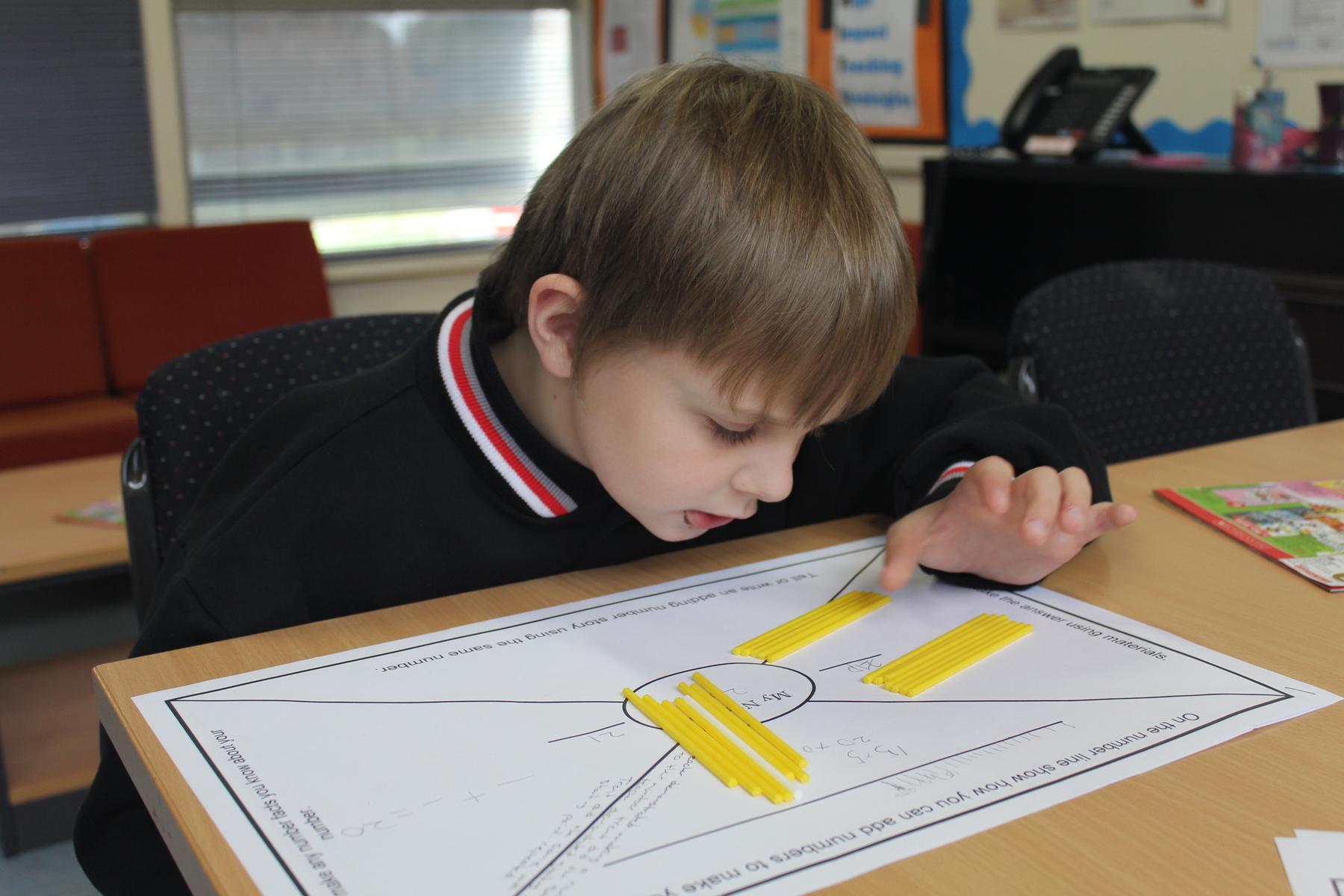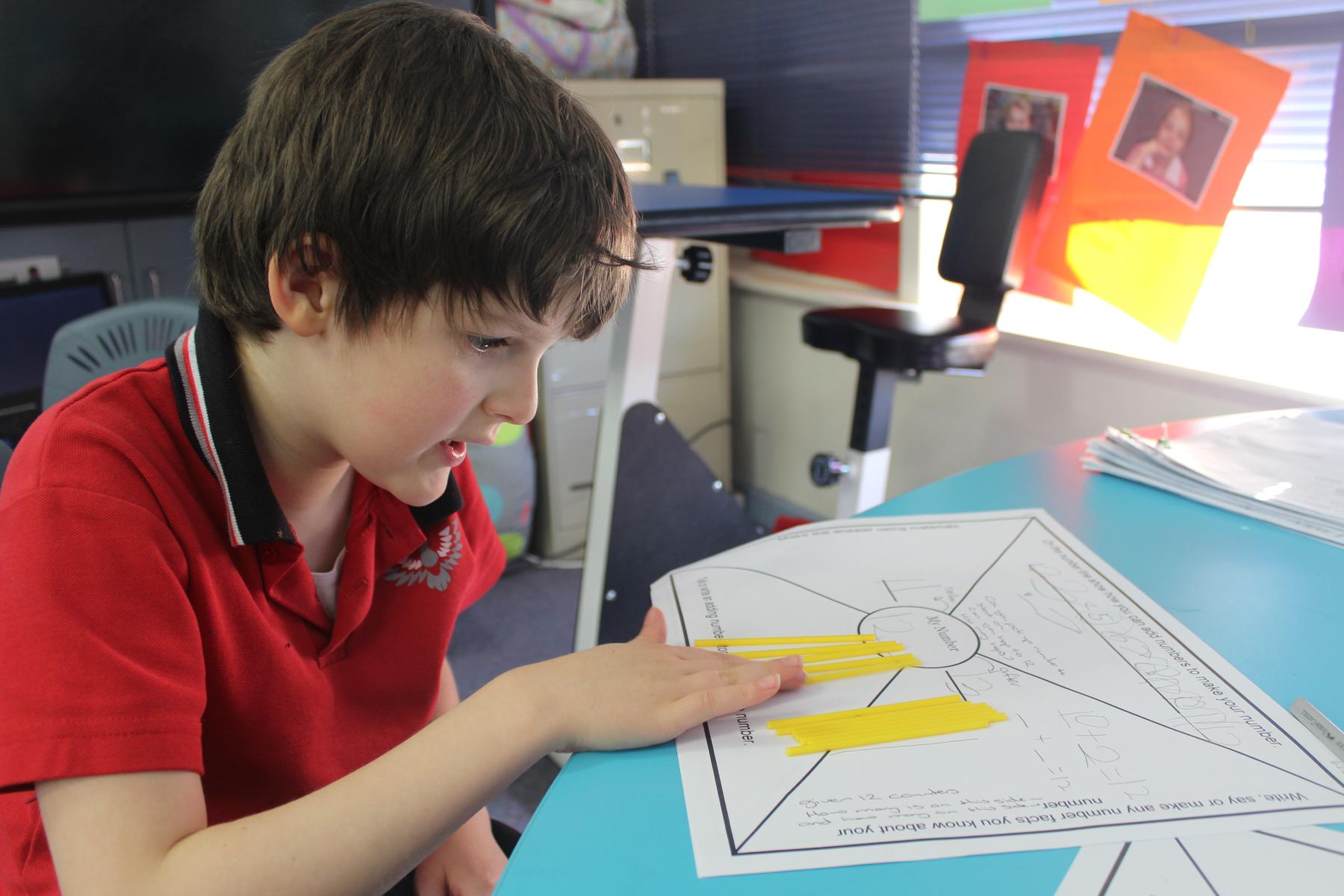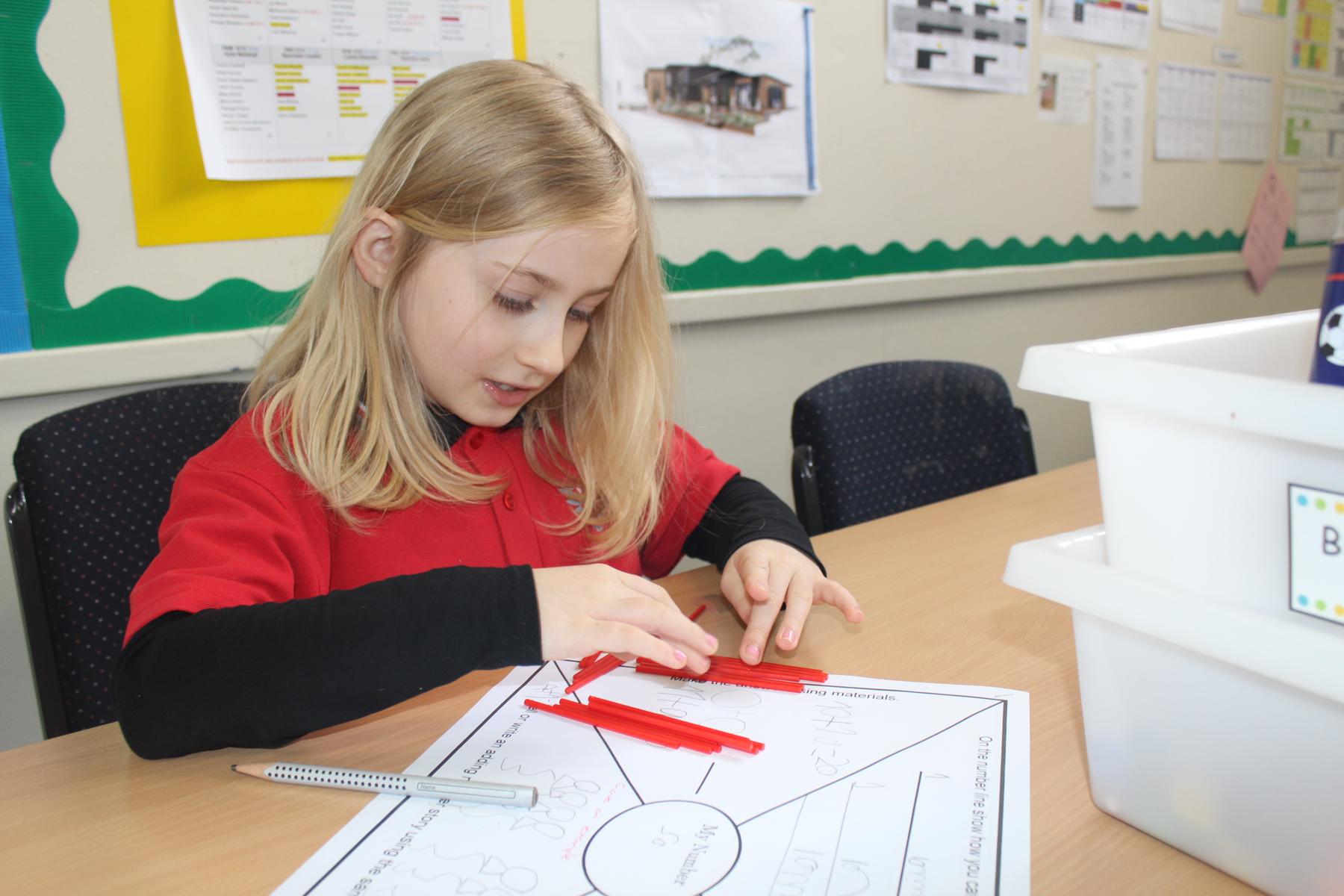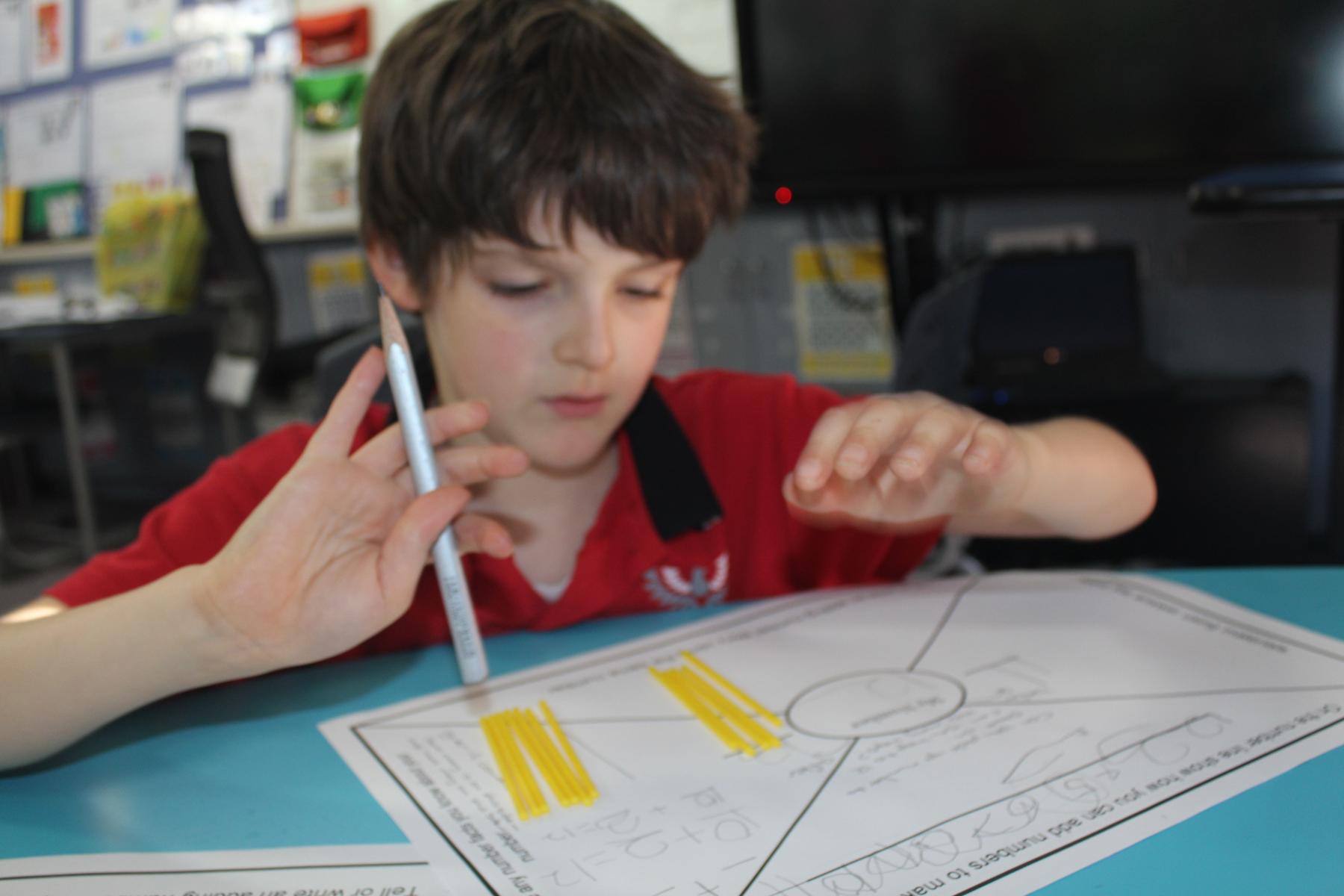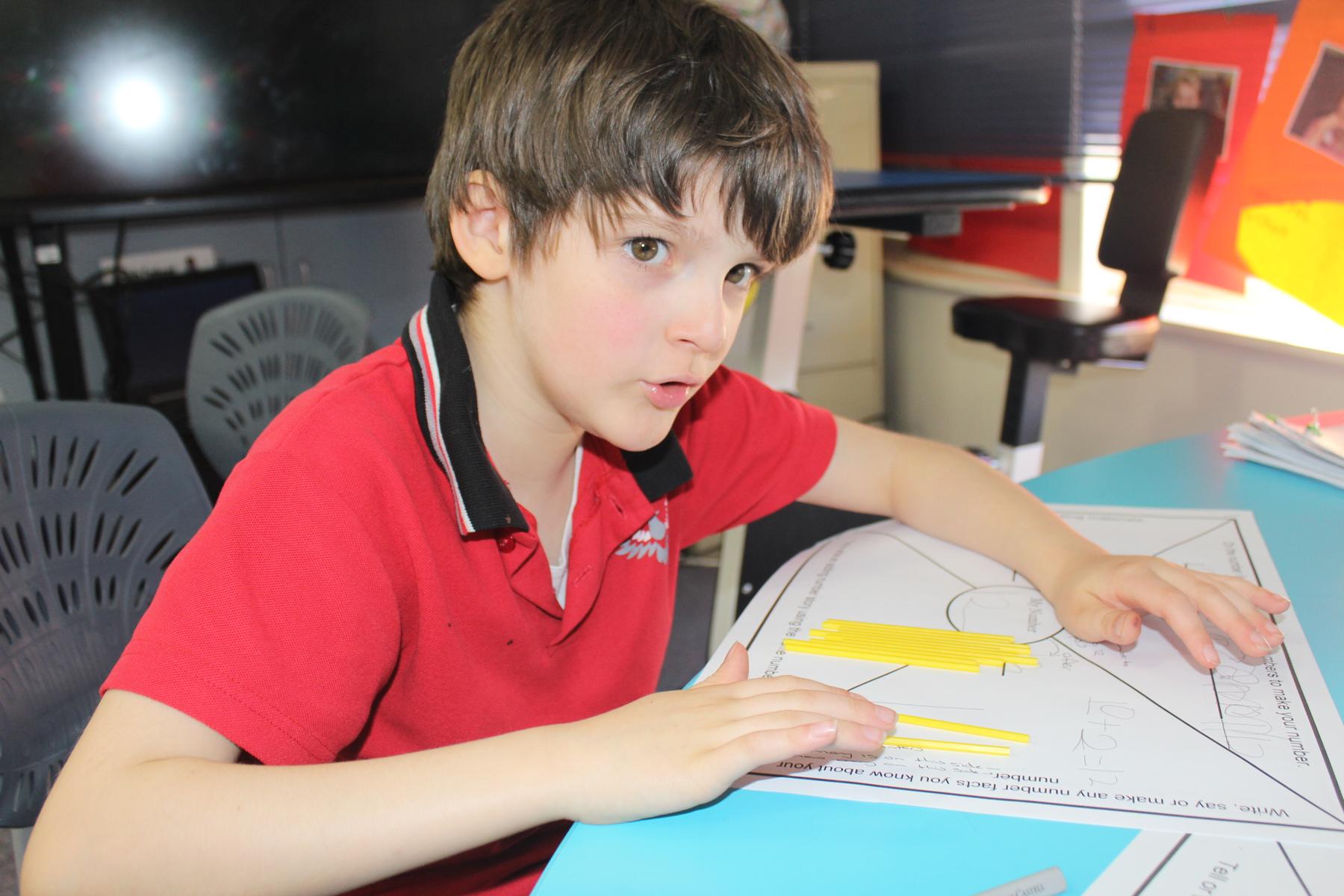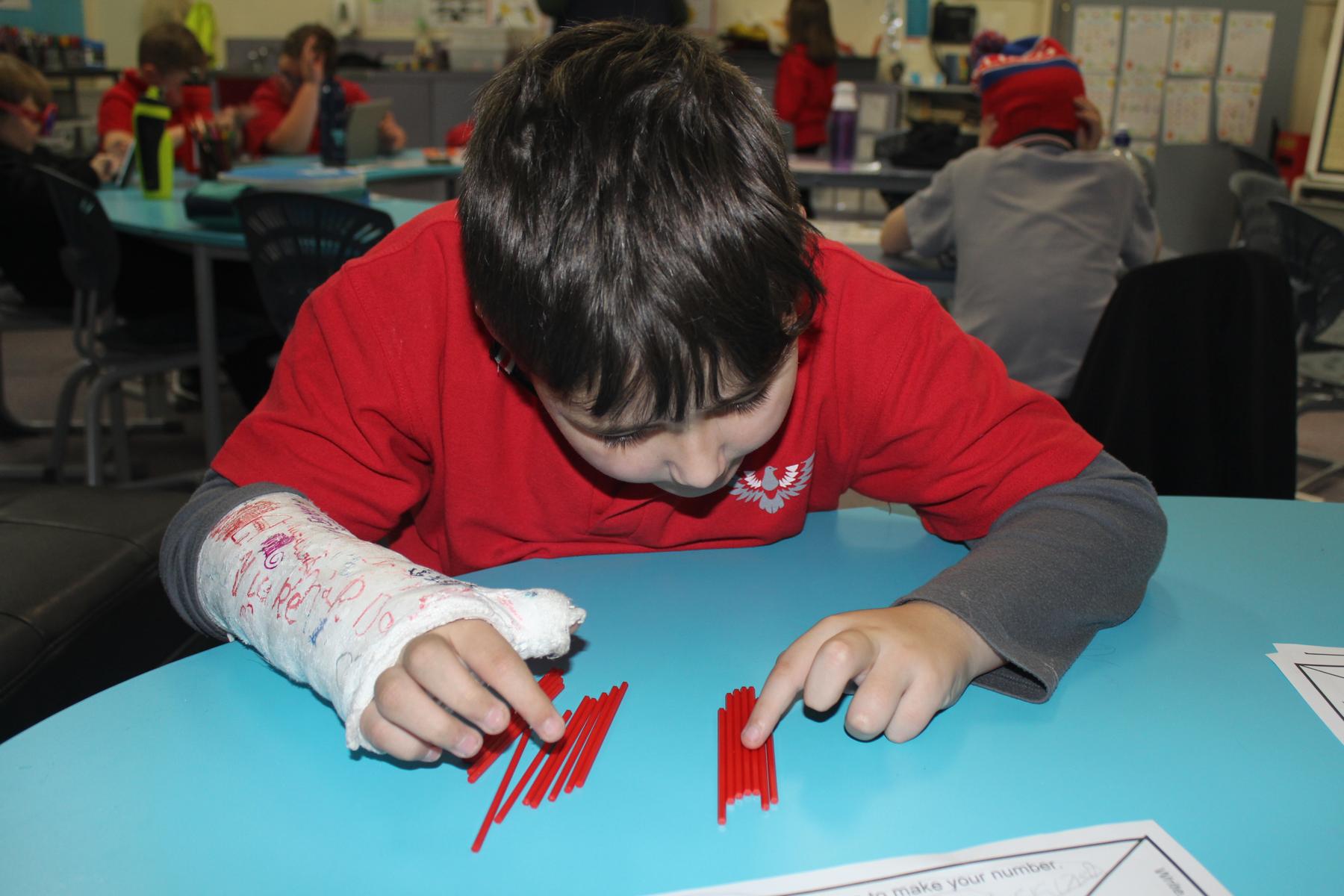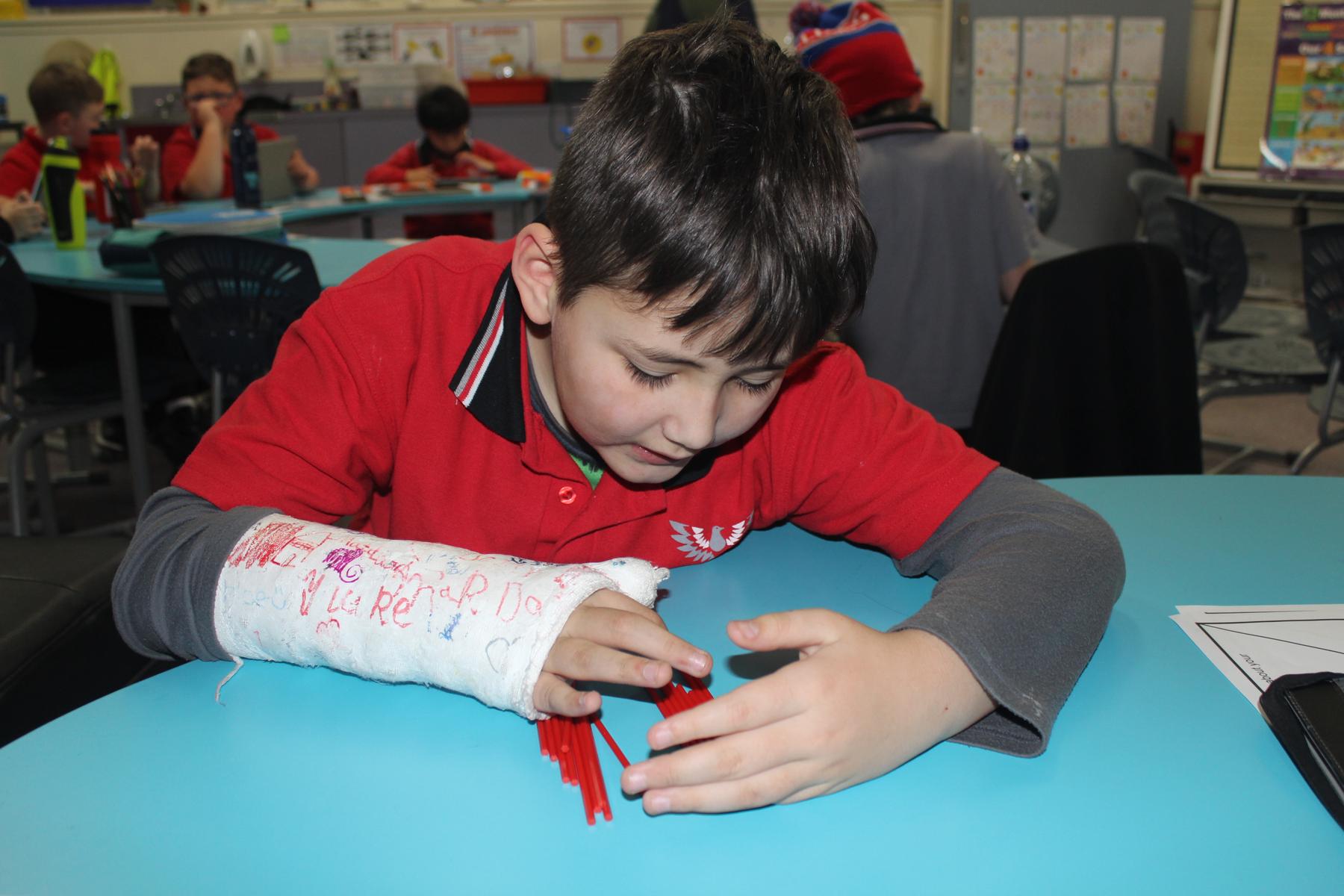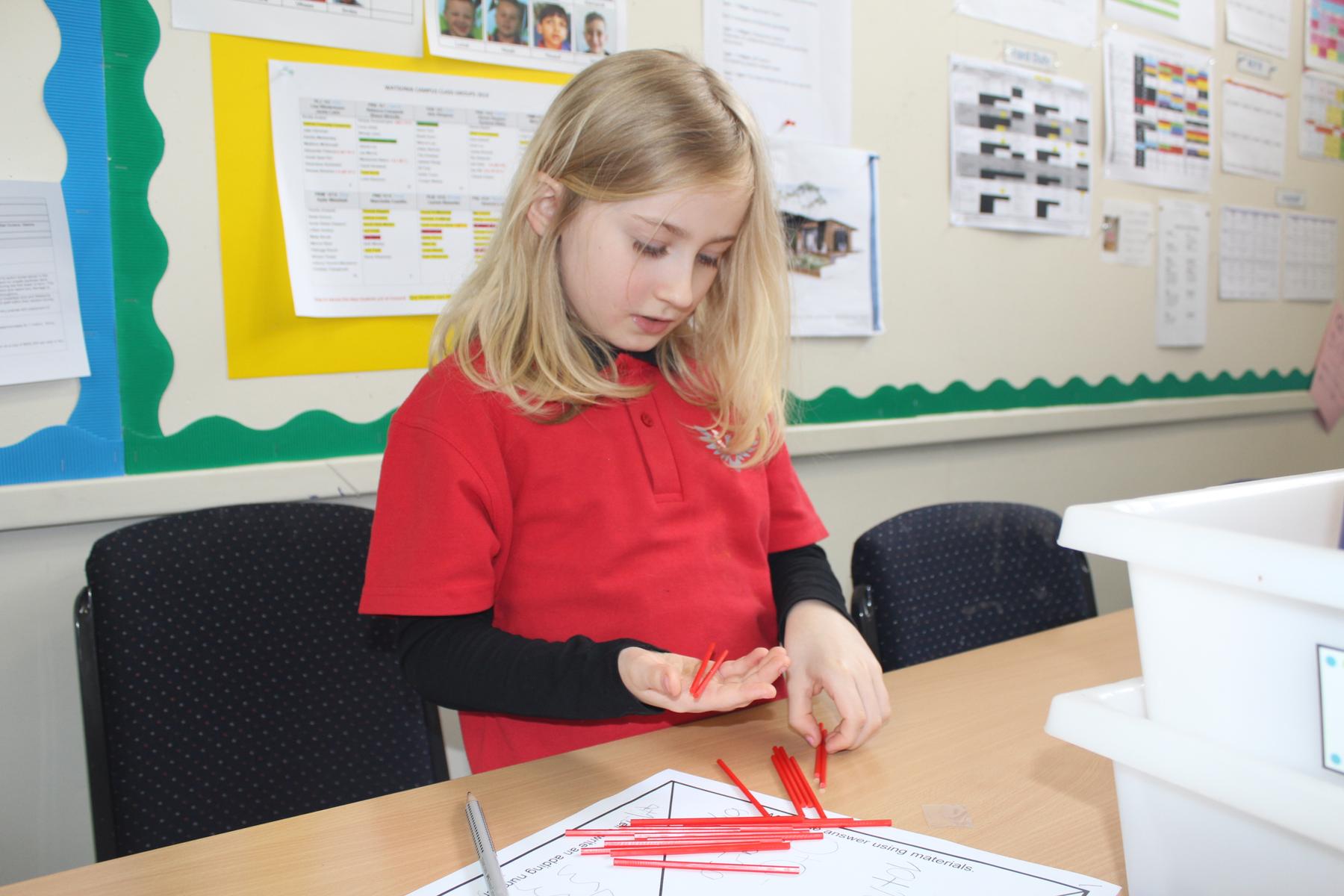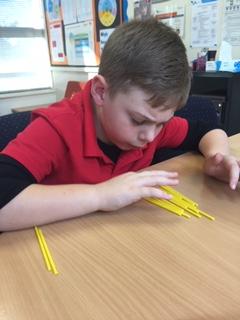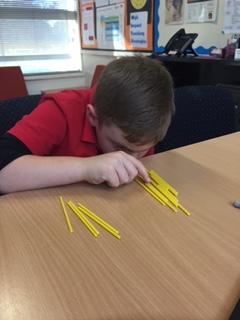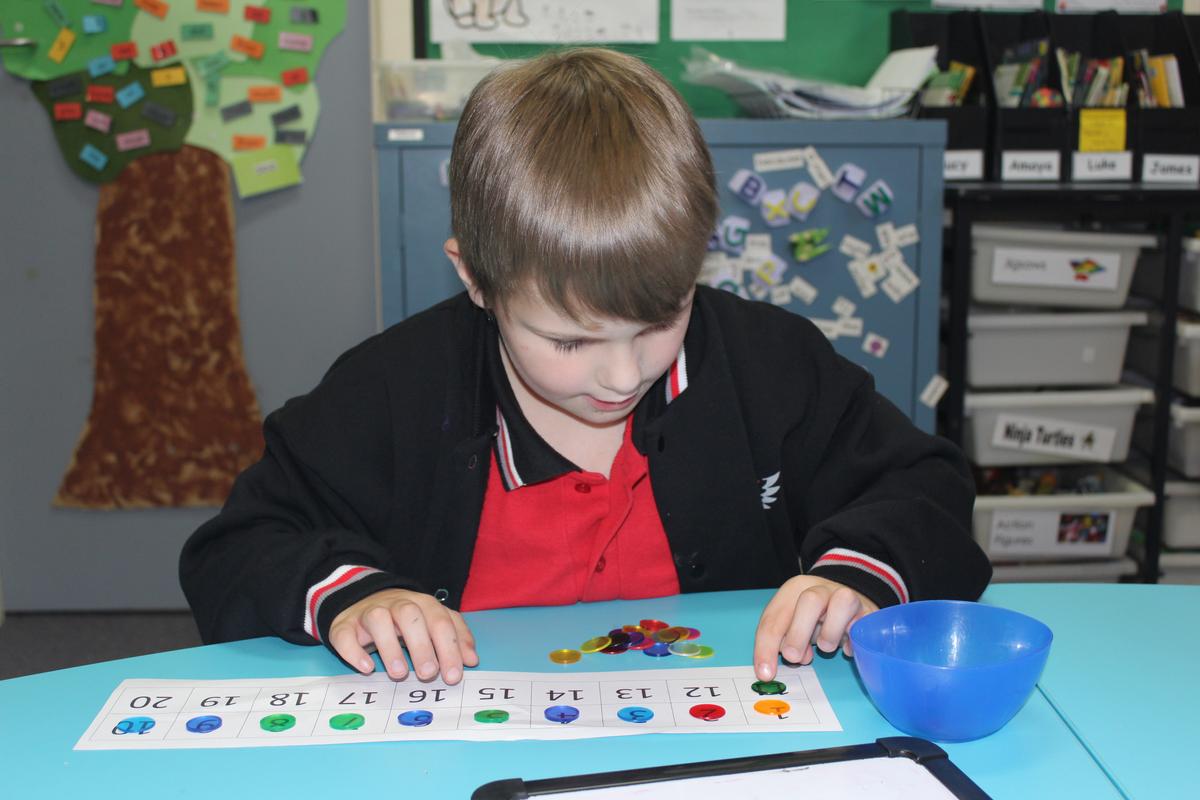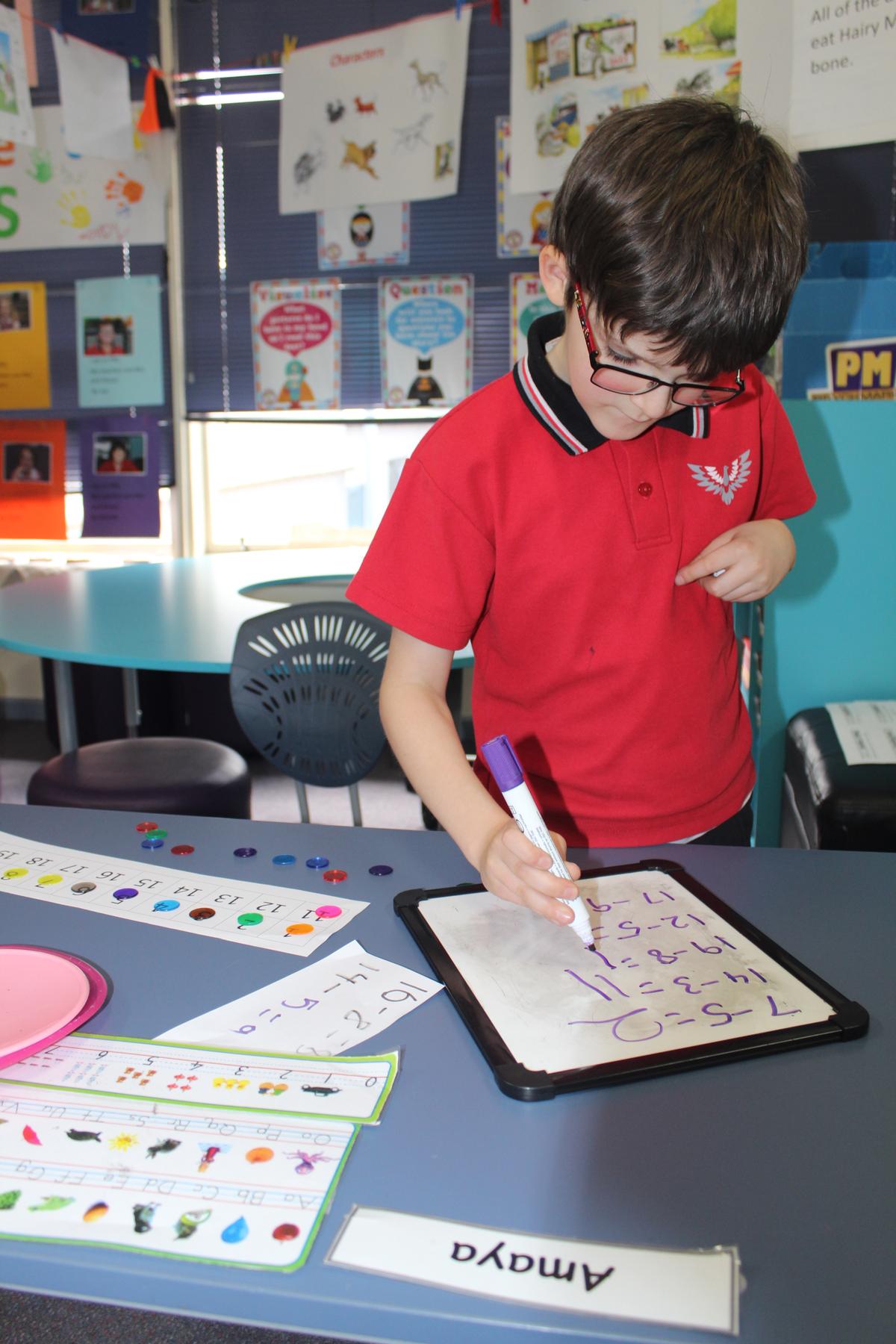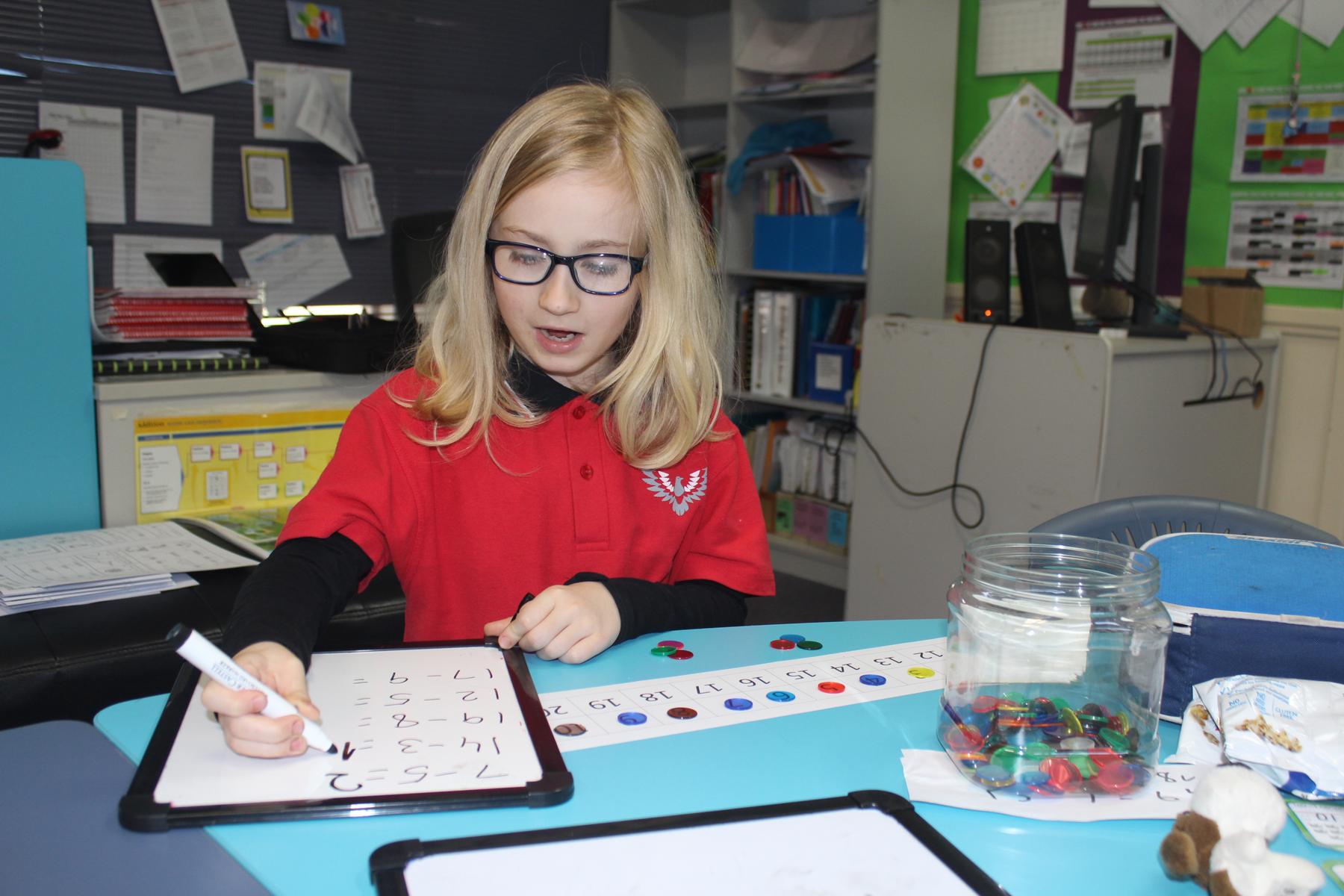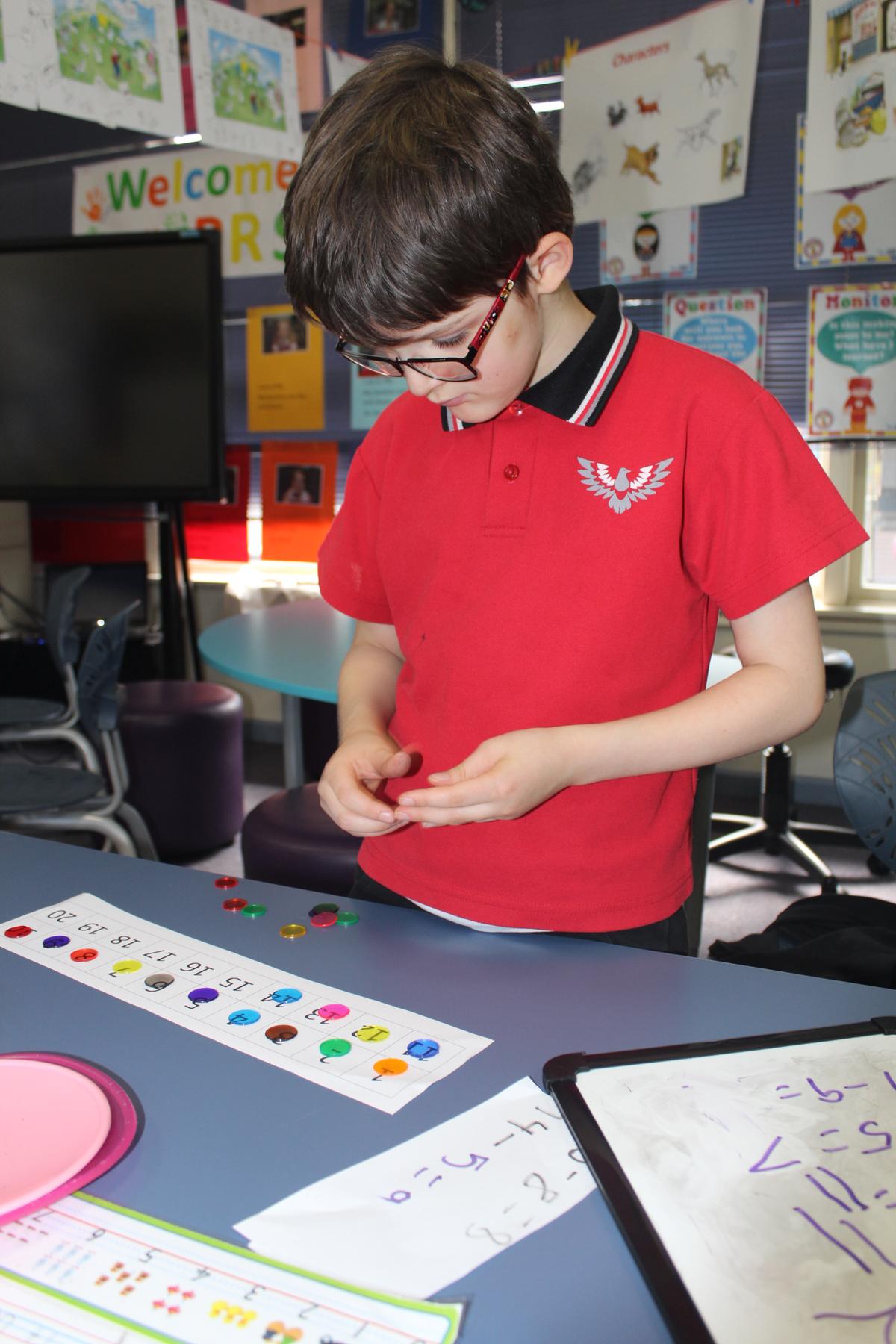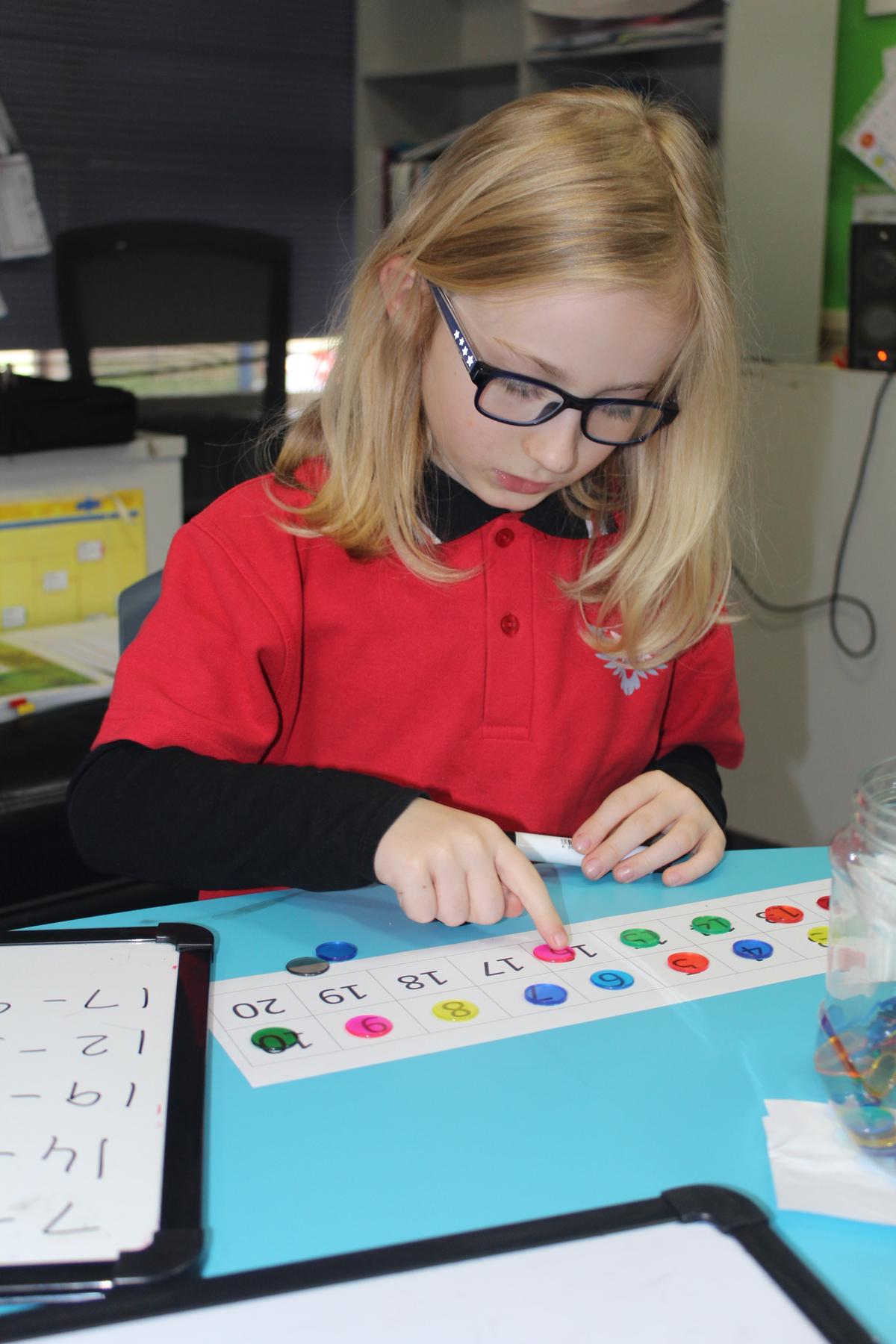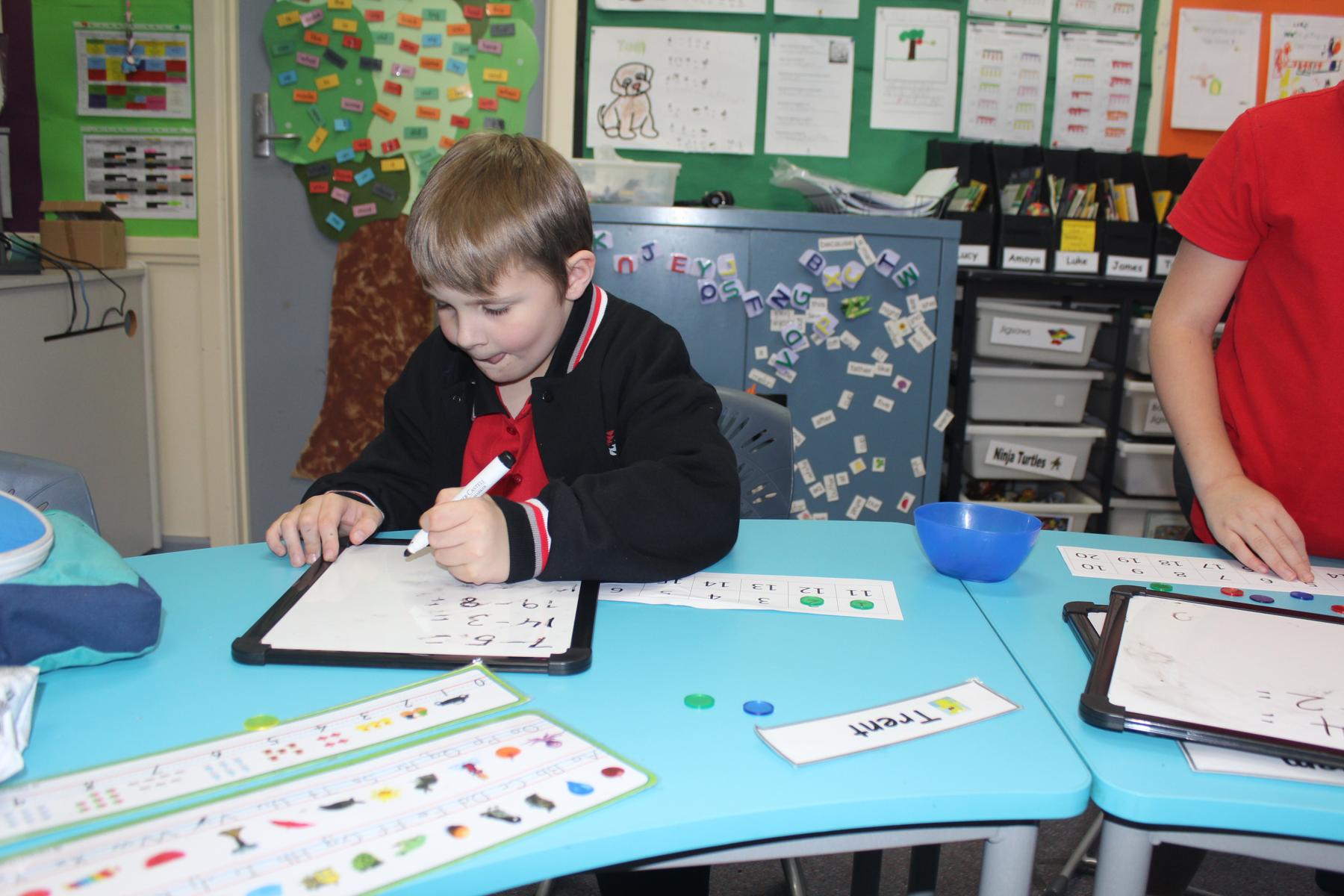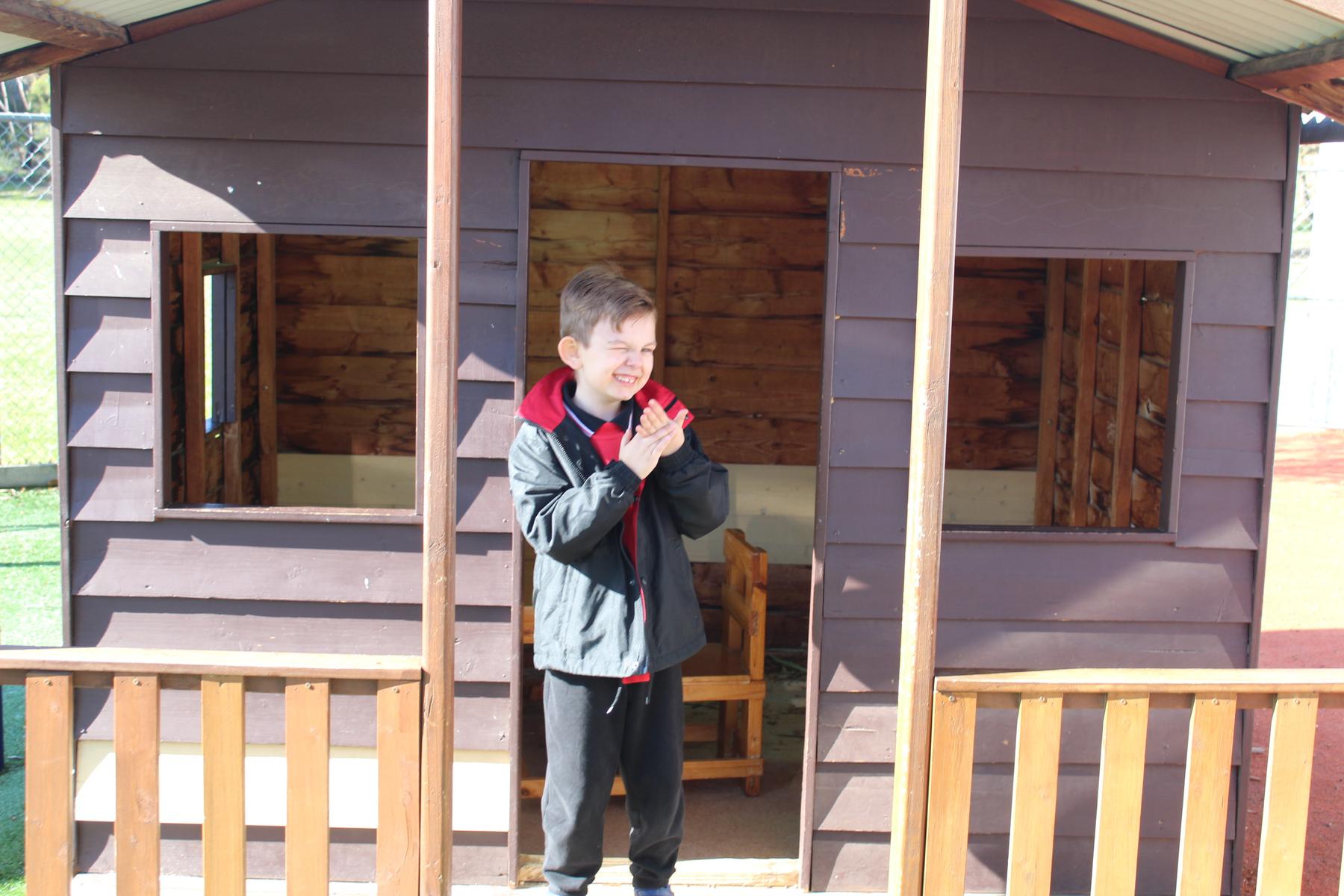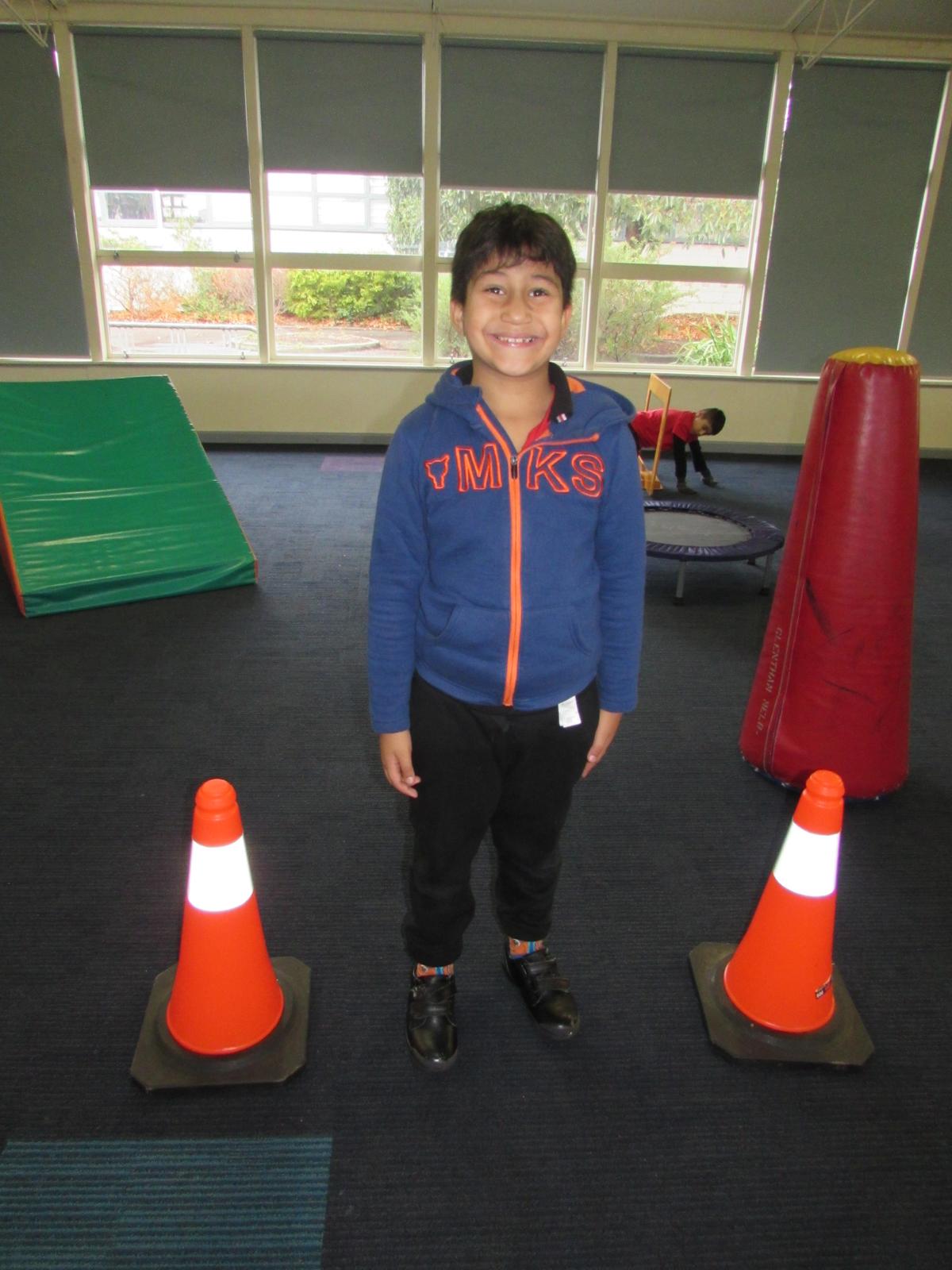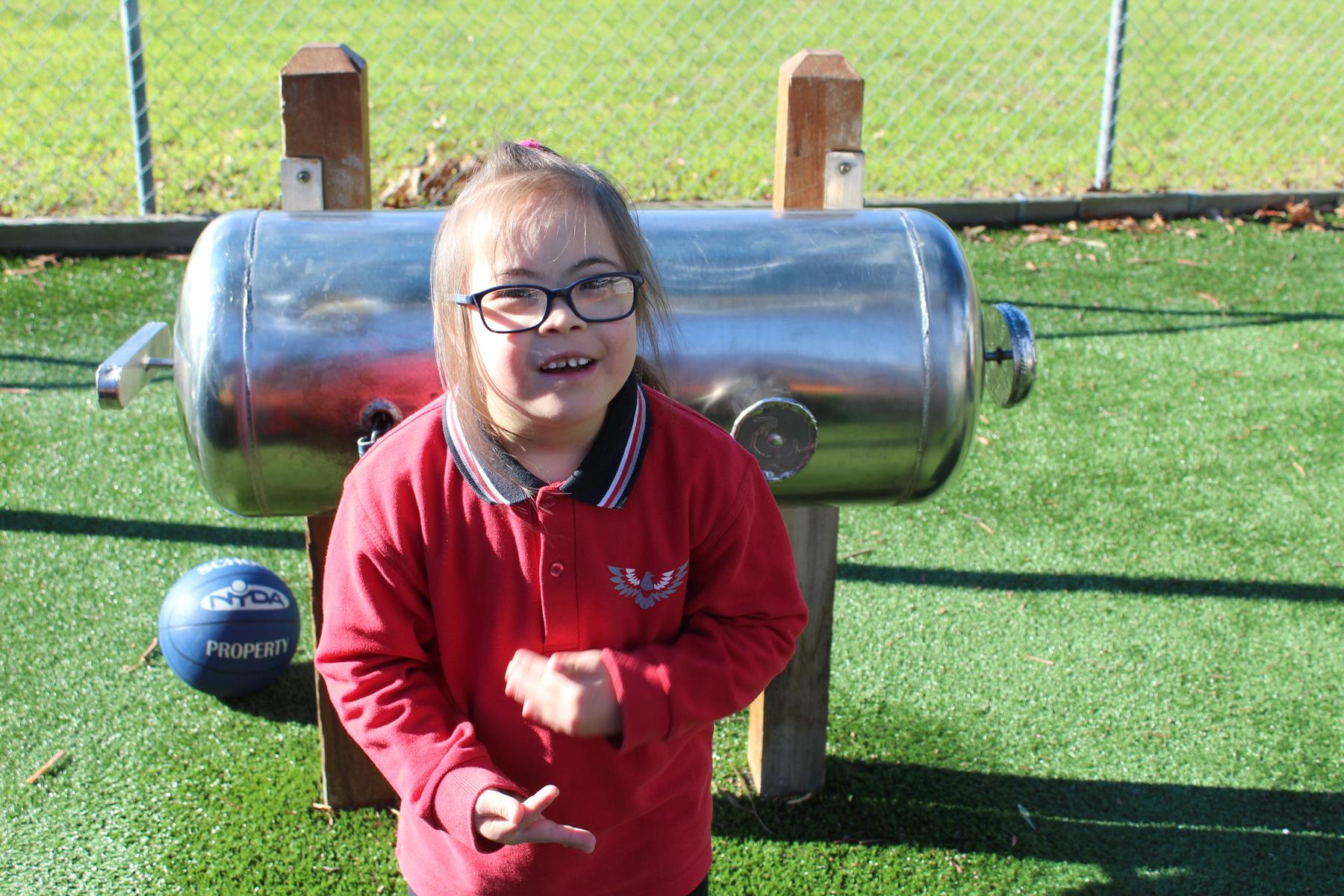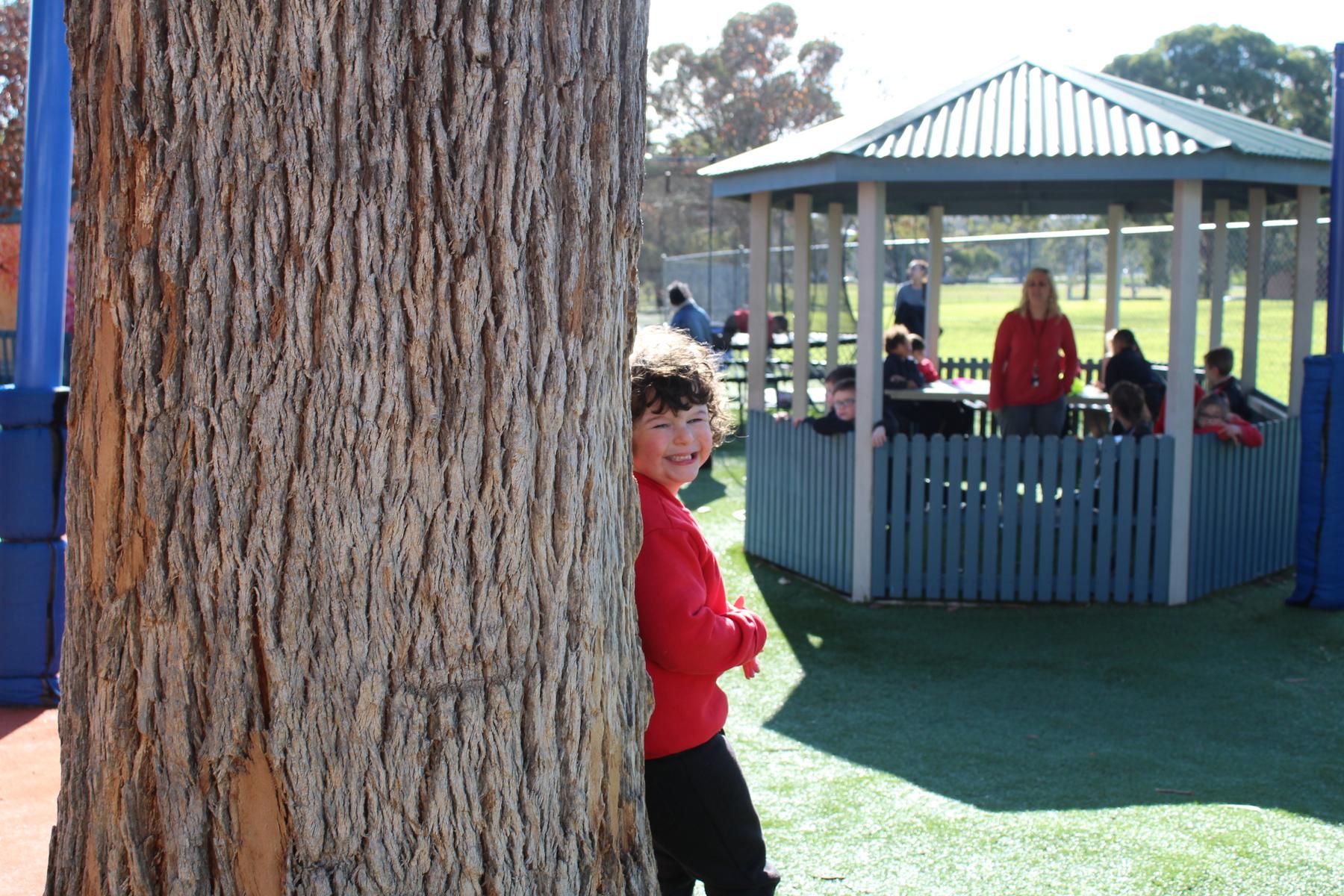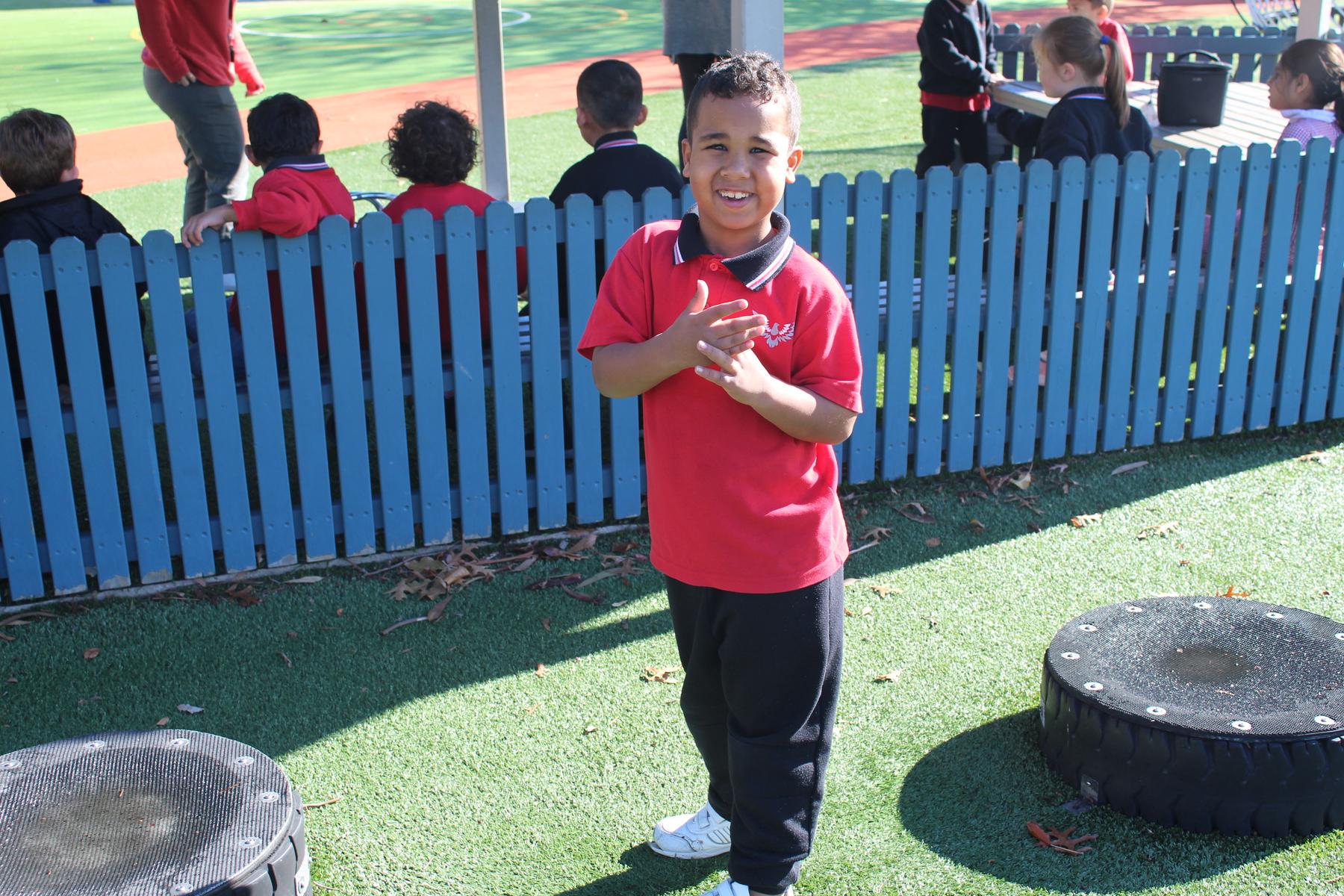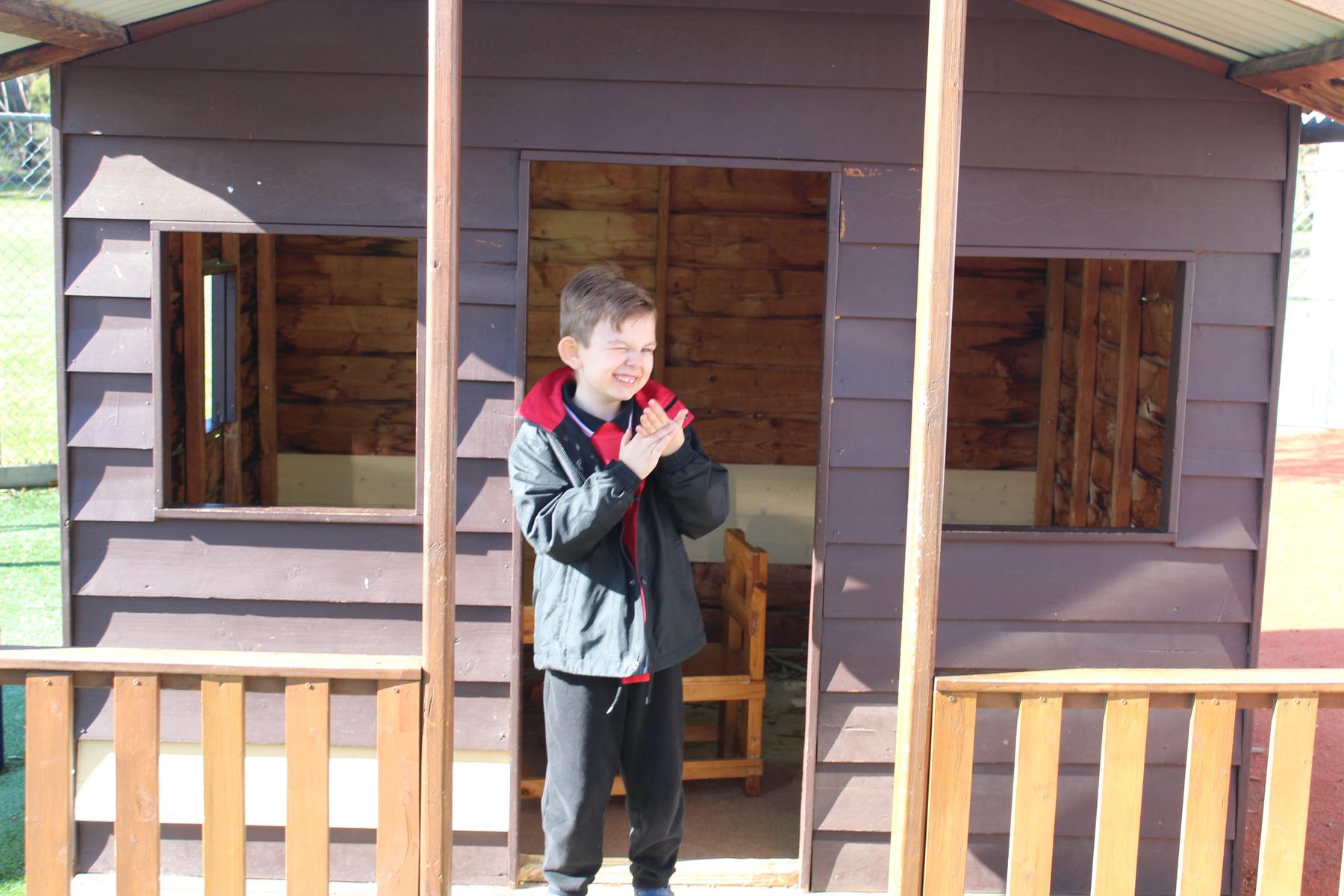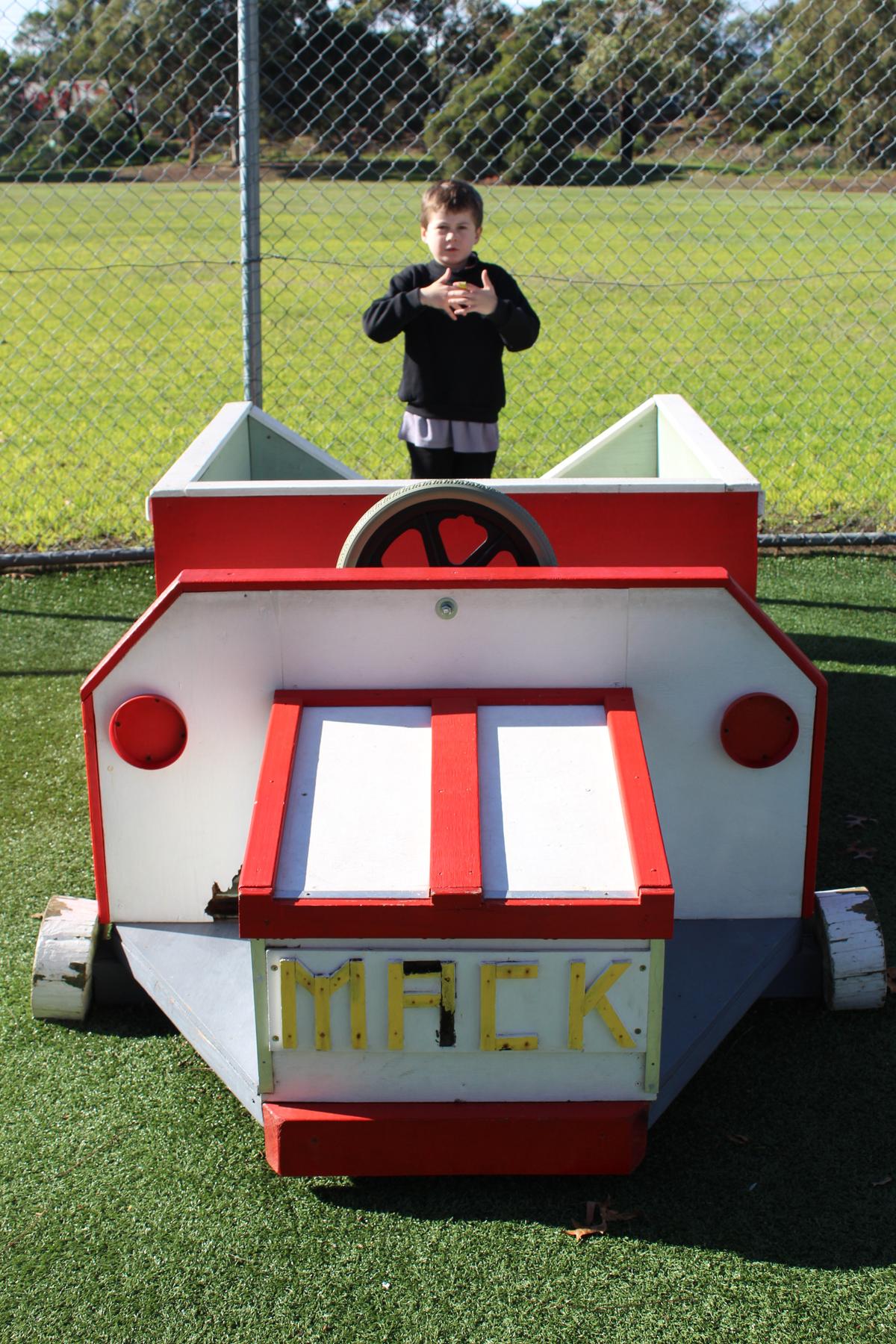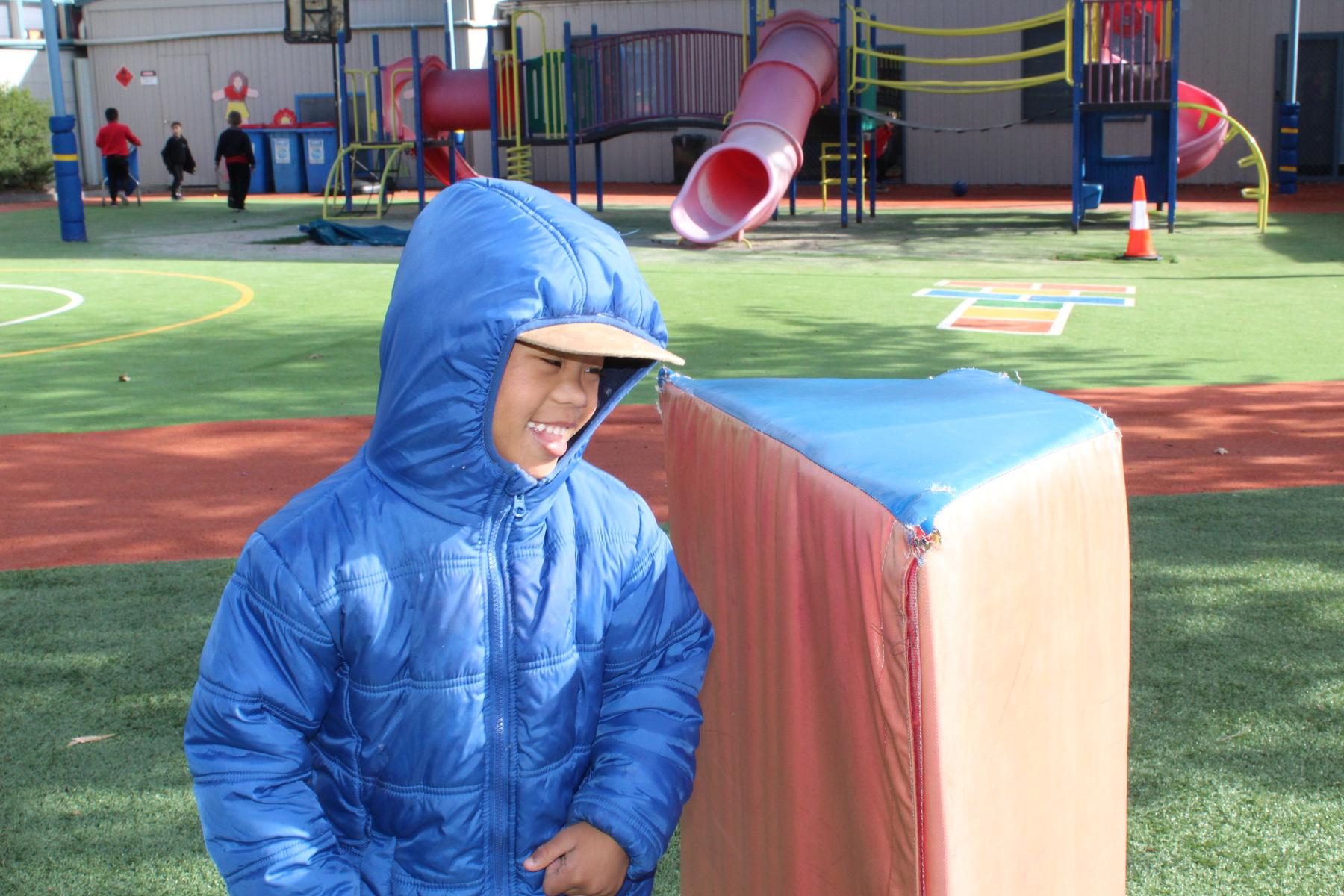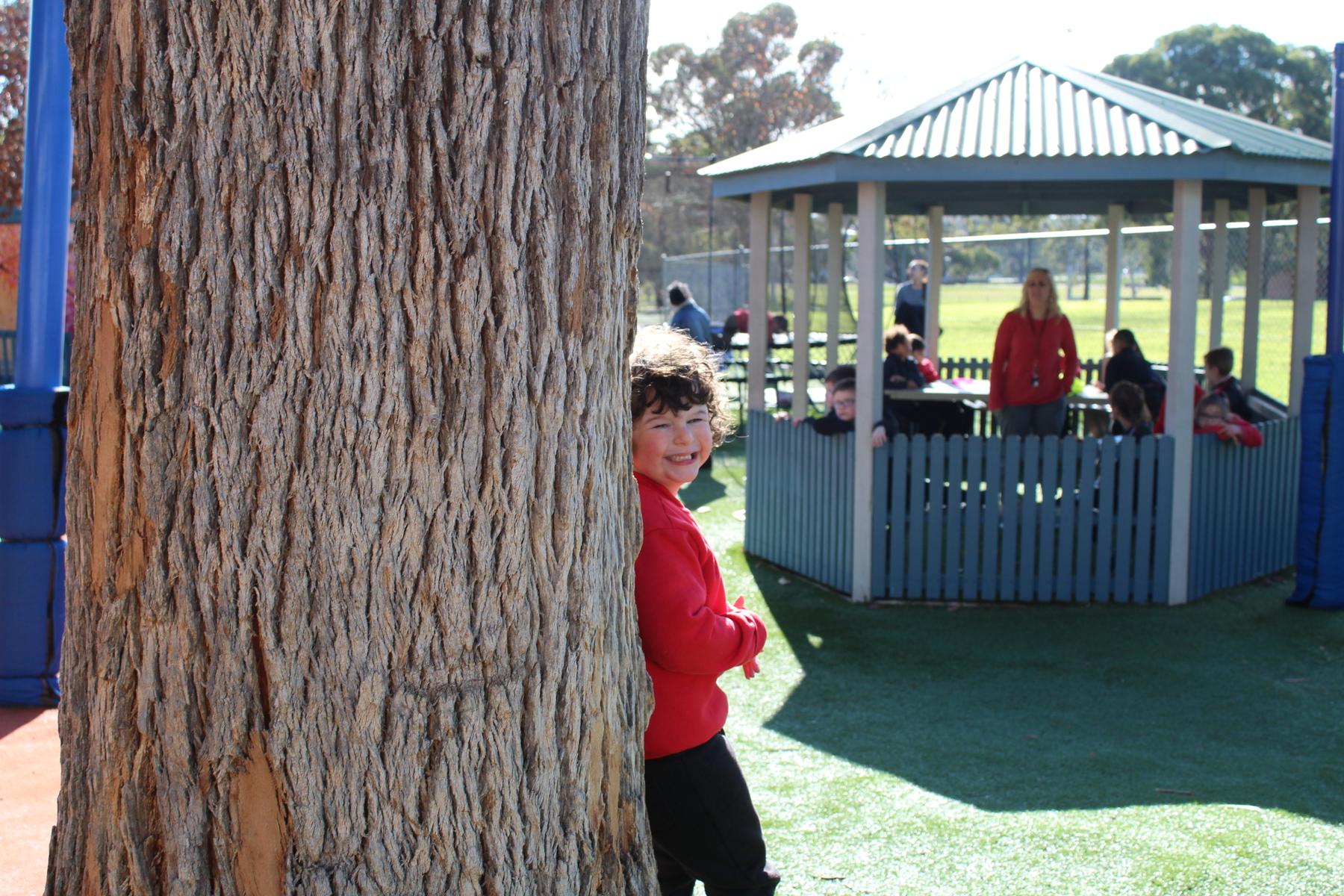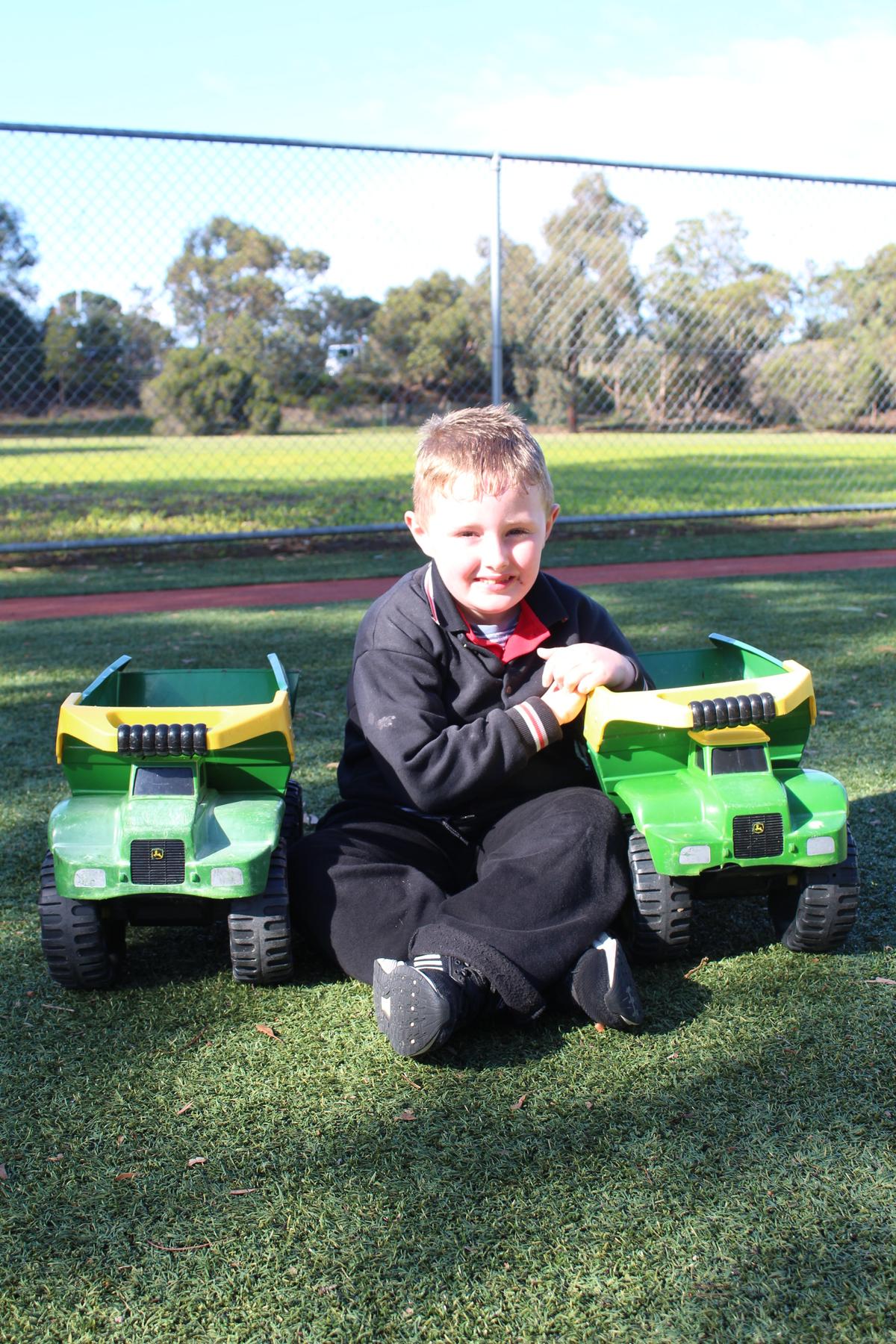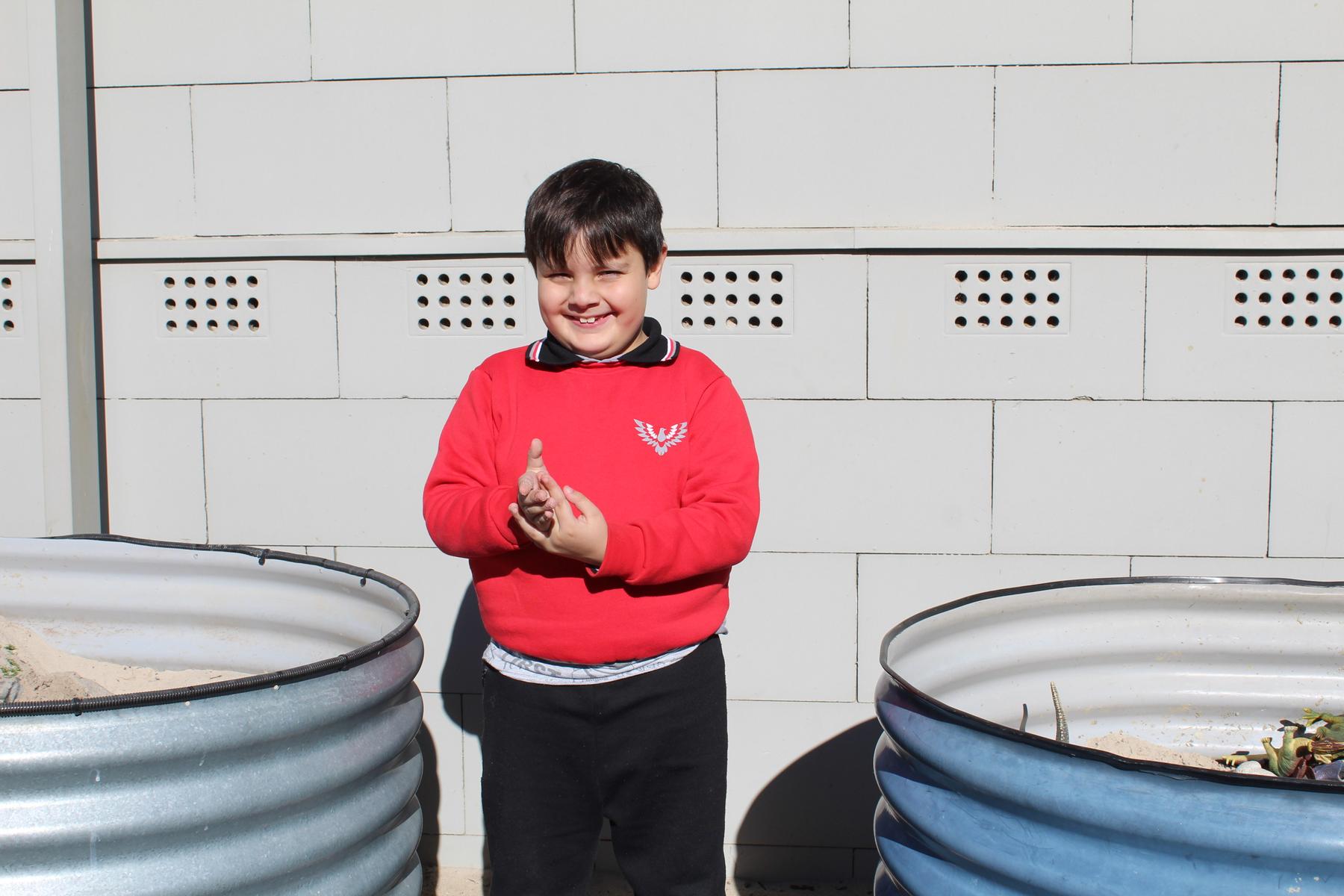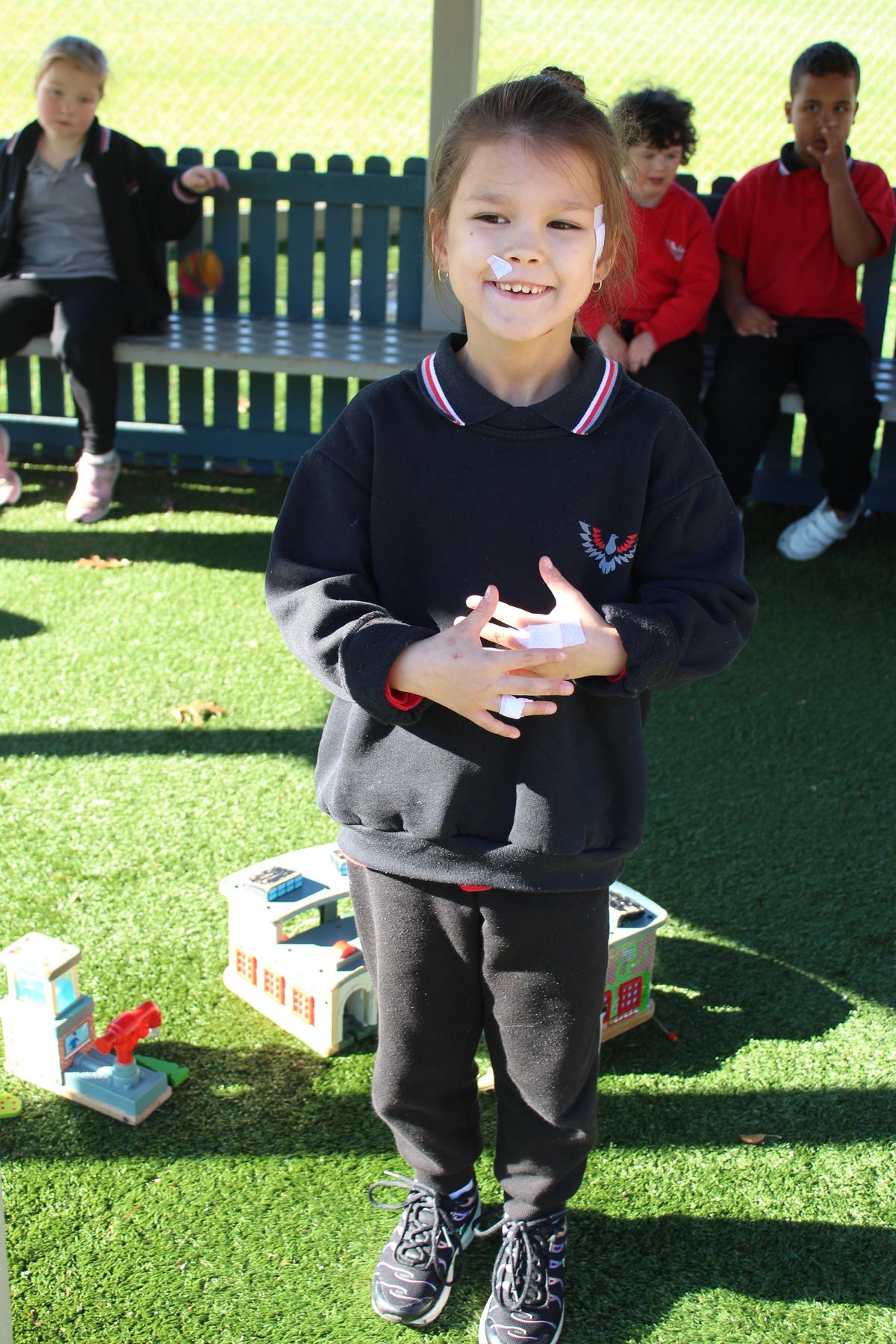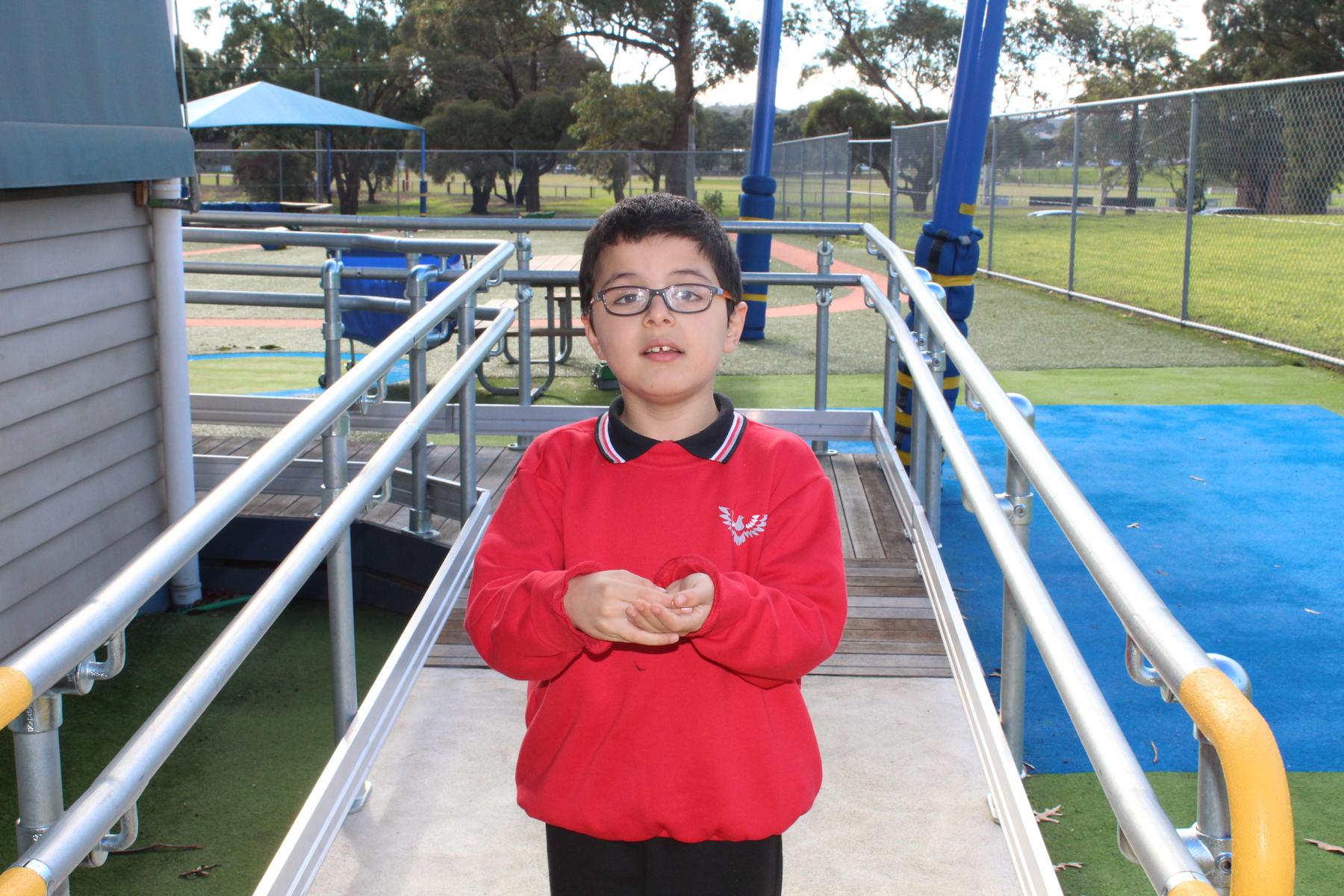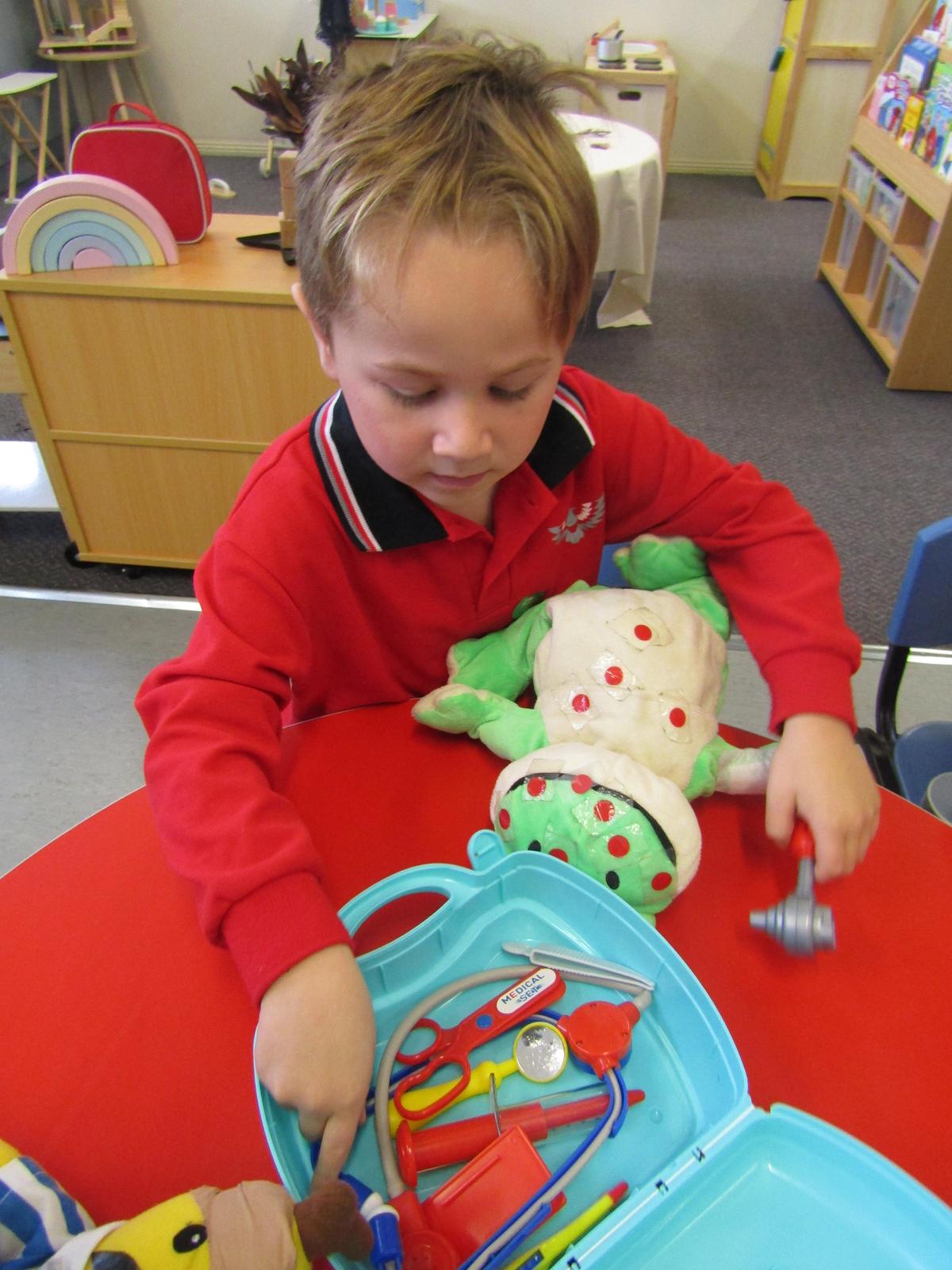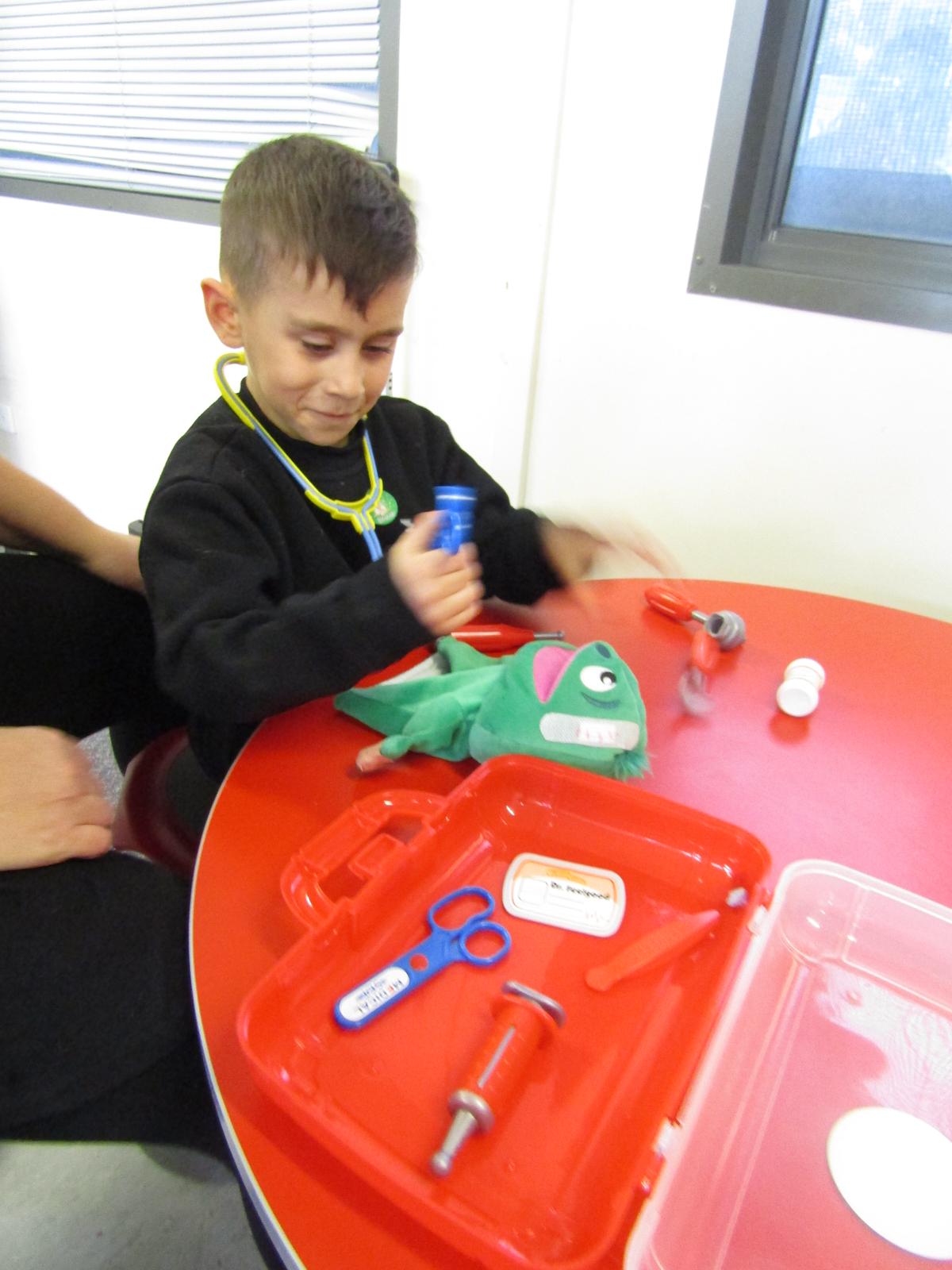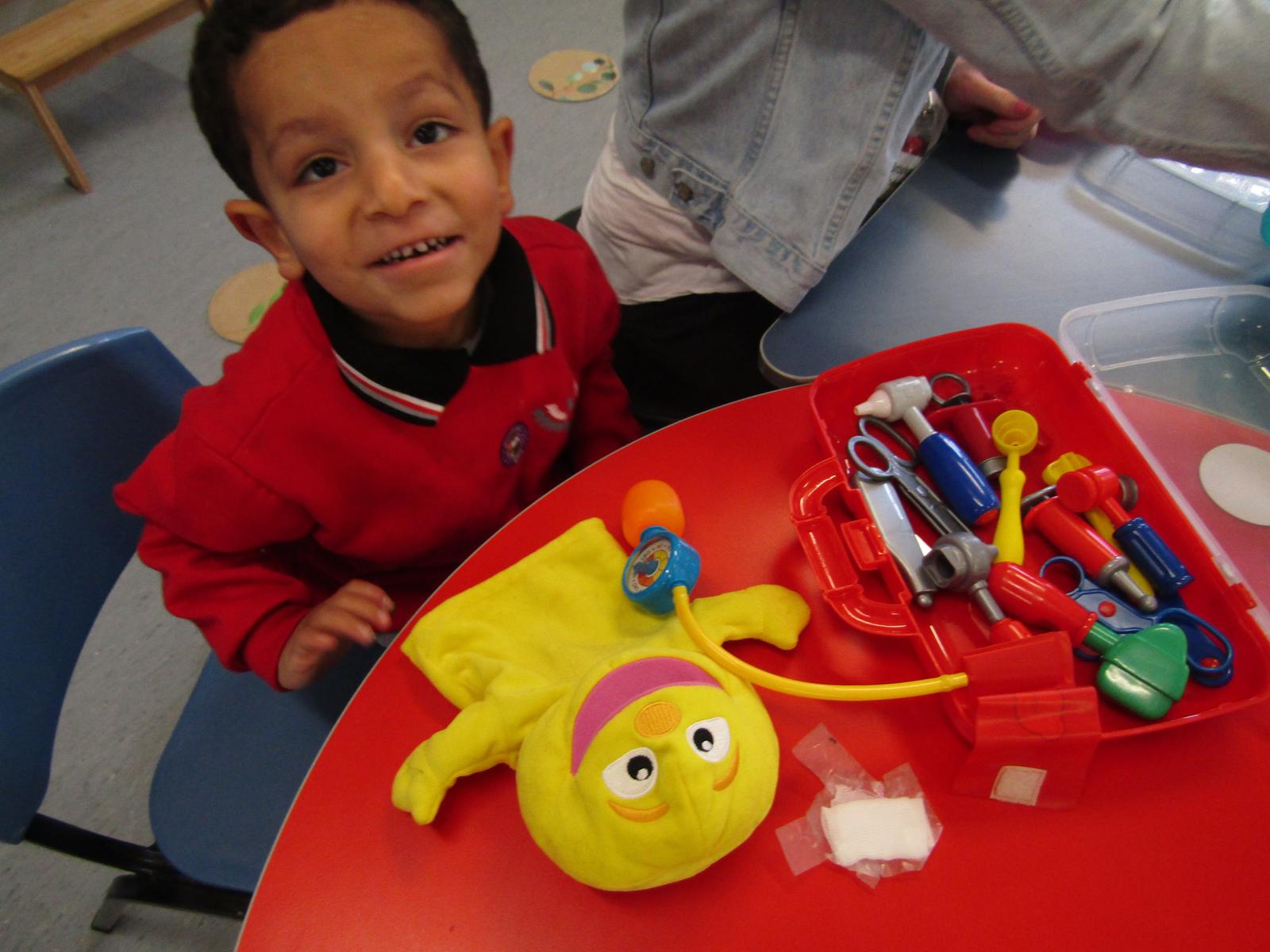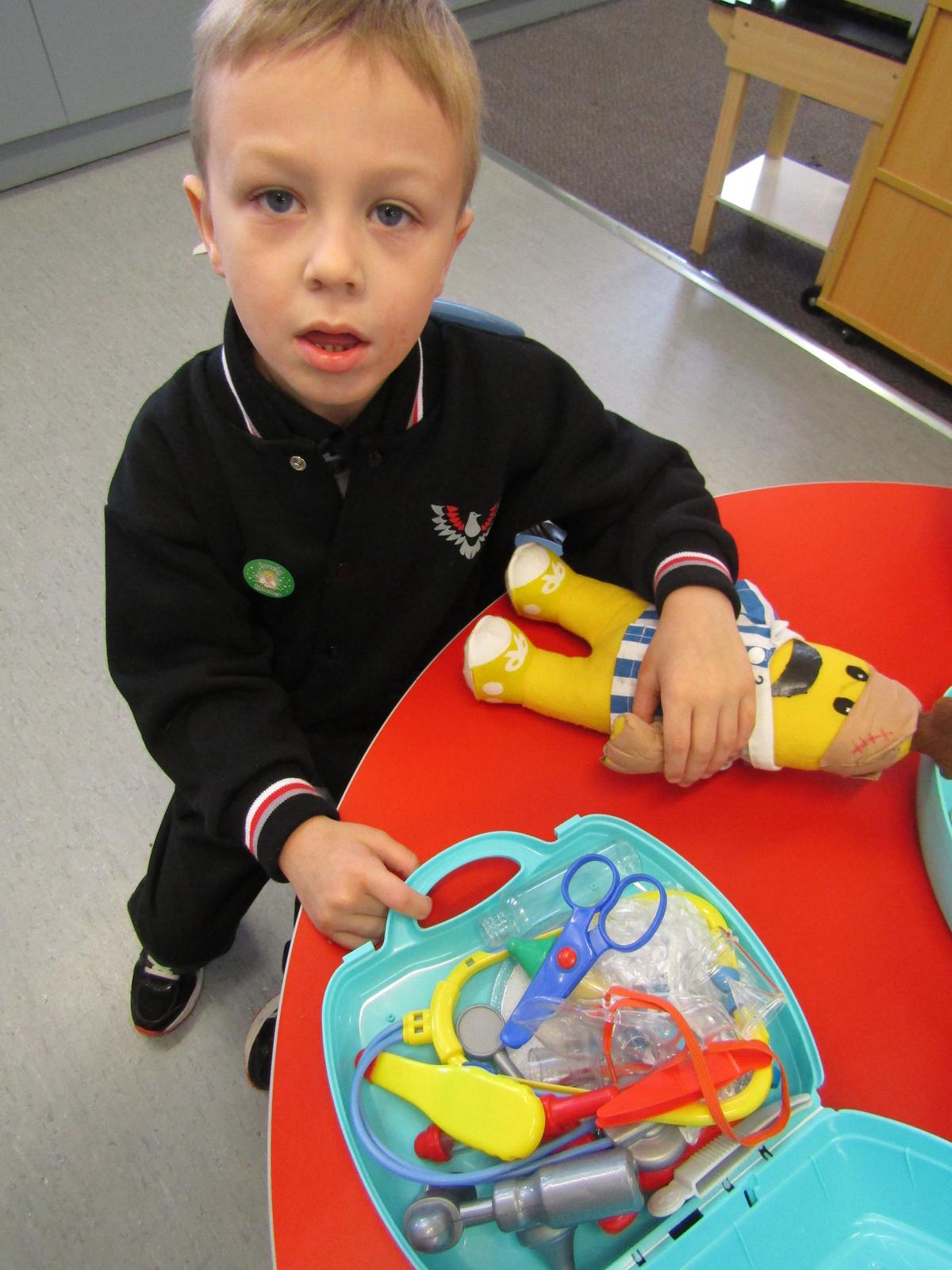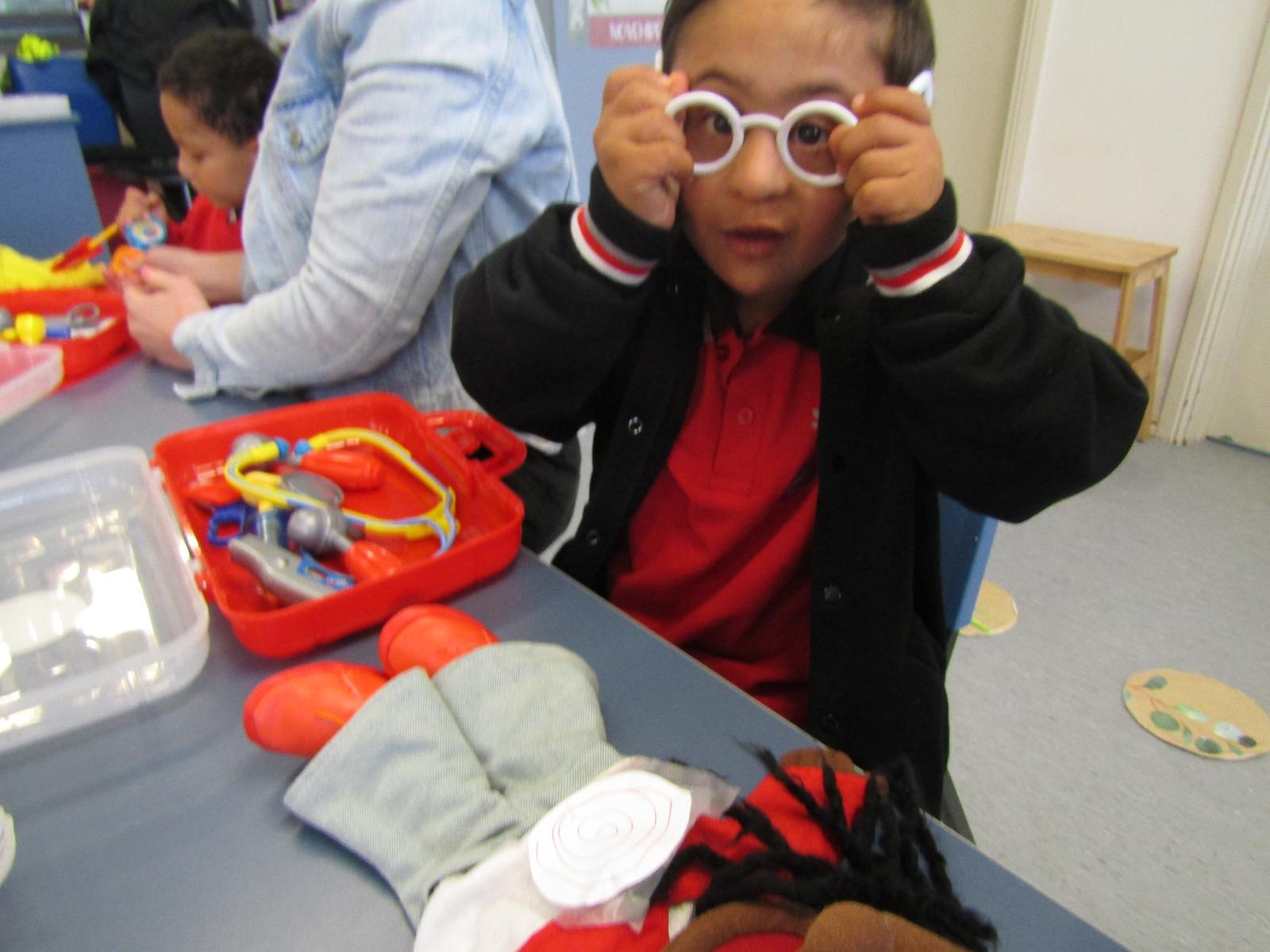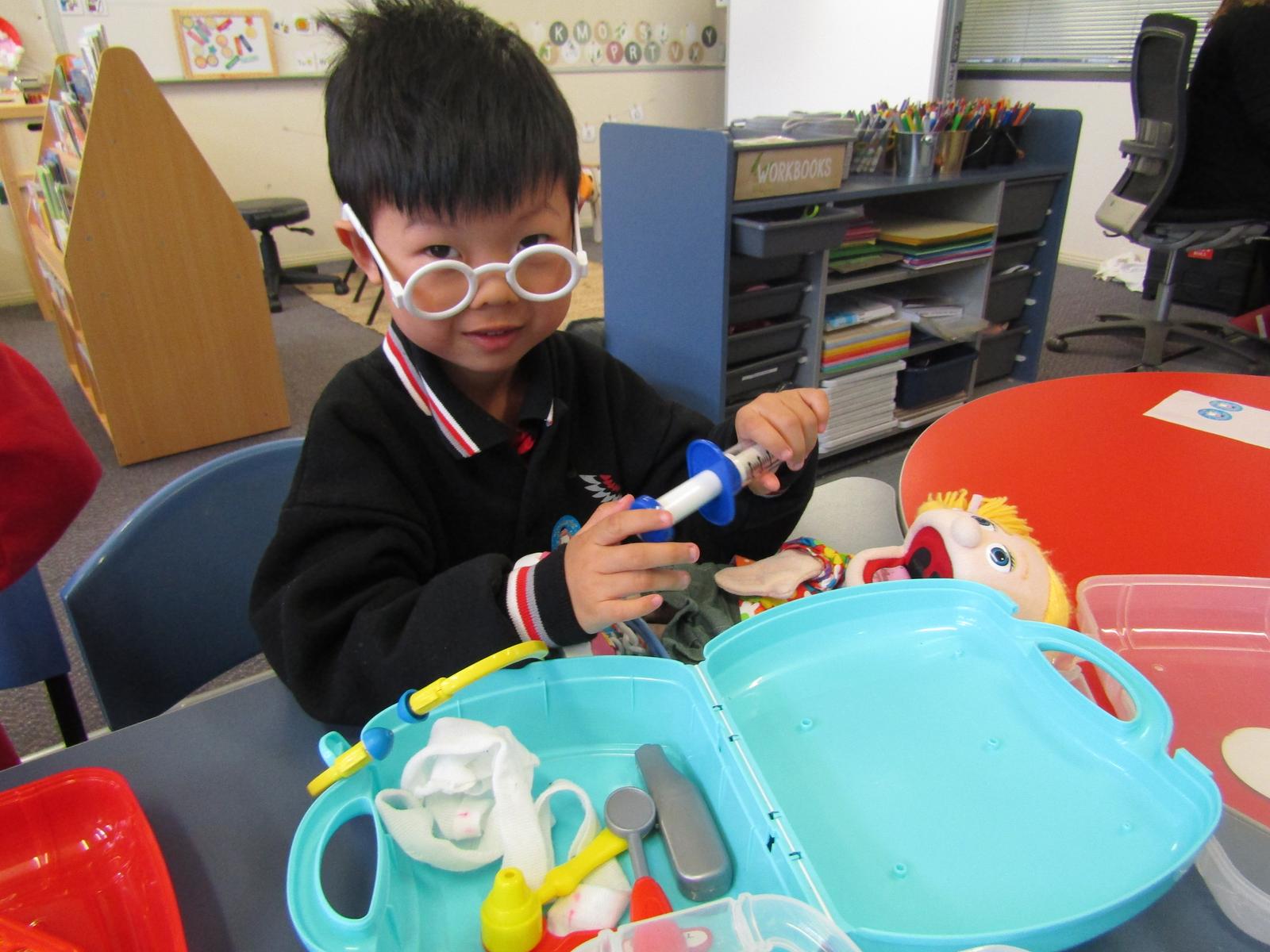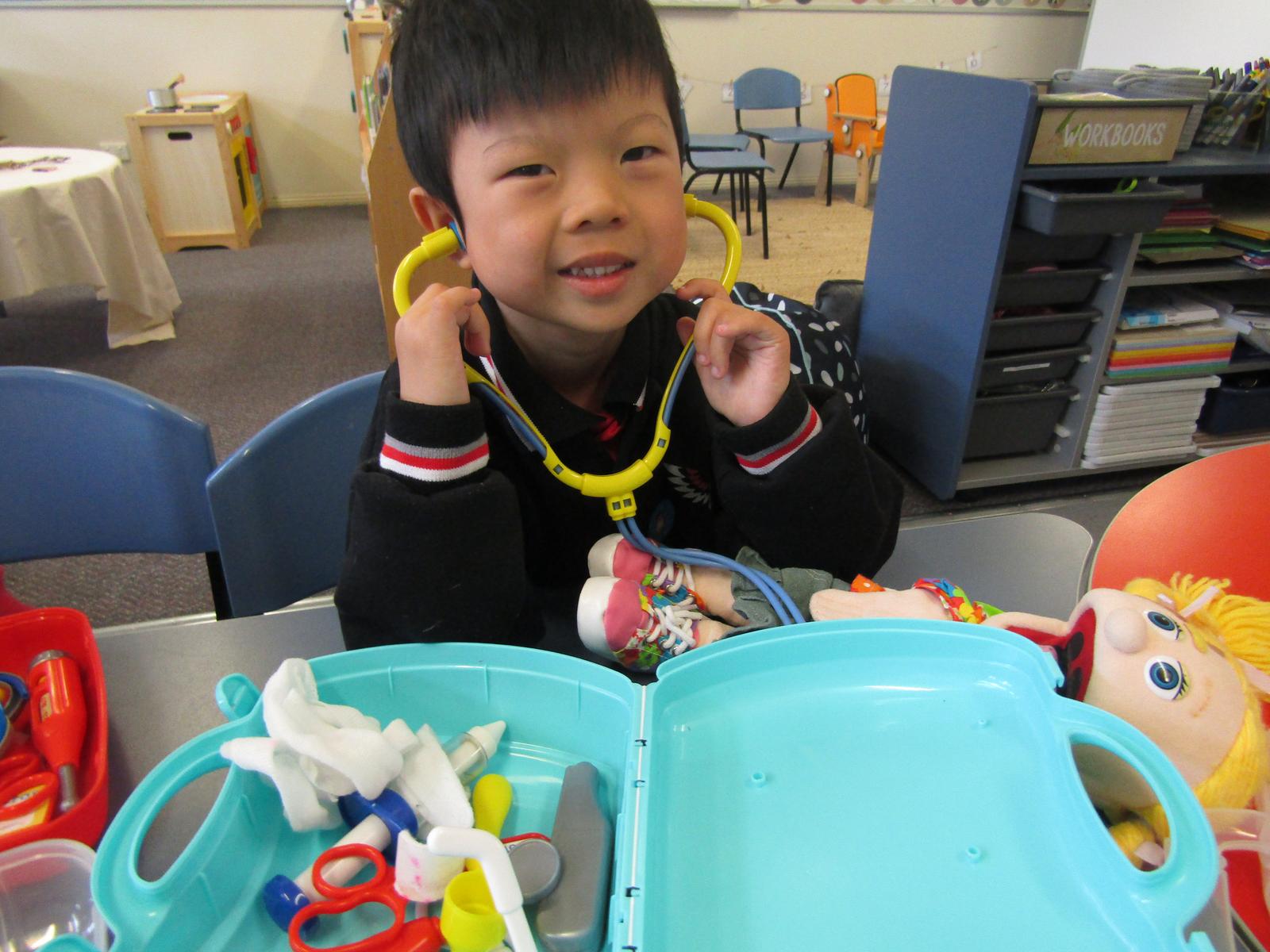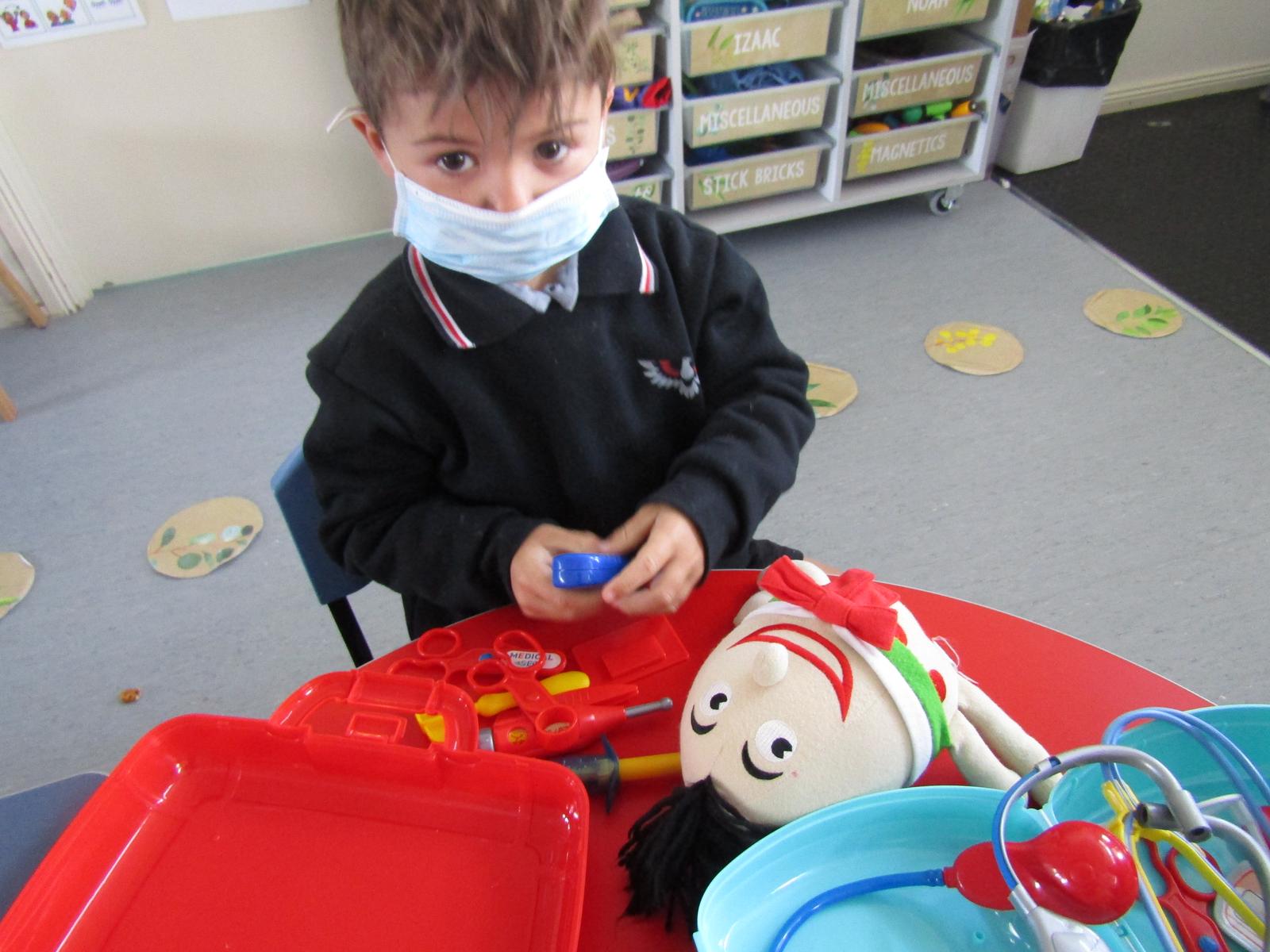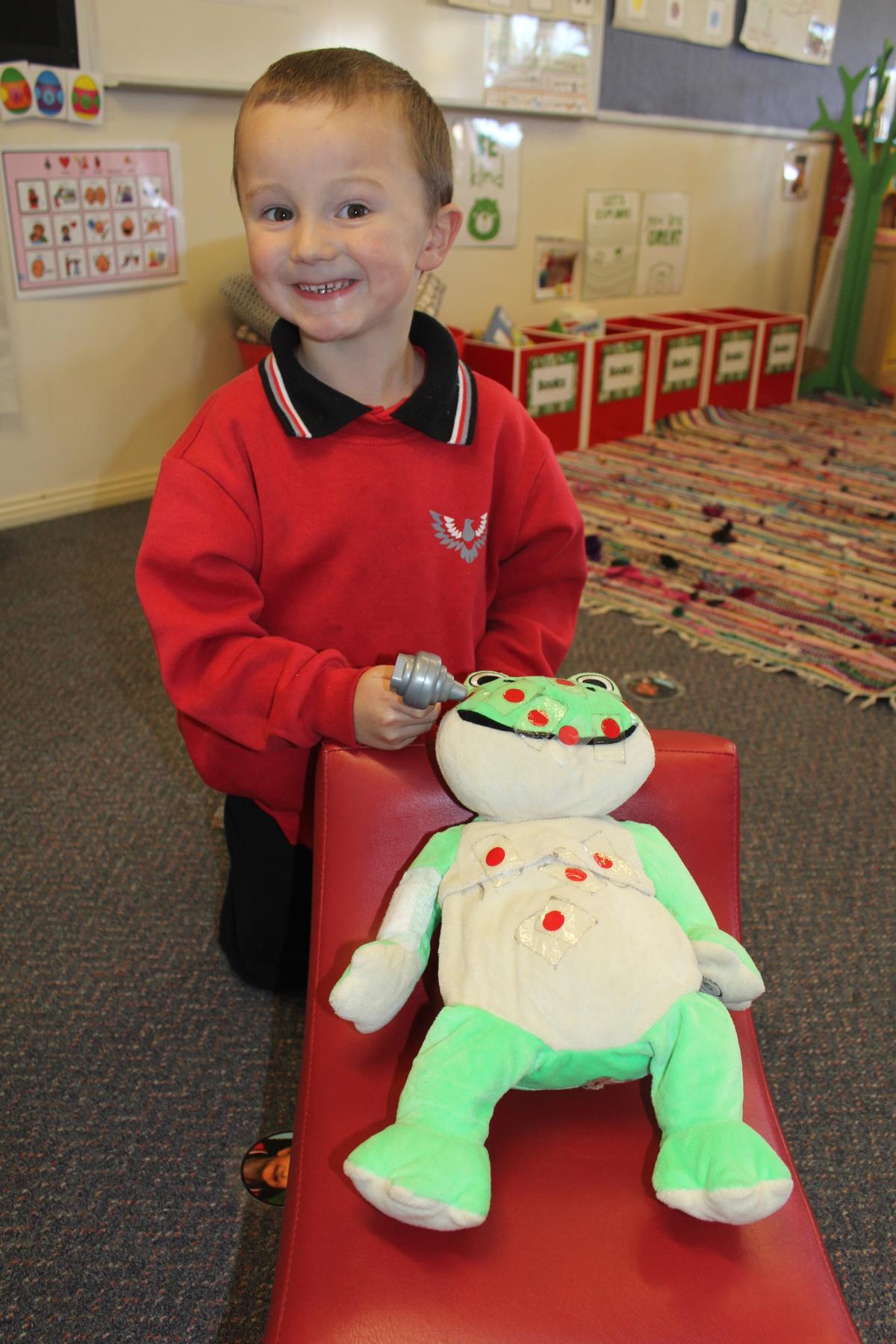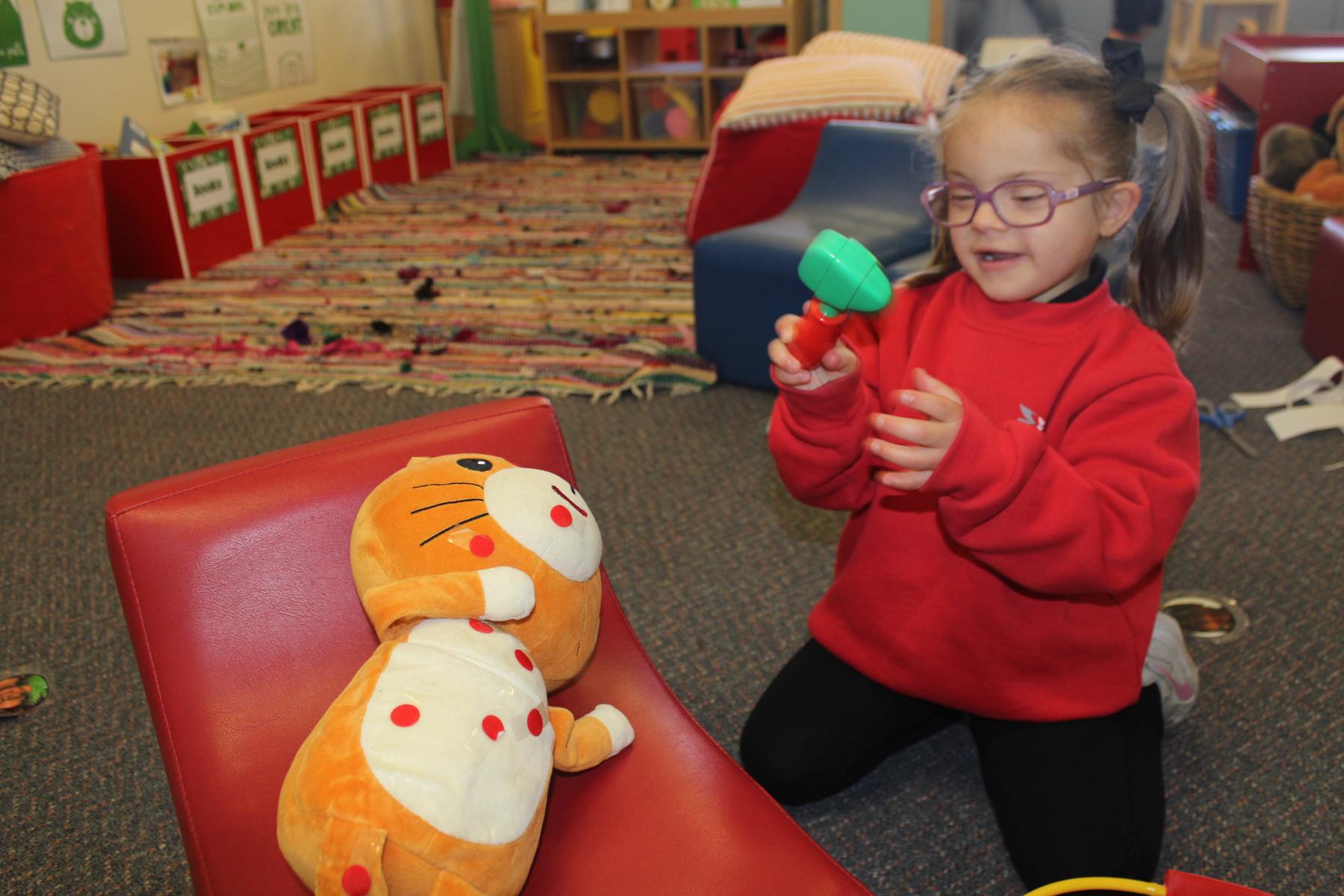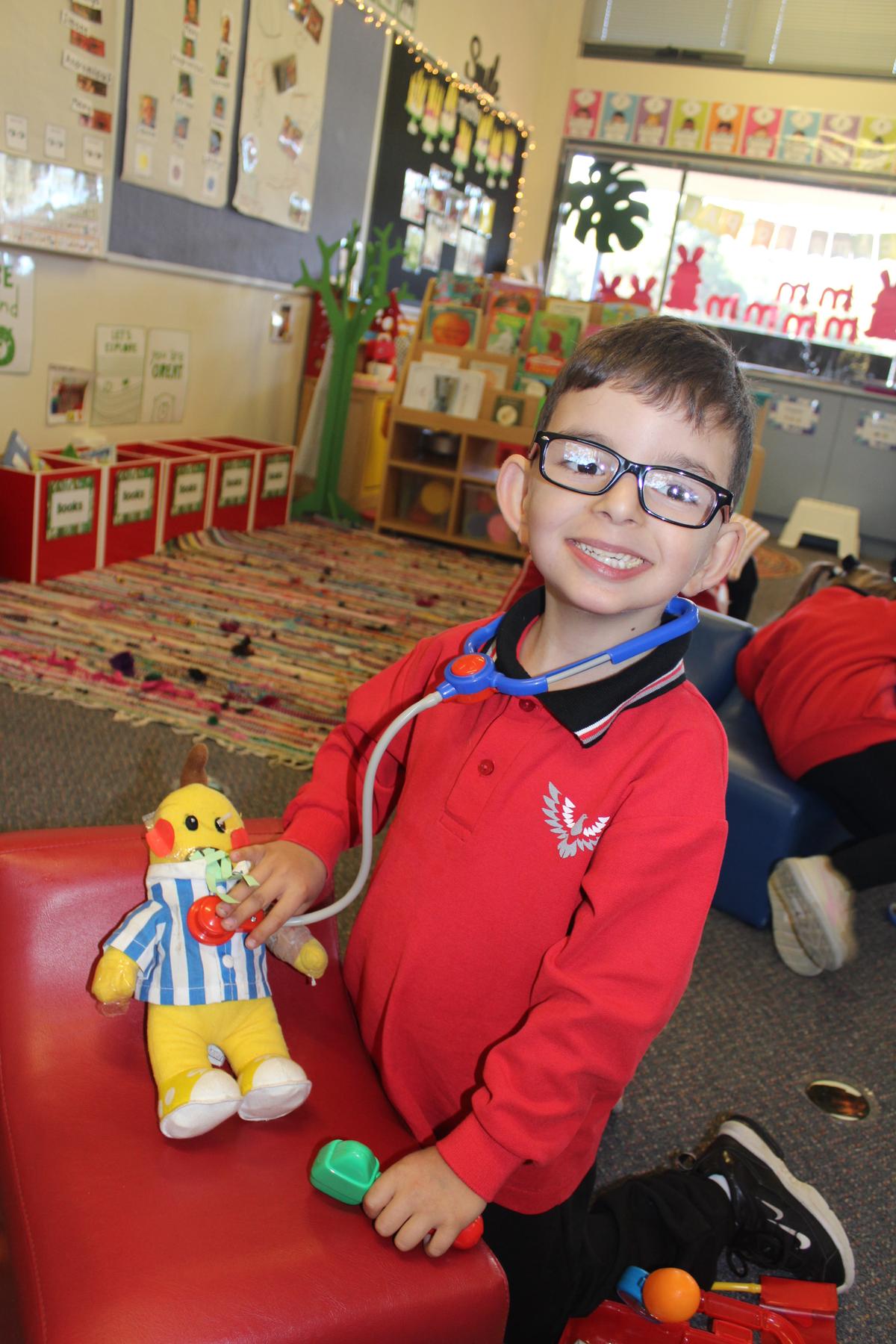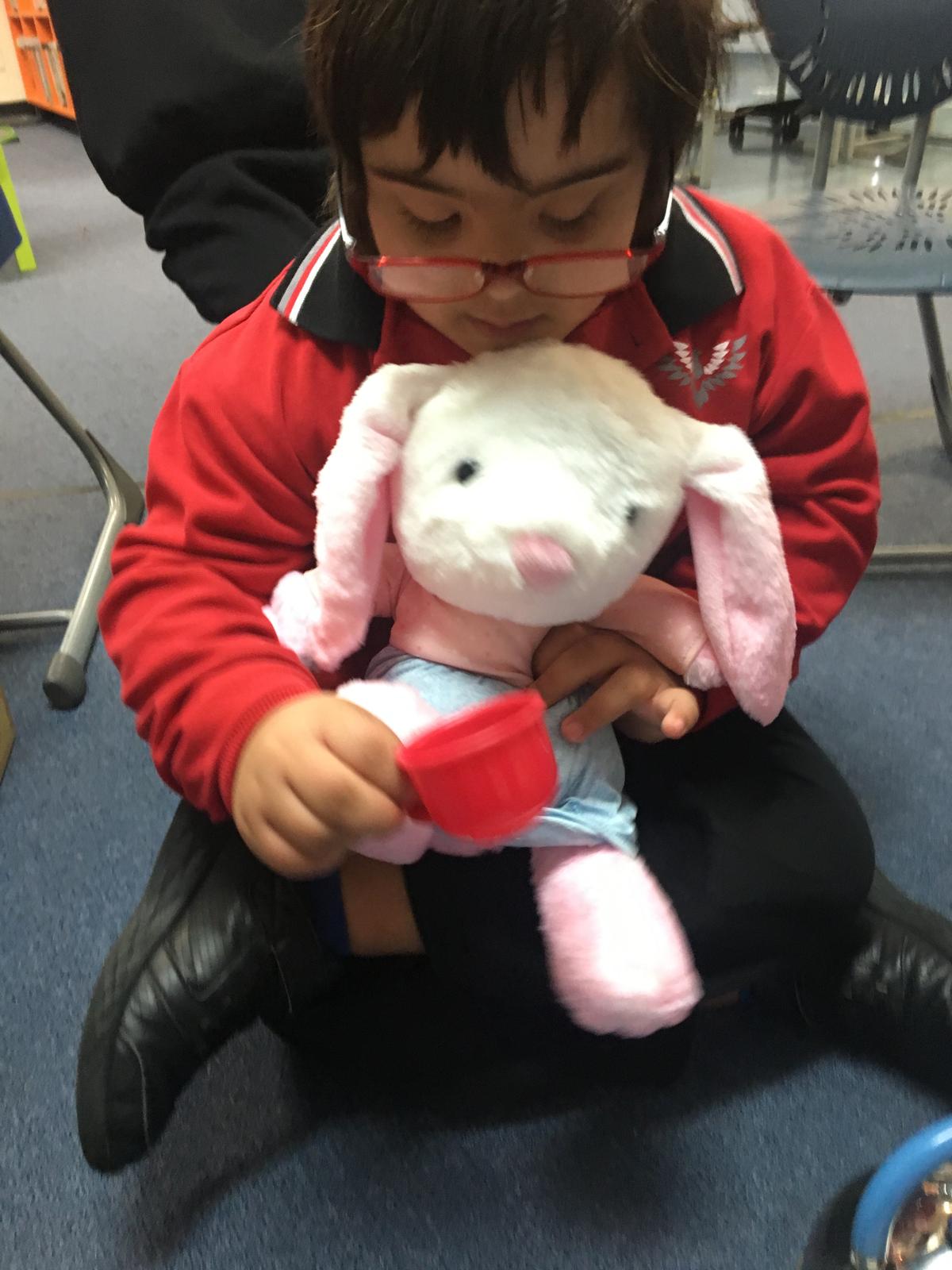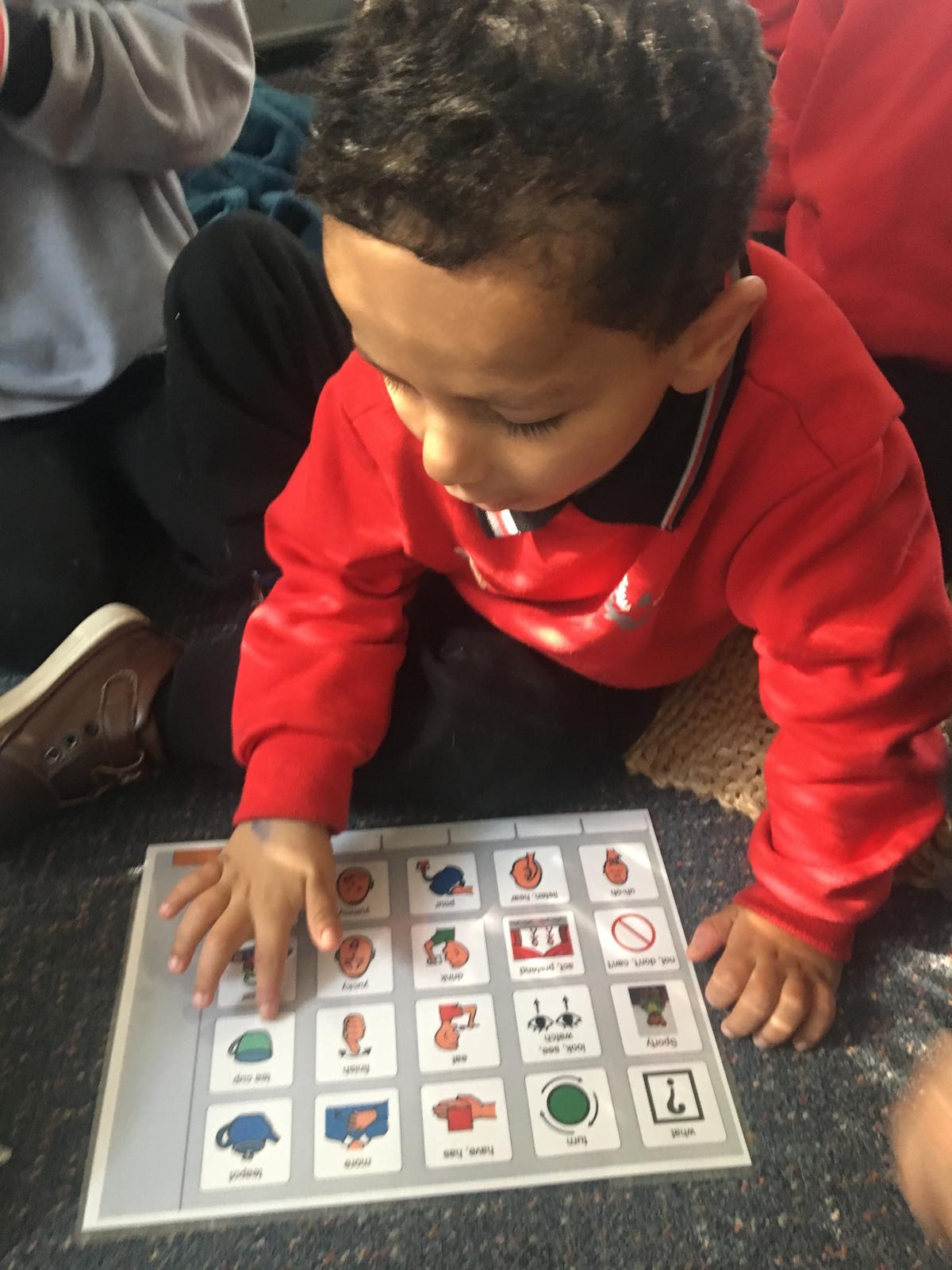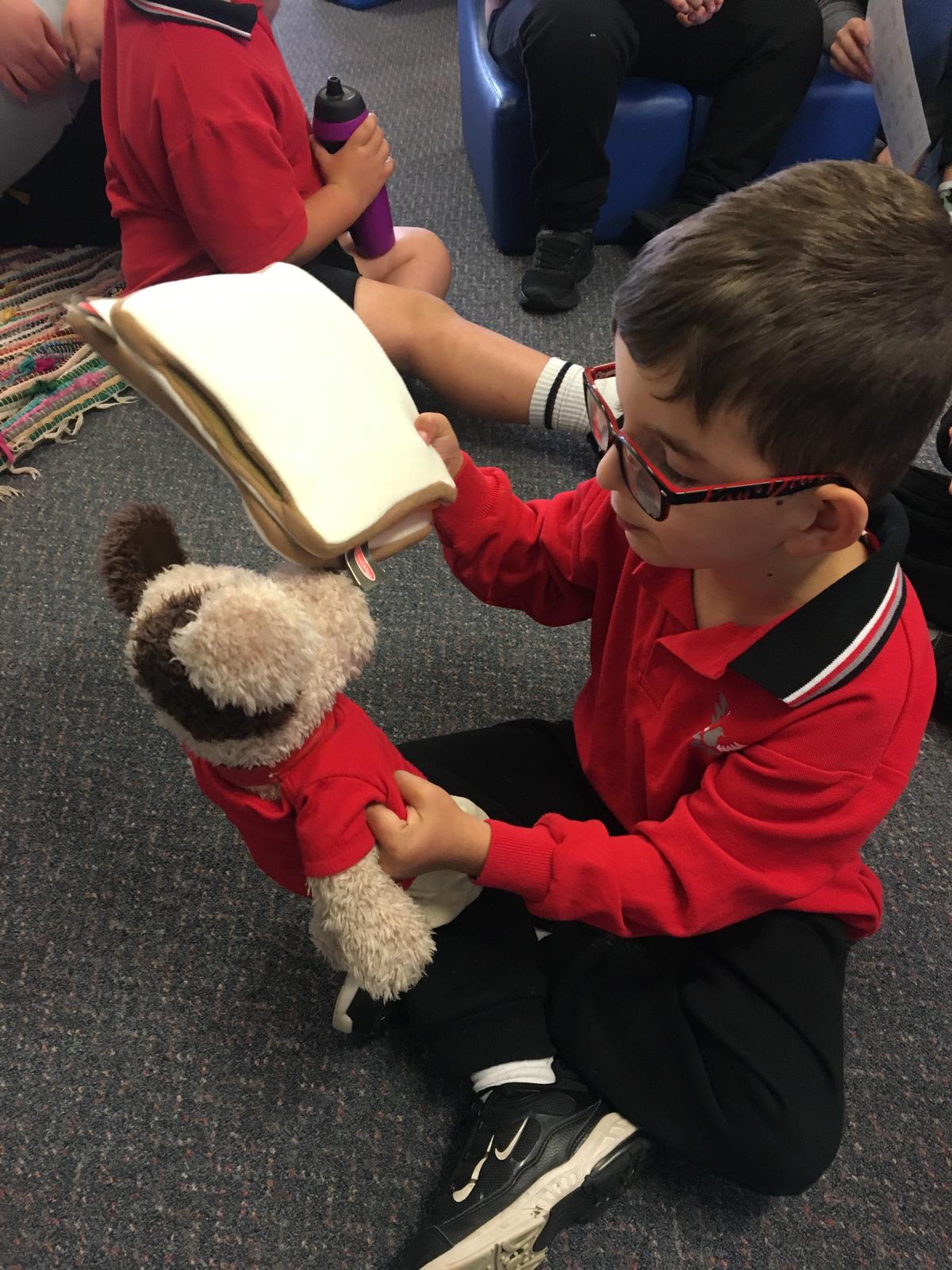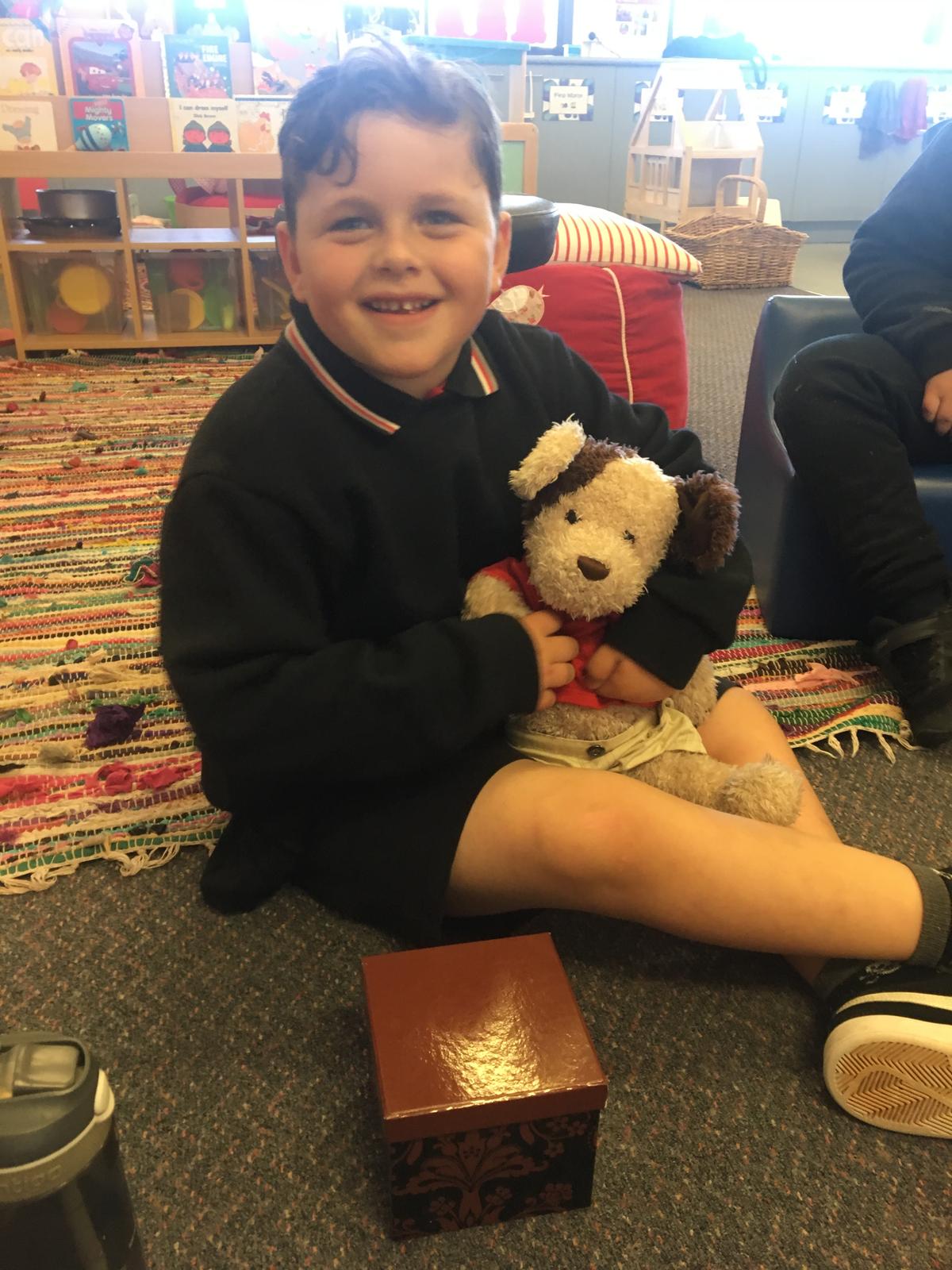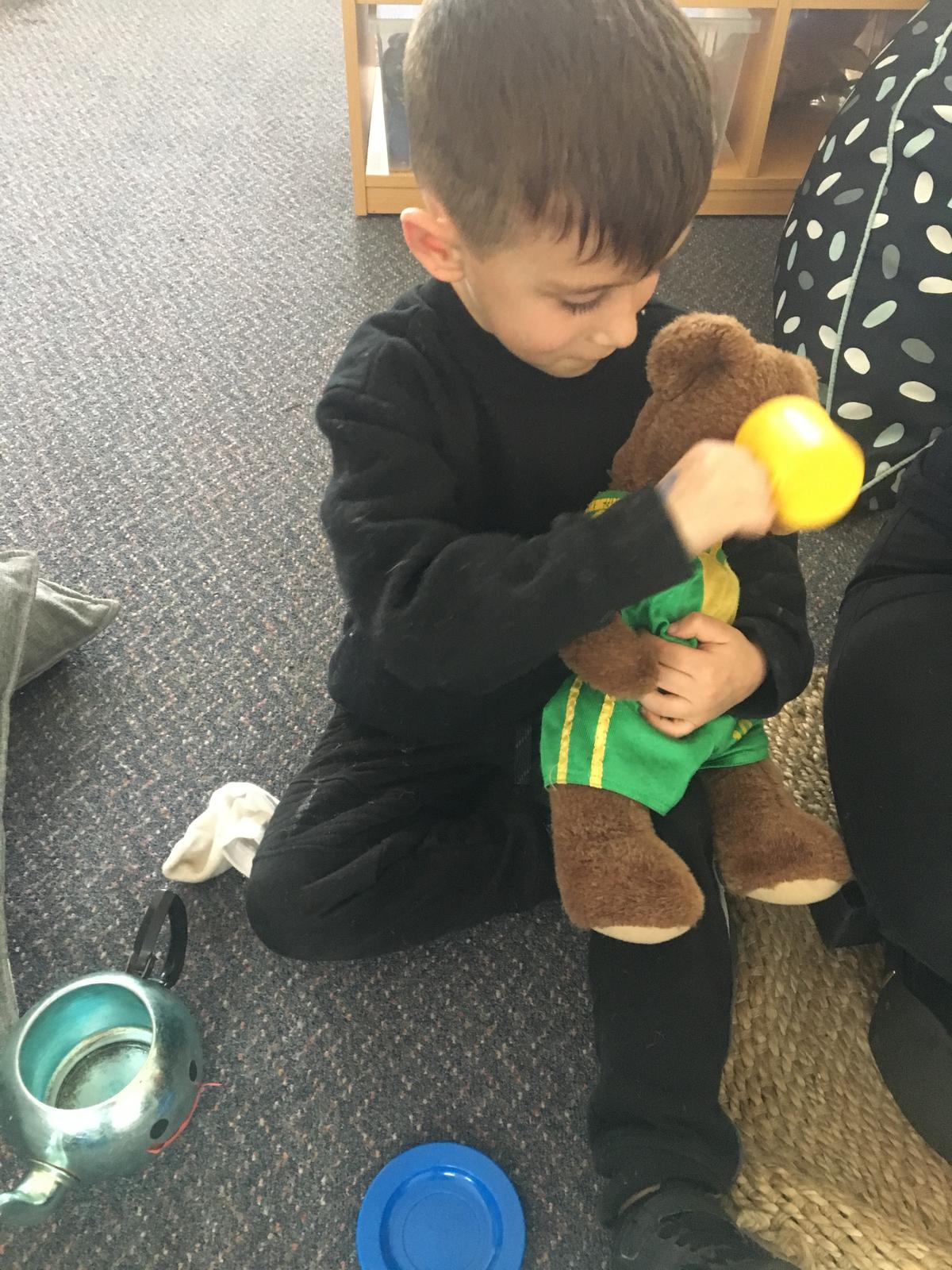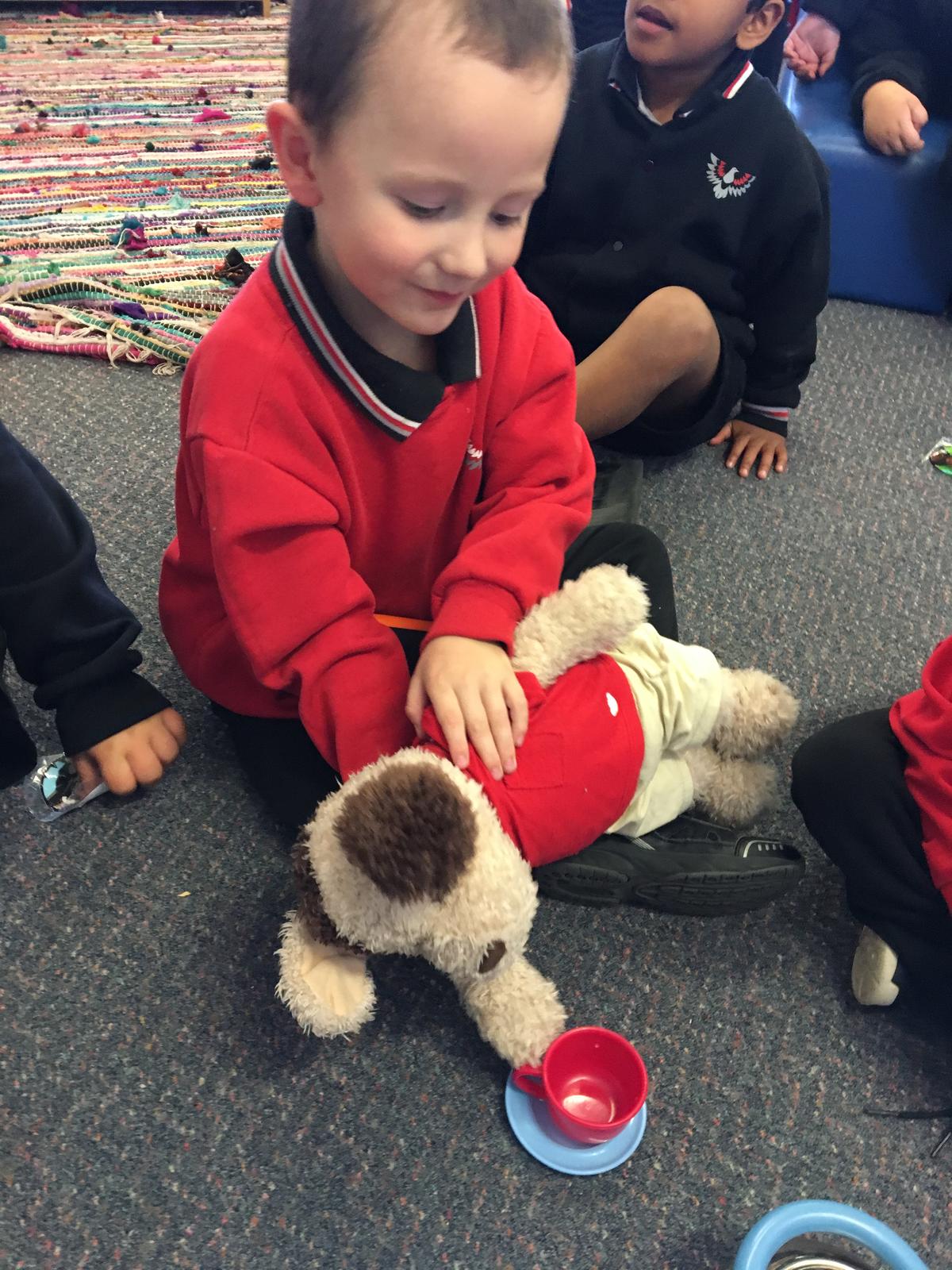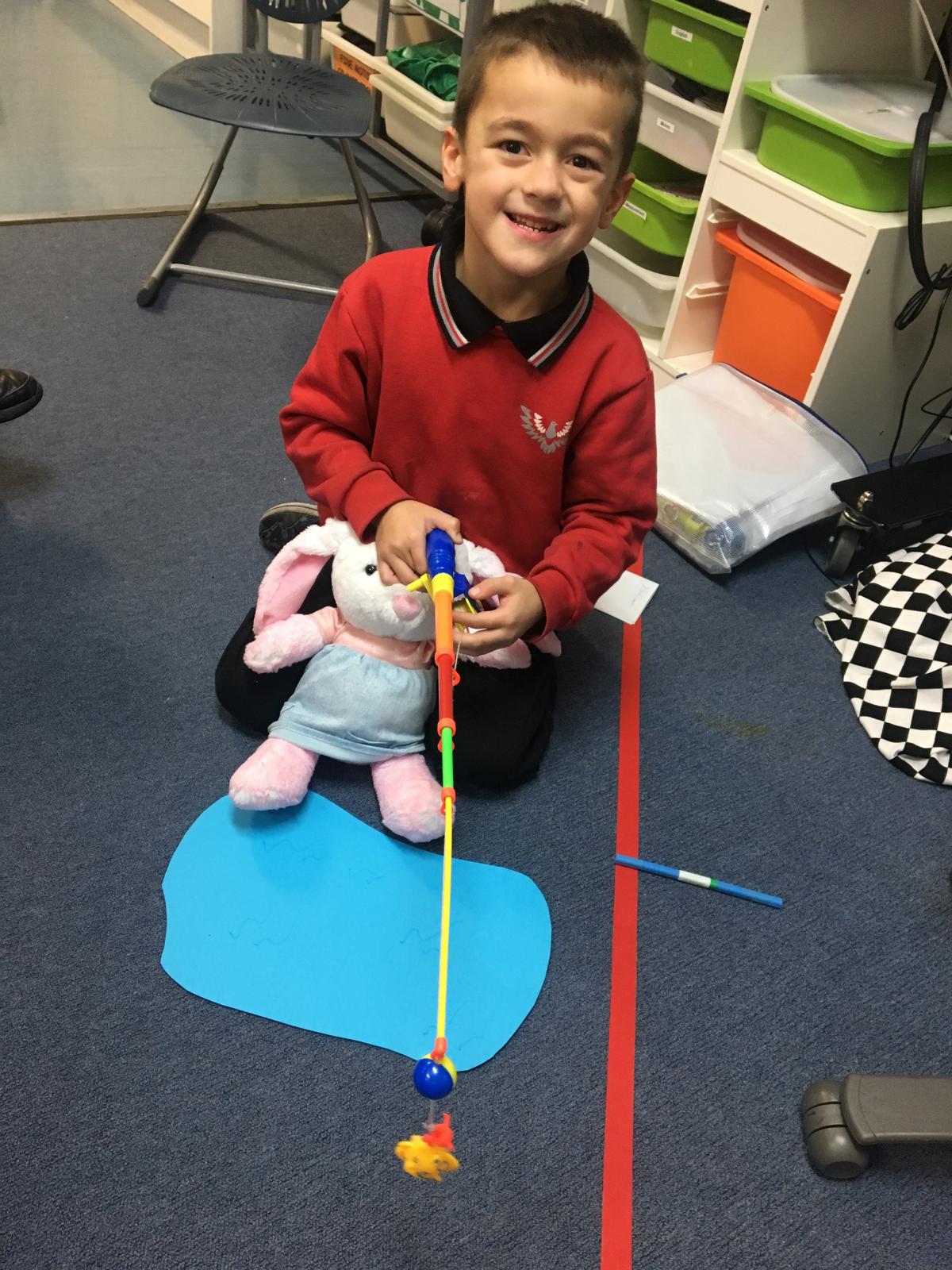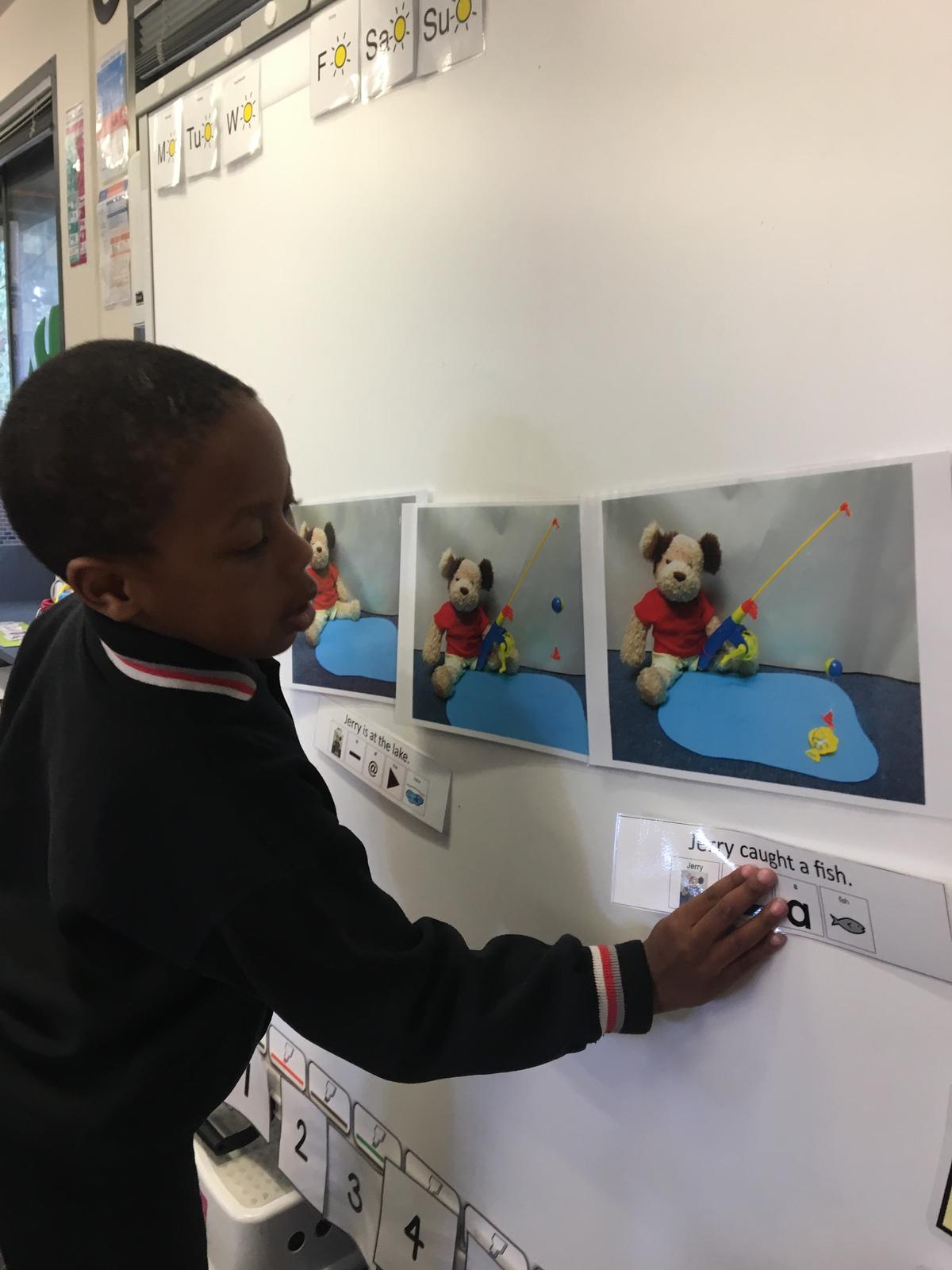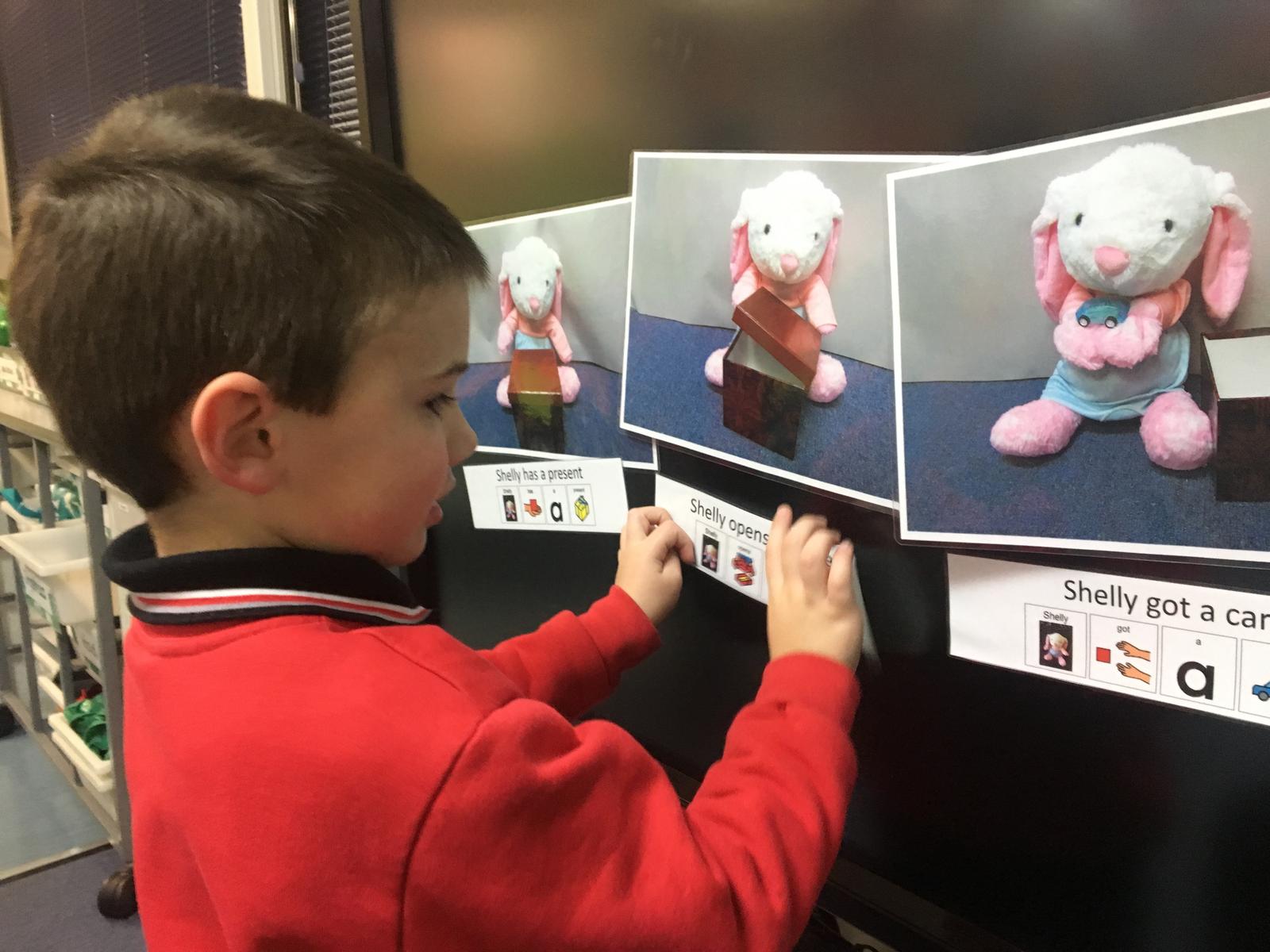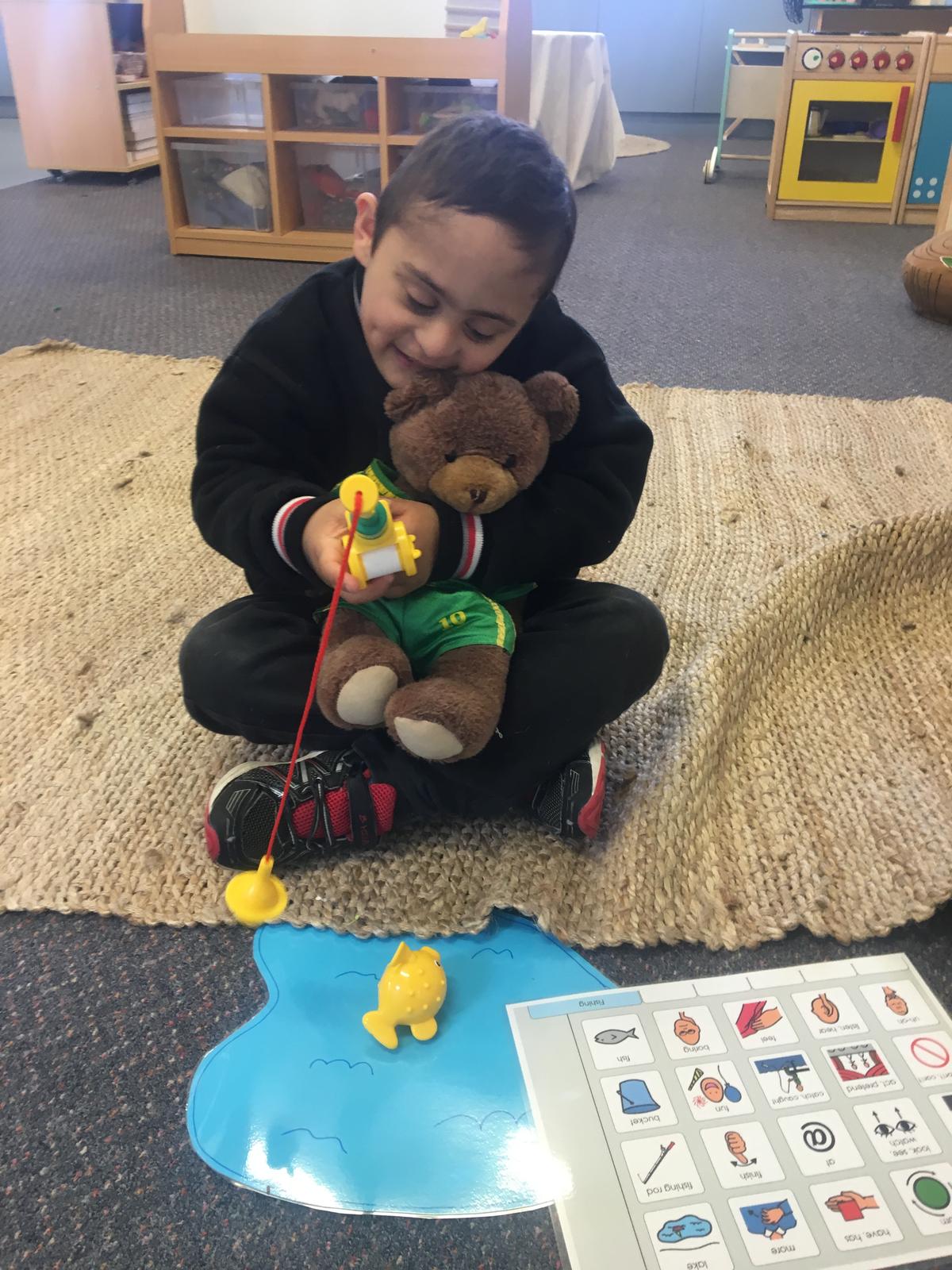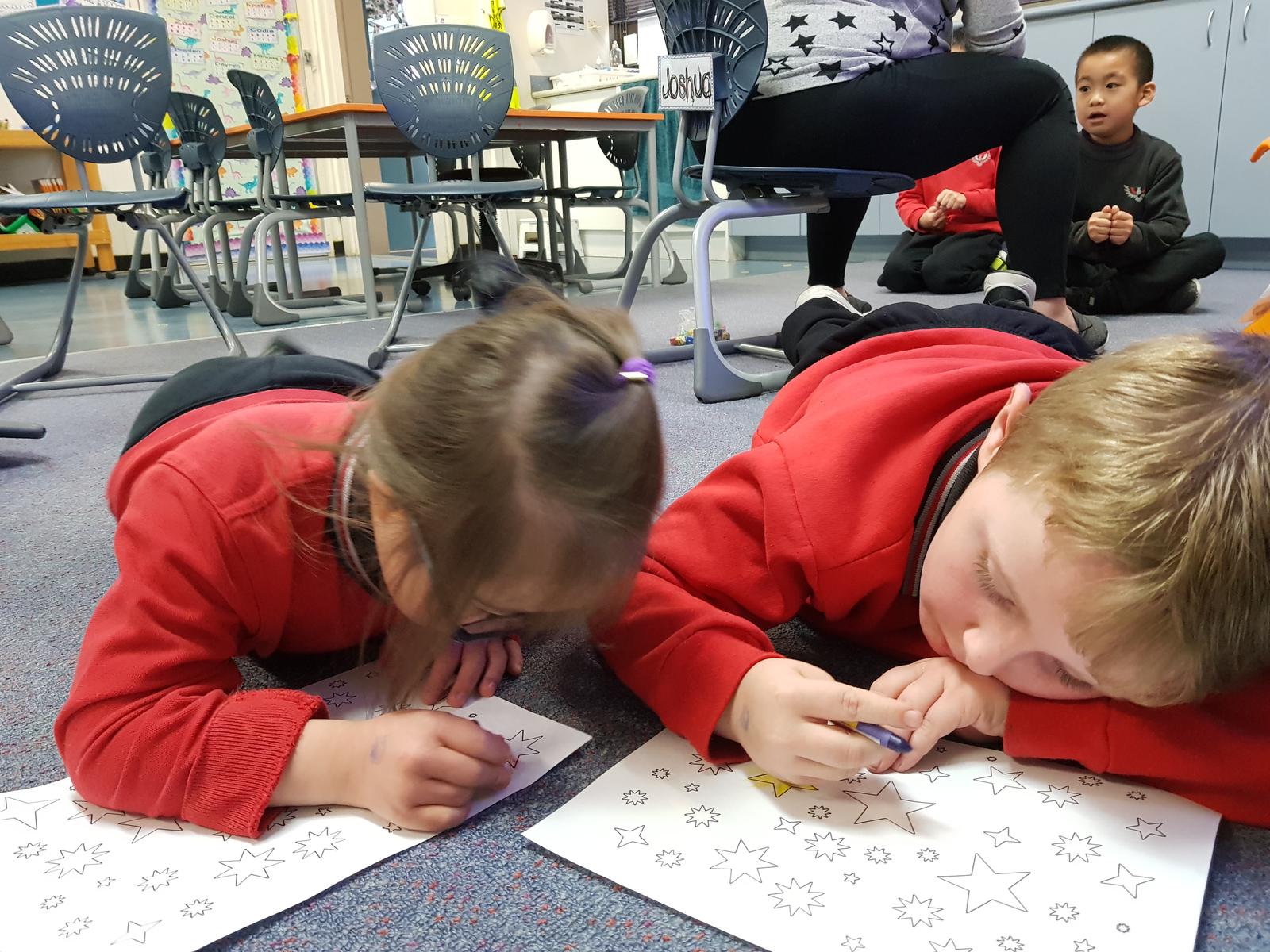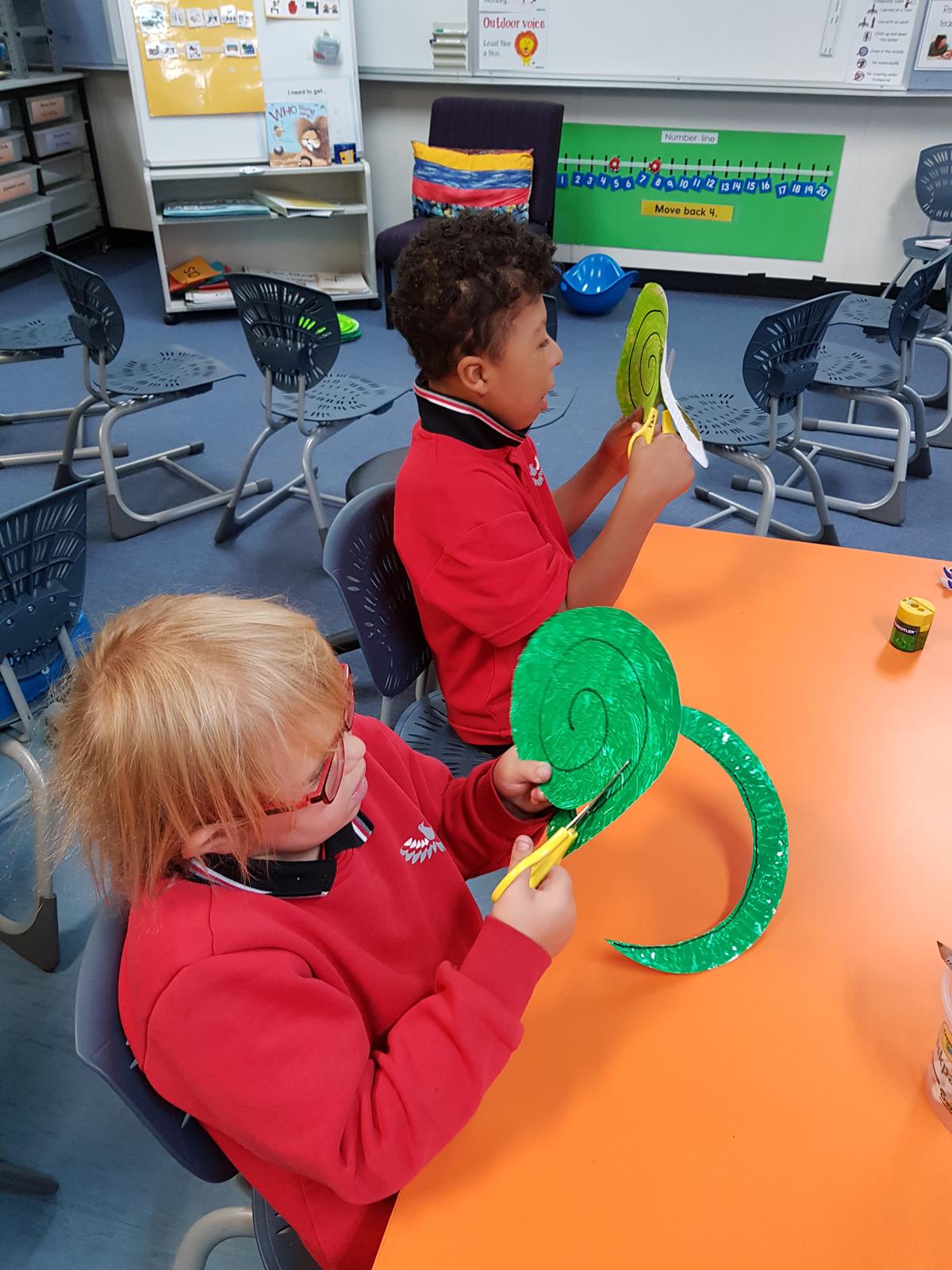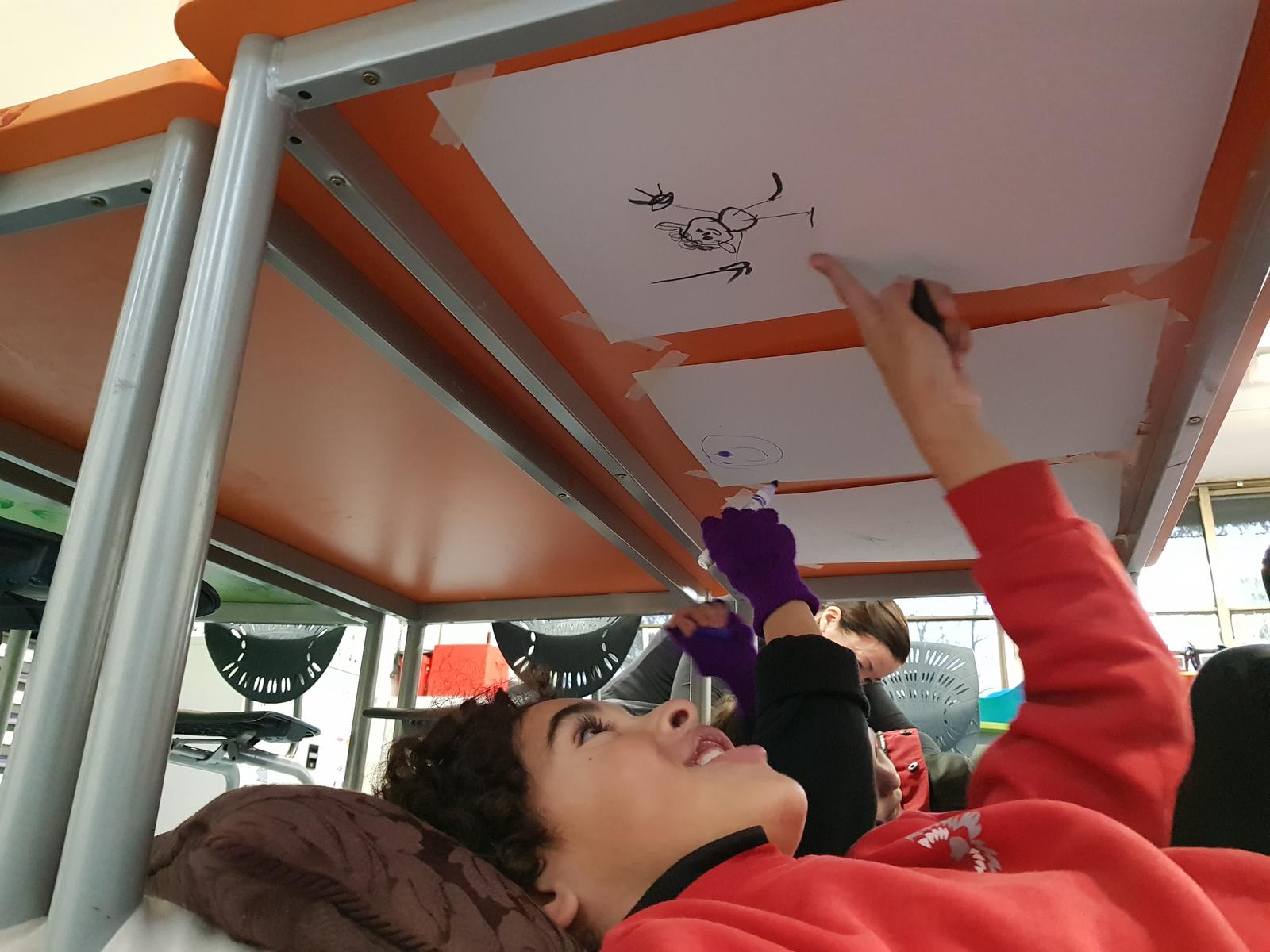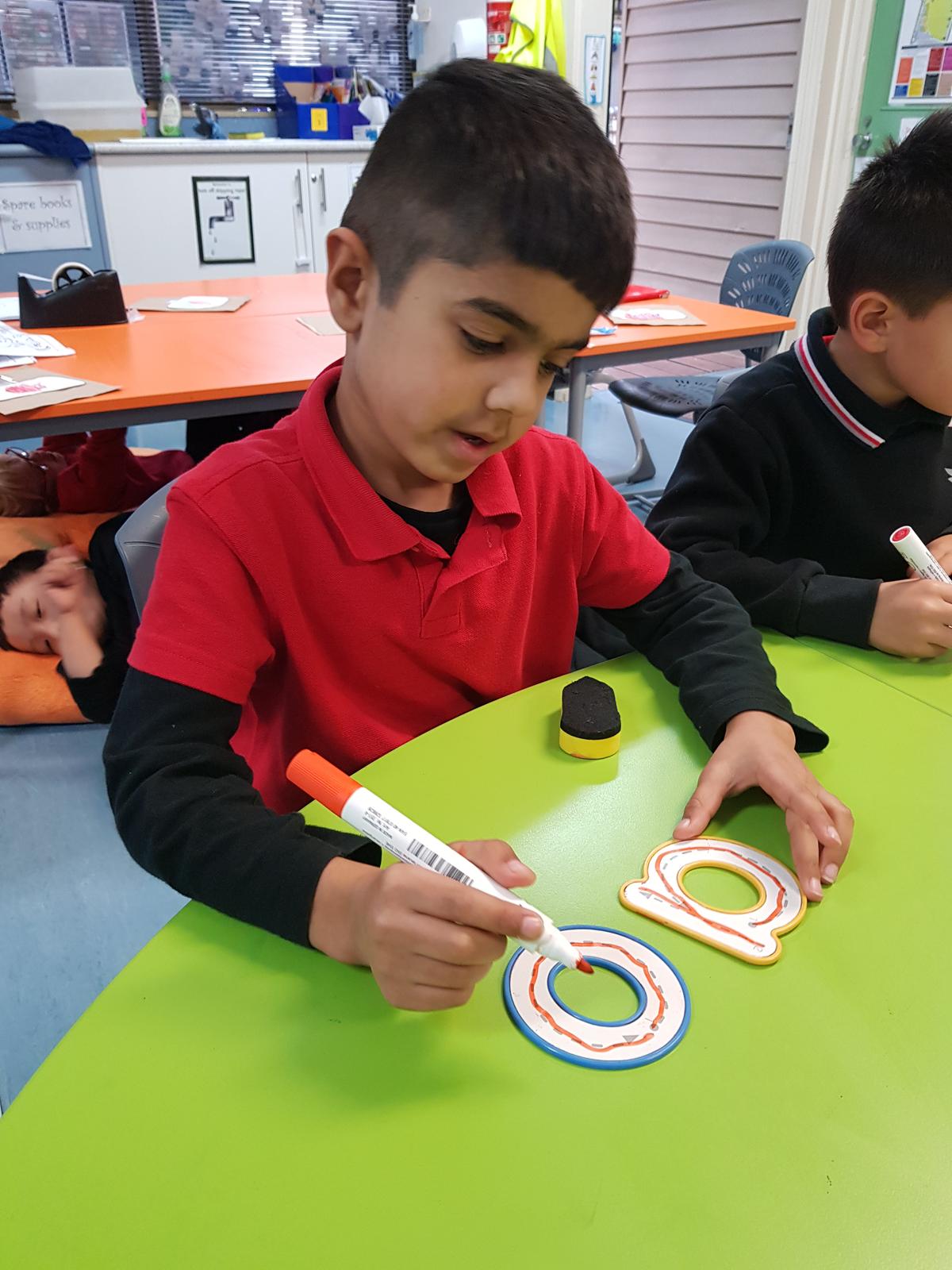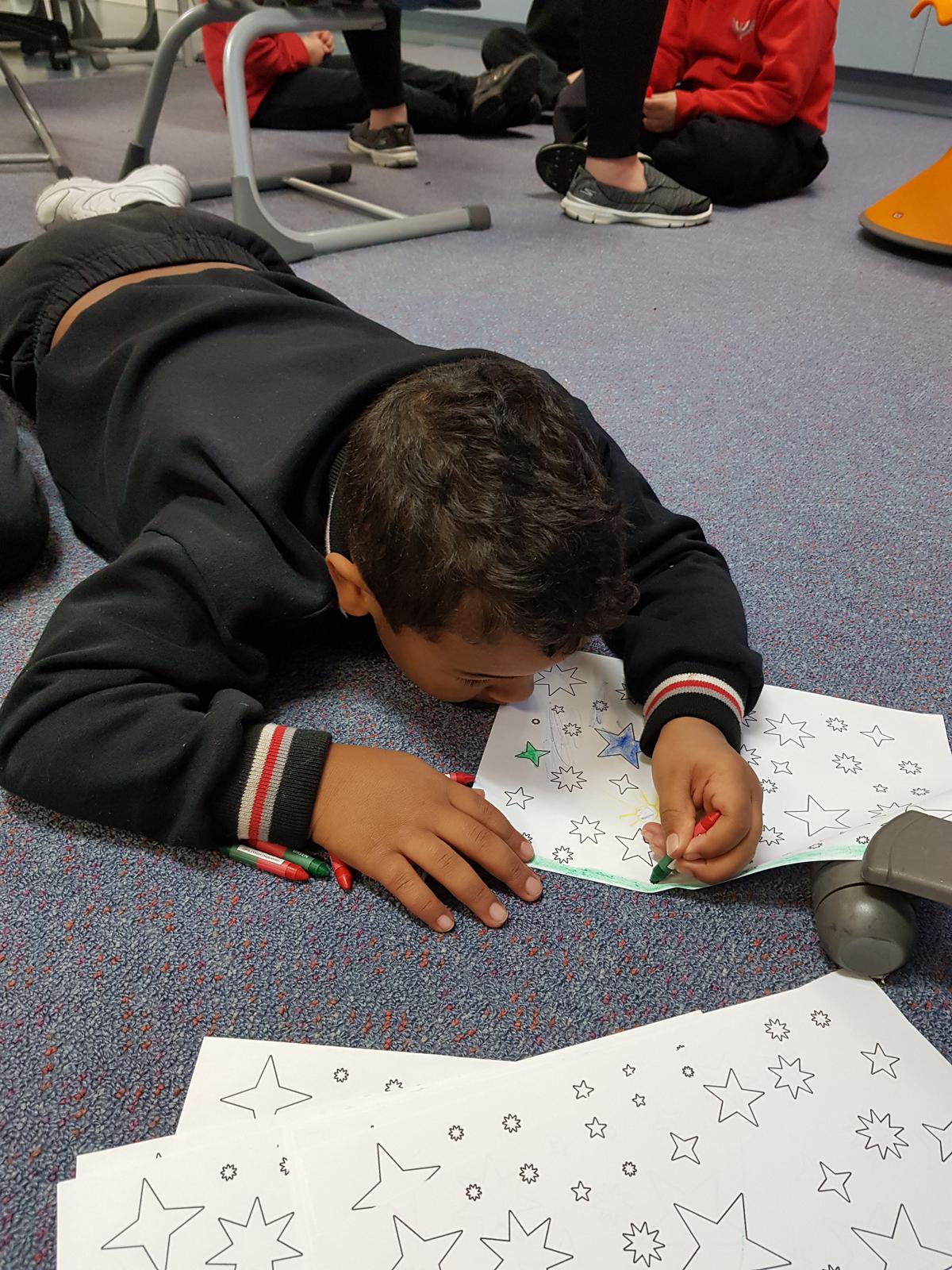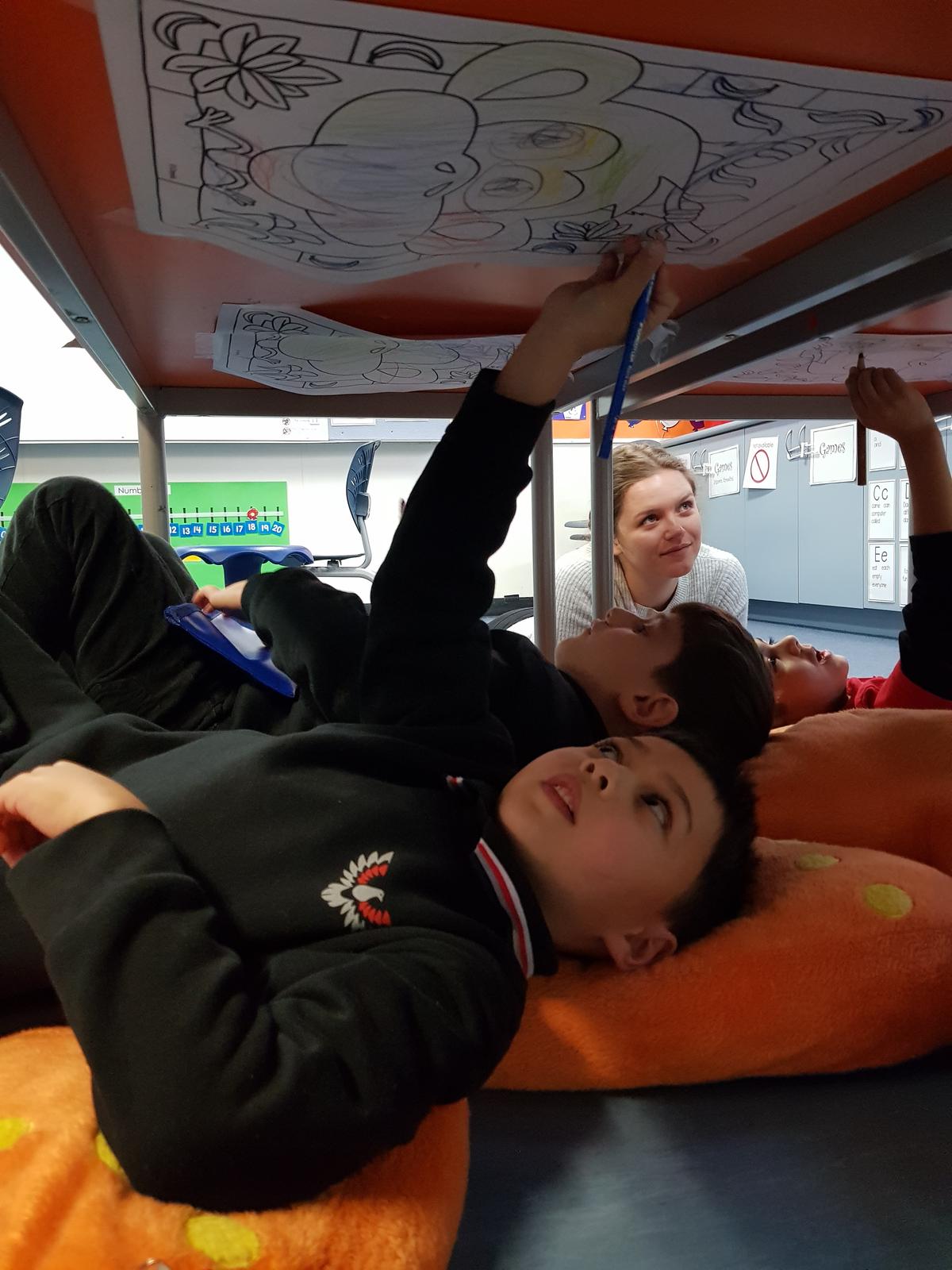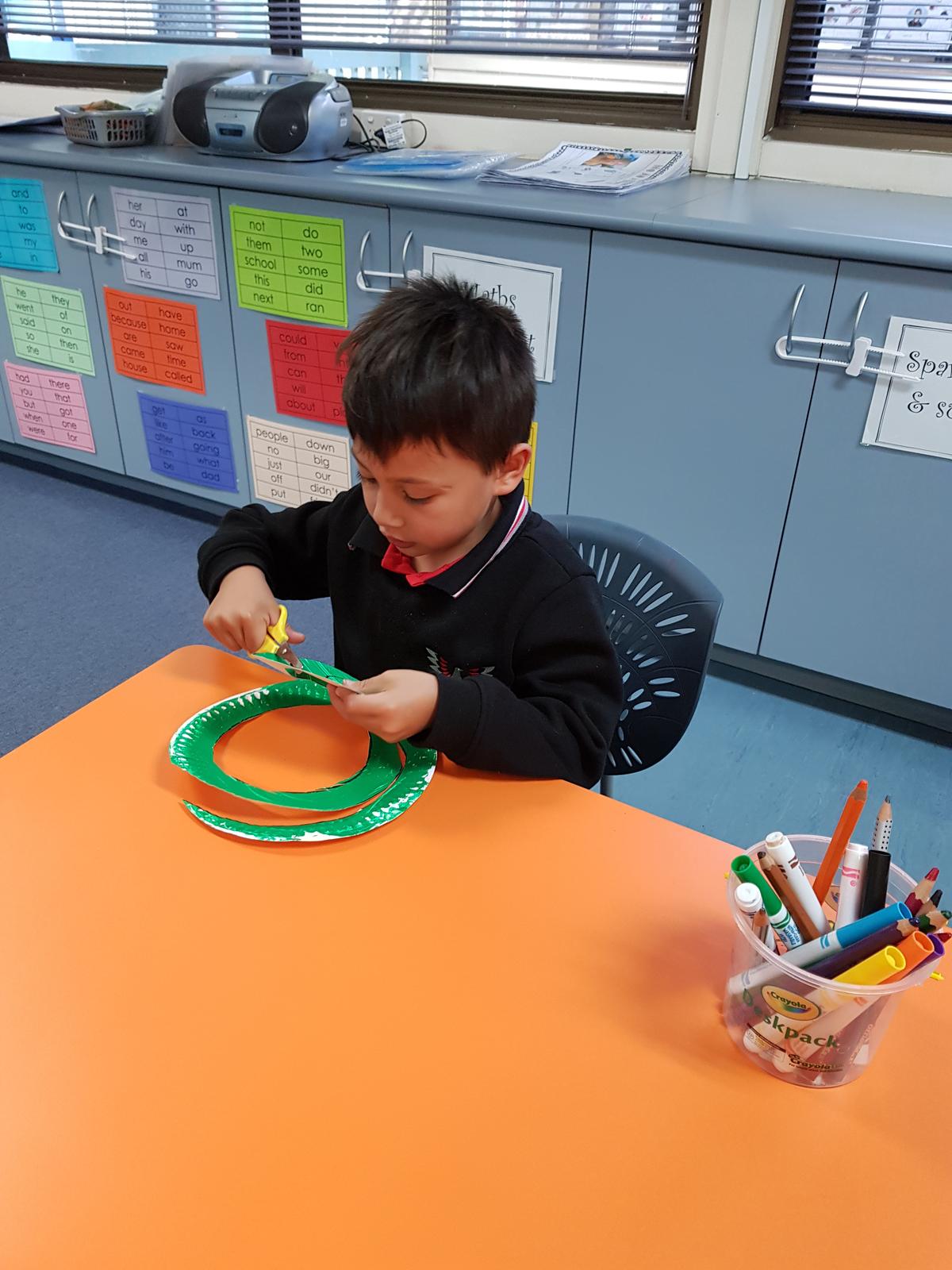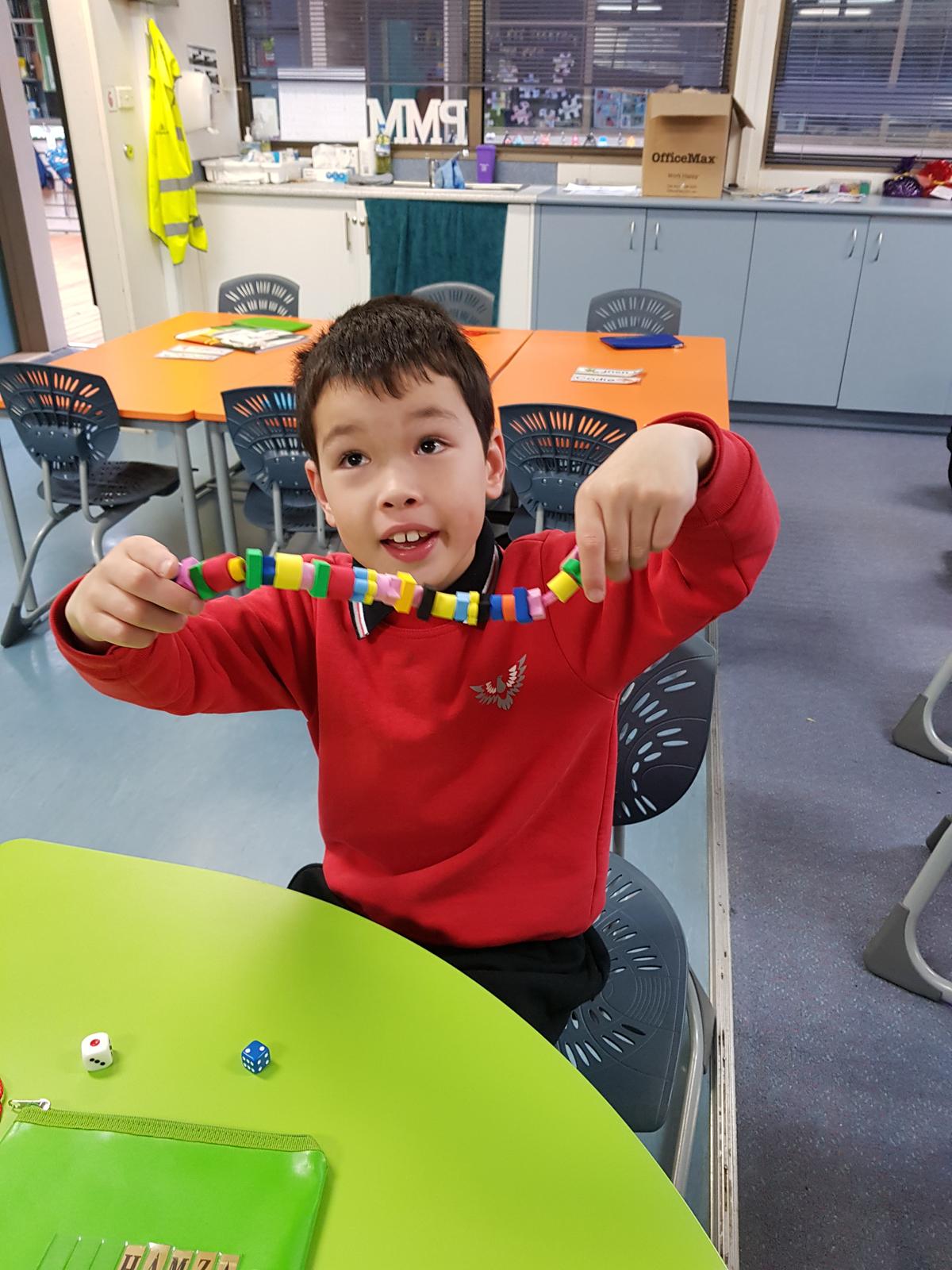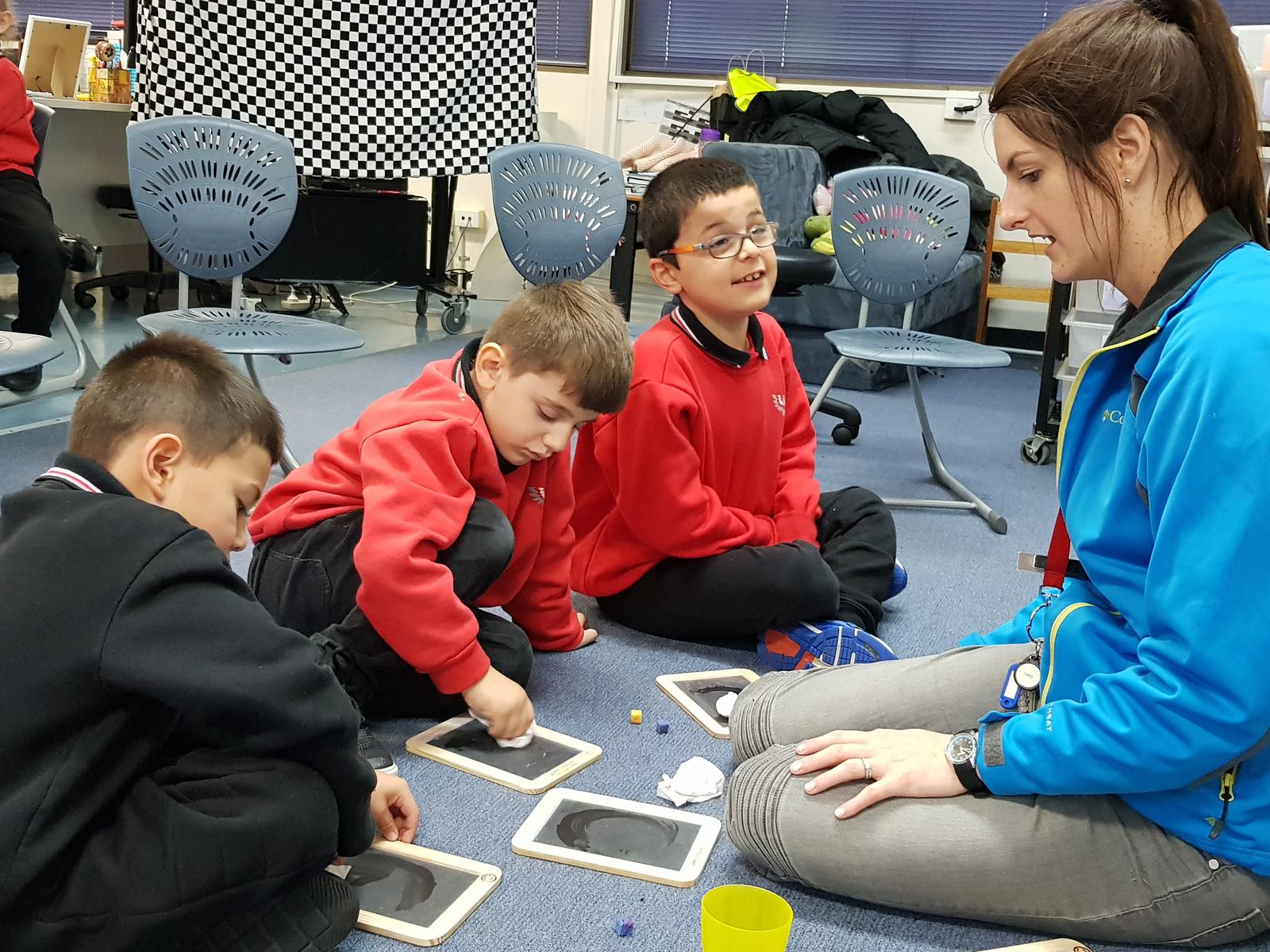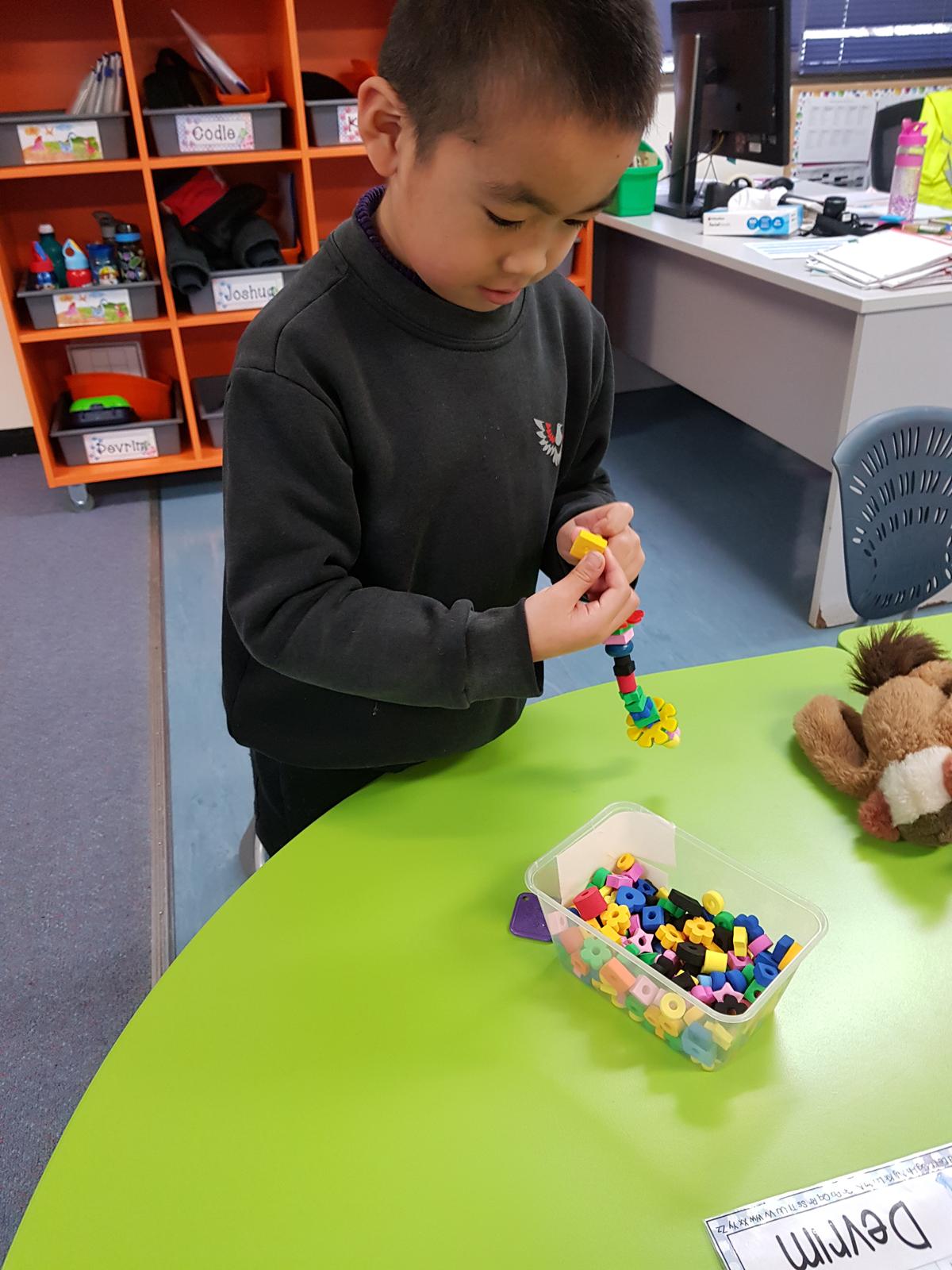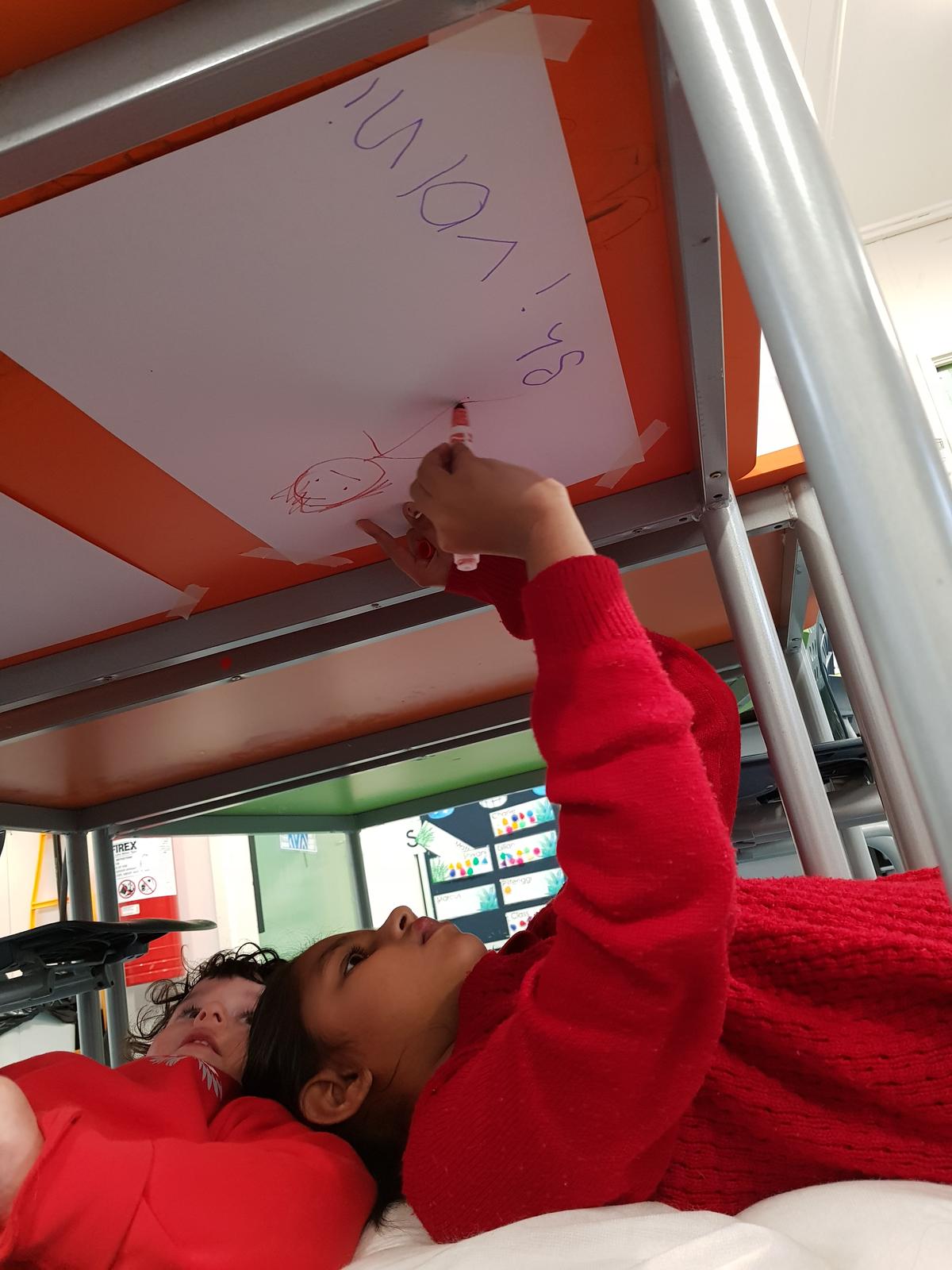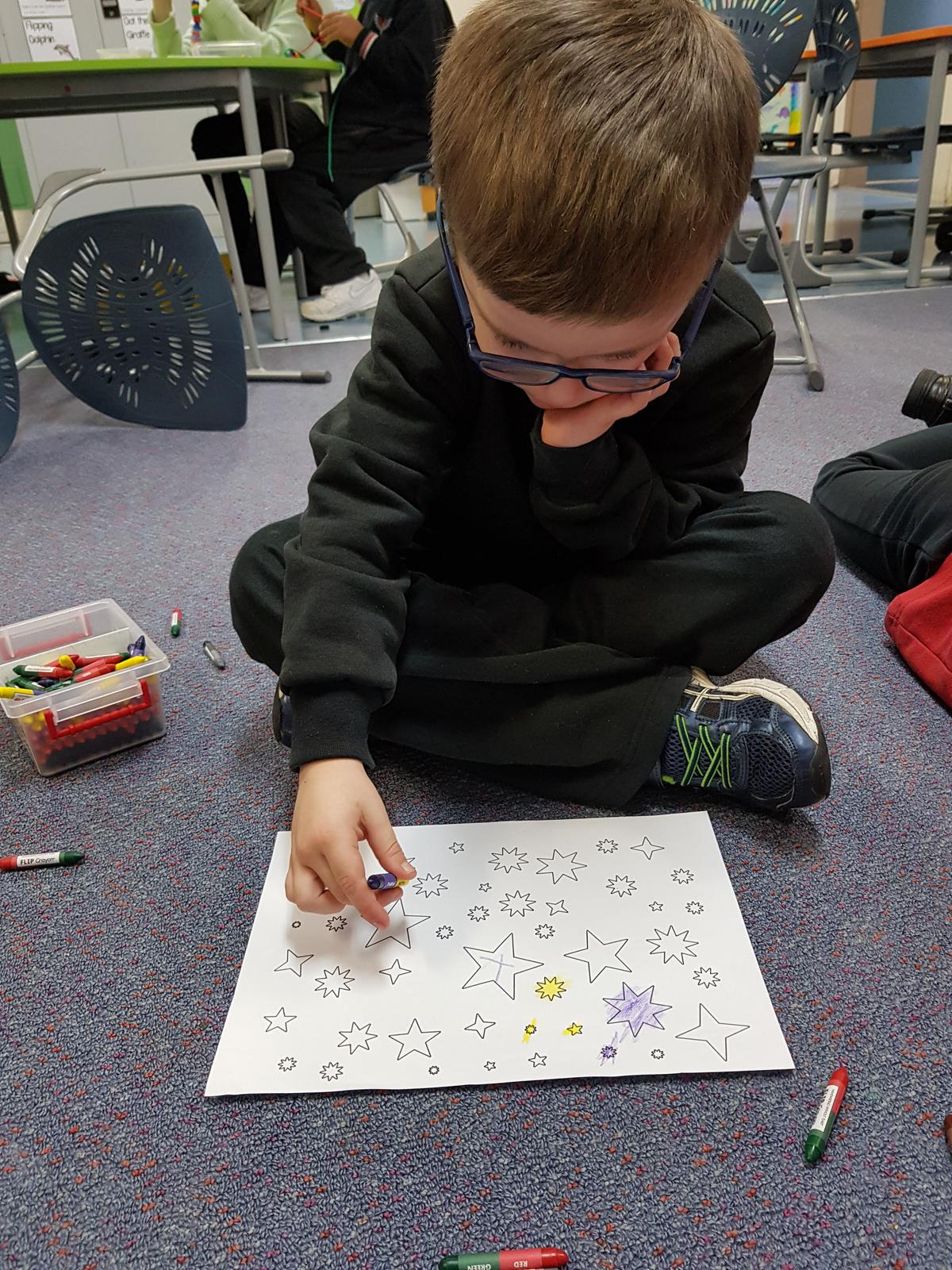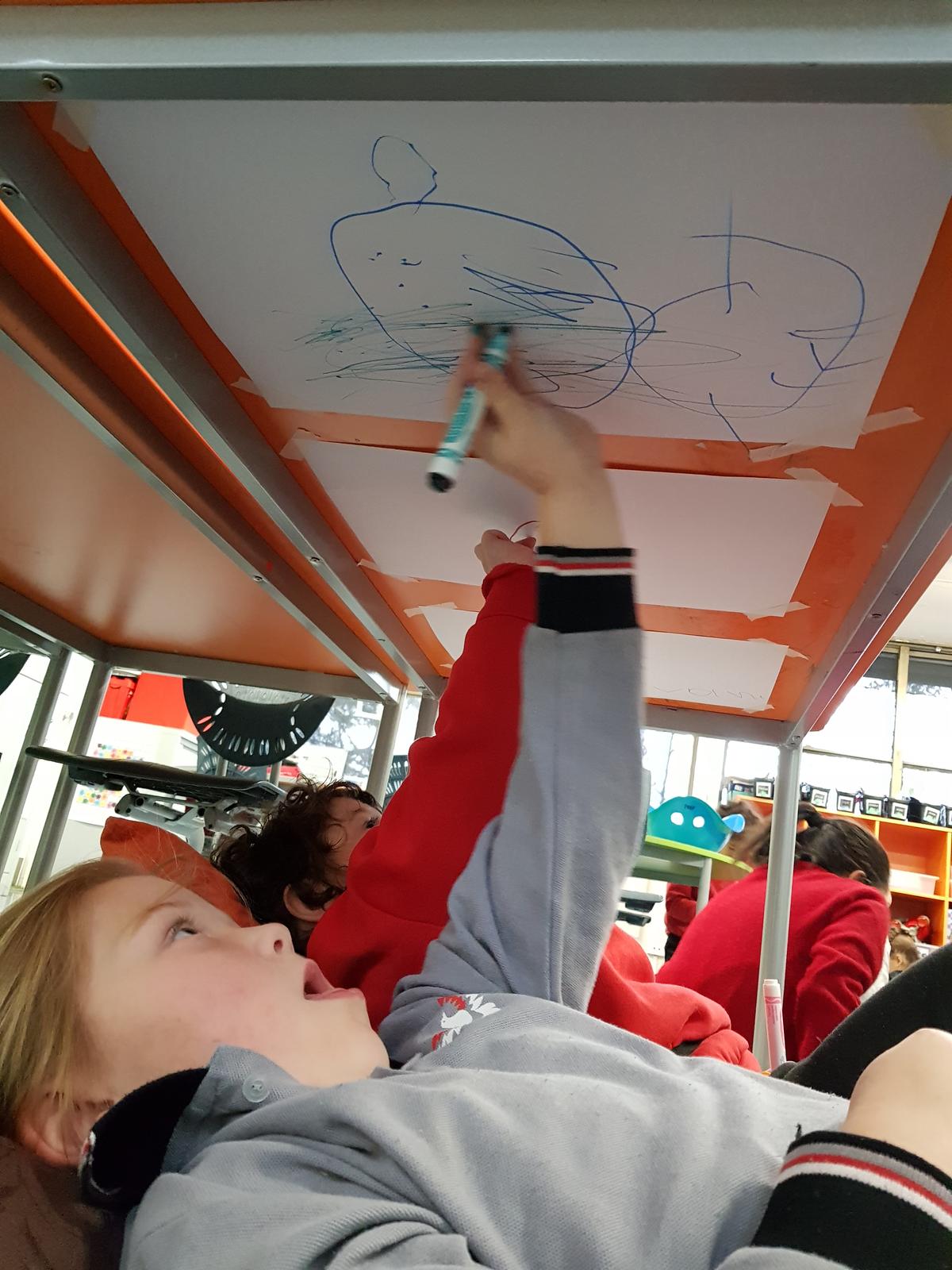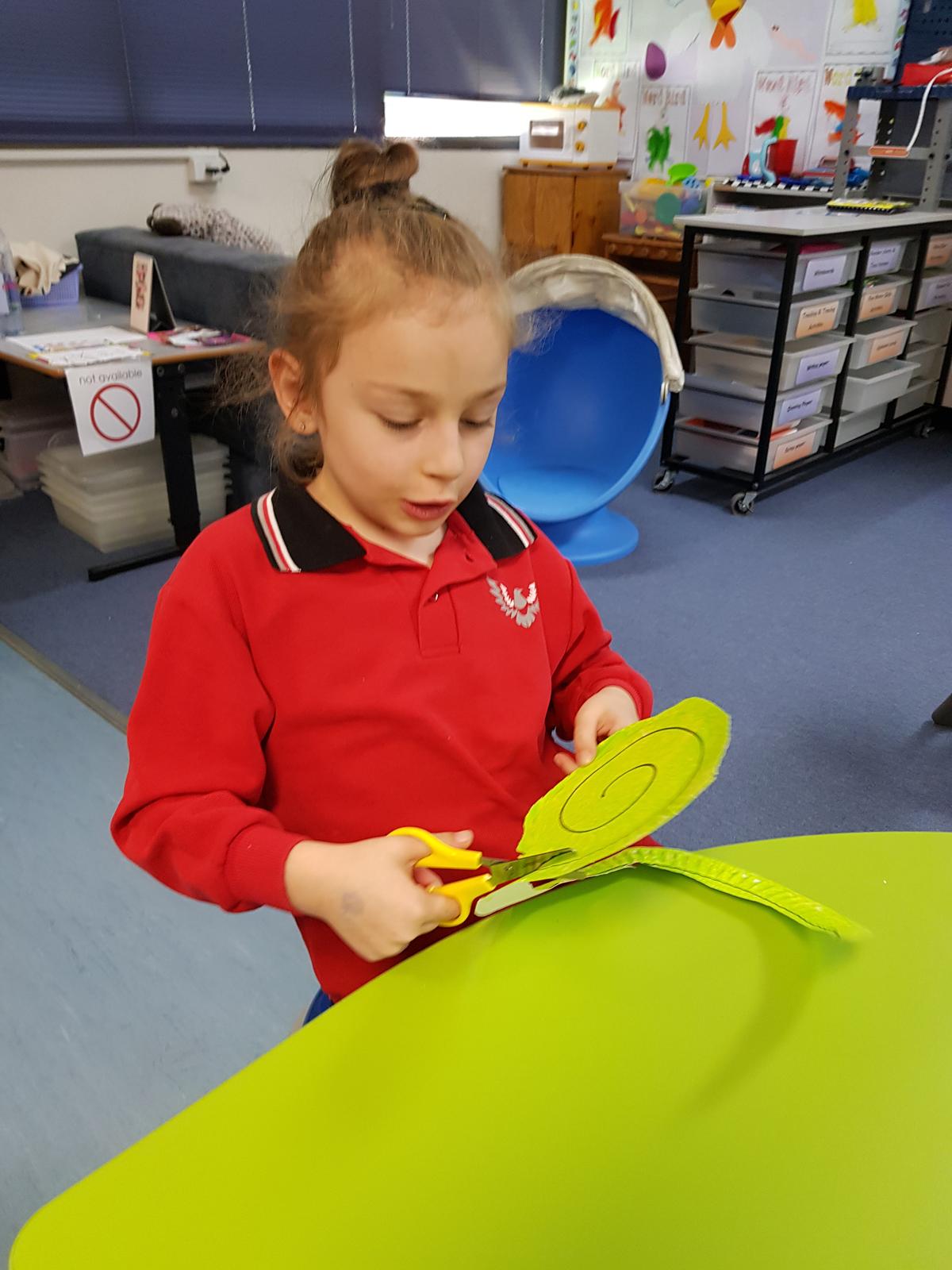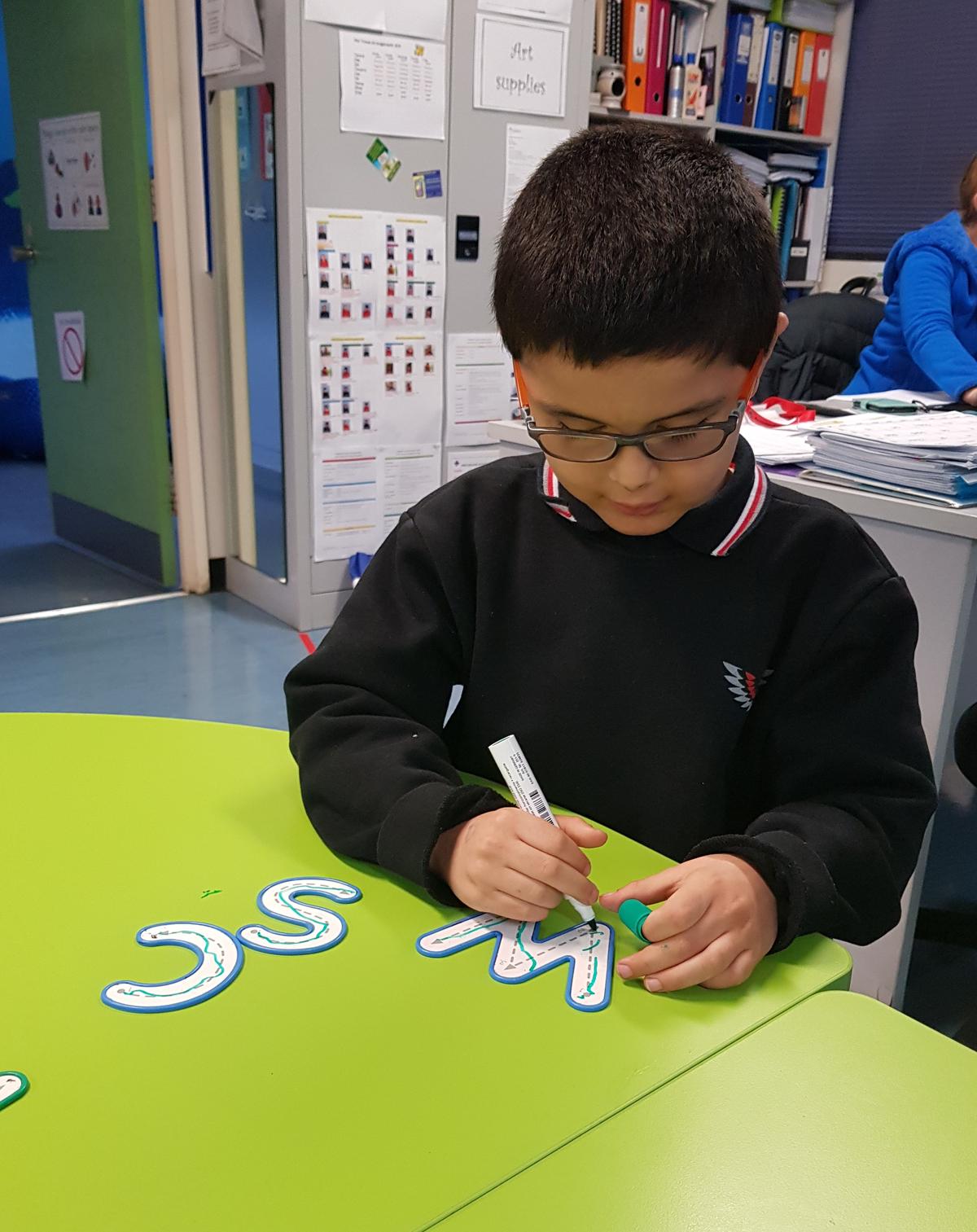Term 2 Lower Primary
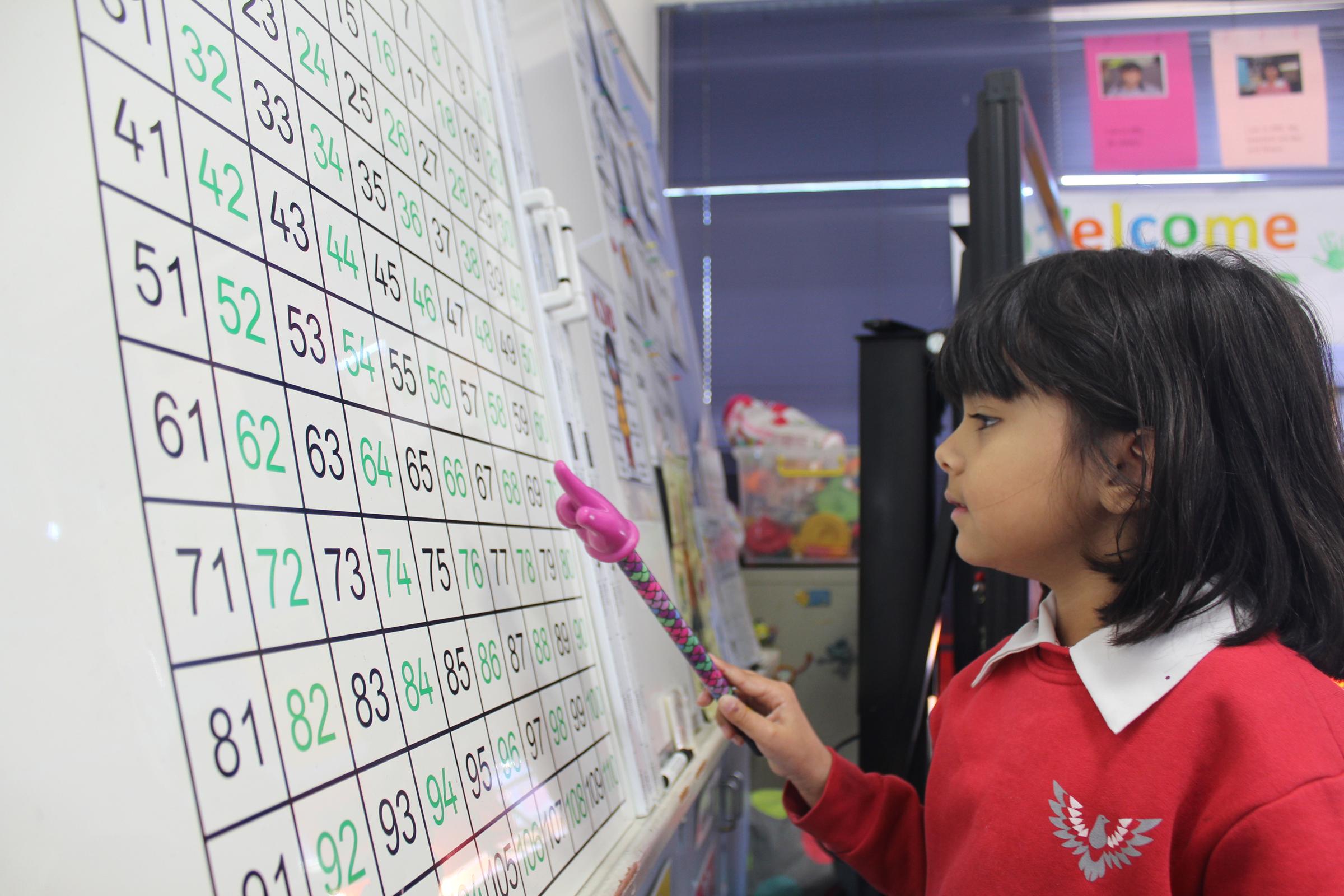
Overview
What an action packed term it has been! There have been many different experiences that have developed, challenged and reinforced students learning. I am very fortunate to be able observe the learning that occurs in each classroom on a regular basis, to see students challenged to extend their skills and to listen to them talk about or show what they have learnt. This learning is reflected in the semester reports that you will be reading soon. Students have worked hard and I know when you read your child’s report you will be proud of their individual progress.
This semester’s integrated unit “Understanding Me” has provided the scope for students to develop an understanding of themselves, their own history and the values that they bring to school. They have continued to learn how to be a contributing team member of their class and school through cooperative class work and an awareness of rules and expectations. Students have looked at what makes them unique including their features, likes, dislikes, strengths and weaknesses. Through a range of activities students have been encouraged to understand that individuals can belong to family, friendship and class groups and that all these groups have rules and expectations.
Classes have worked in different ways and at different levels to identify who the people in their family are, how they are related to each other, their cultural background, and how families and friends celebrate events that are important to them. Classes have talked about how special celebrations are celebrated in different ways by different families. It has been good to see students make links and connections to their own lives, and to the celebrations that occur within their own families. The Mother’s Day afternoon tea and class birthday celebrations helped to make further connections to this unit of work. The workbooks that have been completed by the students on celebrations also reflect these connections.
The inside classes also investigated the 5 senses: sight, smell, touch, sound and taste through a range of activities and experiments. They made cup phones to explore the sense of sound, blindfolded touch, taste and smell tests and experimented with magnifying glasses, coloured lenses and even made multi-focal monsters to explore our sense of sight. They completed their own “My five senses” project books which contained information and experiment results.
Students also showed their understanding the unit through creative mediums which formed part of their classroom displays. I am impressed with the work that our students have completed and how they have been able to confidently show, or talk about themselves and their history. It has also been good to see students cooperating, sharing and articulating their feelings appropriately in the classroom and playground.
Education Week was a chance to celebrate as a school community. This time parents came to school to recognise the fantastic learning that takes place in classrooms. I hope you enjoyed being at school again, working with your child in the classroom. I also hope that you came away with a greater understanding of the programs that assist and support your child’s learning.
Mother's Day
To celebrate Mother’s Day in Lower Primary there was delicious food, great entertainment, lots of participation from mothers, grandmothers aunts and other very special people. Our students had their photos taken with their special guest. There were lots of props including multi coloured wigs, giant glasses, boas and hats to choose from. The polaroid photos were instant and ready to take home and were a favourite memento. Our special visitors left with special memories and the children were so happy to share this occasion with them.
Drama Tool Box
As part of the Performing Arts program the Drama Toolbox came to Lower Primary this term to deliver a drama workshop. The students were immersed in an imaginative Fairy Tale Land where everything in the story was muddled up. They explored being fairy tale characters and role-played different parts of the story. The students loved dressing up as dragons, witches, cats, mice and wolves which supported the storyline. Everyone had fun exploring the mixed up magical fantasy land where nothing was as it should be. Students thoroughly enjoyed using their imagination and creativity to respond to different things that happened in this fantasy land. A very enjoyable time was had by all.
The swimming program is a highlight and something that most of our students look forward to. Swimming is an important life skill that all children should learn. It is also a healthy activity that they can continue for pleasure and fitness throughout life. Swimming lessons are taught in stages, starting with water familiarisation, graduating to stroke development and survival skills. We see students who were hesitant to leave the side of the pool progress to putting their faces in the water, blowing bubbles and jumping in from the end of the pool. Some students have progressed to free style and backstroke and continue to develop these skills. The swimming program certainly provides challenges and it is wonderful to see students’ confidence grow as they work on their skills.
Literacy and Numeracy
Literacy and Numeracy programs have continued to be successful with learning activities matched to student’s individual needs and capabilities. You will see below an outline of the work that has been covered over the term.
Reading Comprehension
Students continued to work through the fundamentals of comprehension with the focus on developing an understanding of the oral vocabulary and language that students hear and read in texts. Some students are at the stage of developing decoding skills that allow them to use strategies to take words apart and understand what those words mean. Most of our students are responding to literal information which is what the text describes as happening in the story and what can be seen on the page.
Literal Comprehension prompts that have been used have included:
- Who? Where? When? What is? Which? How did? What happened? How many? How far?
Phonics and Word Knowledge. Students have also focussed on developing their phonics and word knowledge. This for some students has been as simple as developing their auditory skills to identify environmental sounds, with others it has been matching letters to their name, recognising initial sounds and matching to a picture or object to sounding out and on to chunking and blending sounds for those with more developed skills
Writing
Students looked at narrative and procedural texts. With narrative texts students focussed on the elements of a narrative text; the characters, setting, problem and solution and used images within the text to identify key objects and events. Students identified the parts of a story in terms of the beginning, middle and end and understand that the problem can usually be found in the middle of a story and the solution to the problem at the end of the story. Students used a range of aided language displays to support their writing of narrative texts and have been focussing on the use of descriptive words (adjectives) within their writing.
The purpose of a procedural text is to tell the reader how to do or make something. This information was presented in a logical sequence of events, which was broken up into small steps. As with all of our writing text types students participated in a stimulus activity which in the case of a procedure was for example, making hot chocolate, toast or cleaning your teeth. Students were provided with explicit instruction, visuals and hands on tasks to complete the procedure. They used photos, pictures, picture words, picture word sentences or their own writing to sequence the steps of a procedure and to create their own procedural text.
NUMERACY
Addition
Students continued to build upon their knowledge of addition and subtraction. Each student is on an individual journey of understanding addition and subtraction skills and so were not involved in all listed activities but rather those activities targeted at their point of learning.
With addition the focus was on more or larger as concepts graduating to solving simple addition equations.
Activities included:
- Using verbal action stories that involved joining for example, there were 3 ducks in the pond. 2 more ducks flew into the pond. How many ducks now? These stories were supported by concrete materials, pictures, drawings
- Using concrete materials to physically combine two groups of objects and count all.
- Adding one more to a group and count the total
- Verbalising the joining process using the language “and & altogether”
- Using two different coloured counters on a tens frame to represent that a number is made up of parts.
- Solving addition problems using count on from the largest number as a strategy for example 5 plus 4. Put the 5 in your head and count on- 6,7,8,9
Subtraction
With subtraction the focus was on less or smaller as concepts and graduating to solving simple subtraction equations.
These activities included:
- Number rhymes and chants such "there was 10 in the bed" 10 little monkeys jumping on the bed, five little speckled frogs
- Using verbal action stories that involved taking away for example, there were 3 ducks in the pond and one flew away. How many ducks now? These stories are supported by concrete materials, pictures, drawings
- Taking one away from a group and find a total
- Using two different coloured counters on a tens frame to represent that a number is made up of parts.
- Solve subtraction problems using count back from the largest number as a strategy for example 7-2 =5. Put the 7 in your head and count back 2- 7,6, 5
Pattern and Algebra
Activities included recognising a simple two colour pattern, skip counting, determining which set is larger, using place value patterns to generalise a number sequence.
Measurement and Geometry
Location
Students:
- Followed directions during everyday situations for example during chants and songs with repeated actions, when completing art works, when locating specific objects or when completing a task.
- Used everyday language to explain where an object is
- Followed directions to move an object in , on, under, up , down , over, between, near, next to , forwards, backwards.
Shape
- Students were involved in activities to develop and understanding of simple two dimensional shapes by matching, sorting and naming them. They were encouraged to locate shapes in the environment and in familiar objects- a basketball is a circle, that roof looks like a triangle, my work book is a rectangle.
Social Competencies
Social Competencies
This term work in social Competencies has targeted the ‘Working in Teams and Drug Education areas of the Social competency Program.
In the area of Working in Teams classes have explored many skills, for example:
- Taking turns and waiting for a turn
- Feelings associated not being first, having to wait for a turn and missing a turn
- What does a good team member do
- OK and not OK ways to work as a team
- Working with a partner
In the area of Drug Education, the younger students explored the concept of feeling unwell or sick. They looked at physical signs such as a runny nose, temperature and coughing that can indicate they are ill. We used “sick” toys and doctor’s kits to further investigate possible symptoms through exploratory play. The portable classes focused on keeping ourselves healthy and safe surrounding medicines. The inside classes explored different forms of medication, how they enter the body and the associated rules.
As always, a big pat on the back to all the Lower Primary students and staff. I am very proud of you all and look forward to a happy and productive term 3 together.
Speech
Picture Story Program
Students in PAL, PLB and PNC have been participating in a whole class picture story program. This program focuses on developing narrative and sequencing skills, as well as building students’ vocabulary. Students enjoyed acting out the different stories with their class mascots!
Occupational Therapy
The students in the portable classes have been working on developing their fine motor skills by participating in rotational activities that target finger isolation, core strength, shoulder stability, letter formation and cutting skills. They have all enjoyed participating in these fine motor activities.
Kath Moore
Campus Principal
